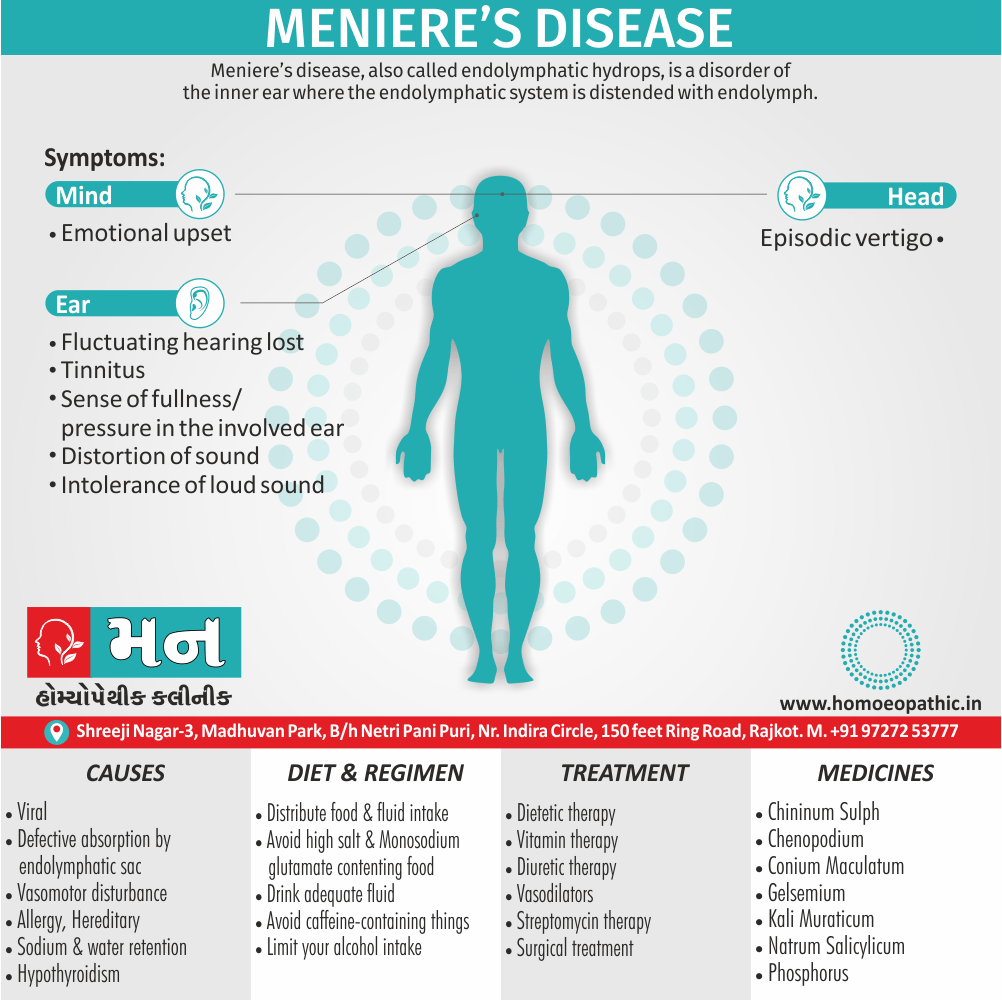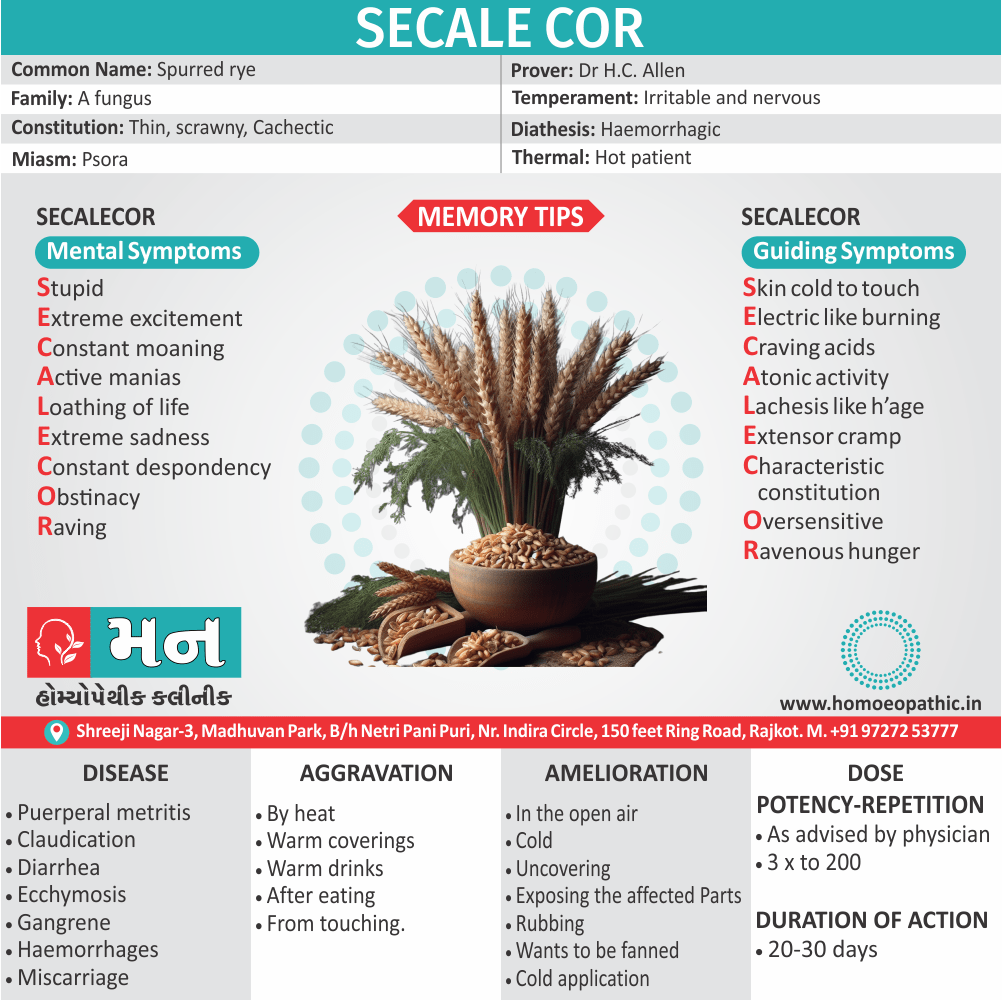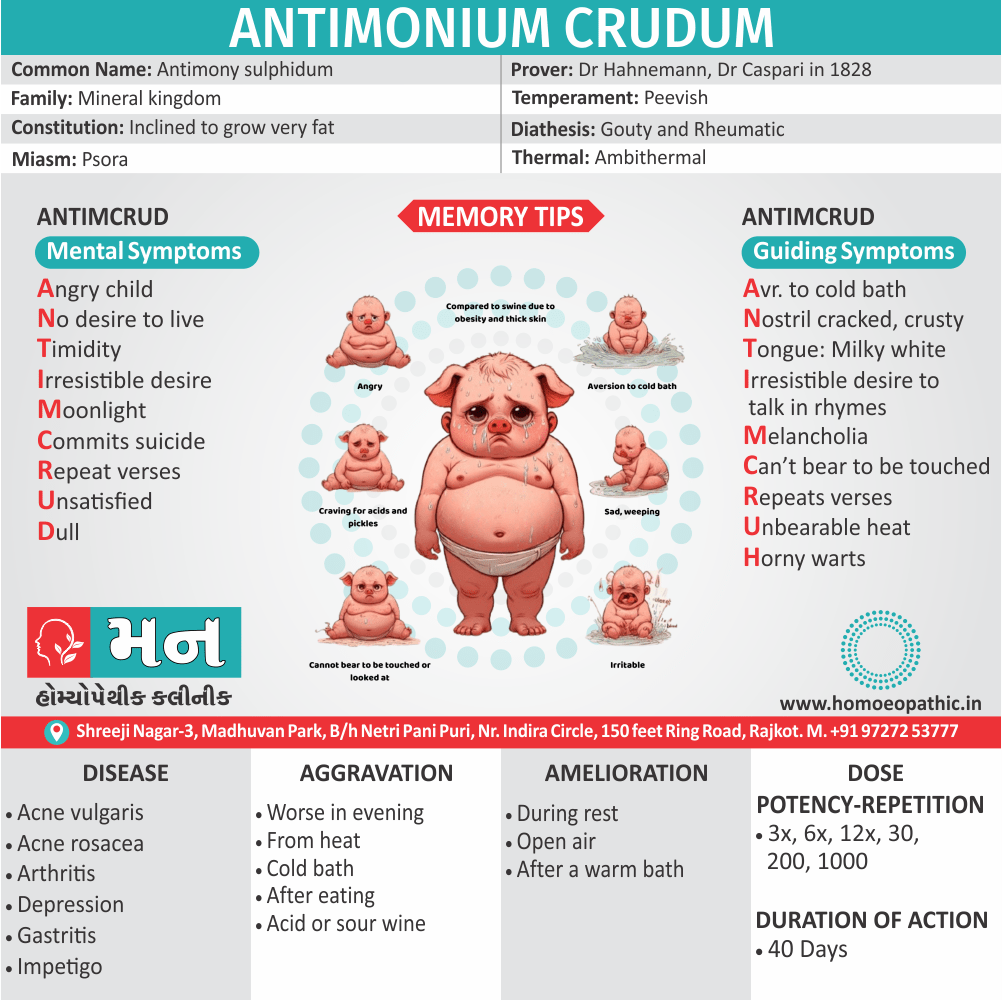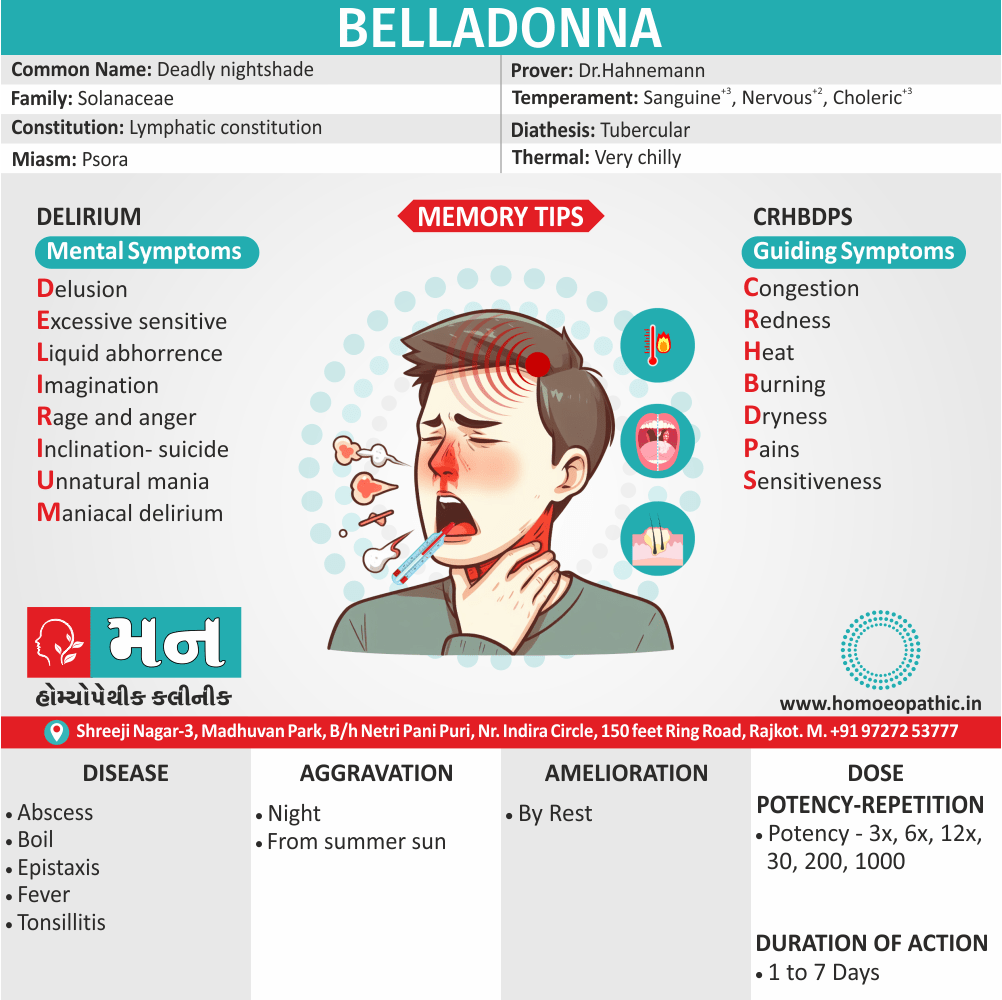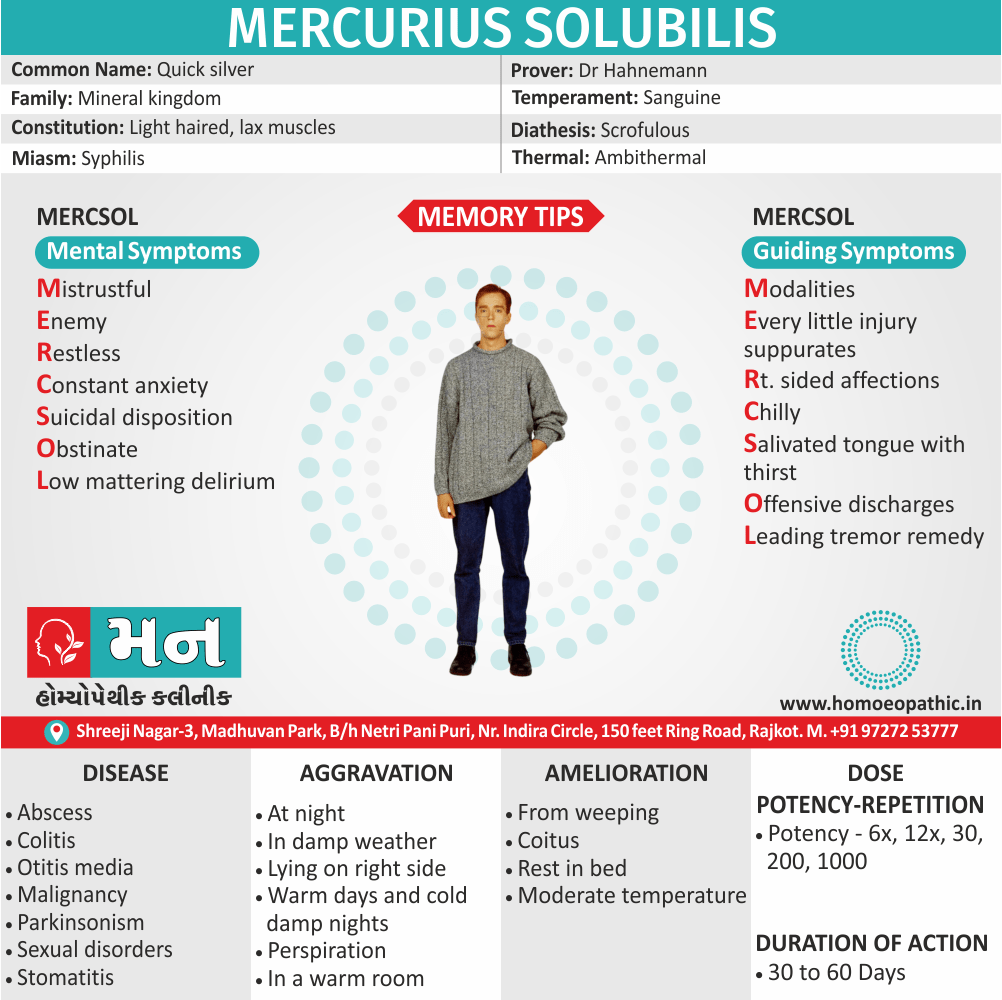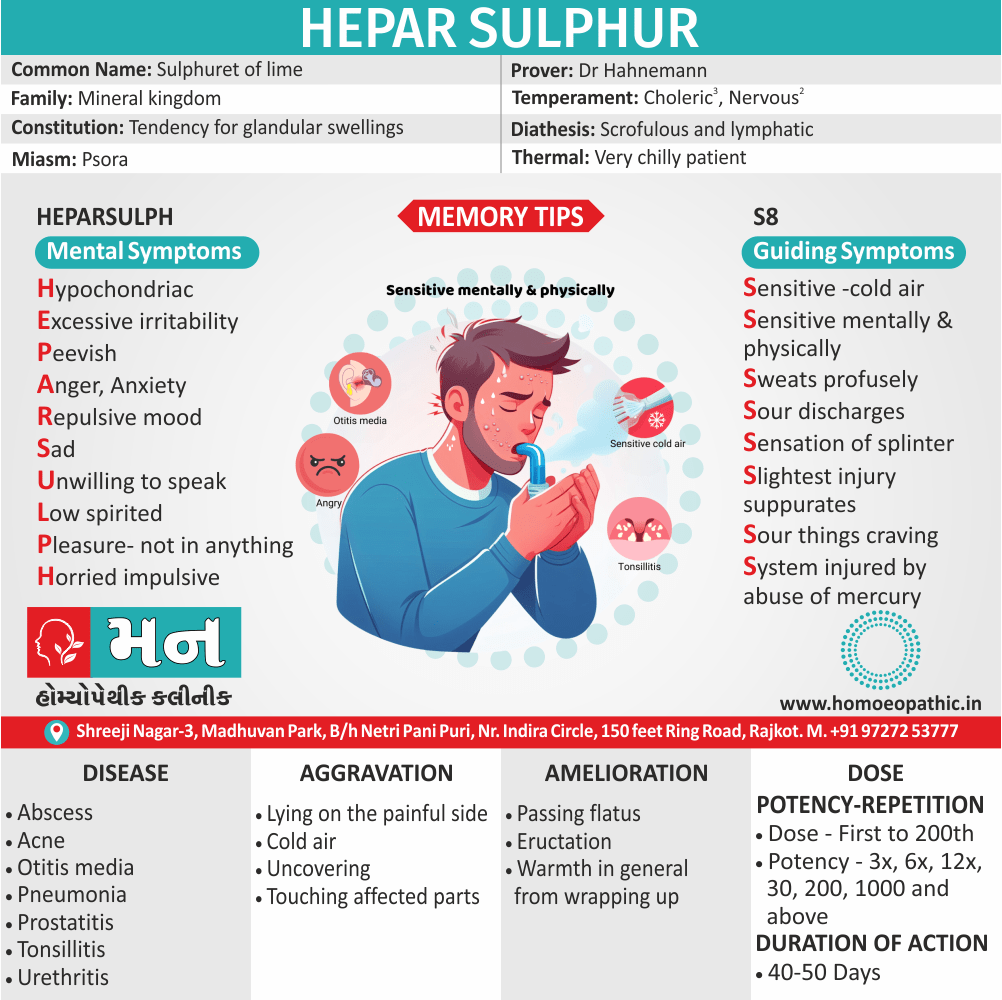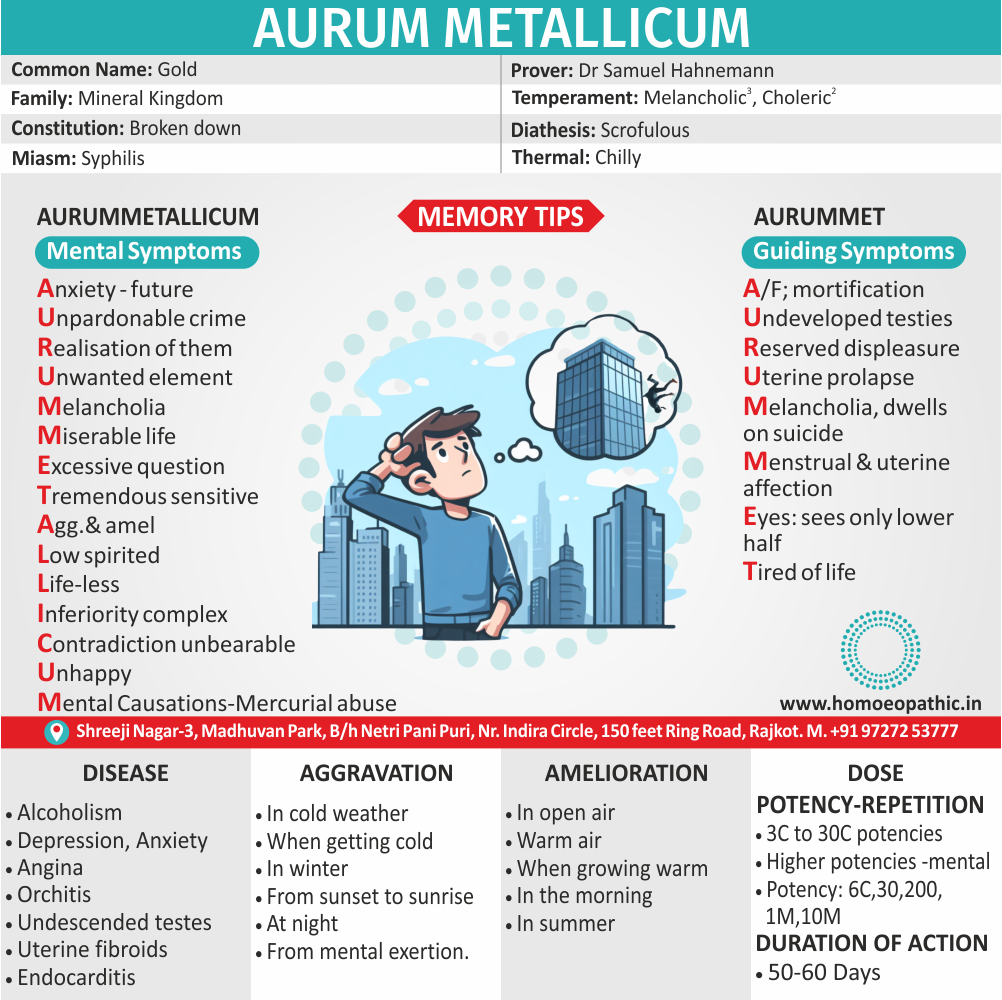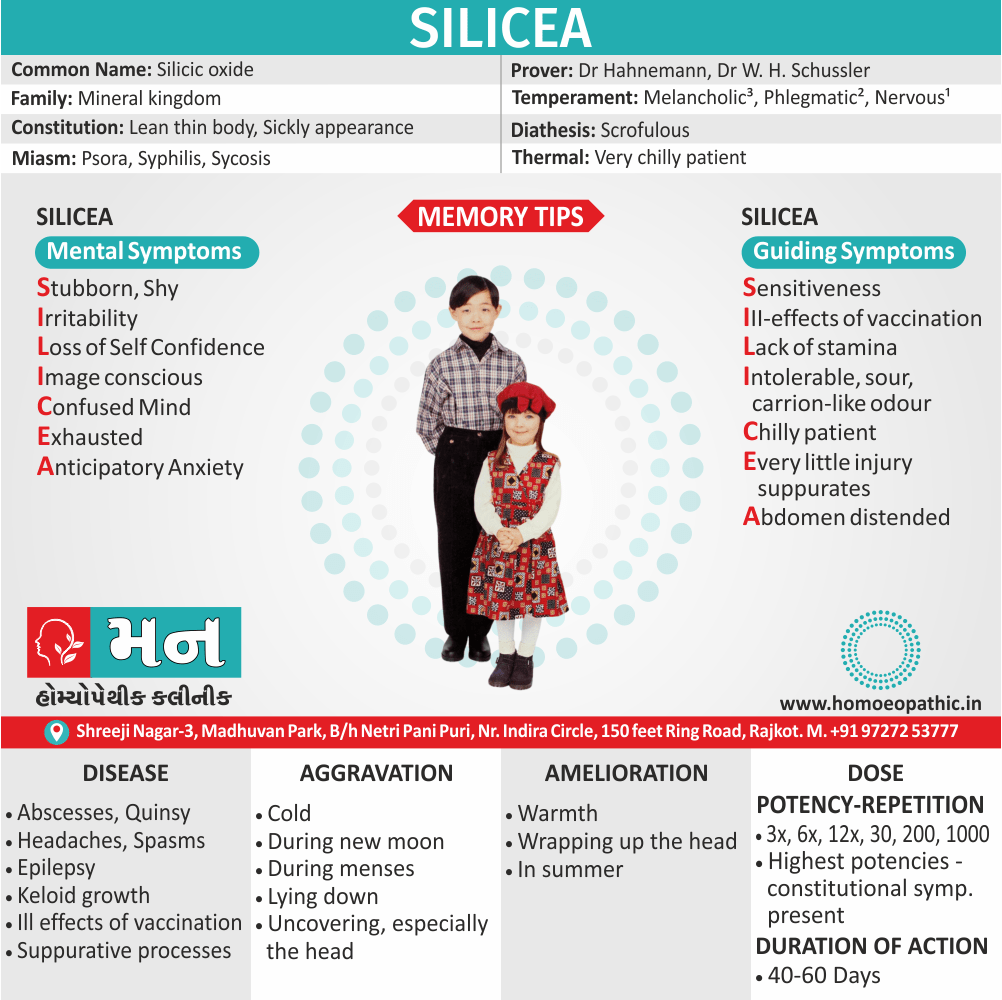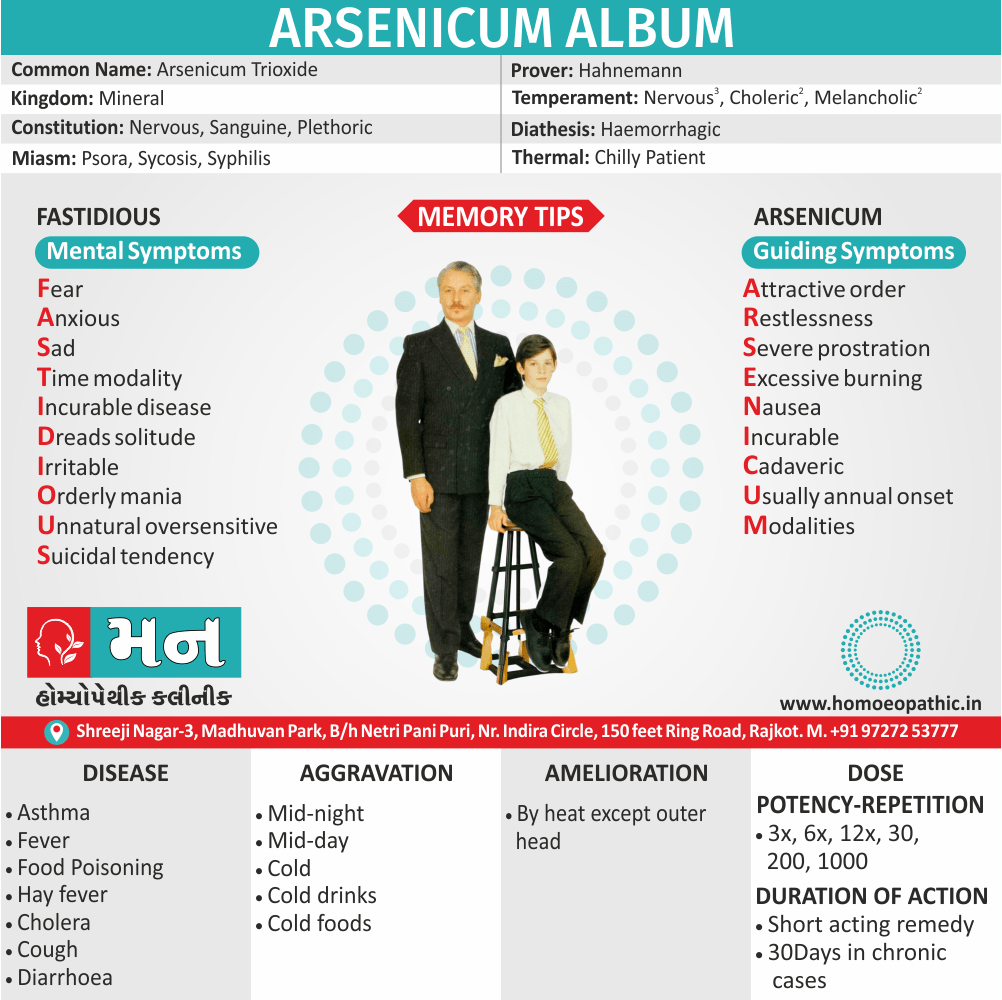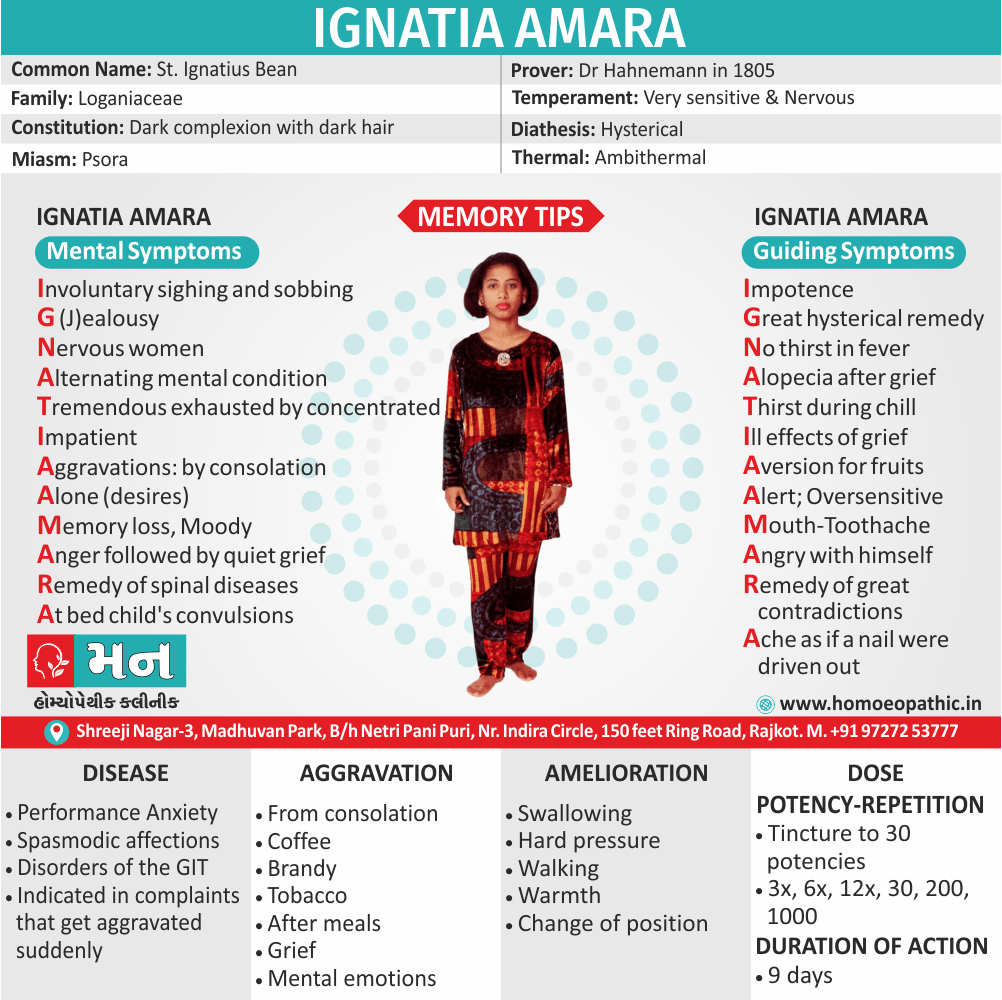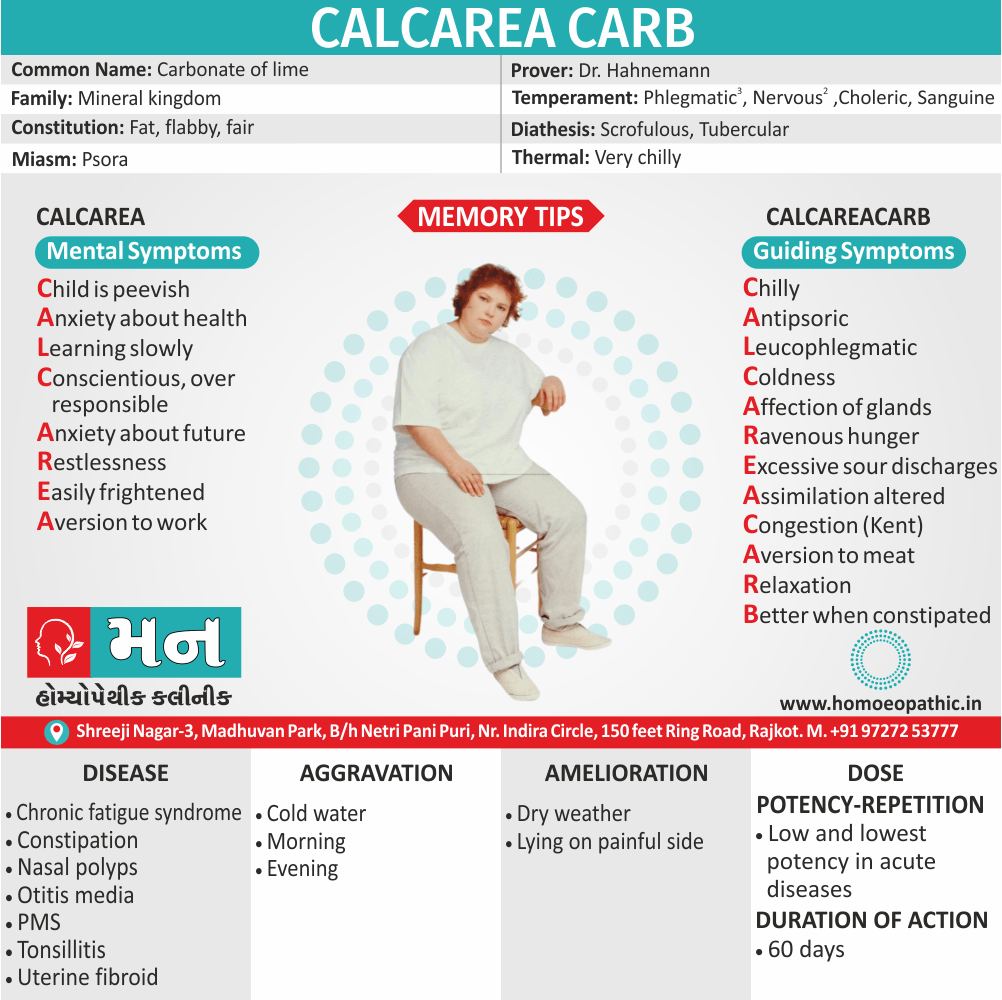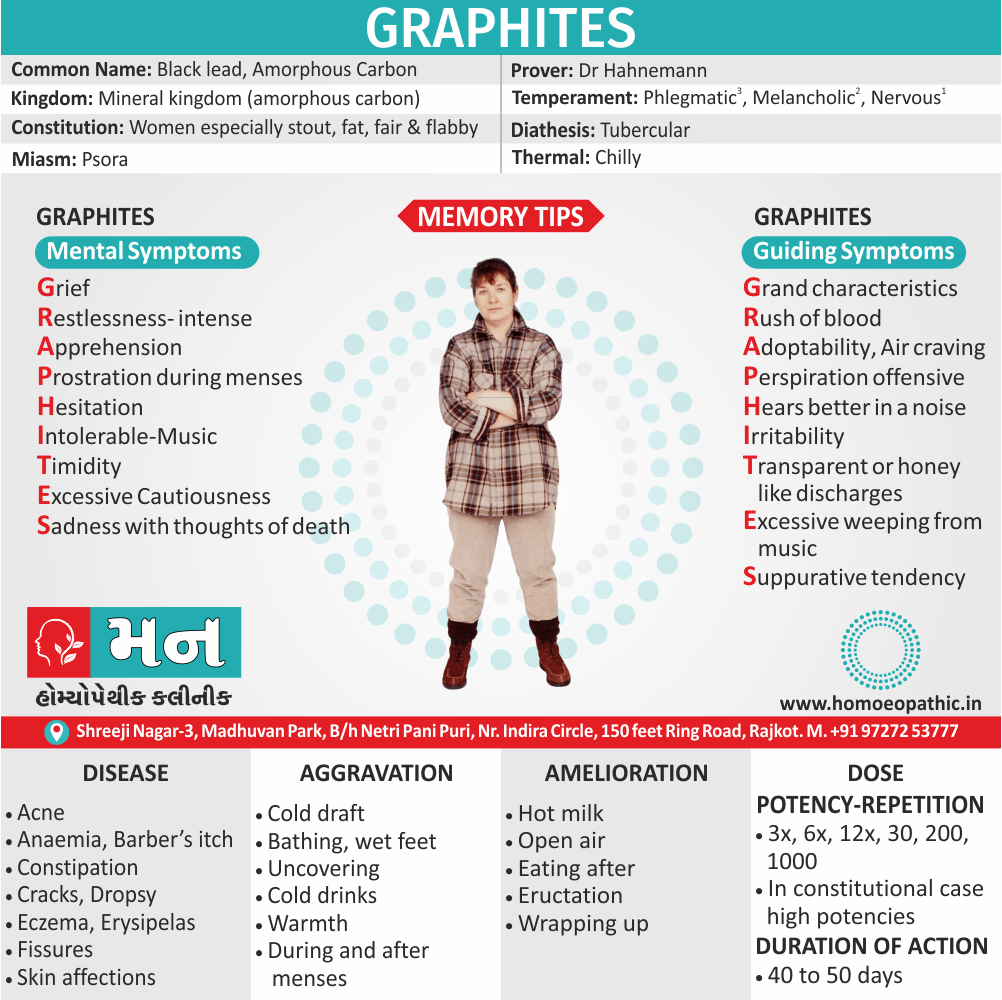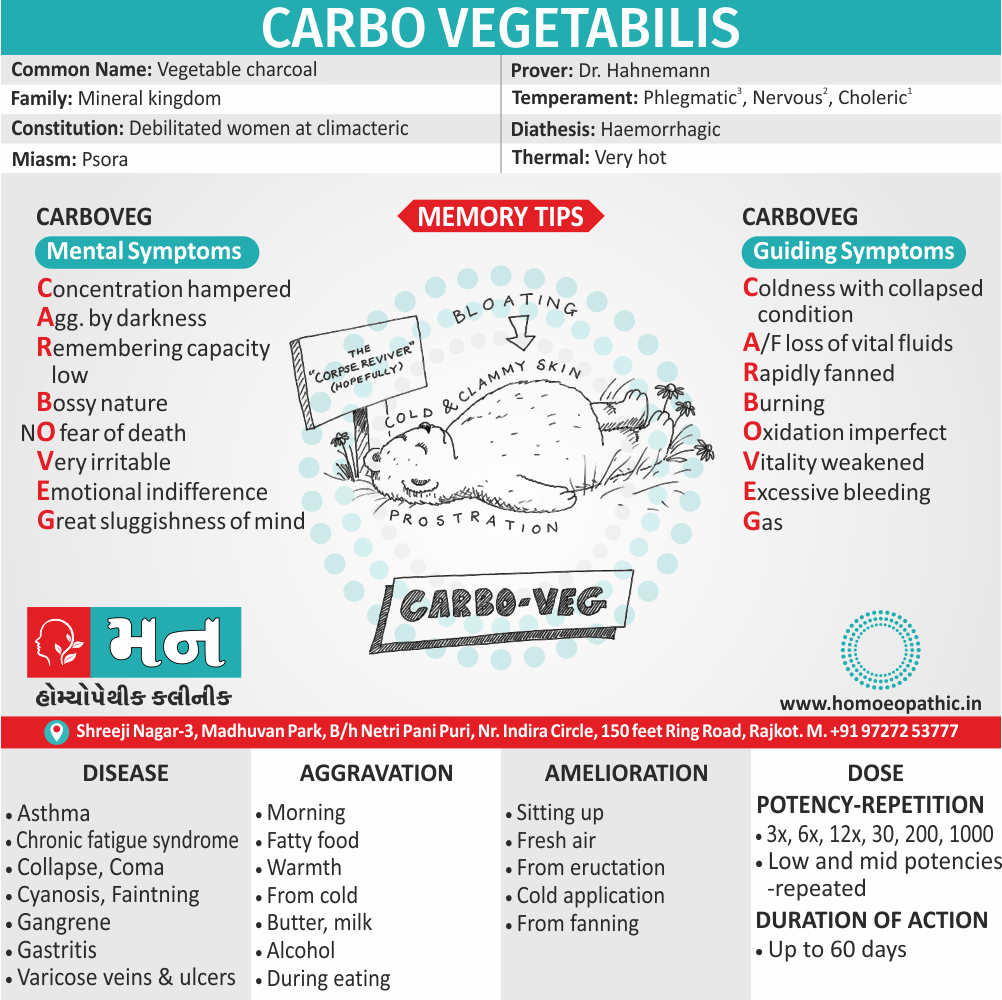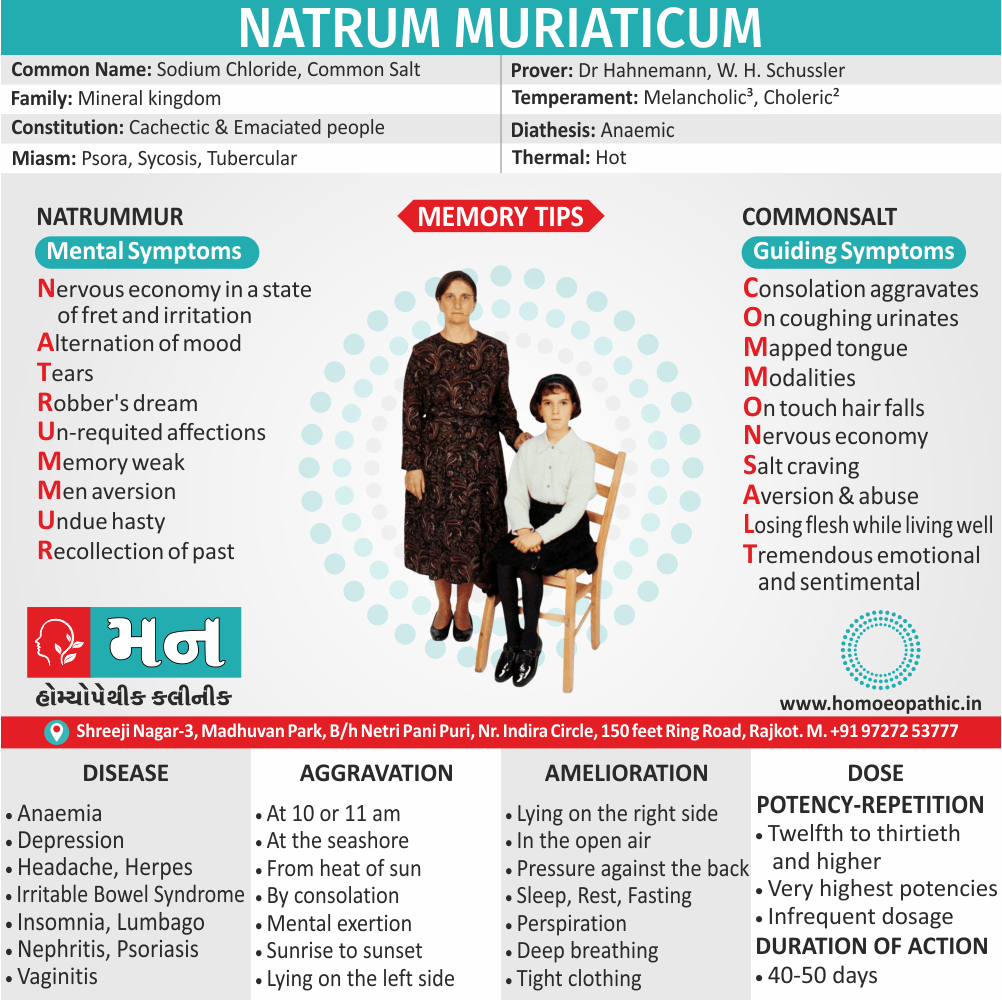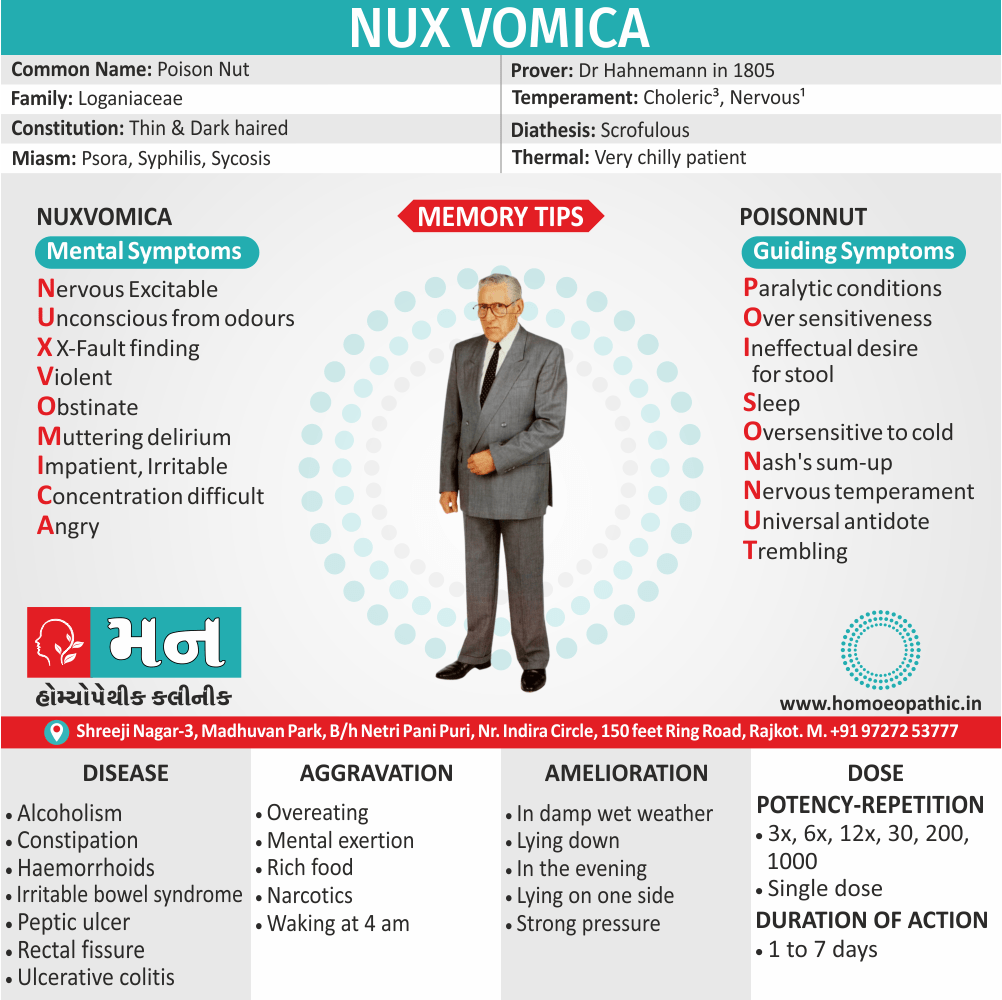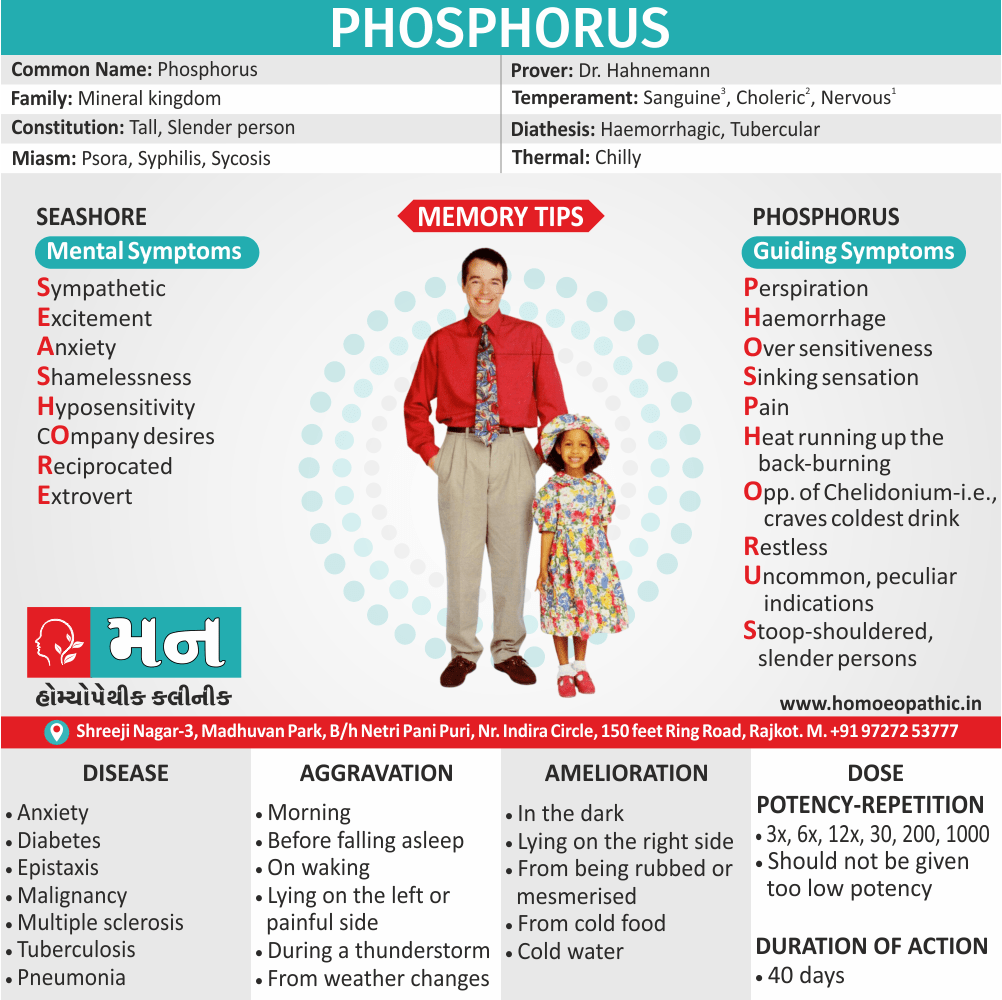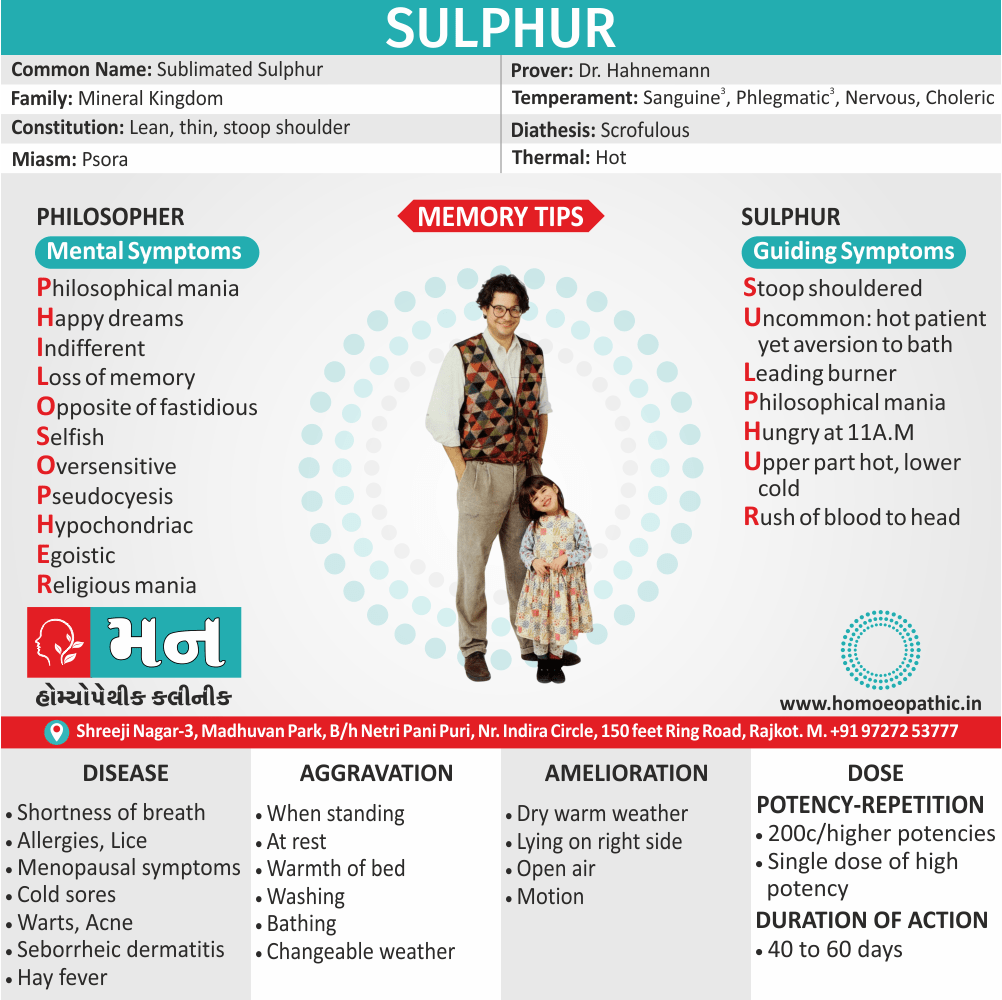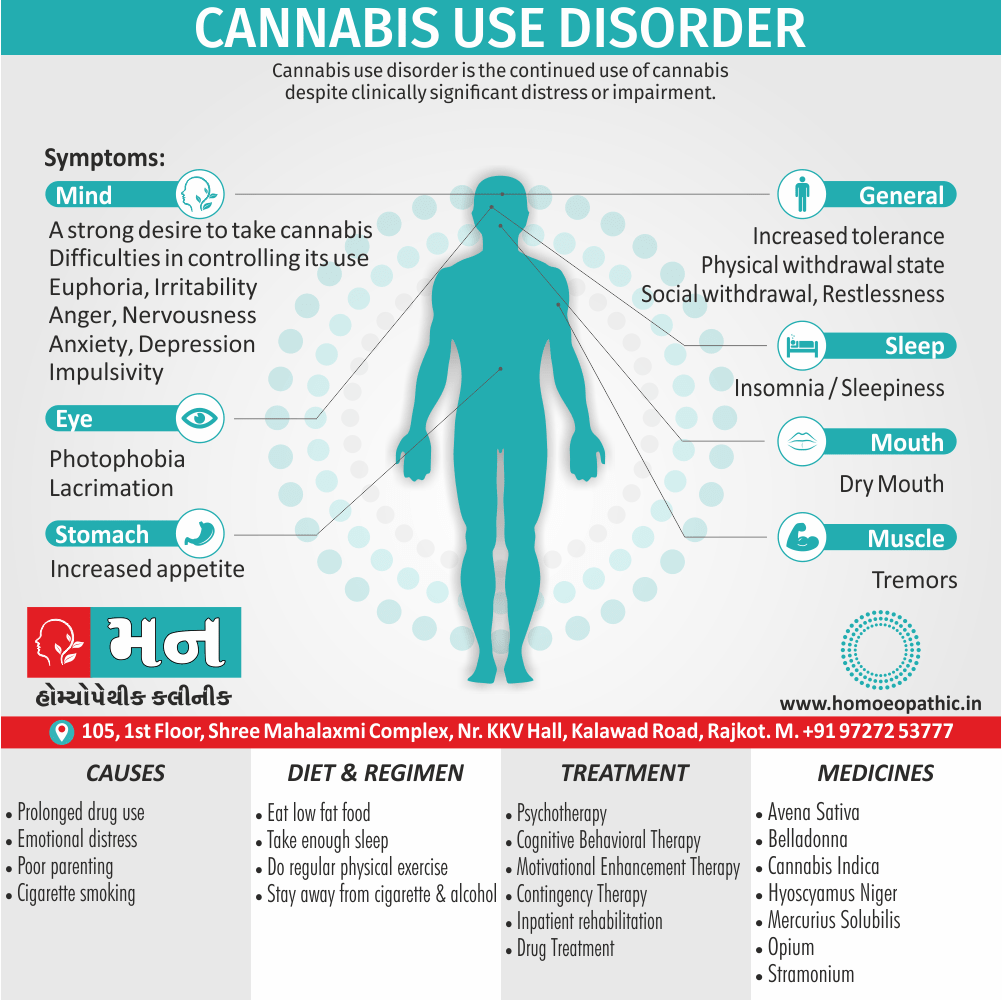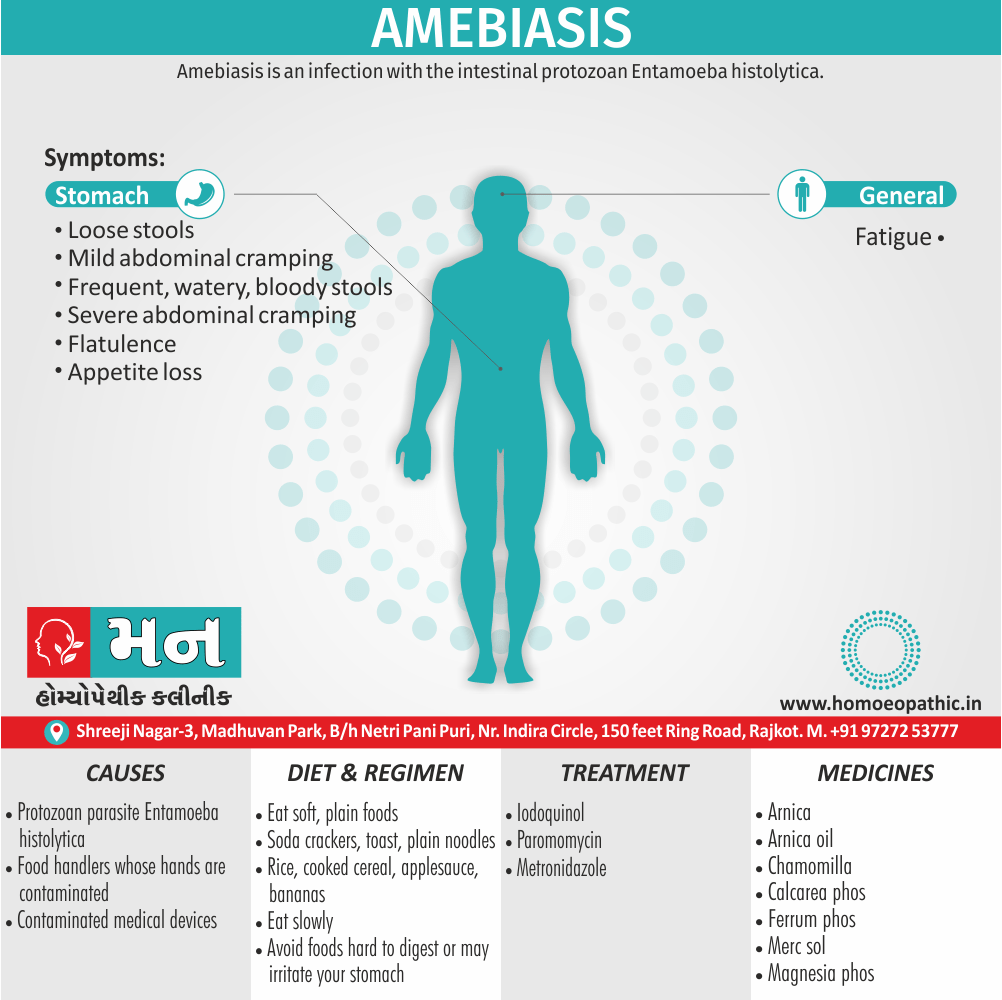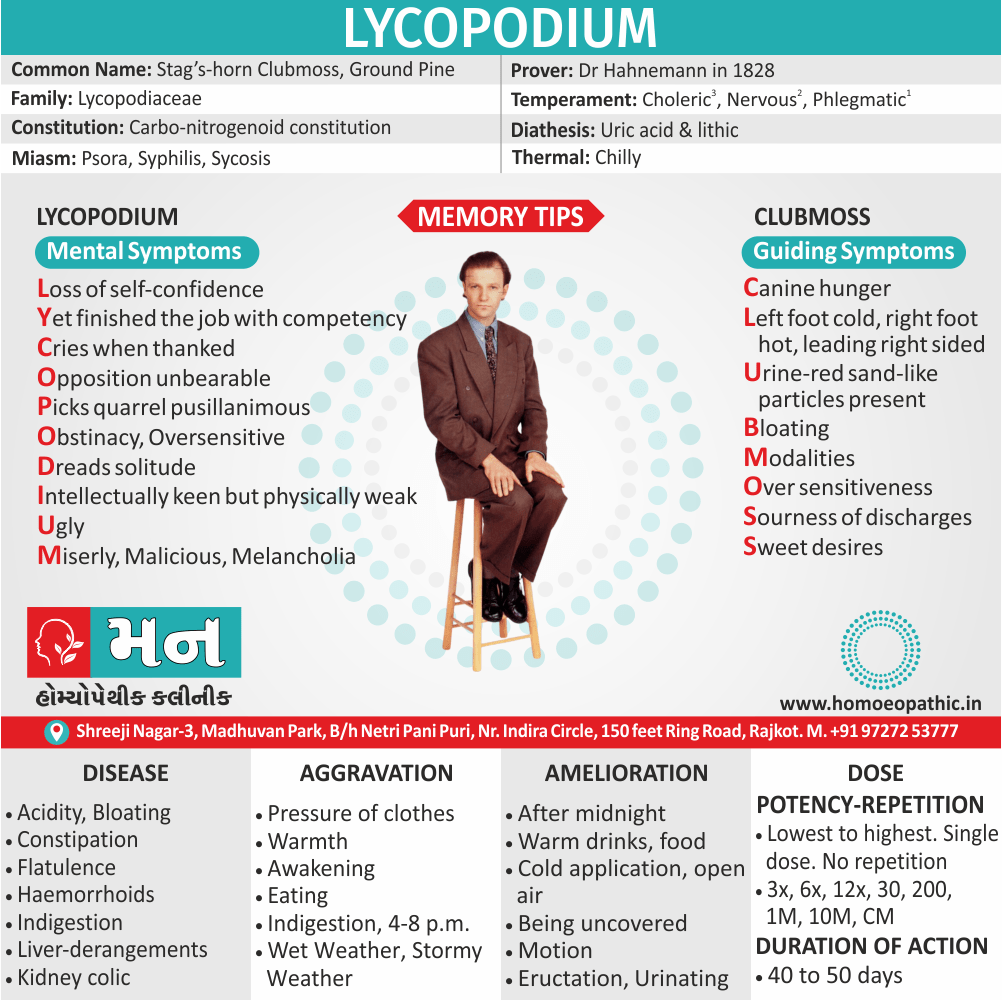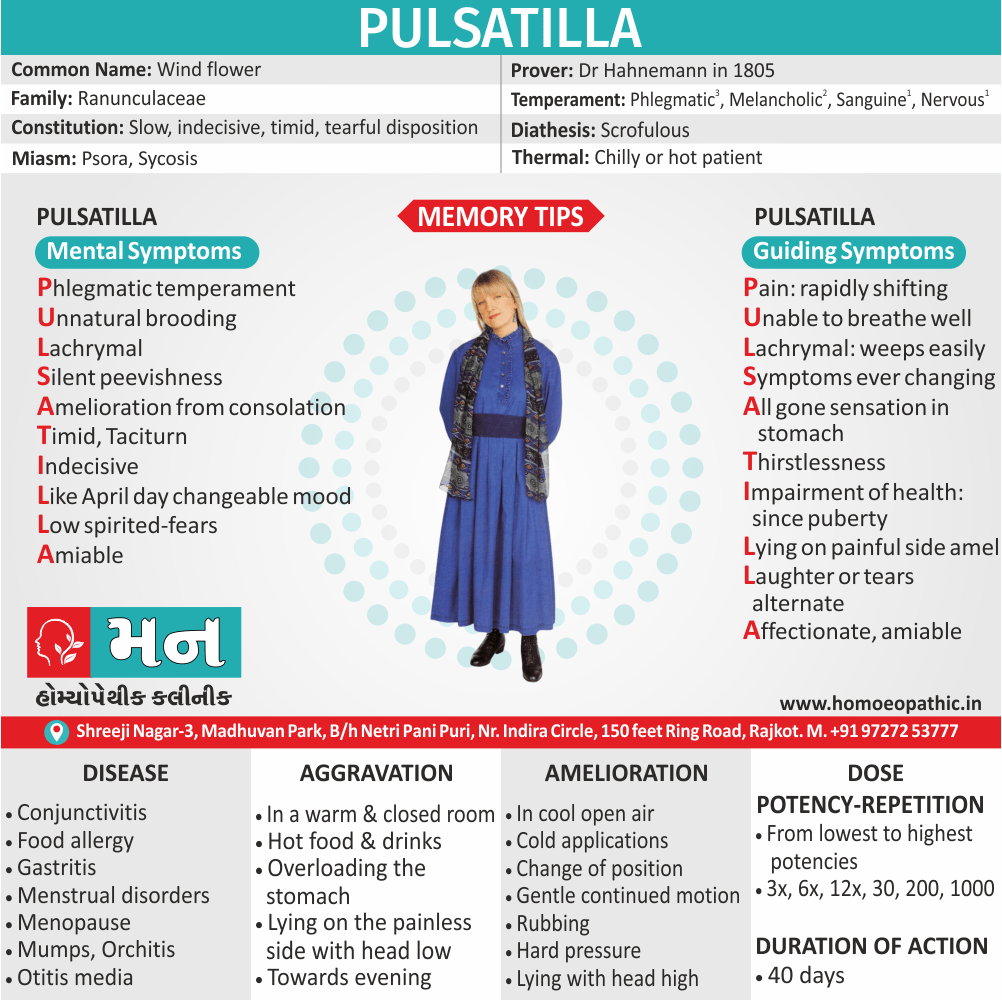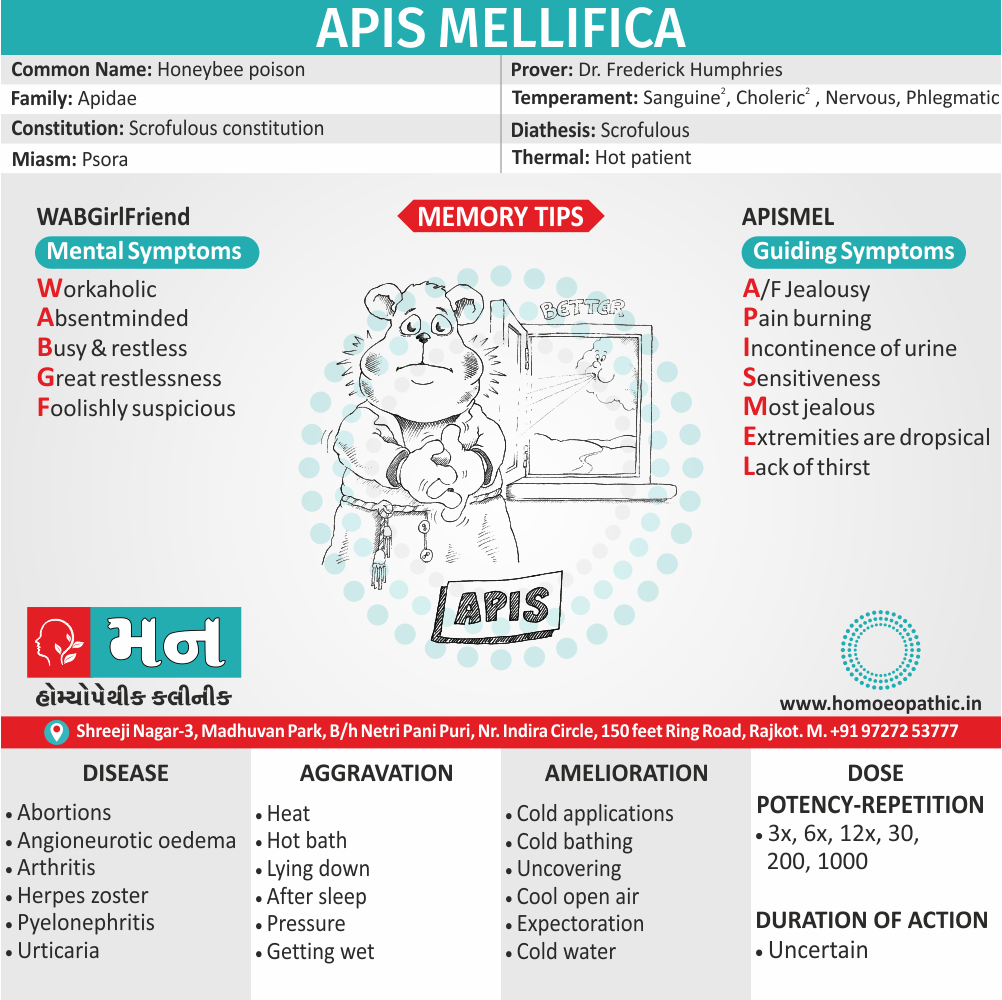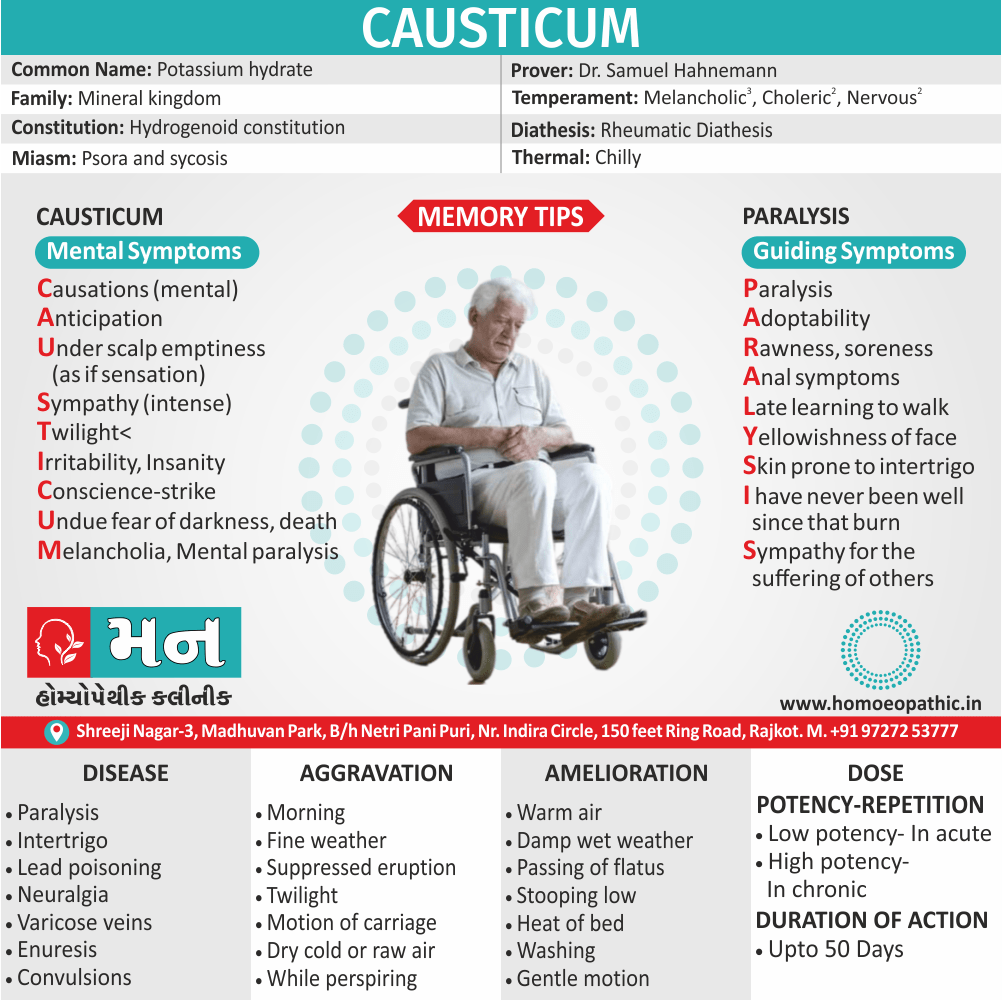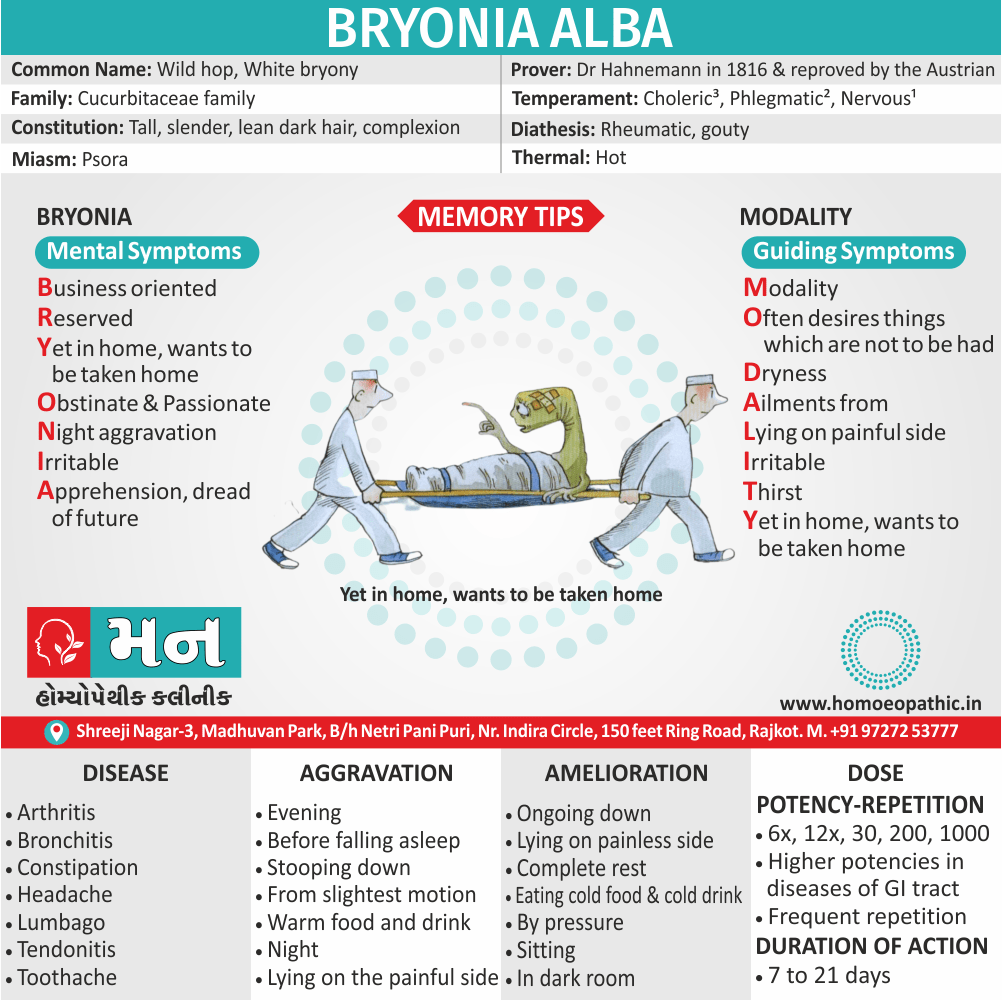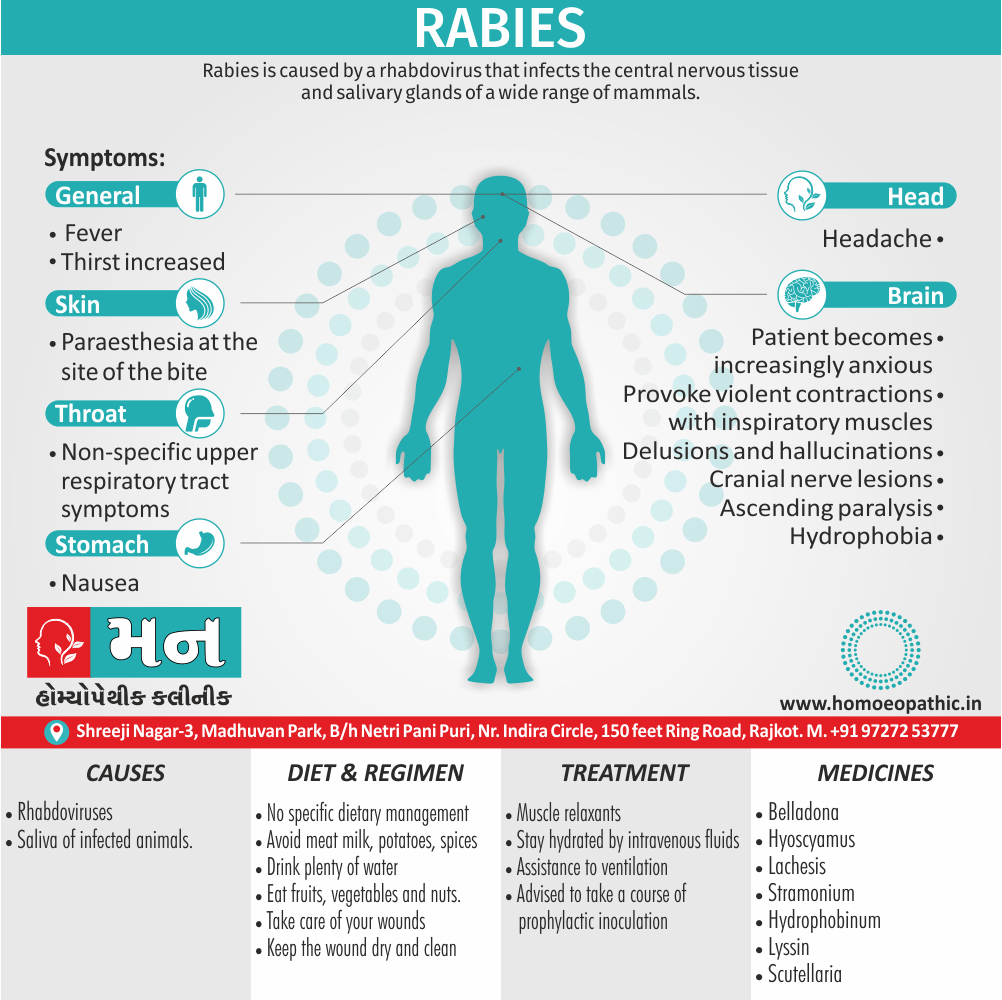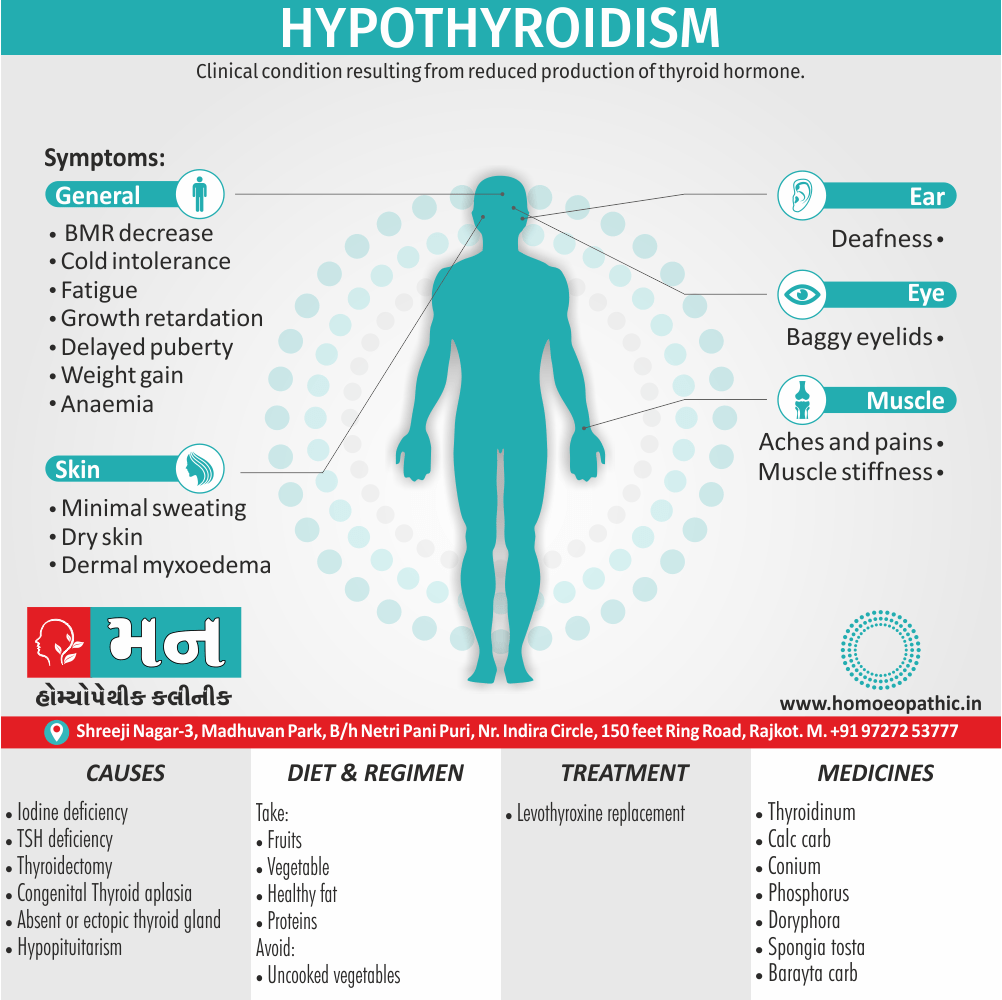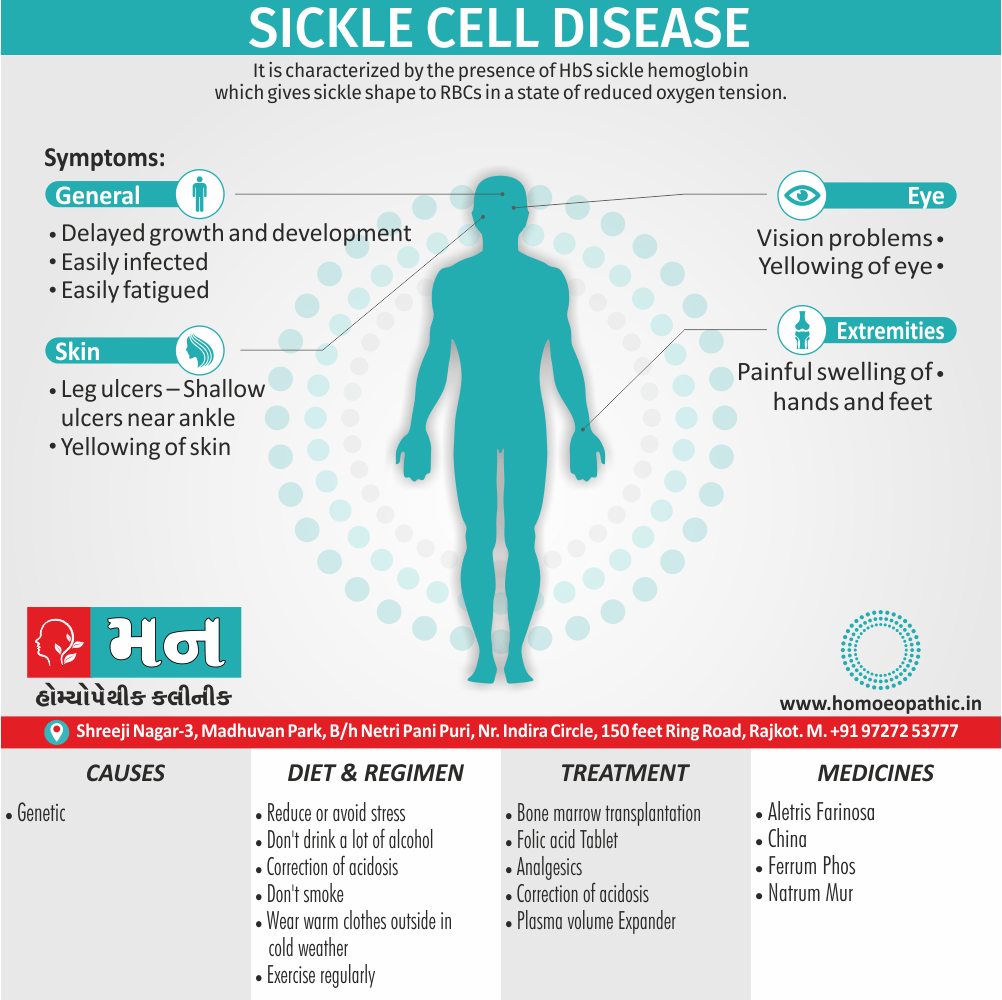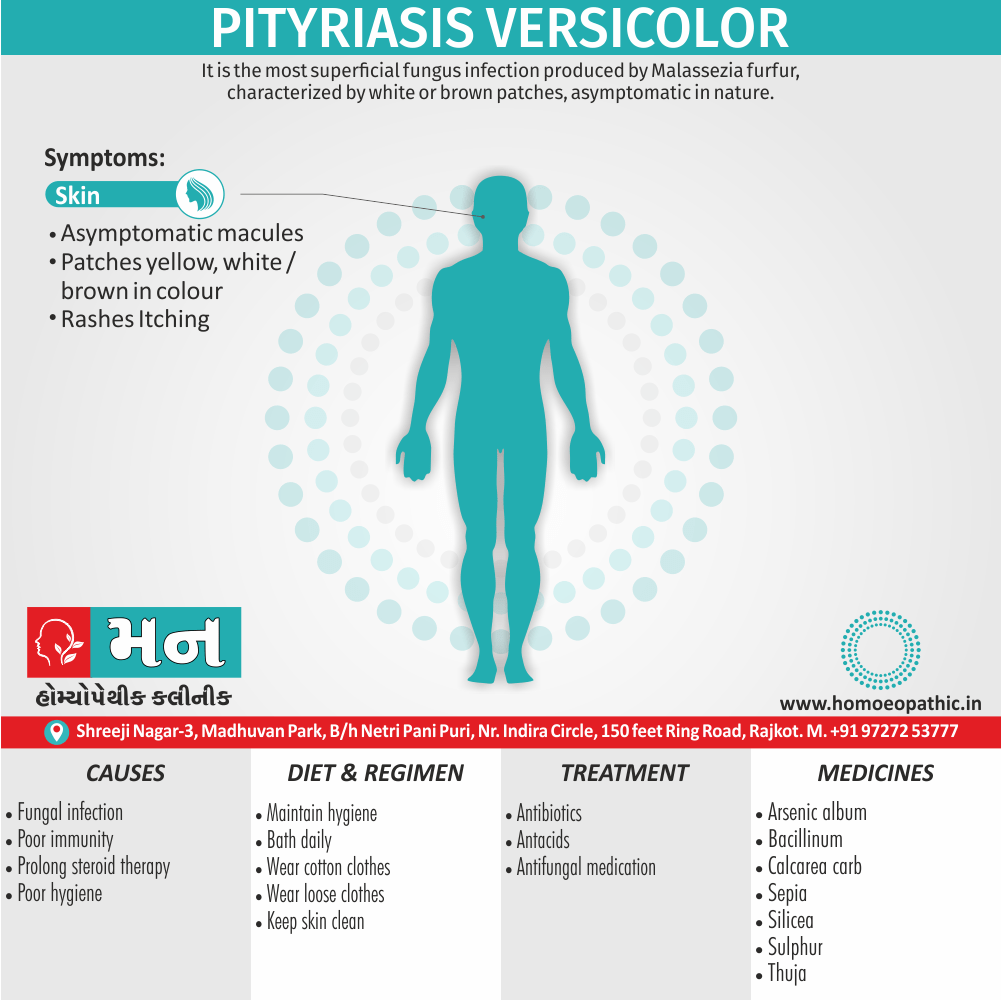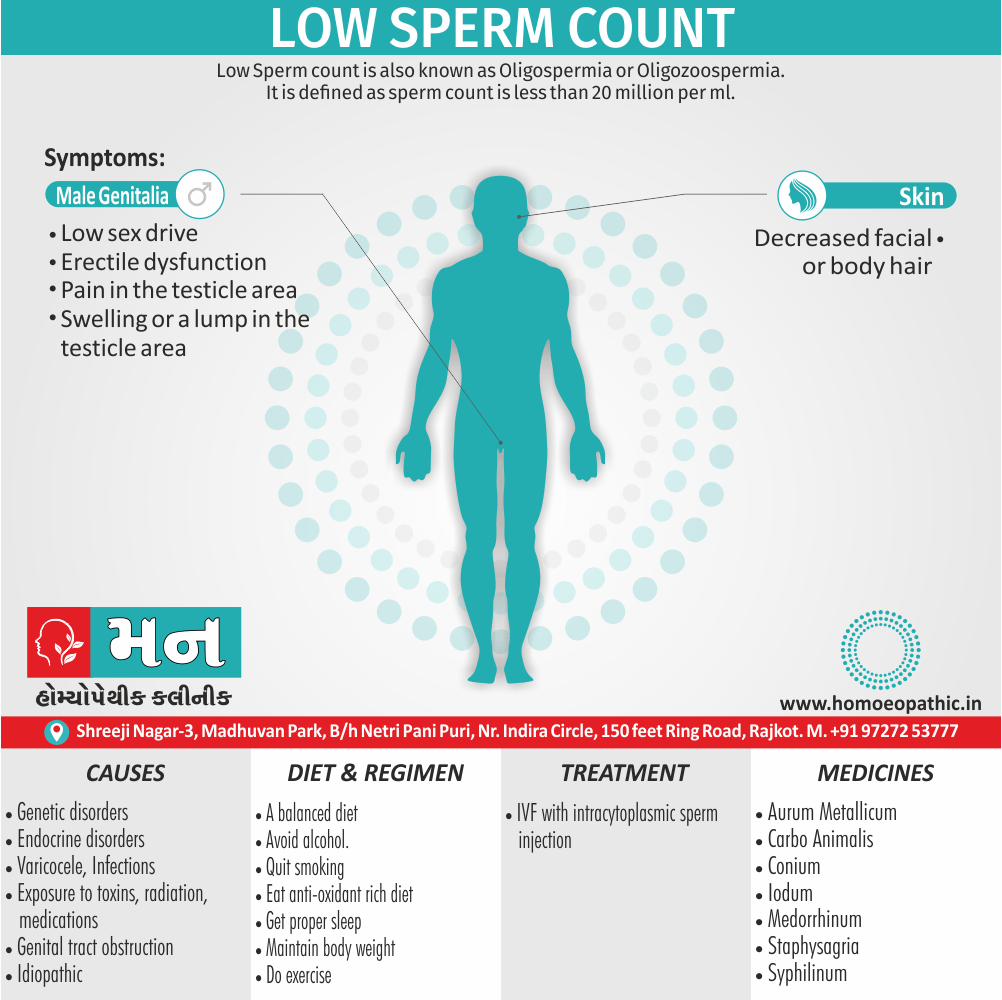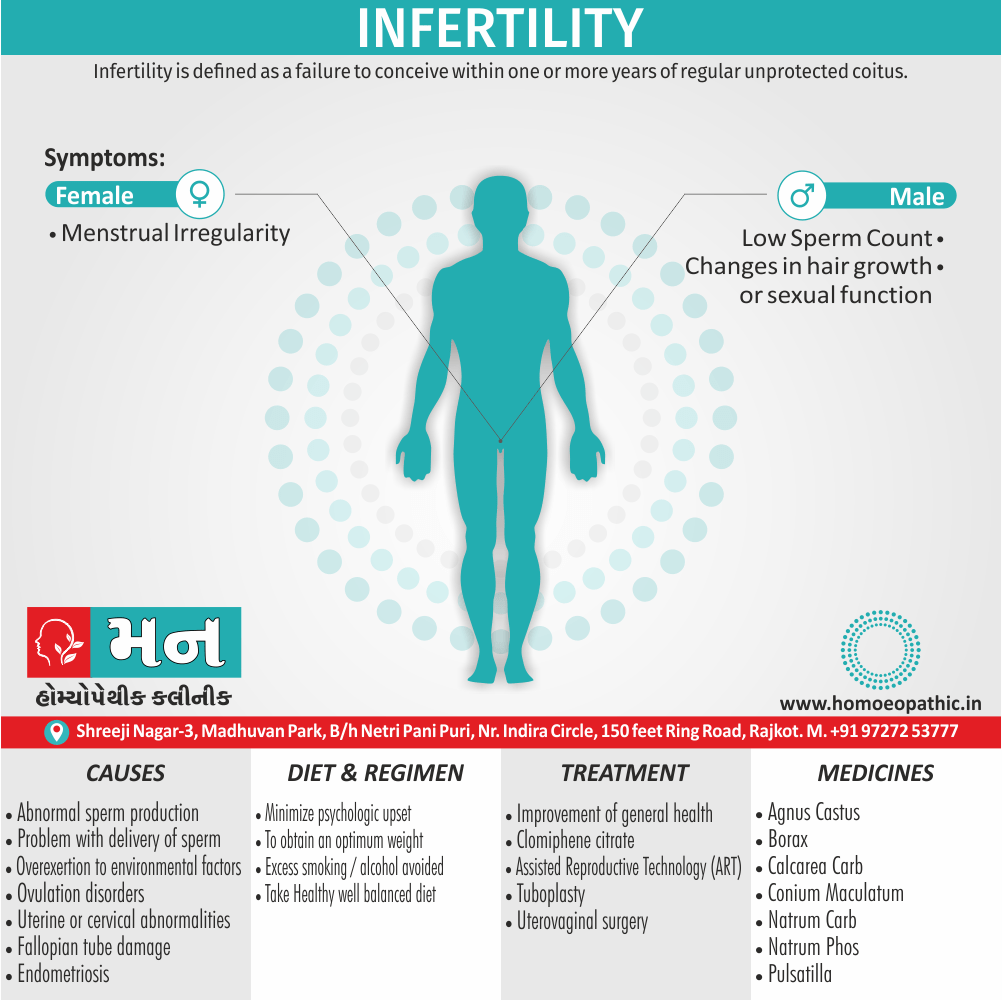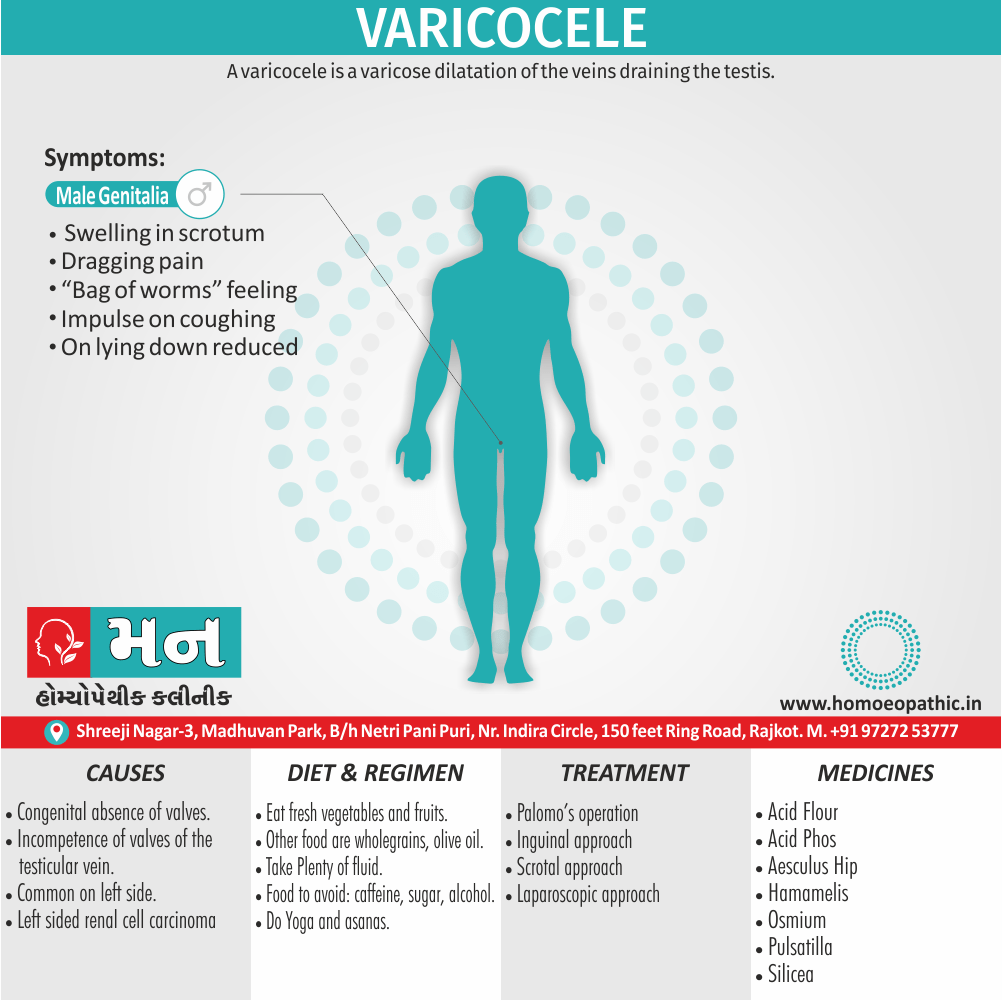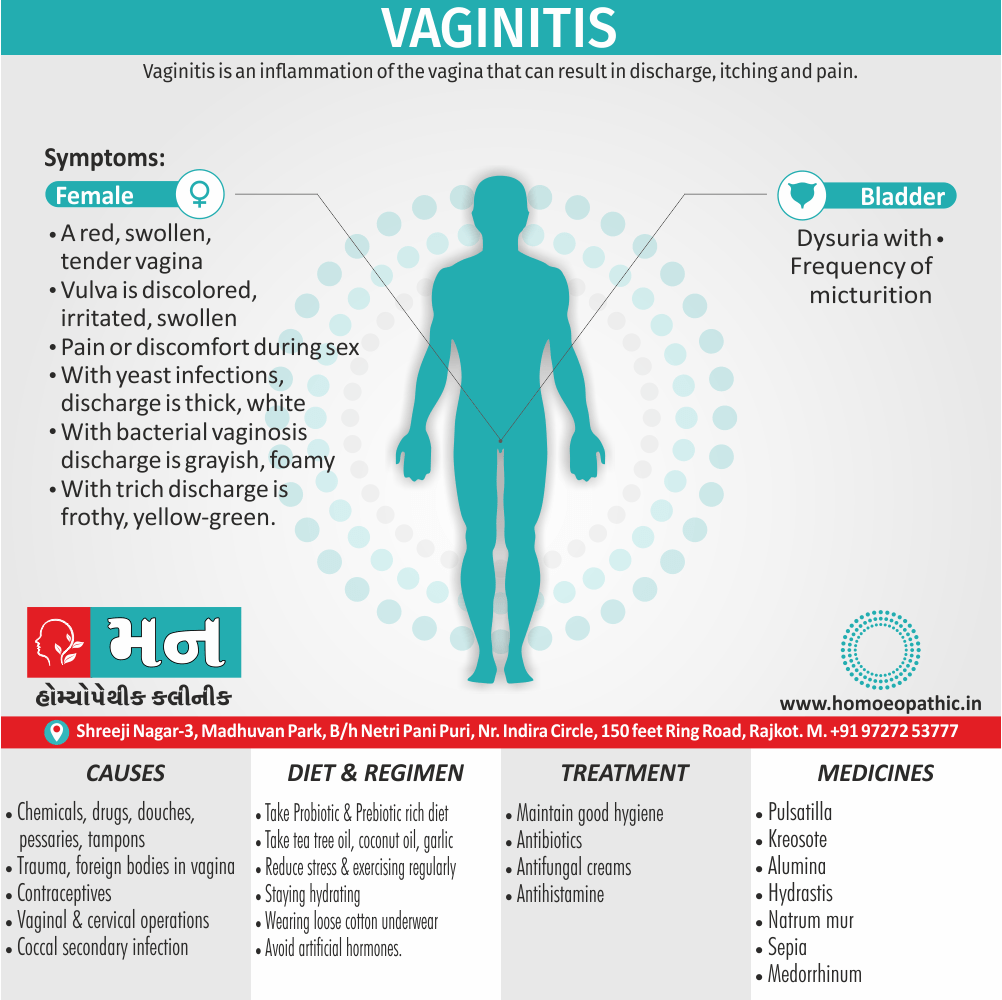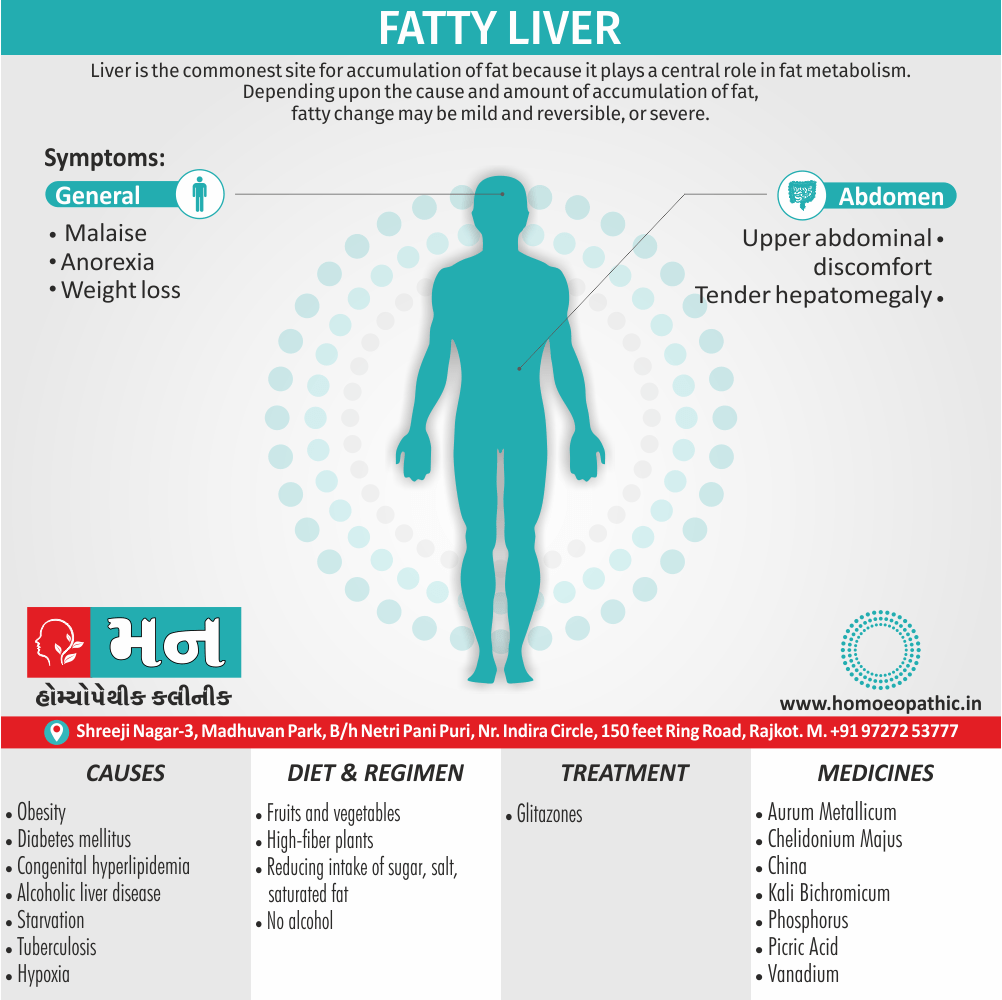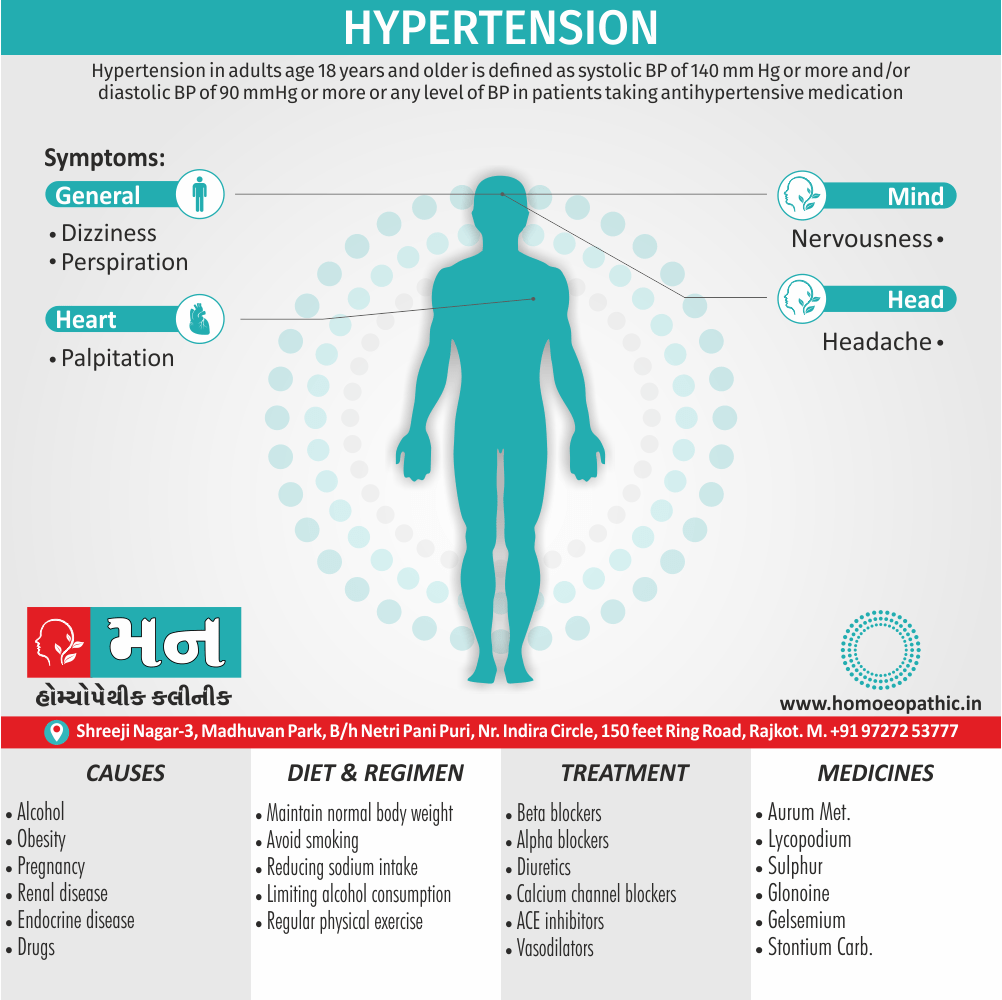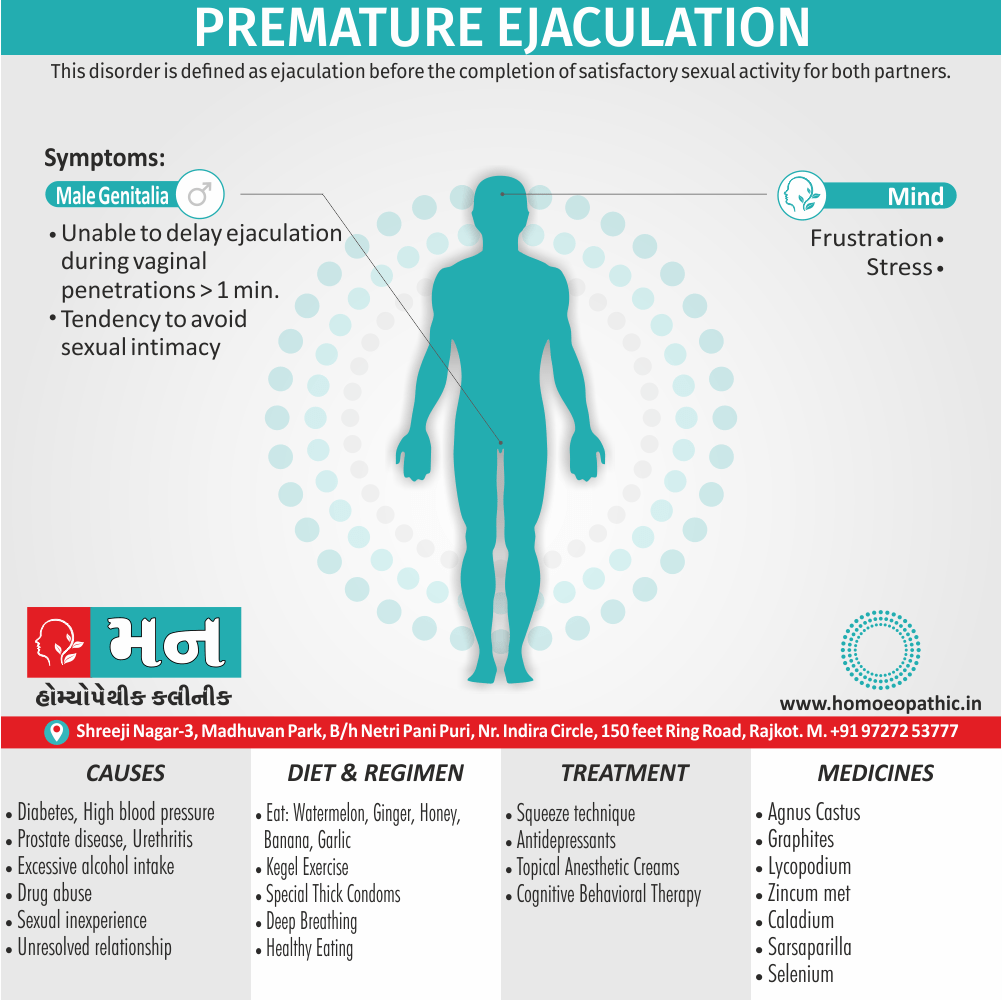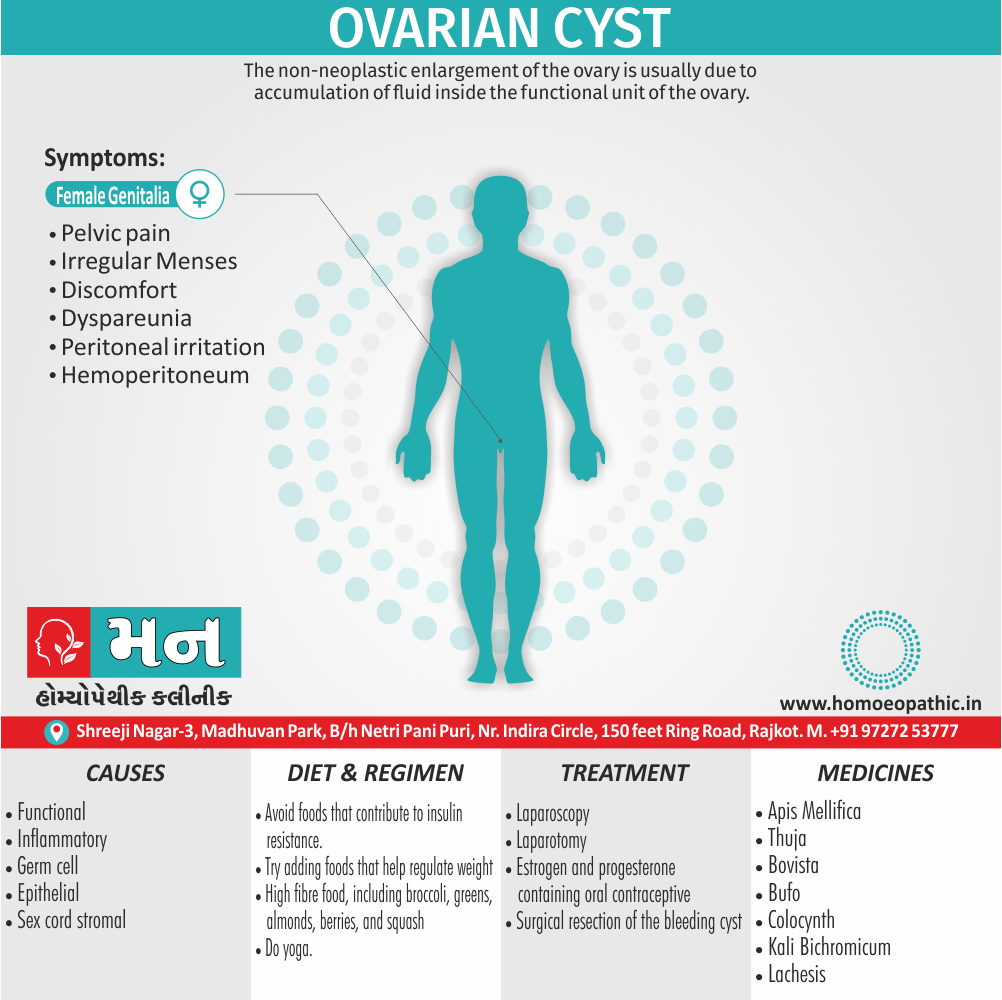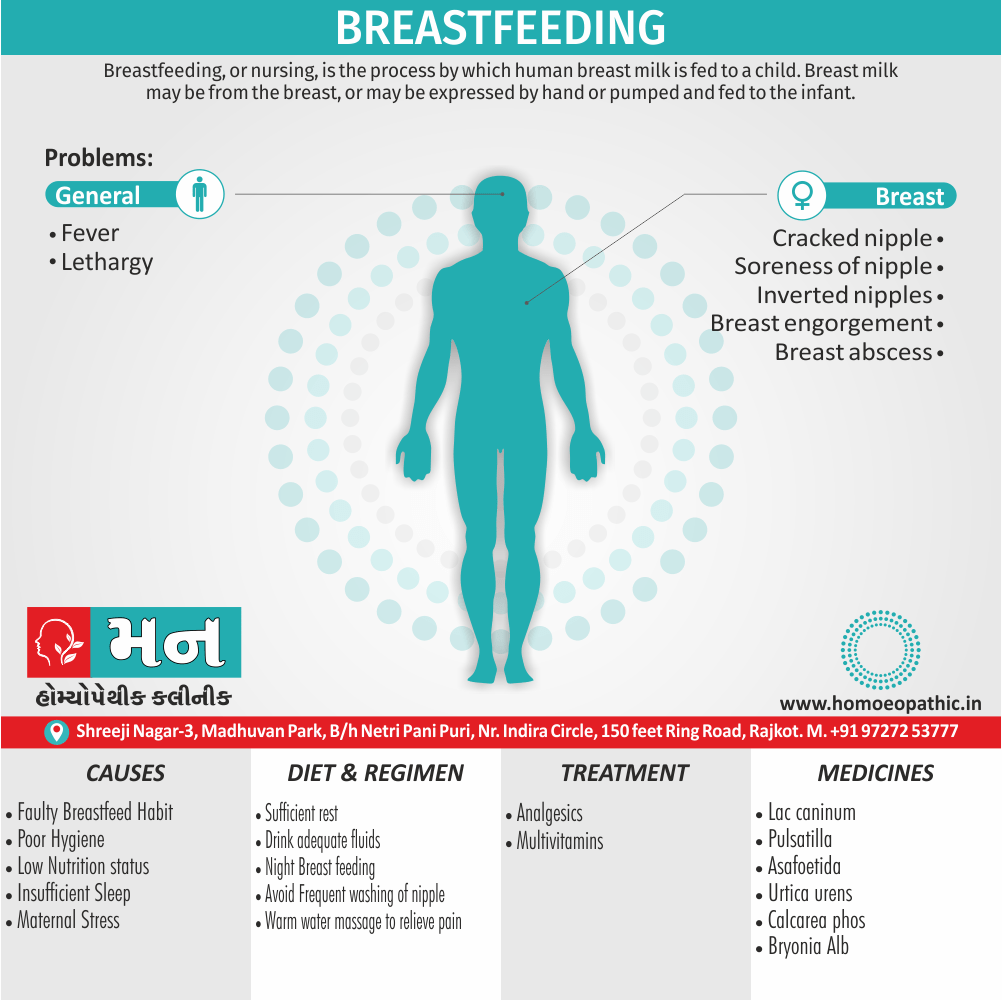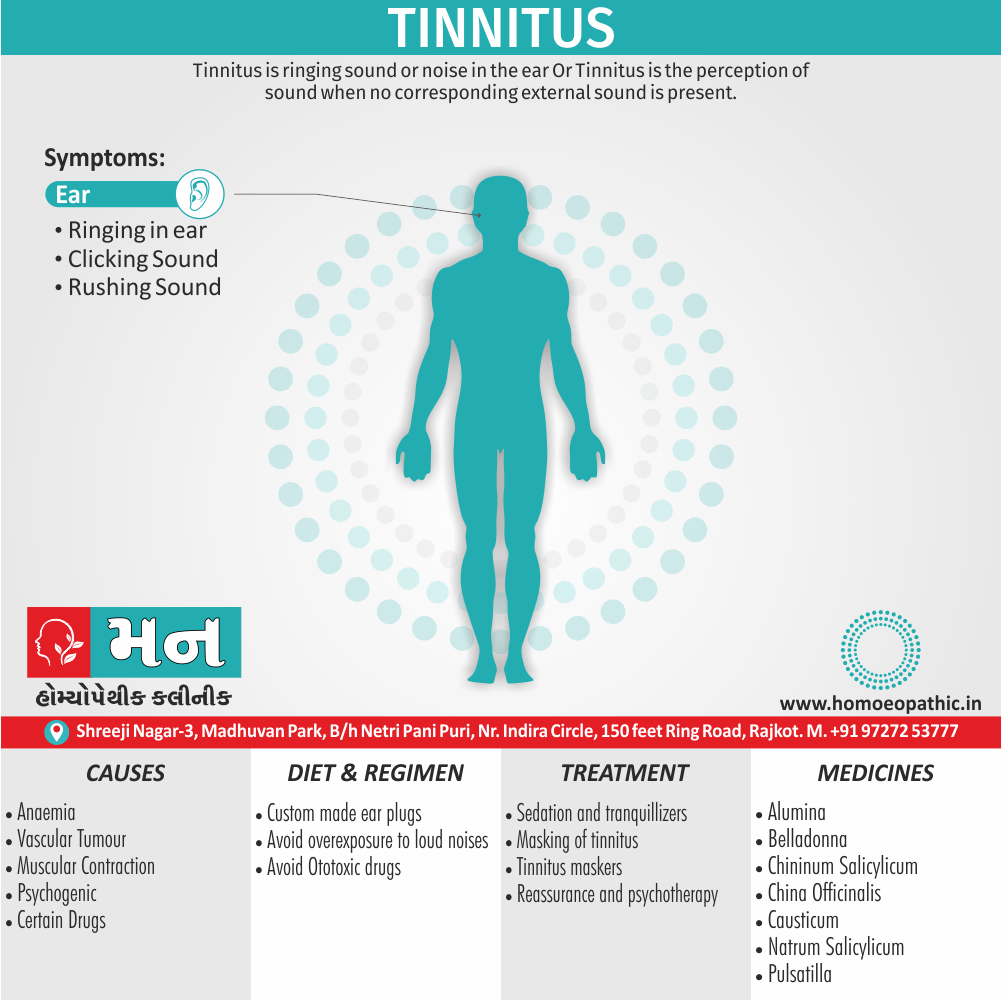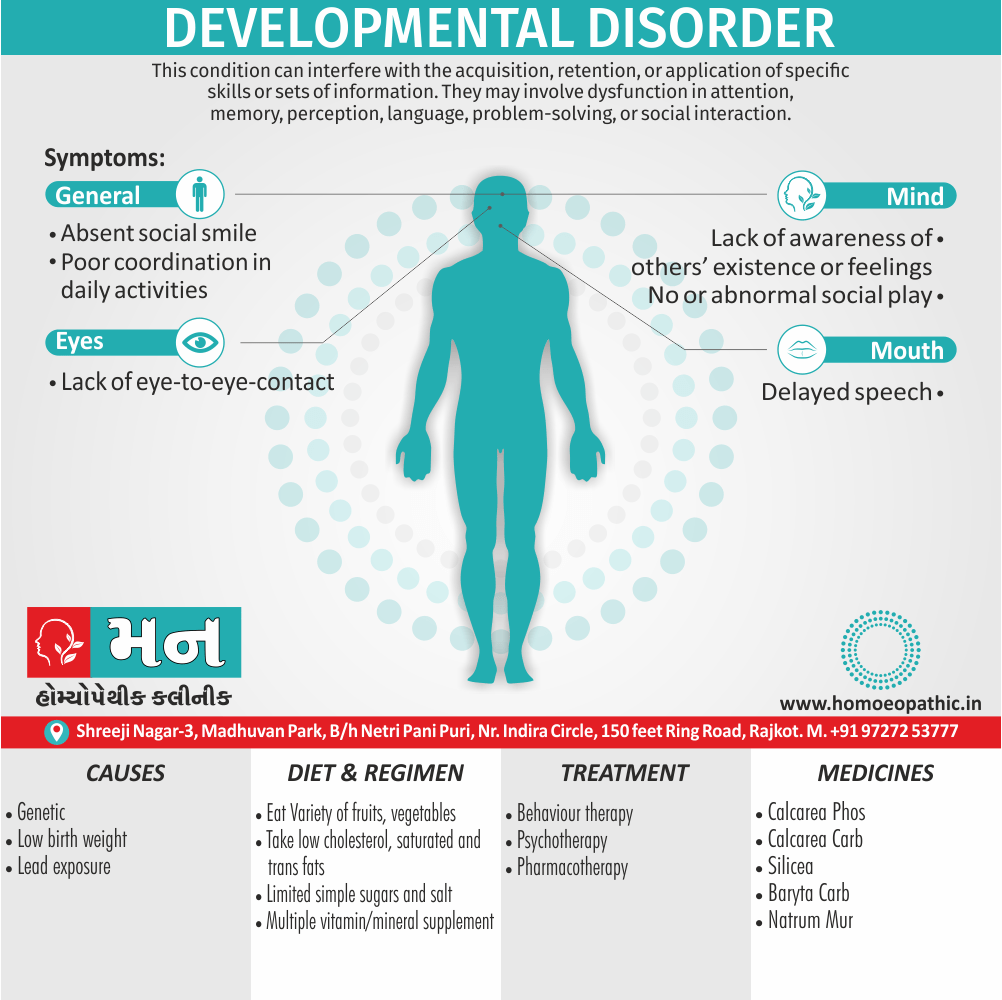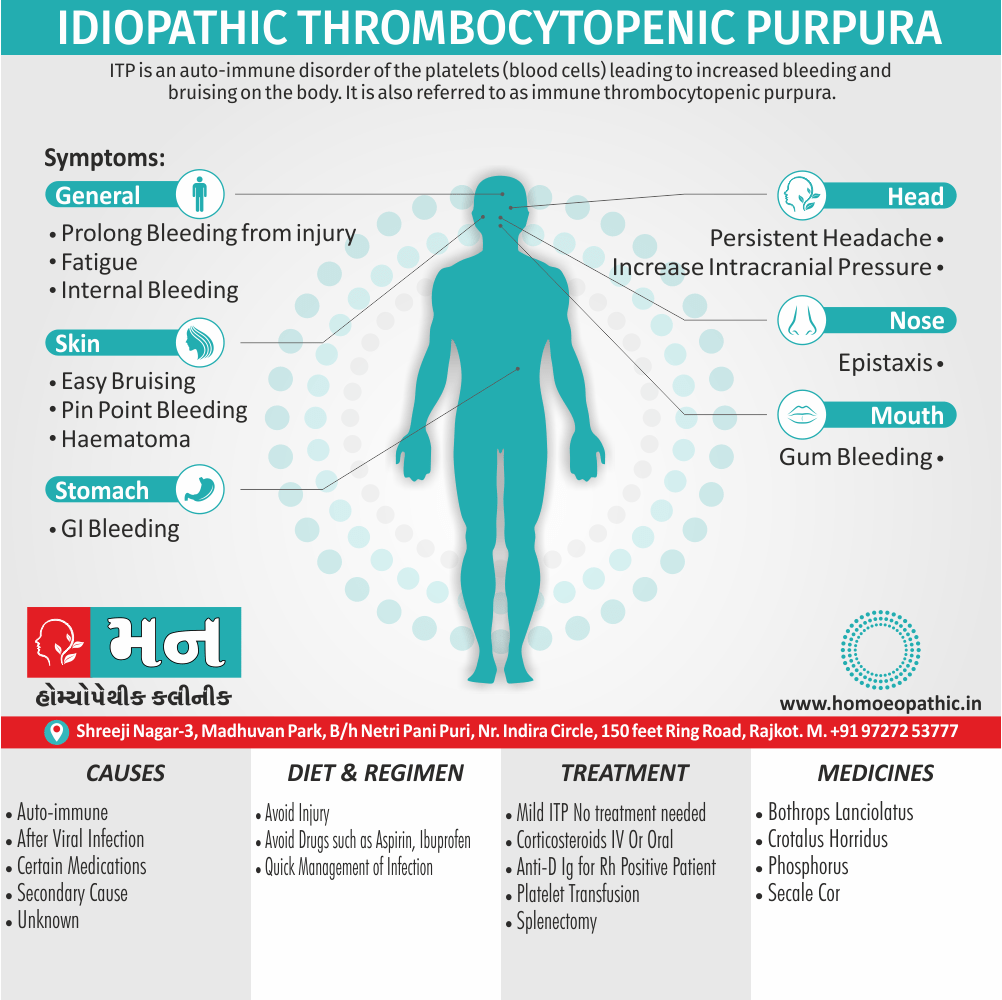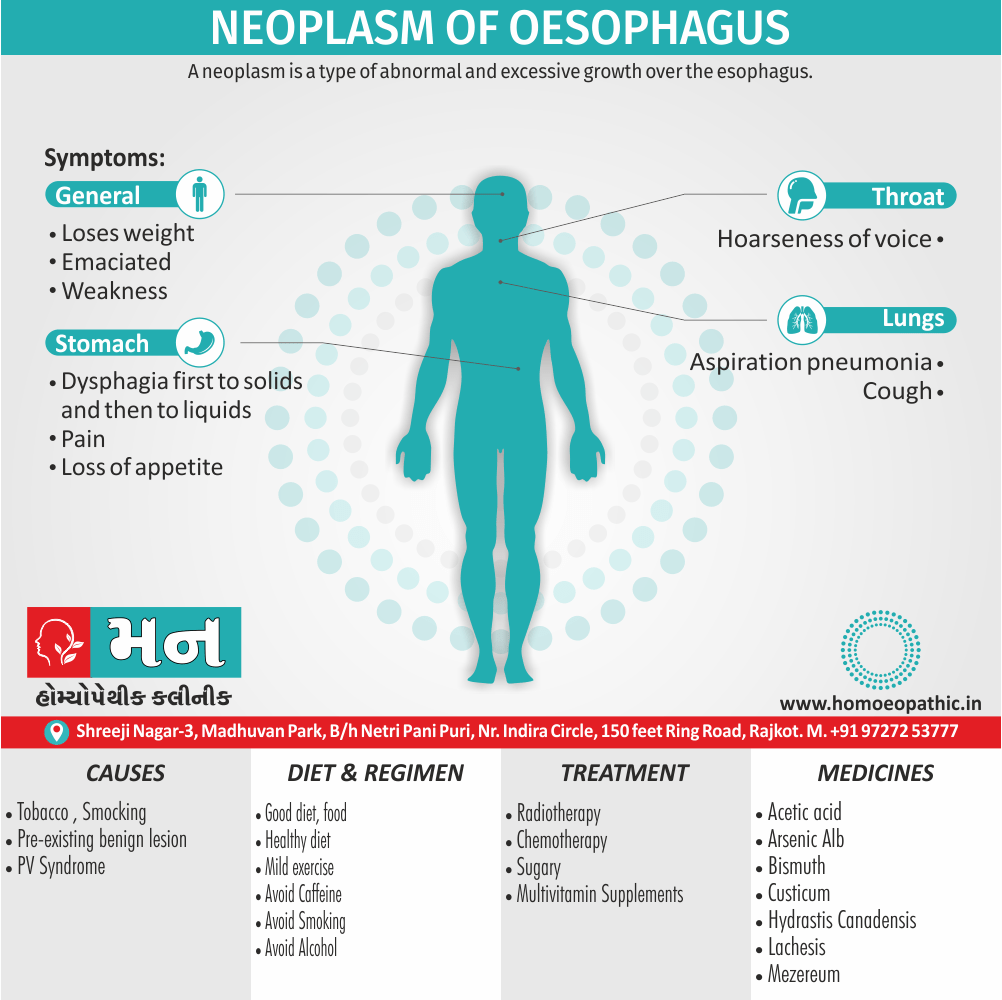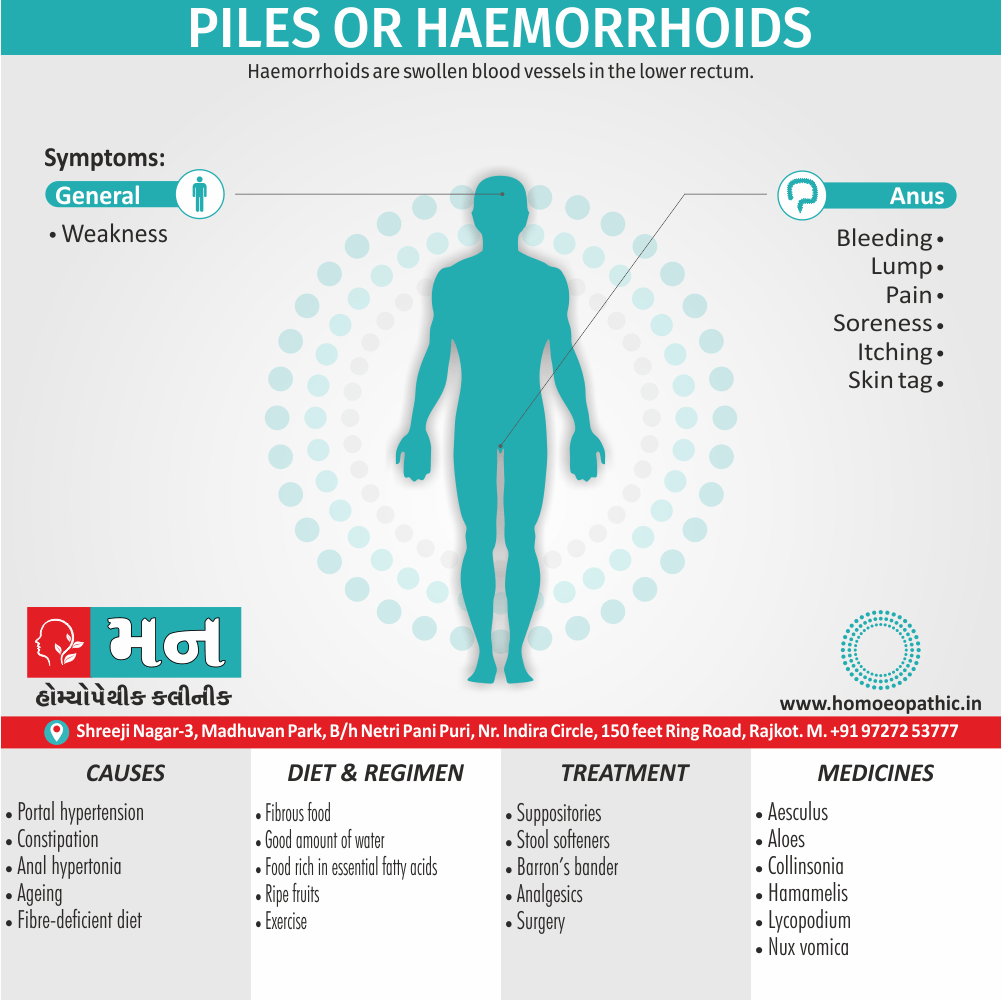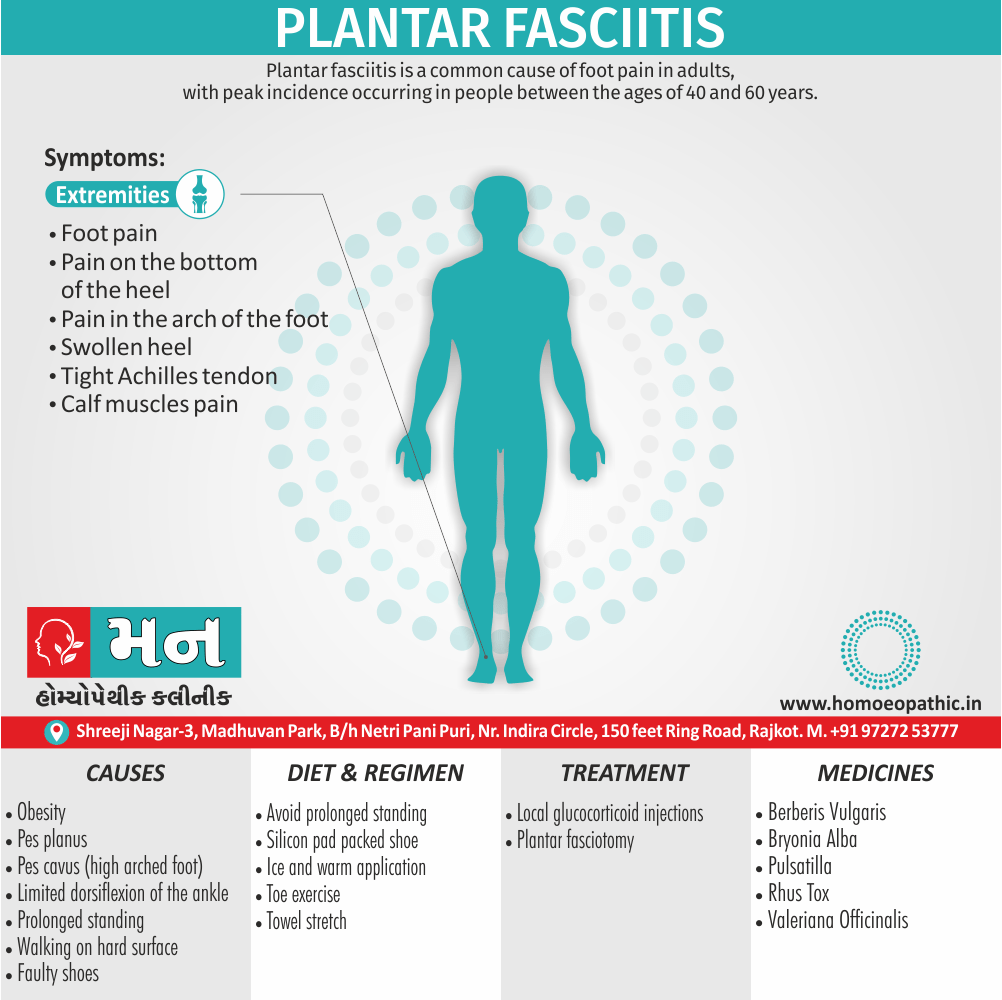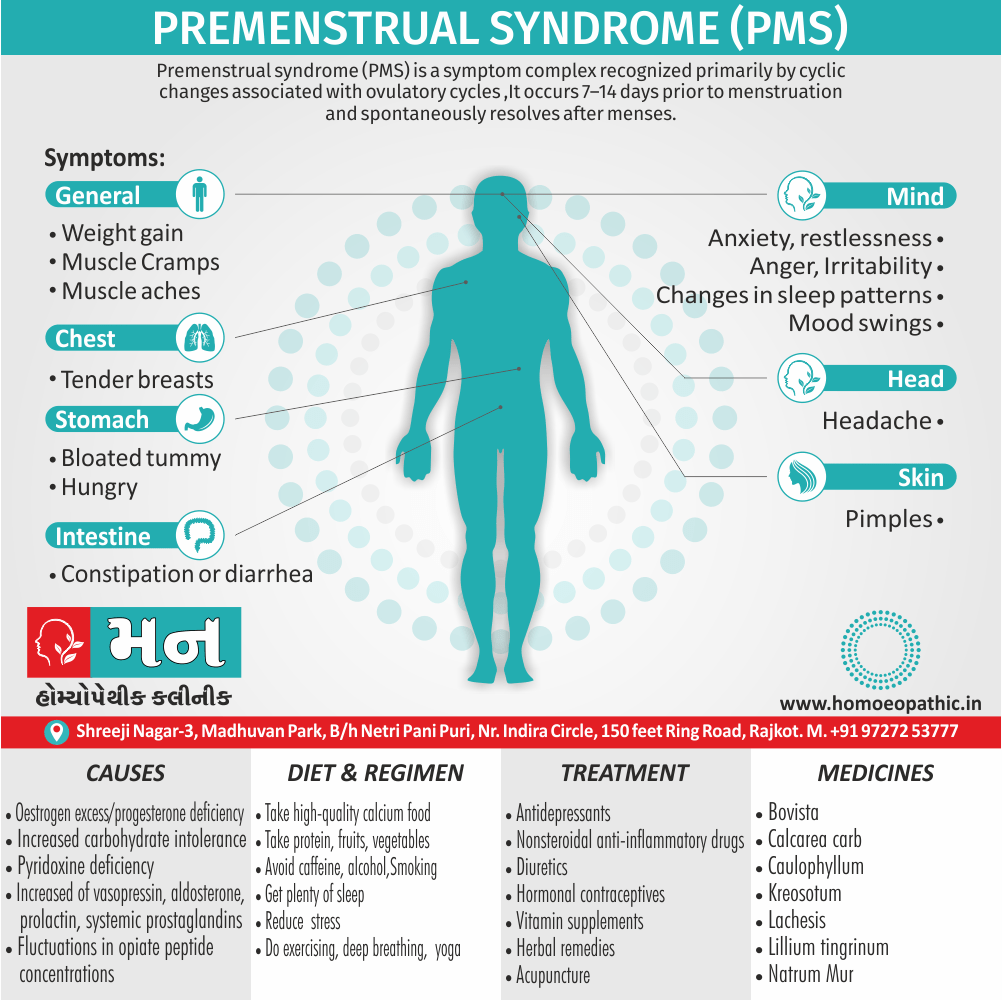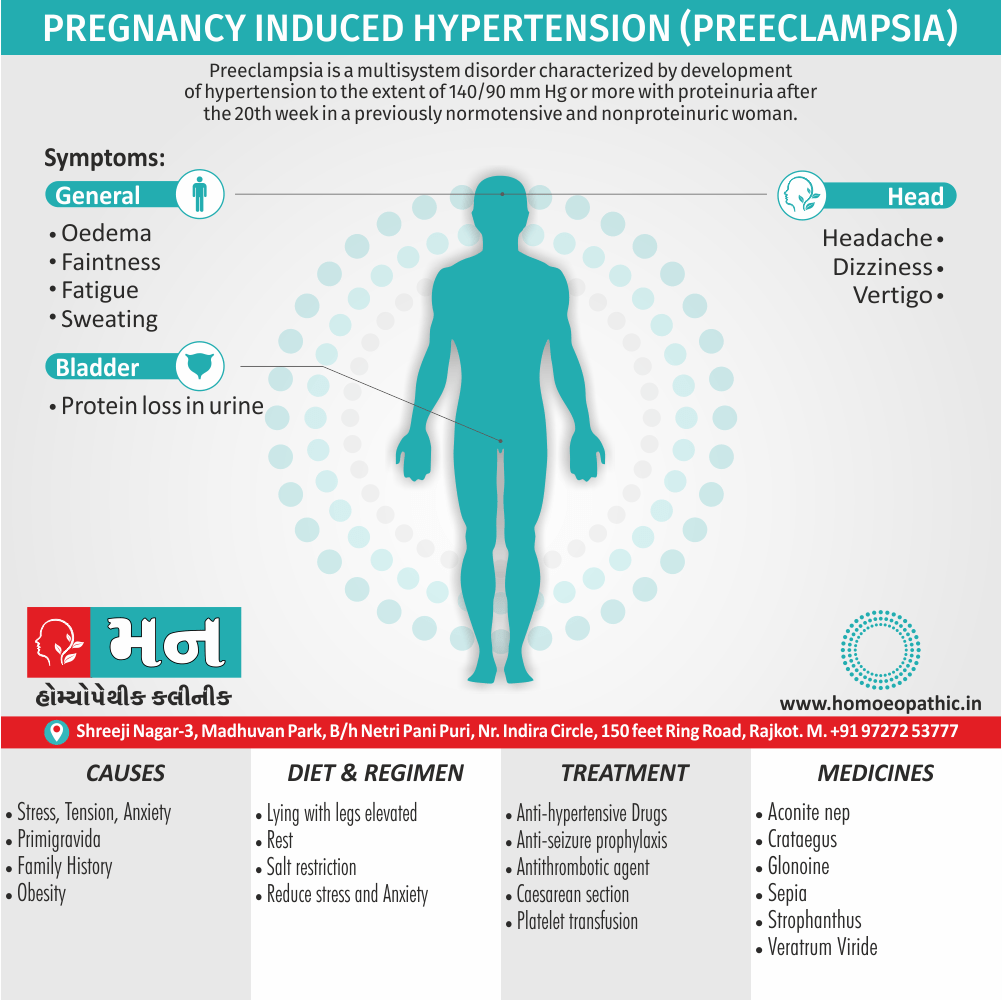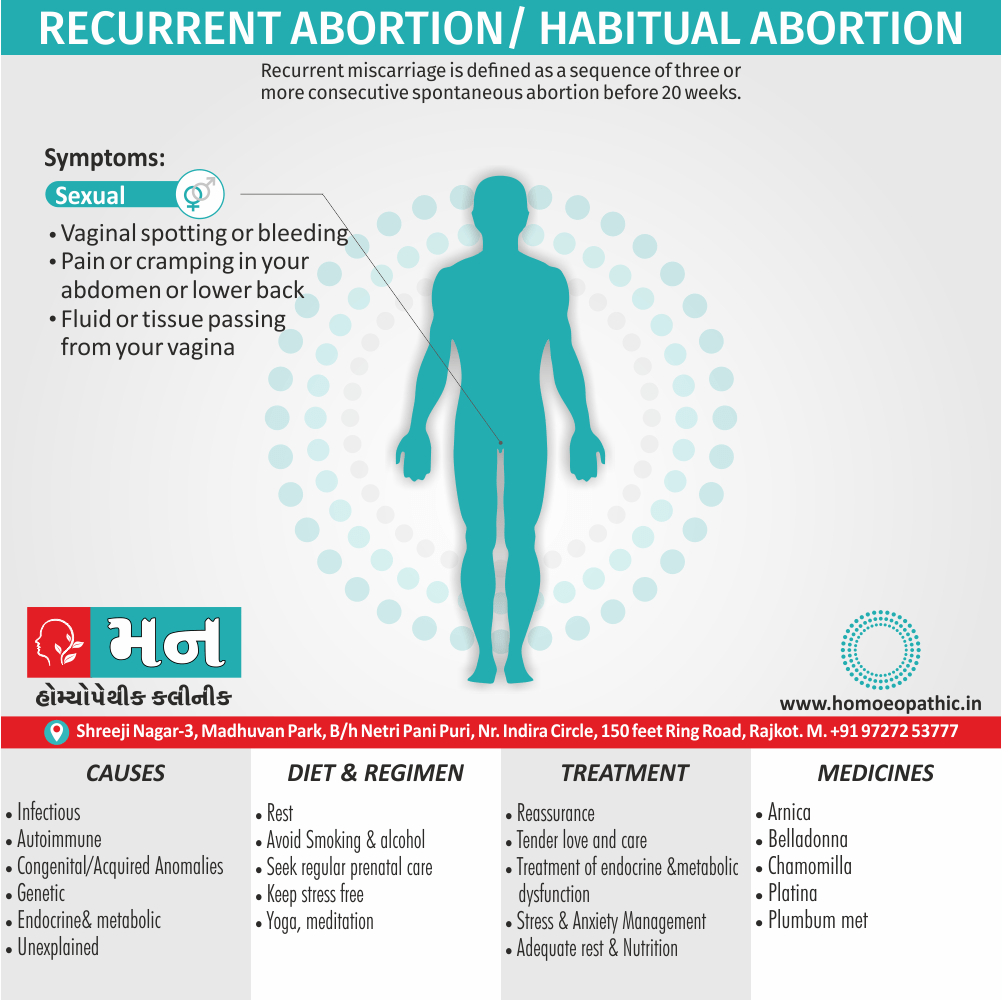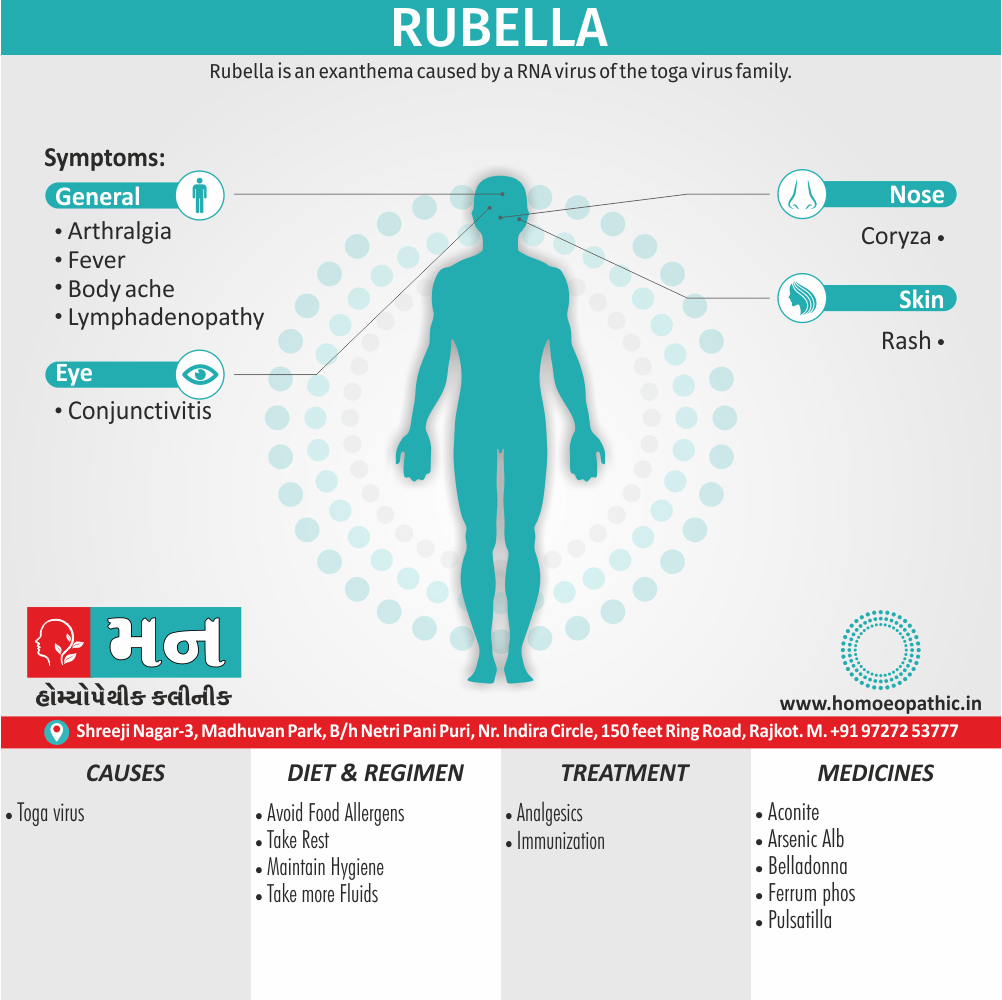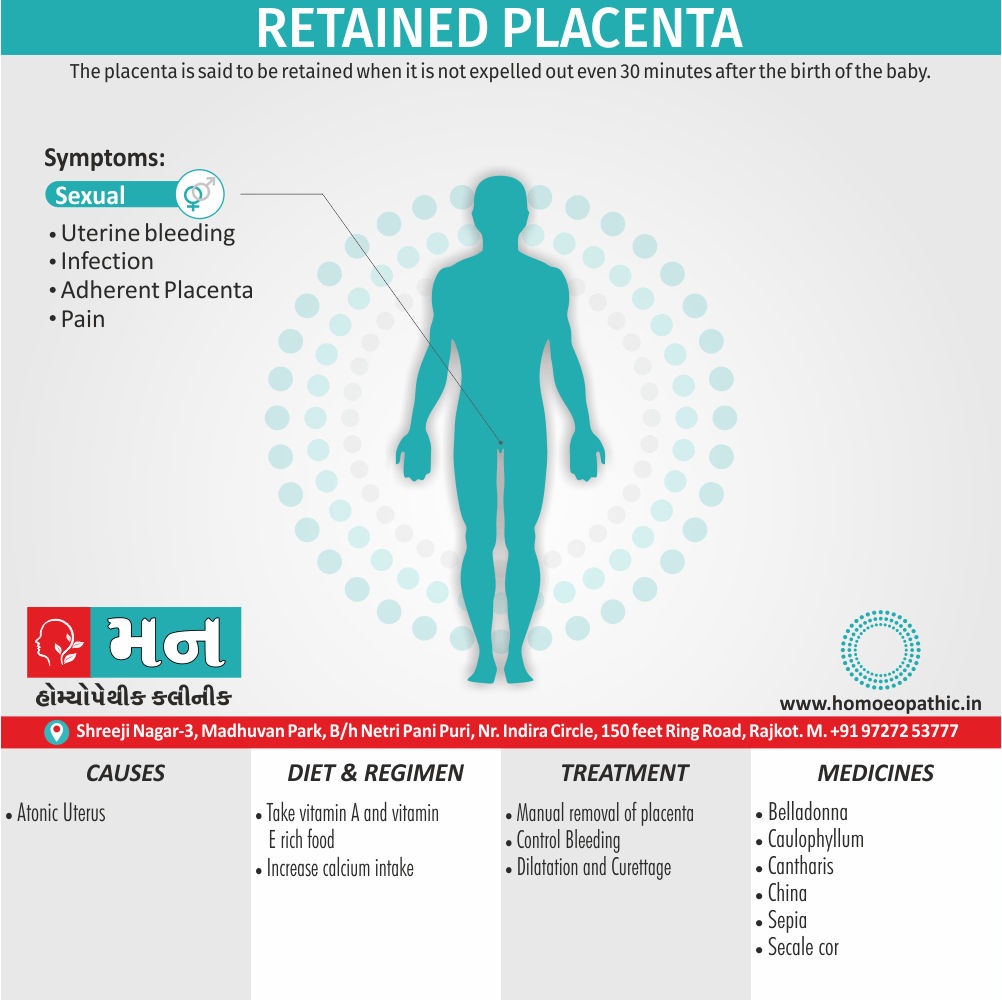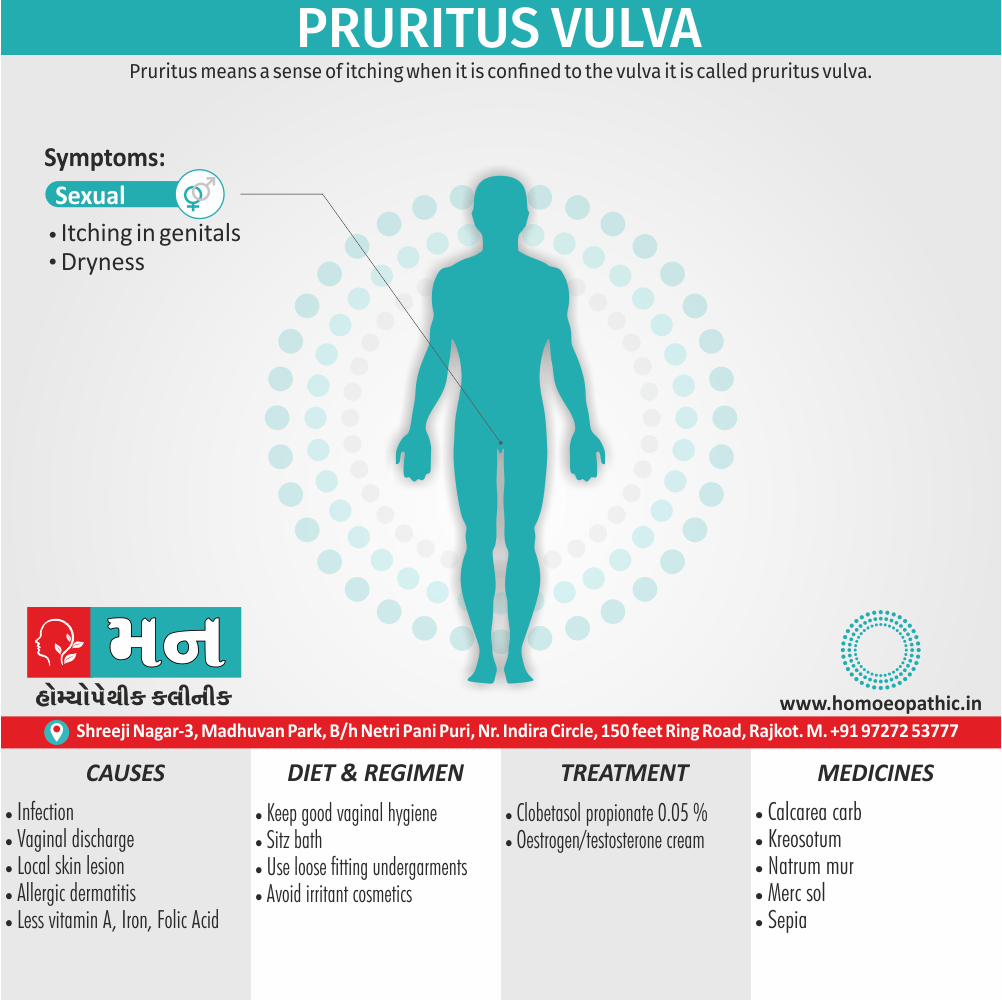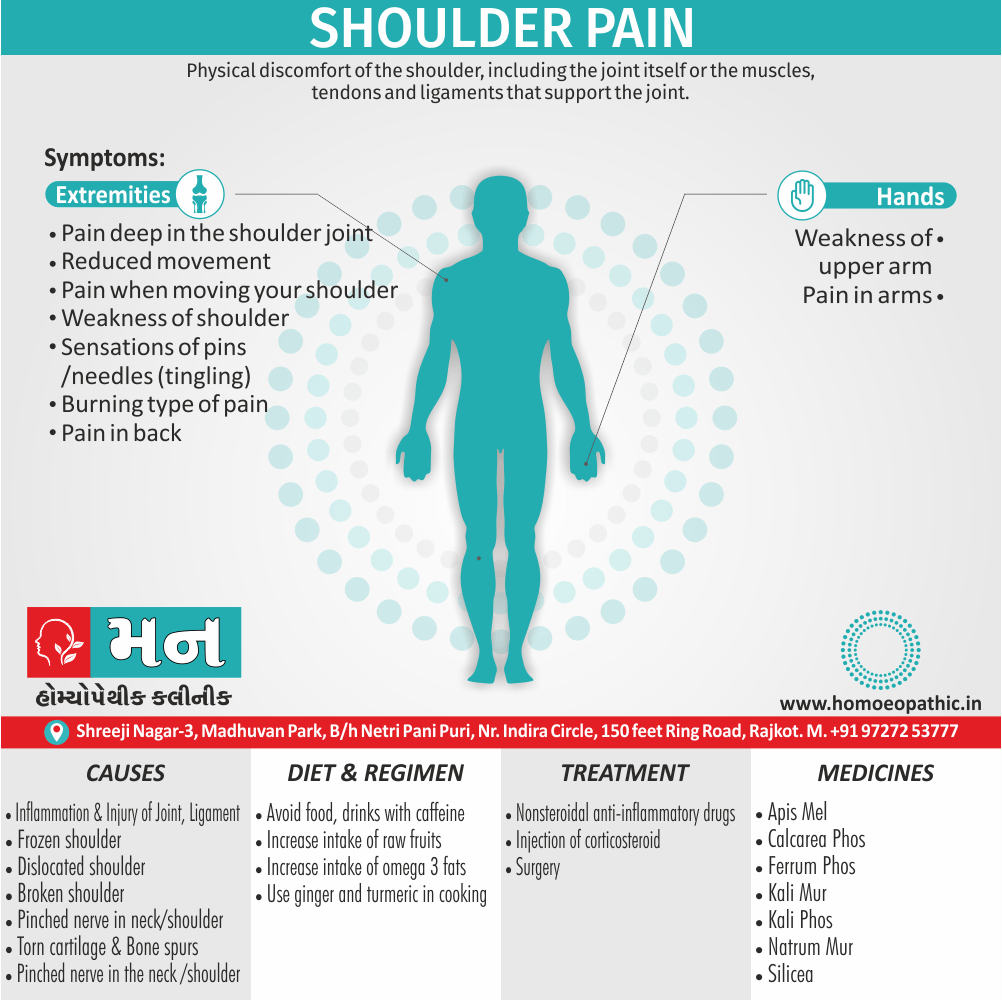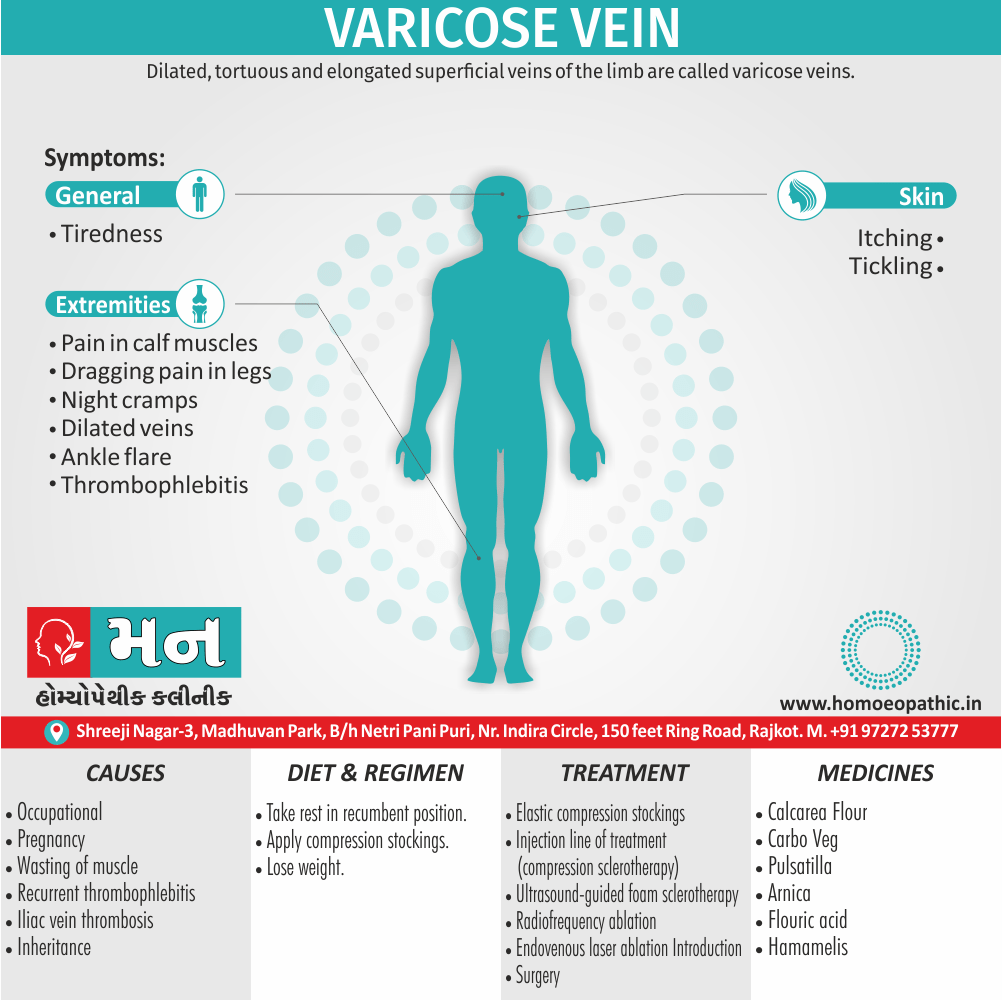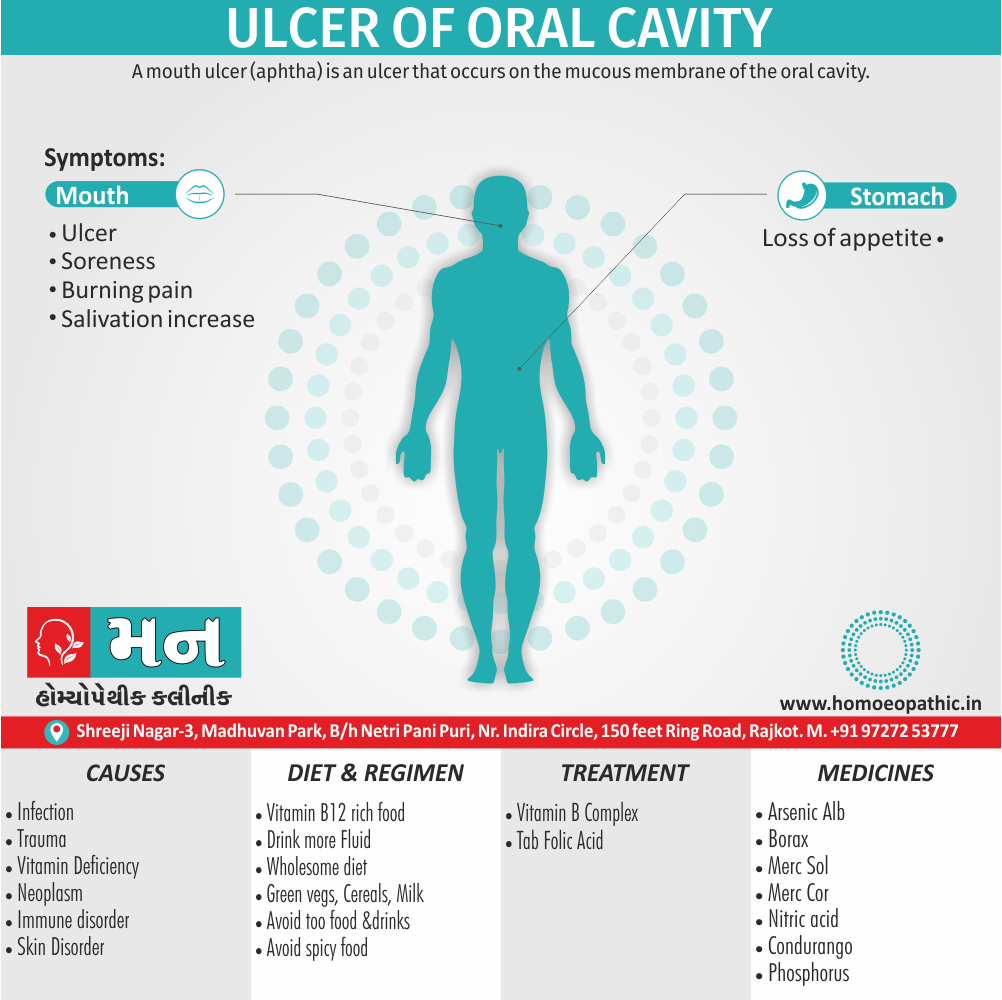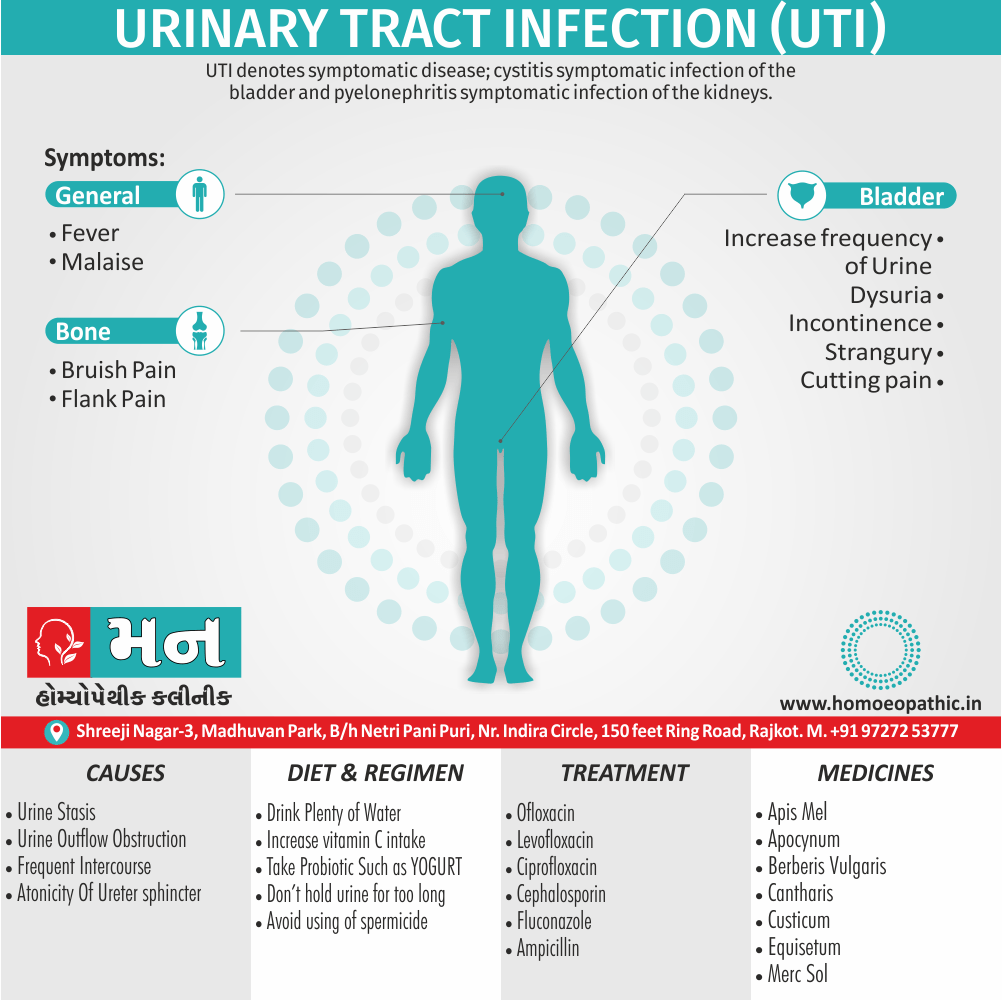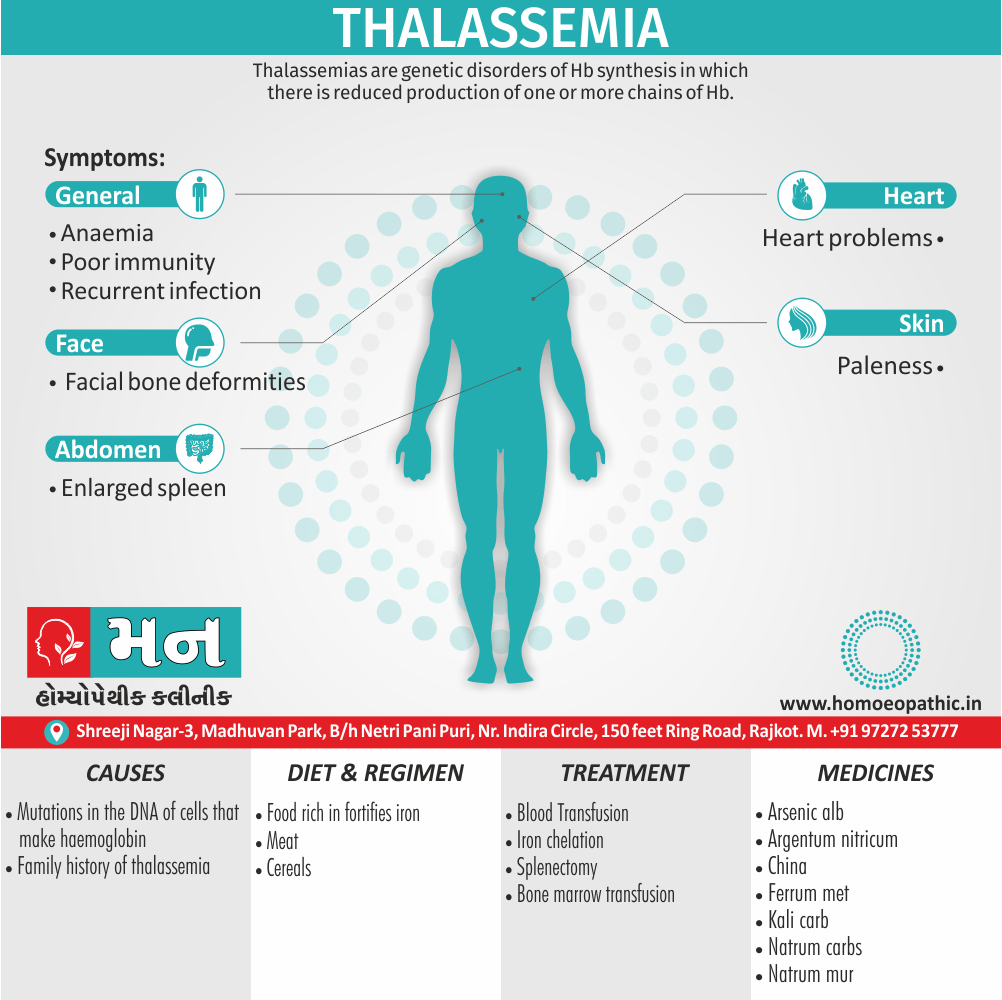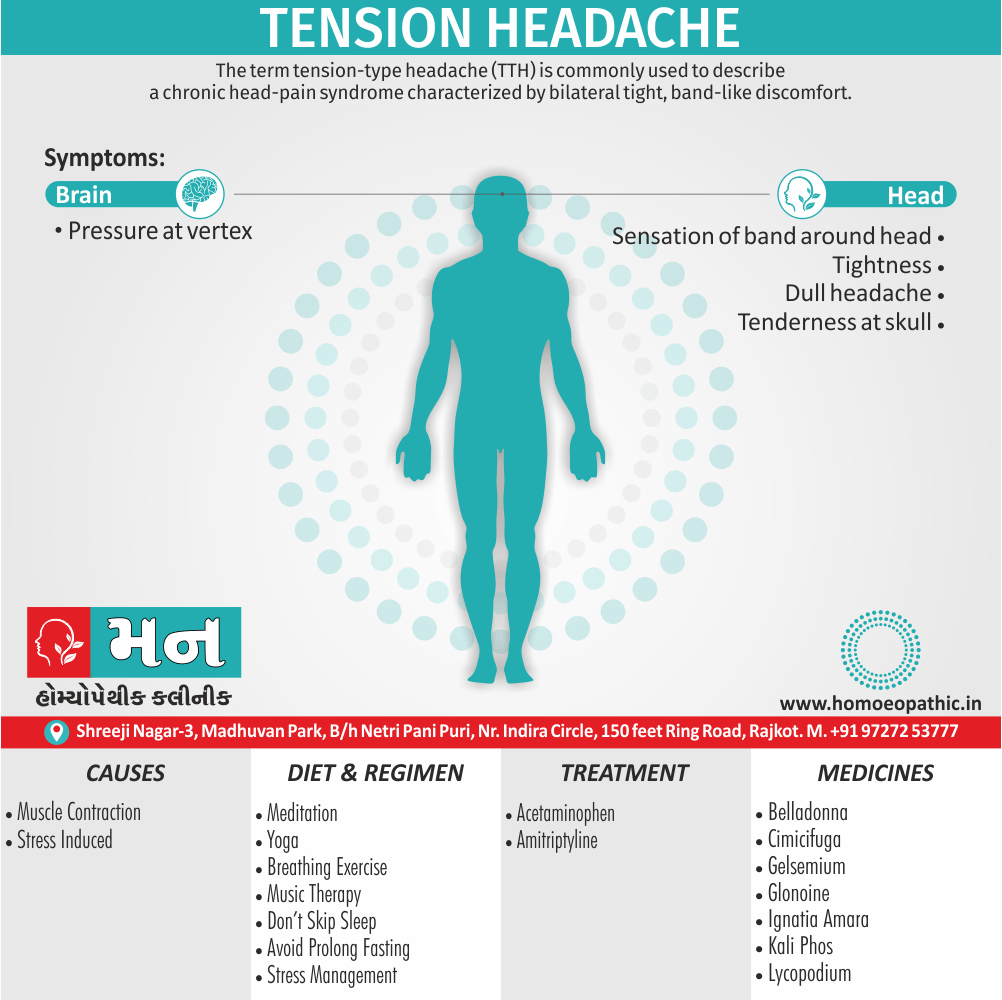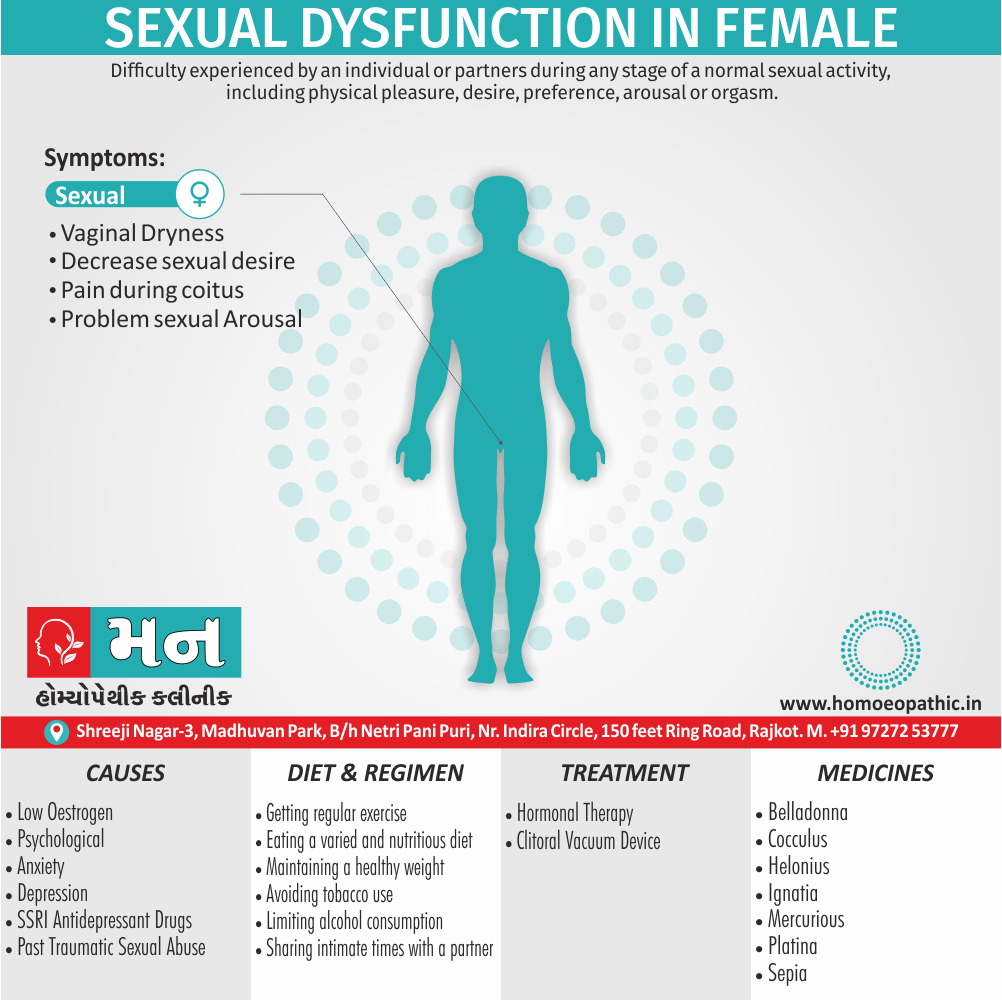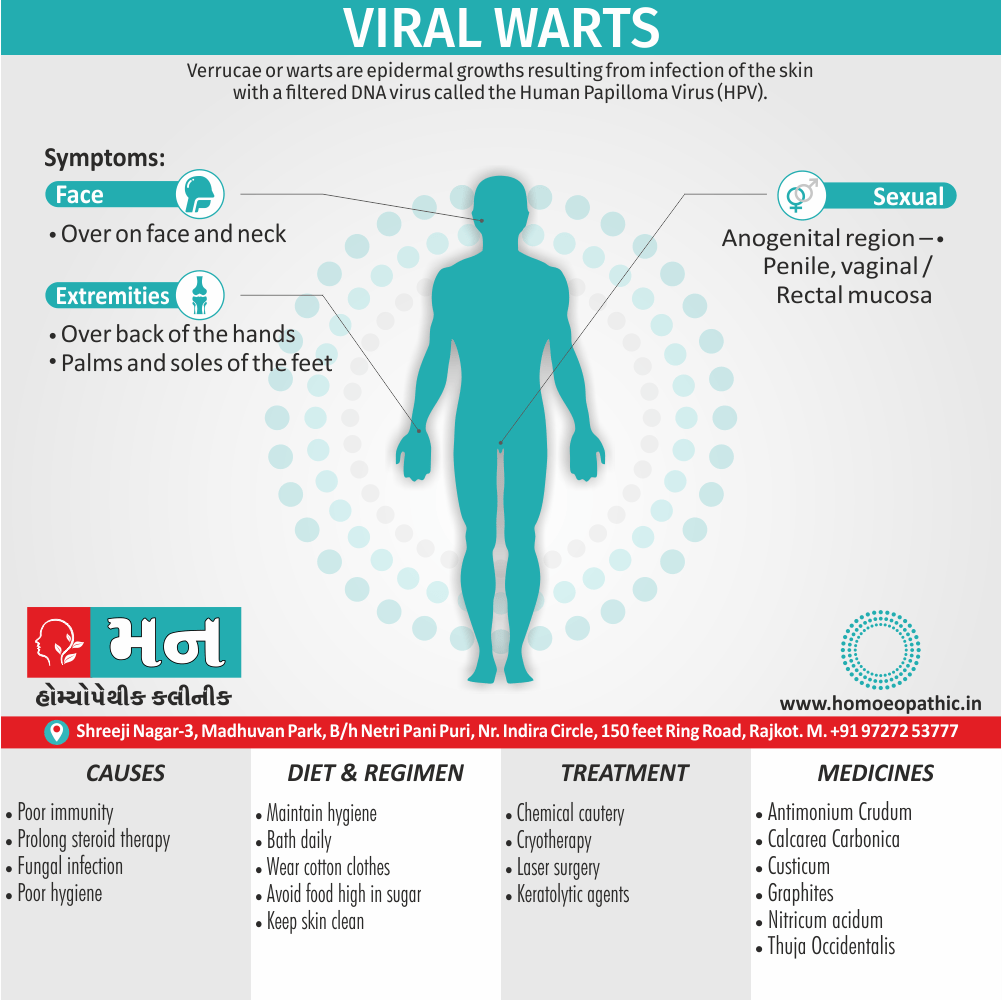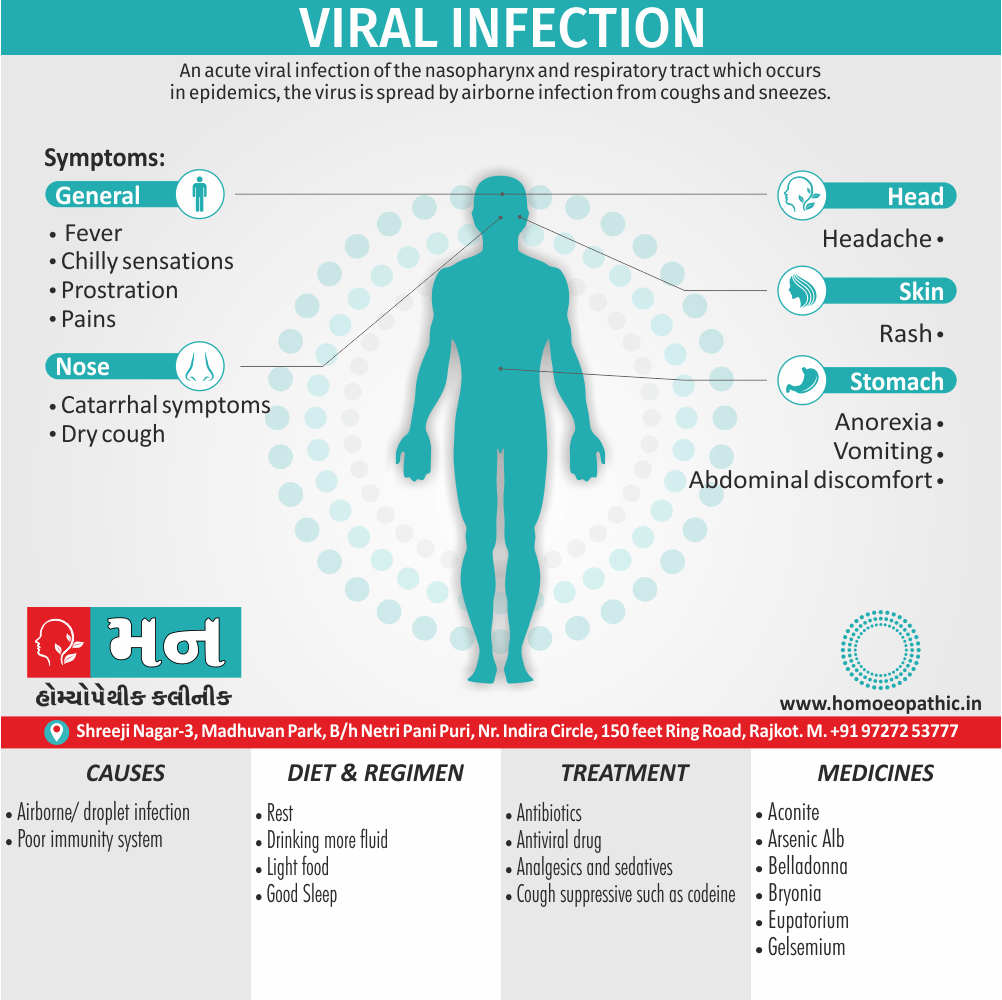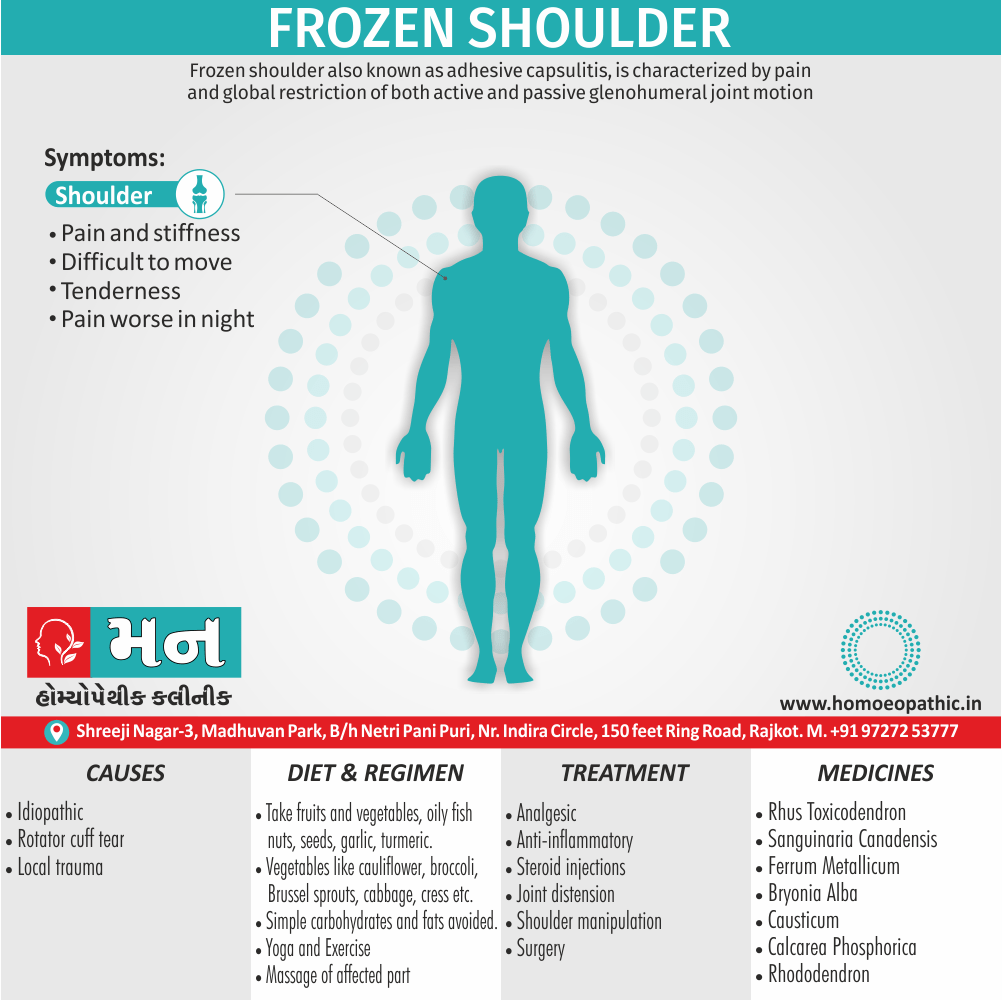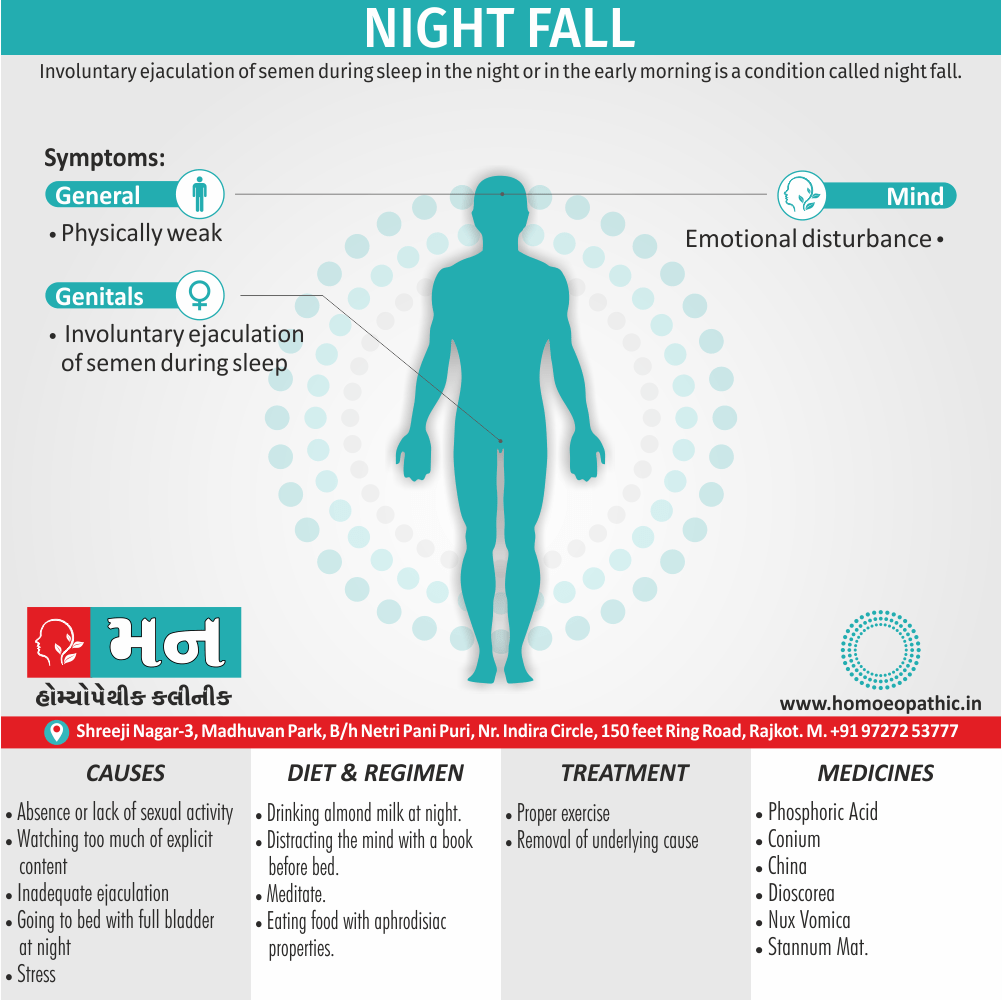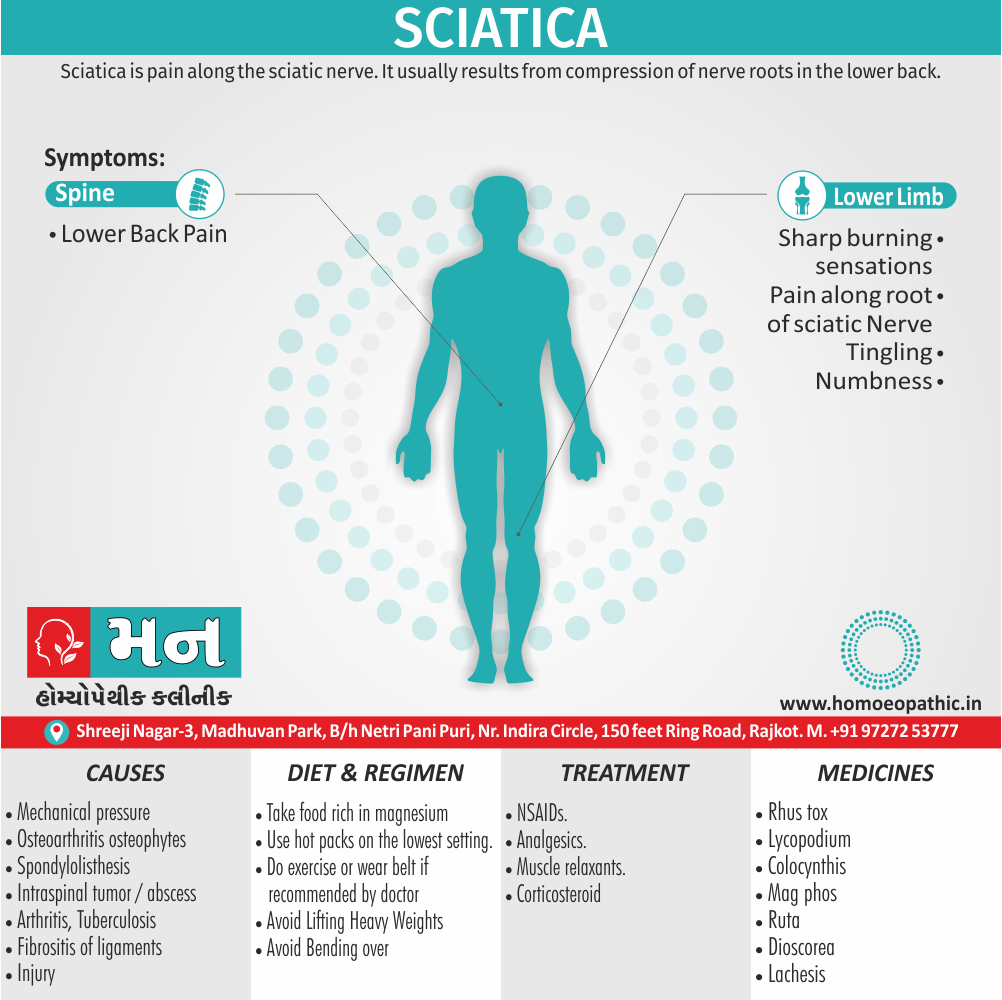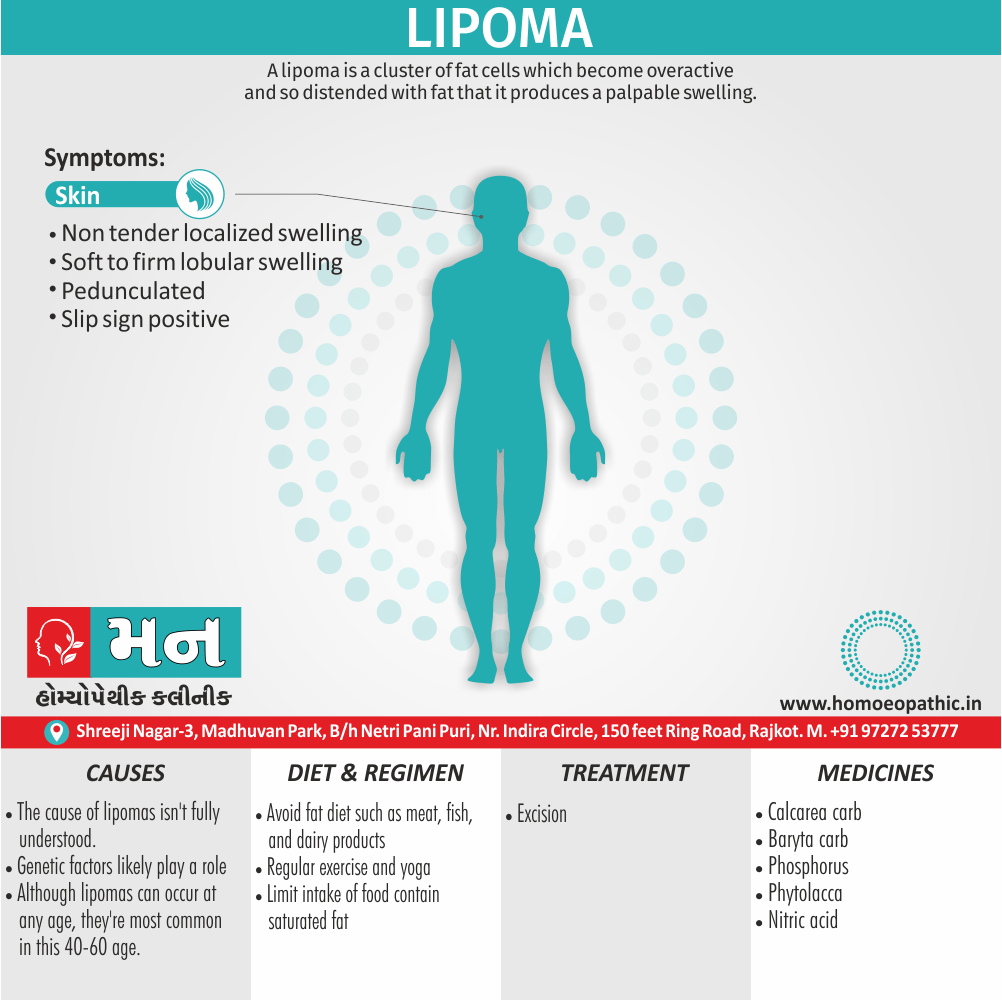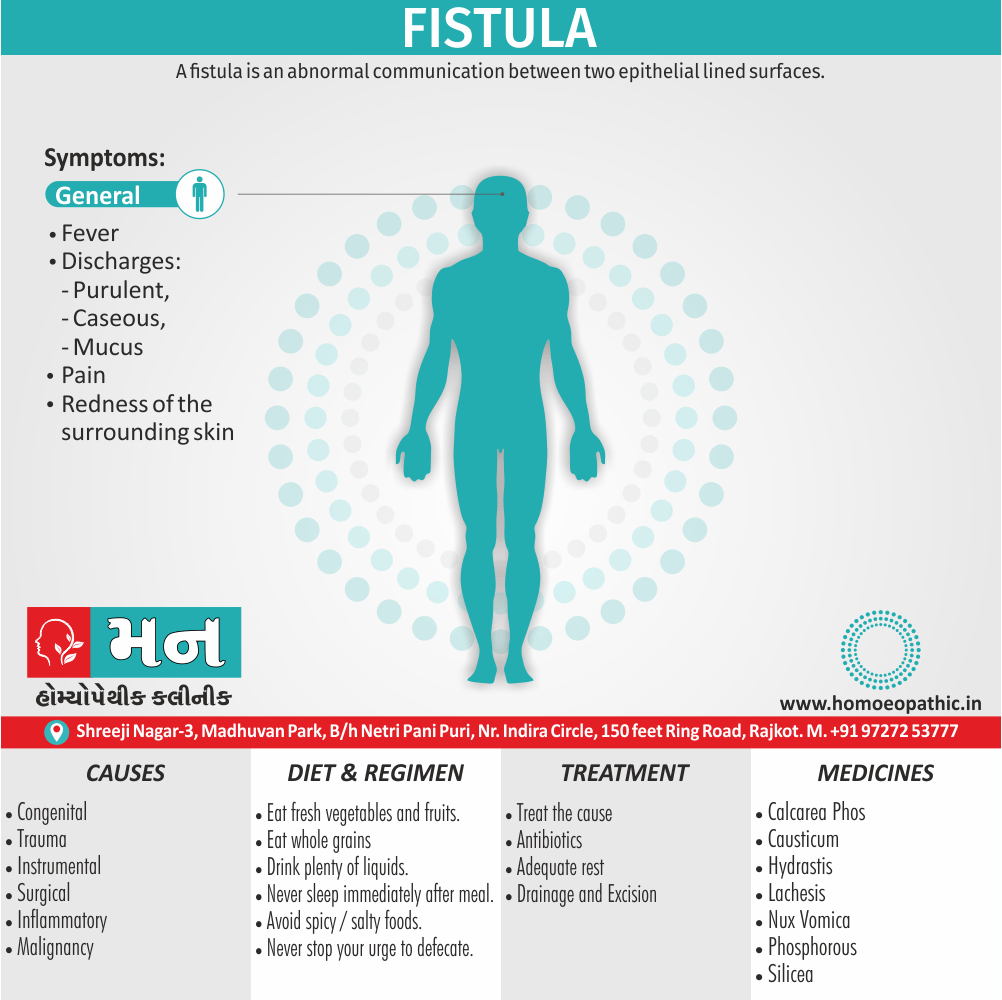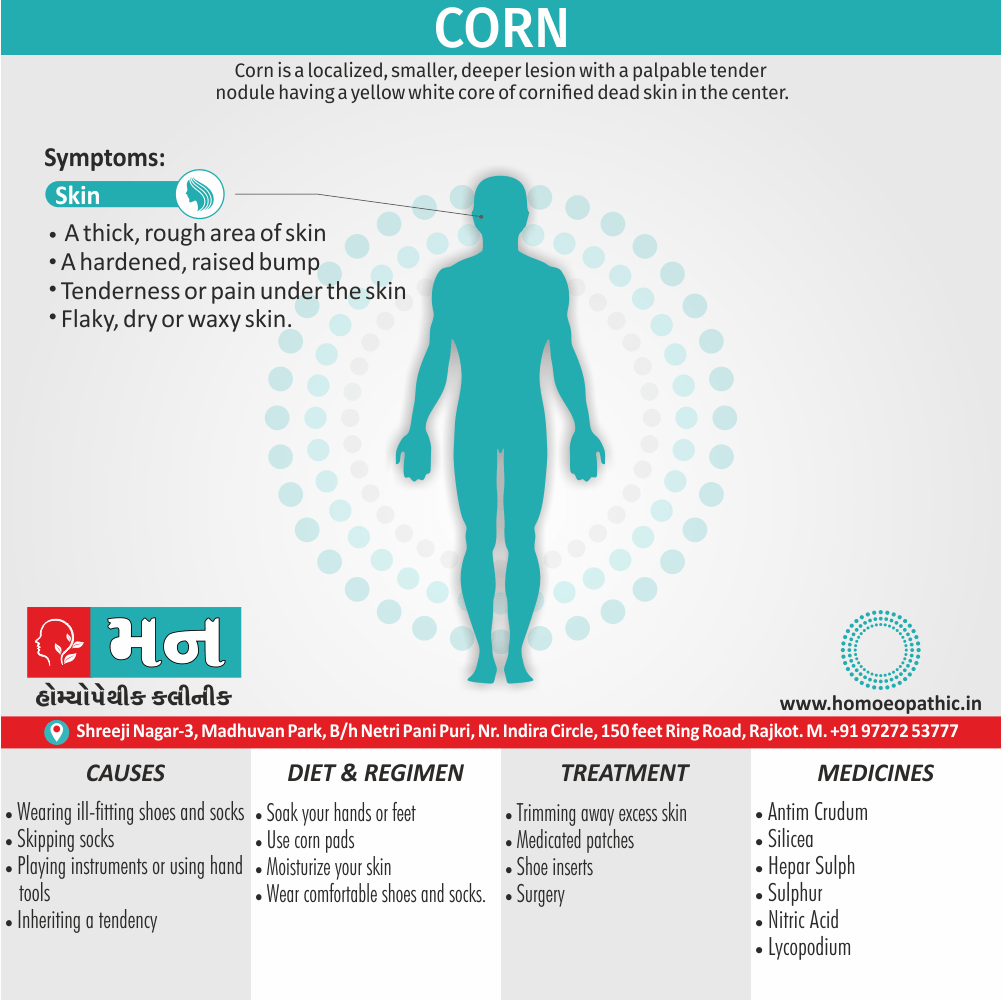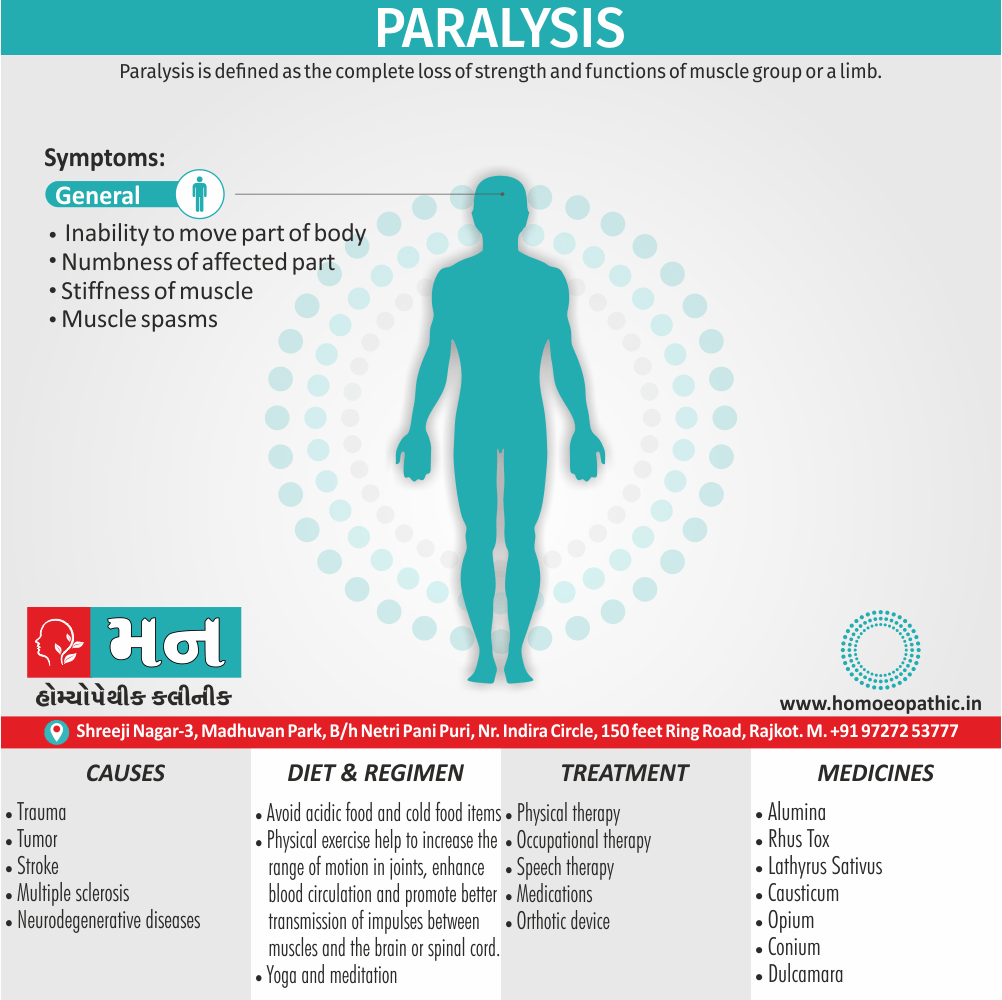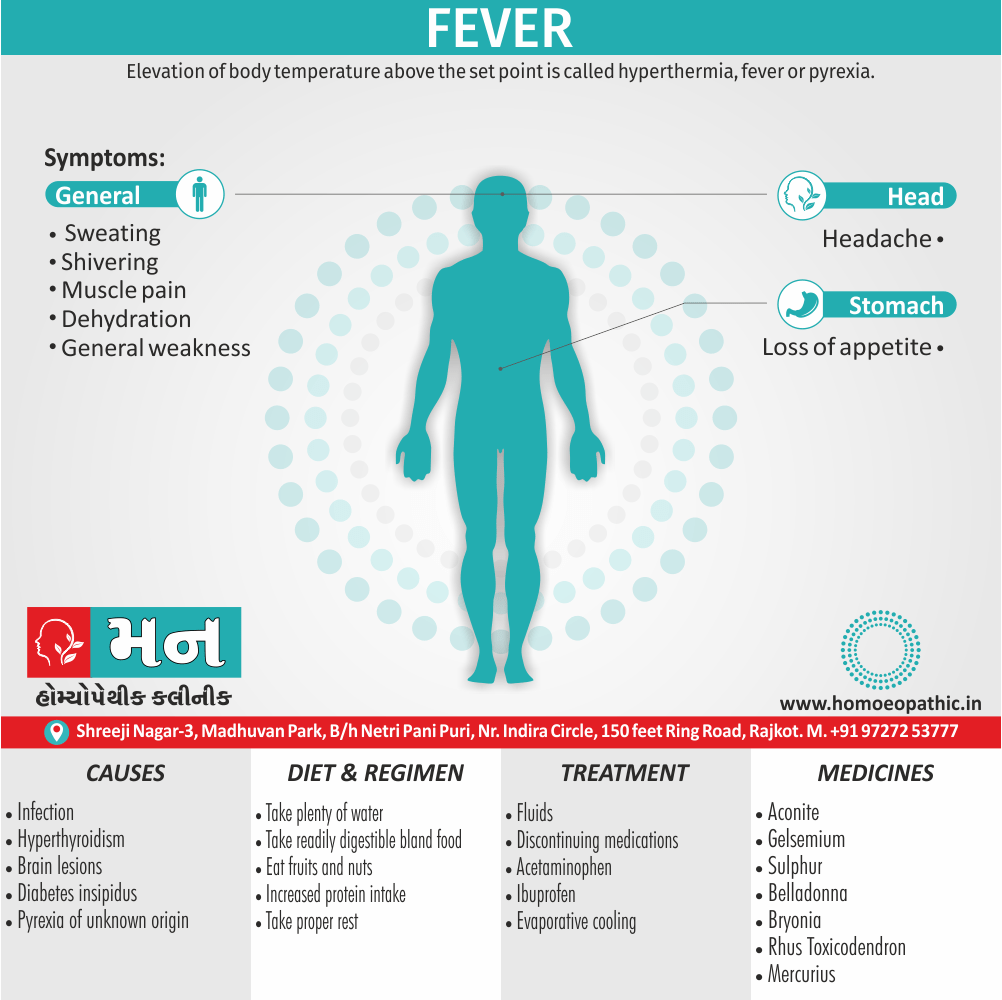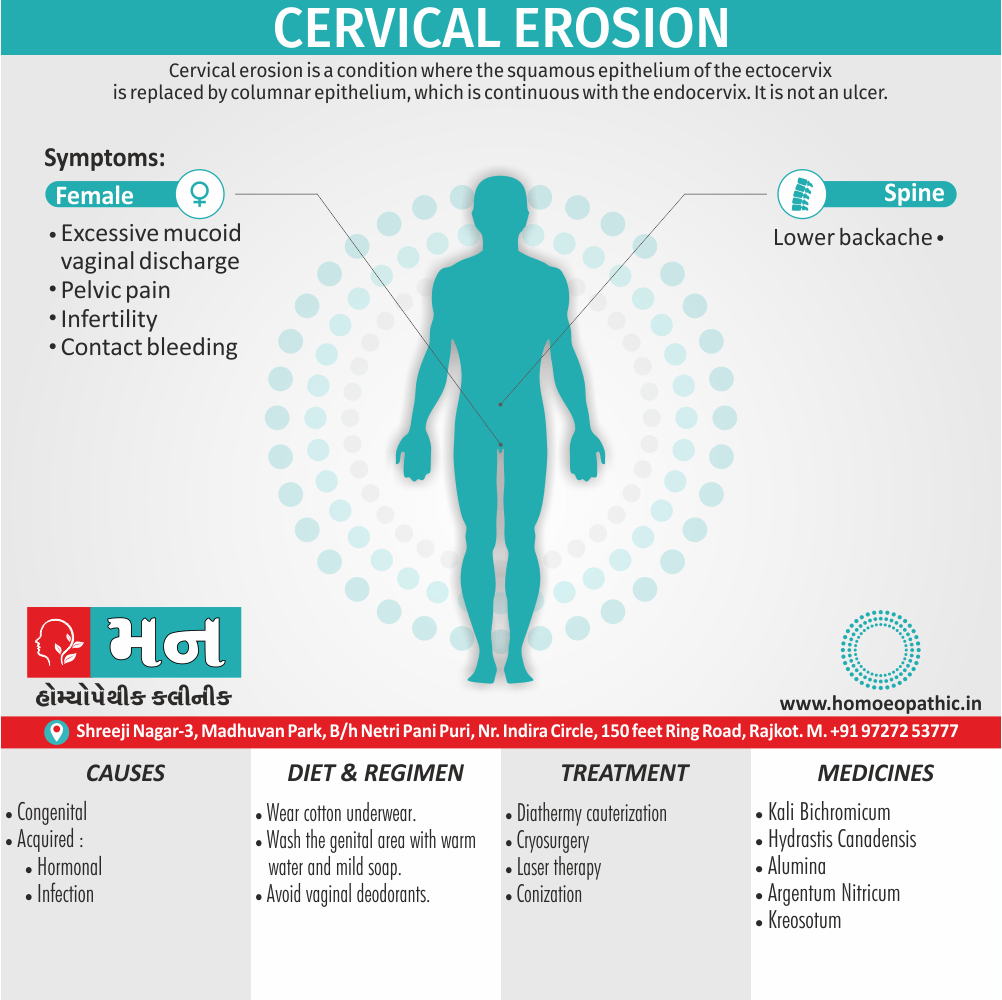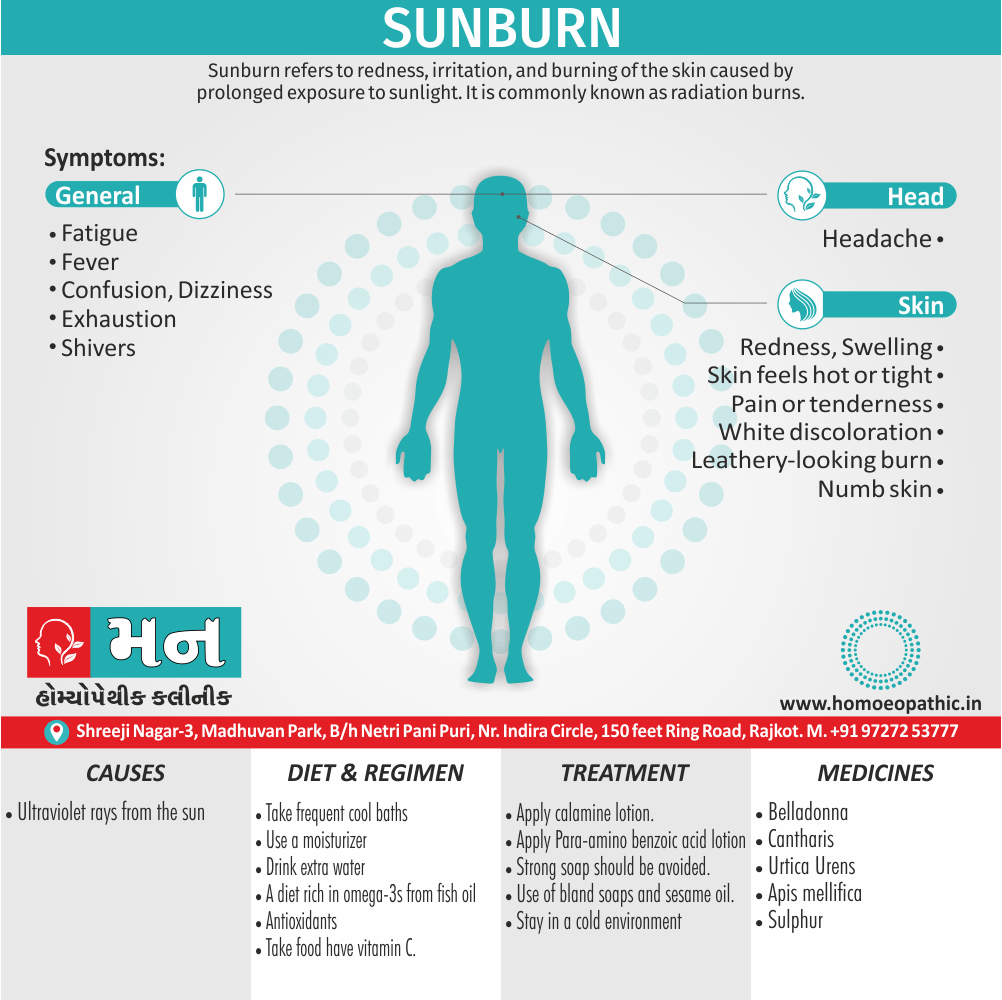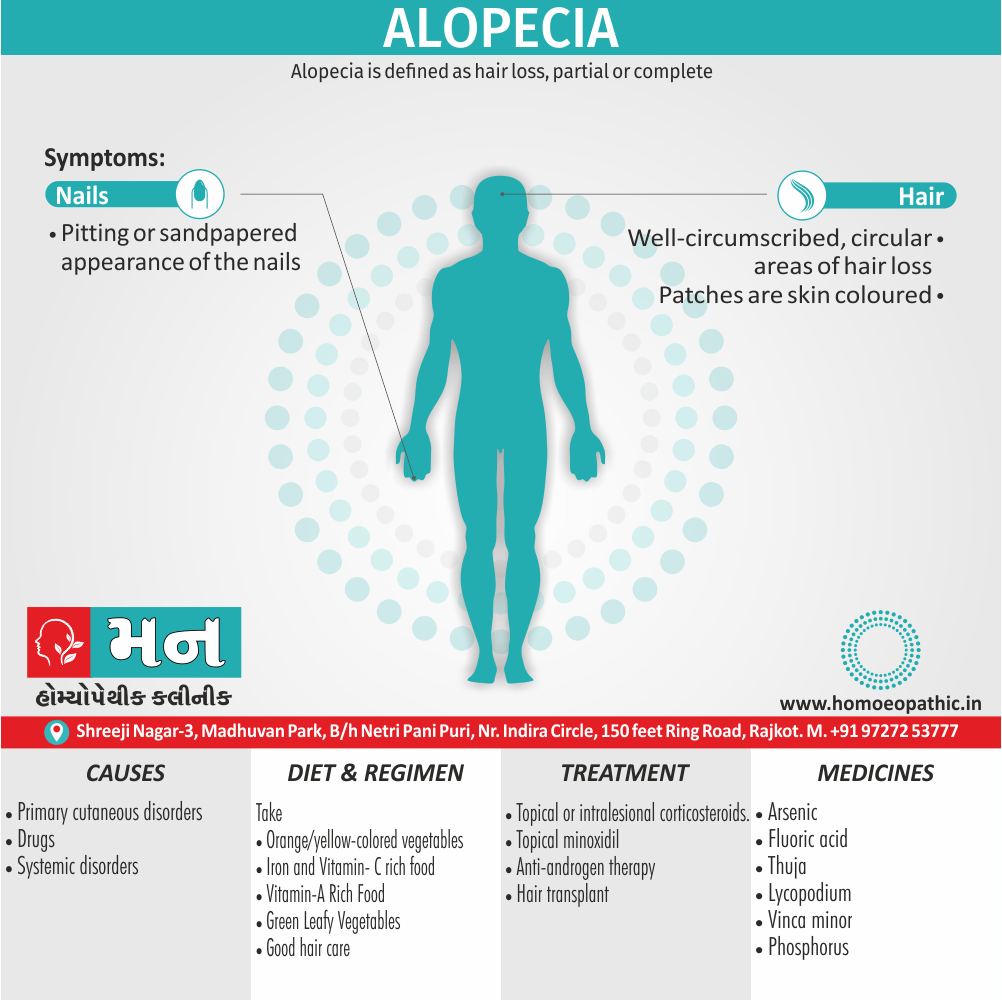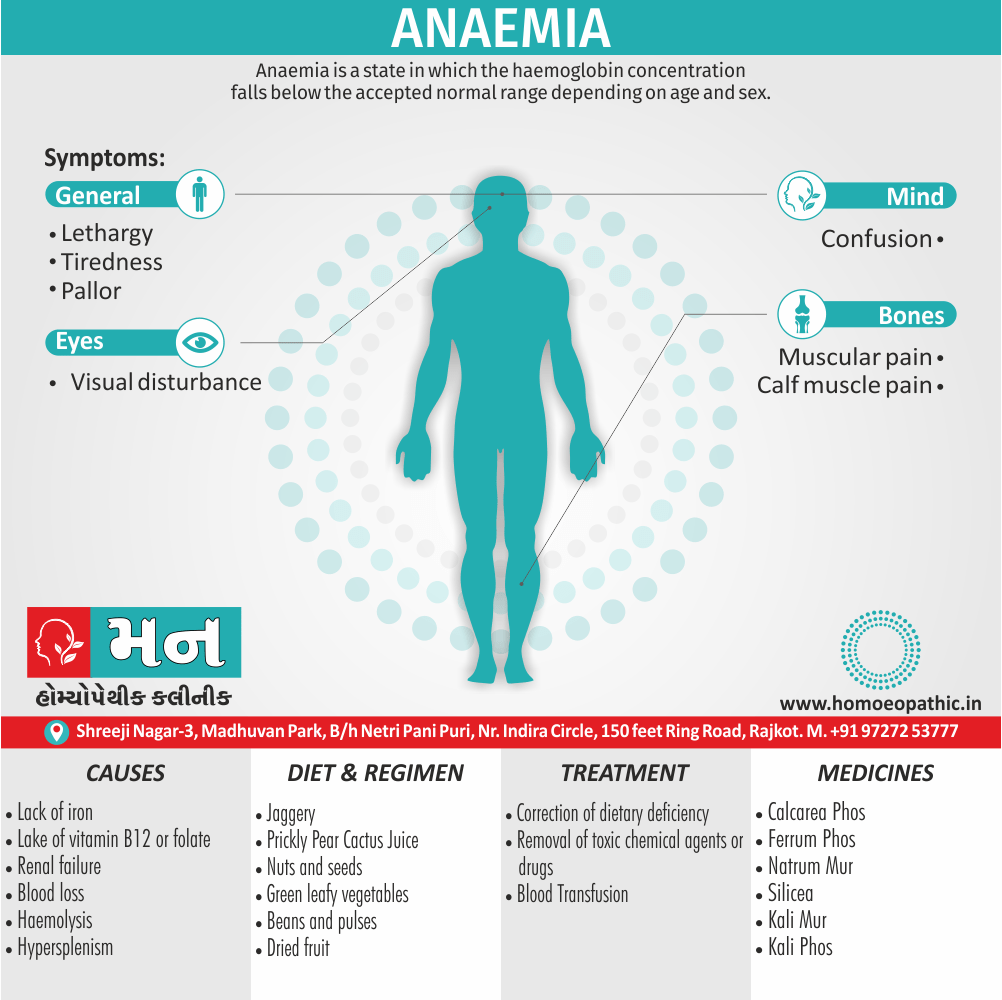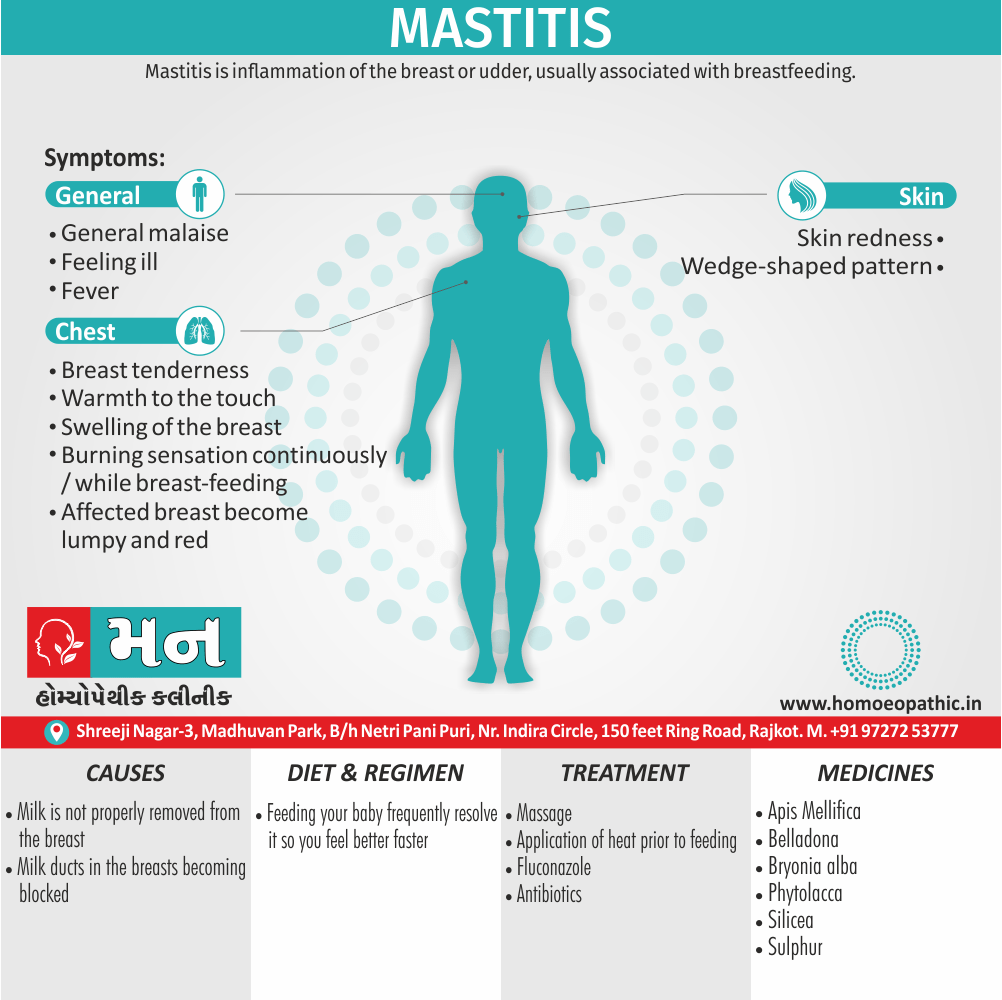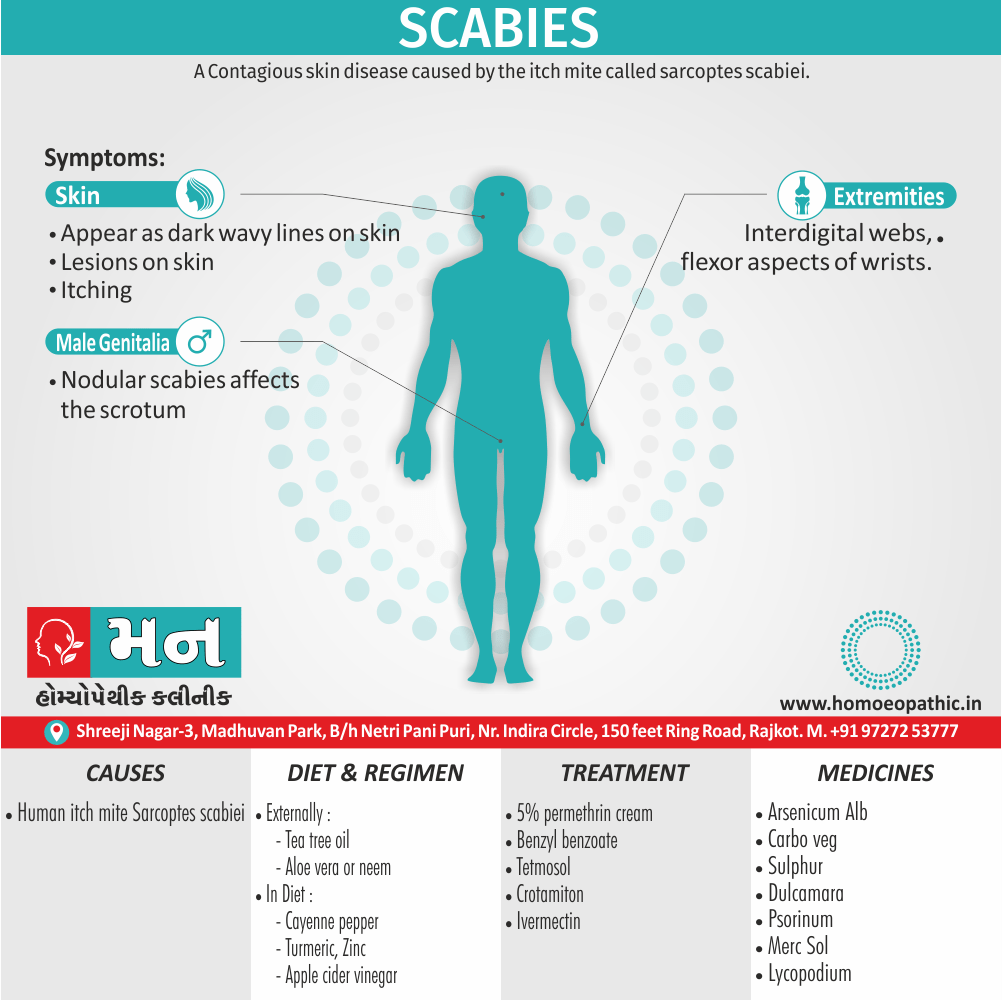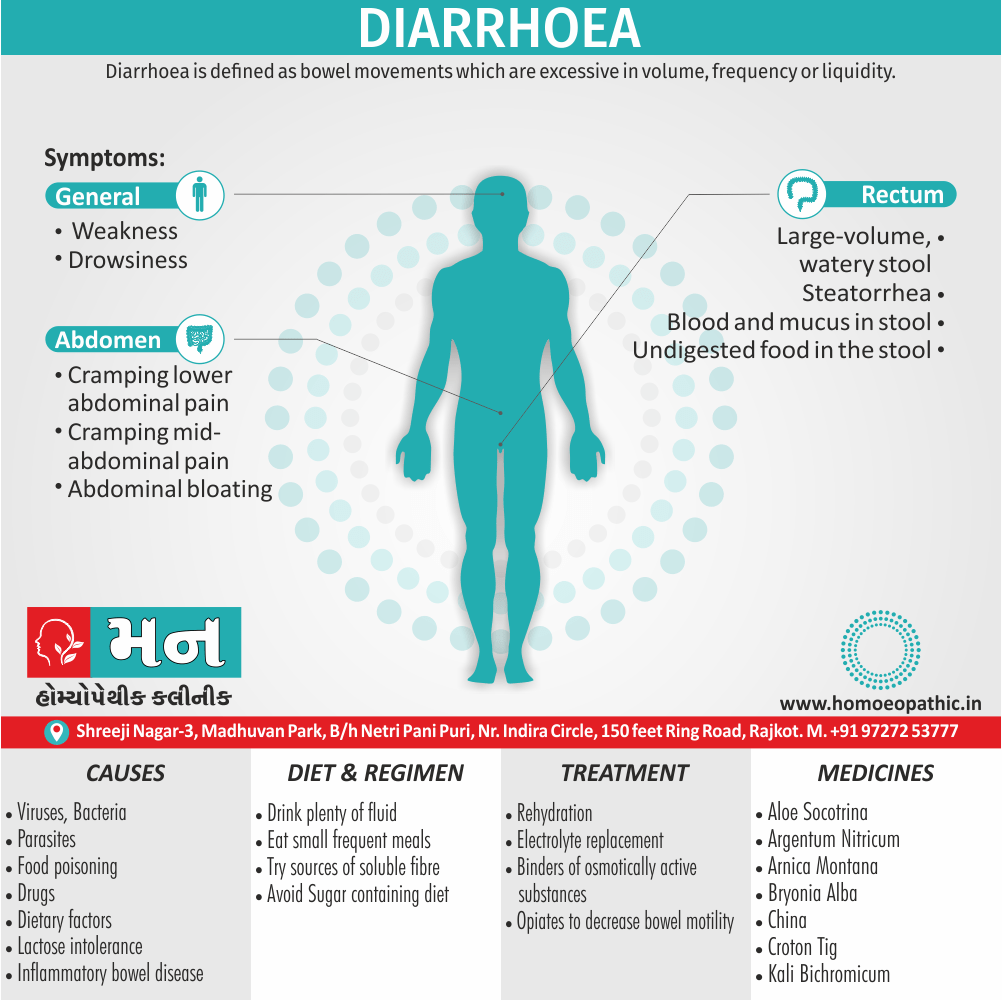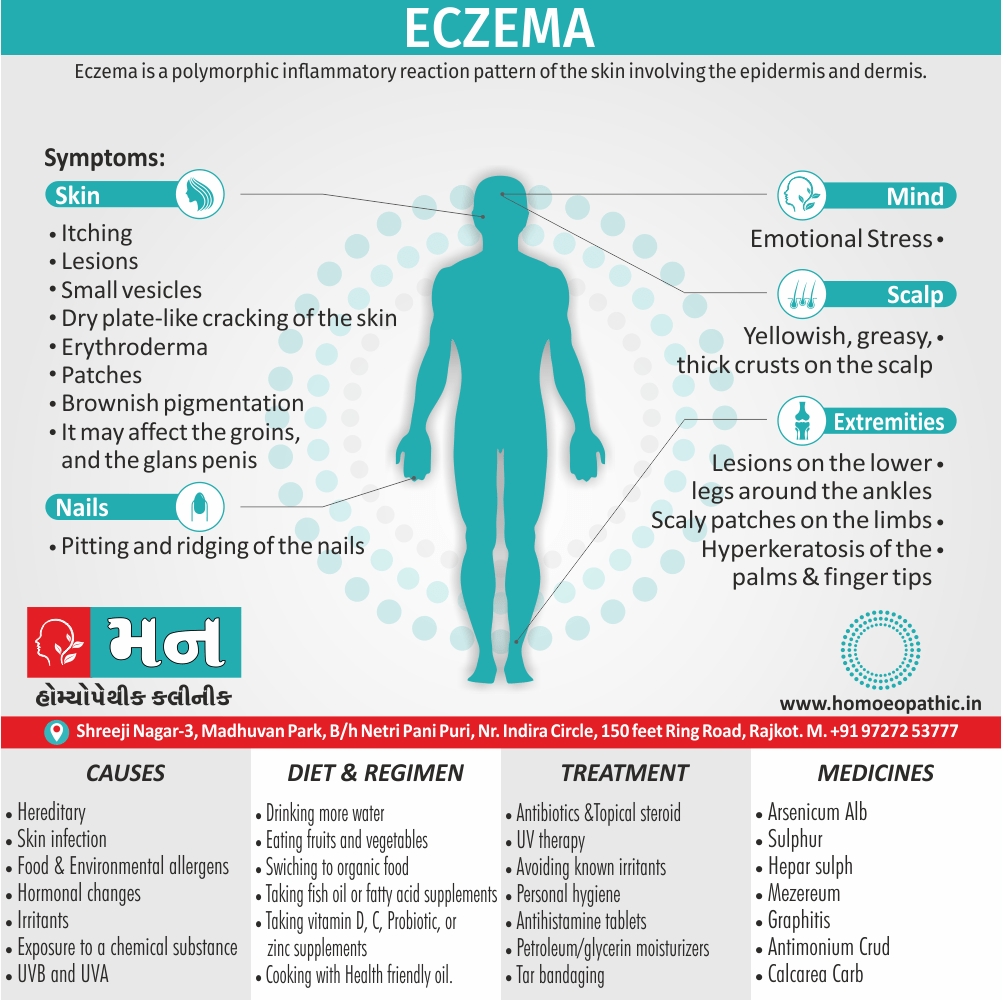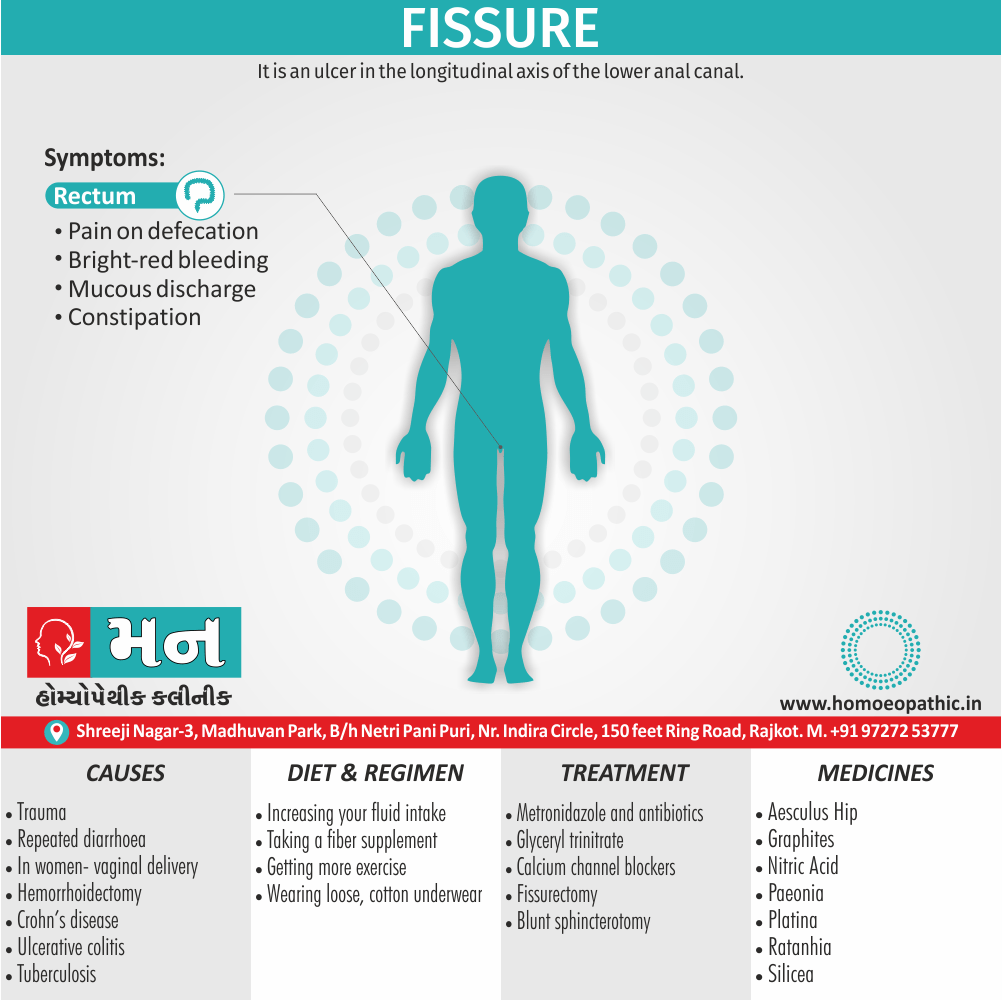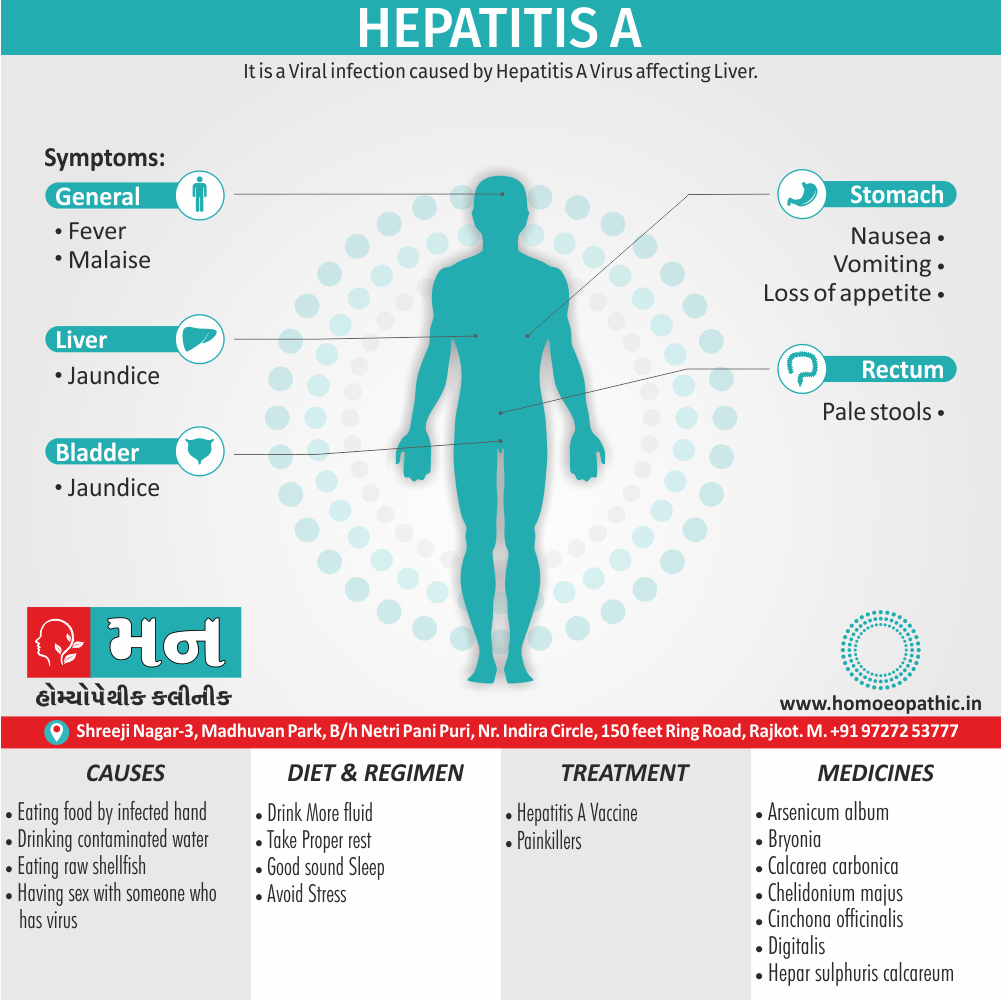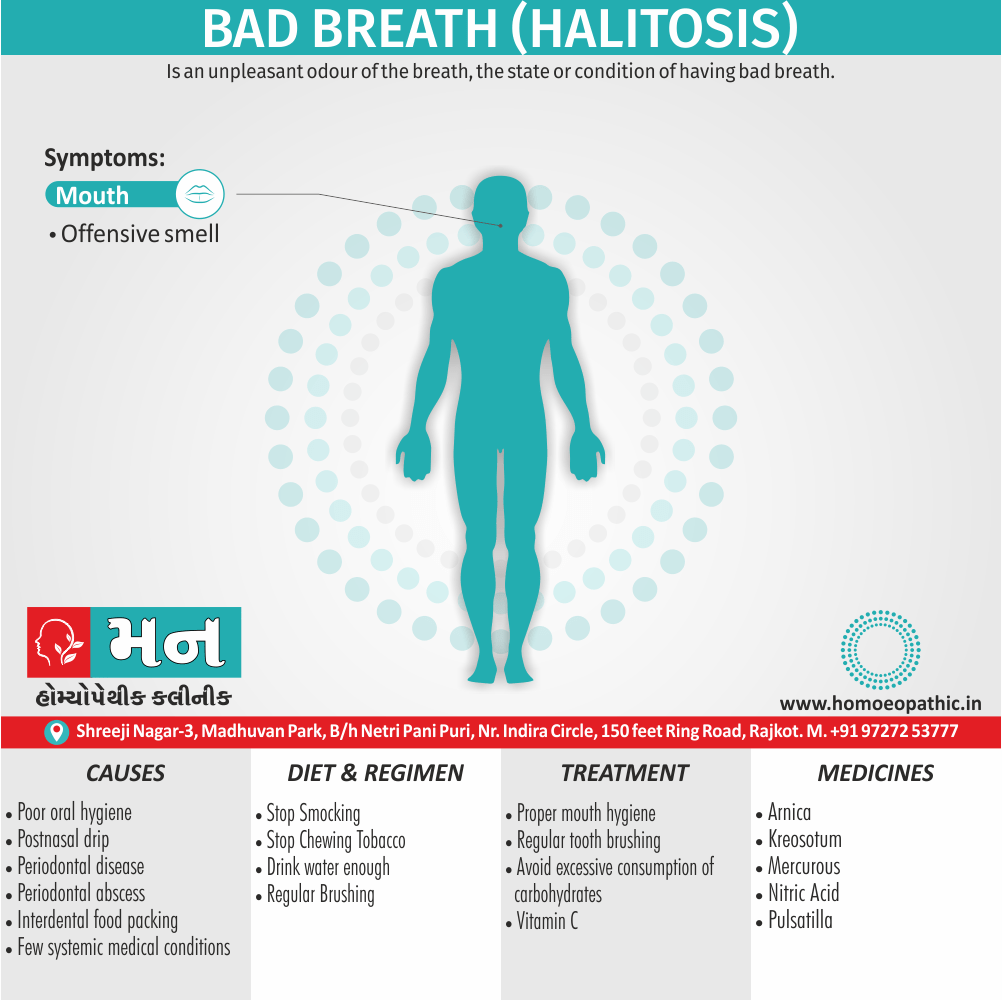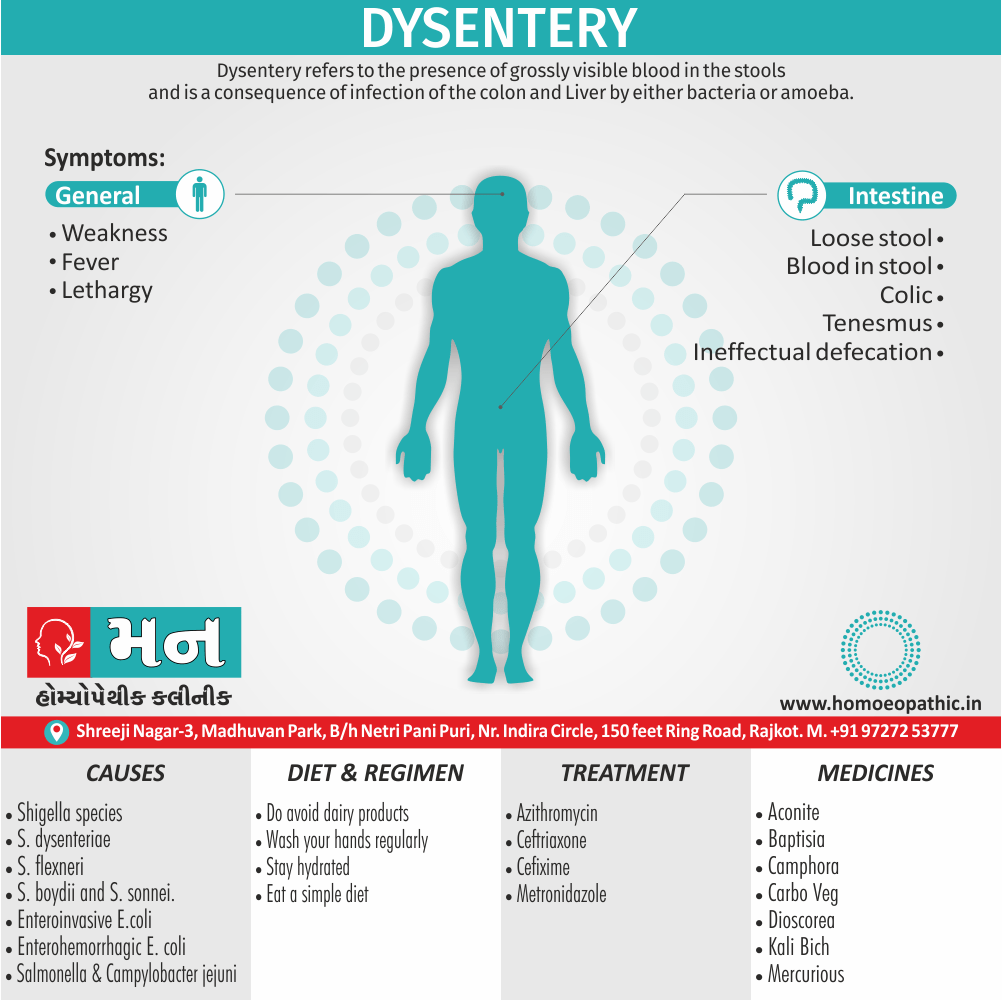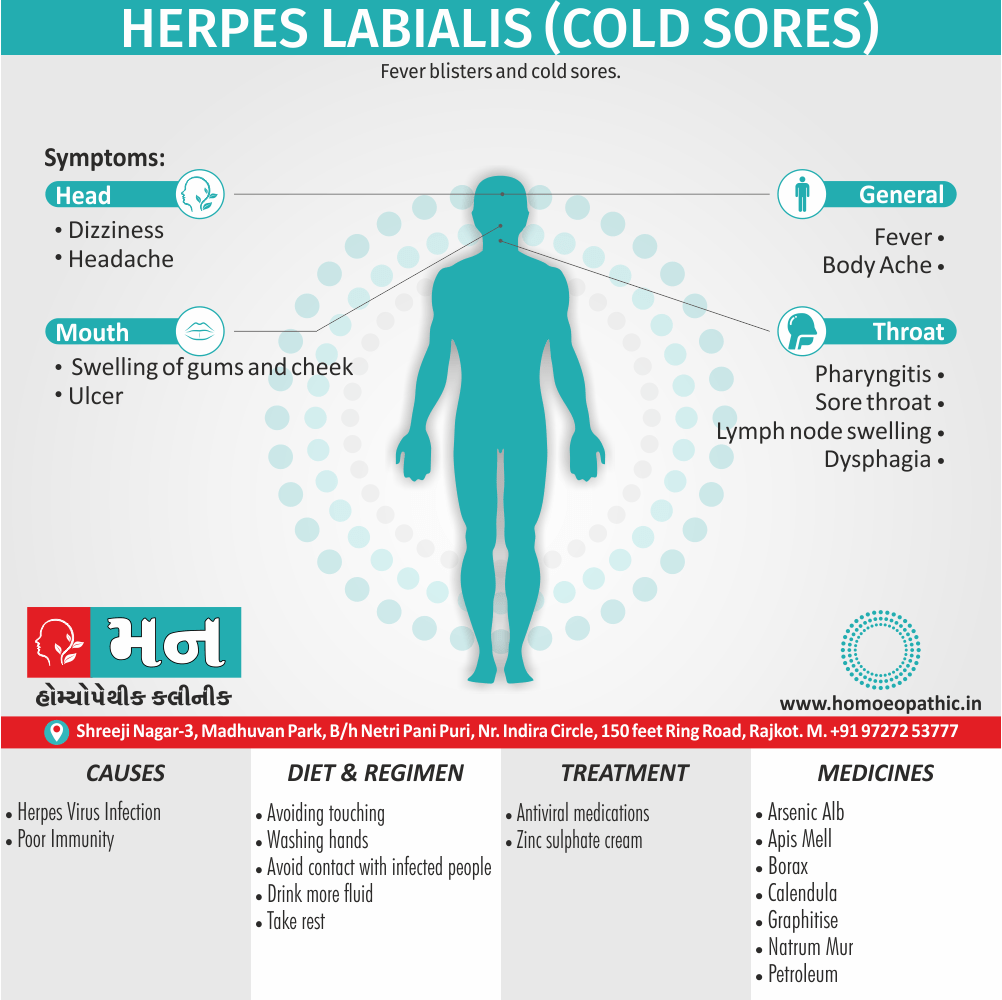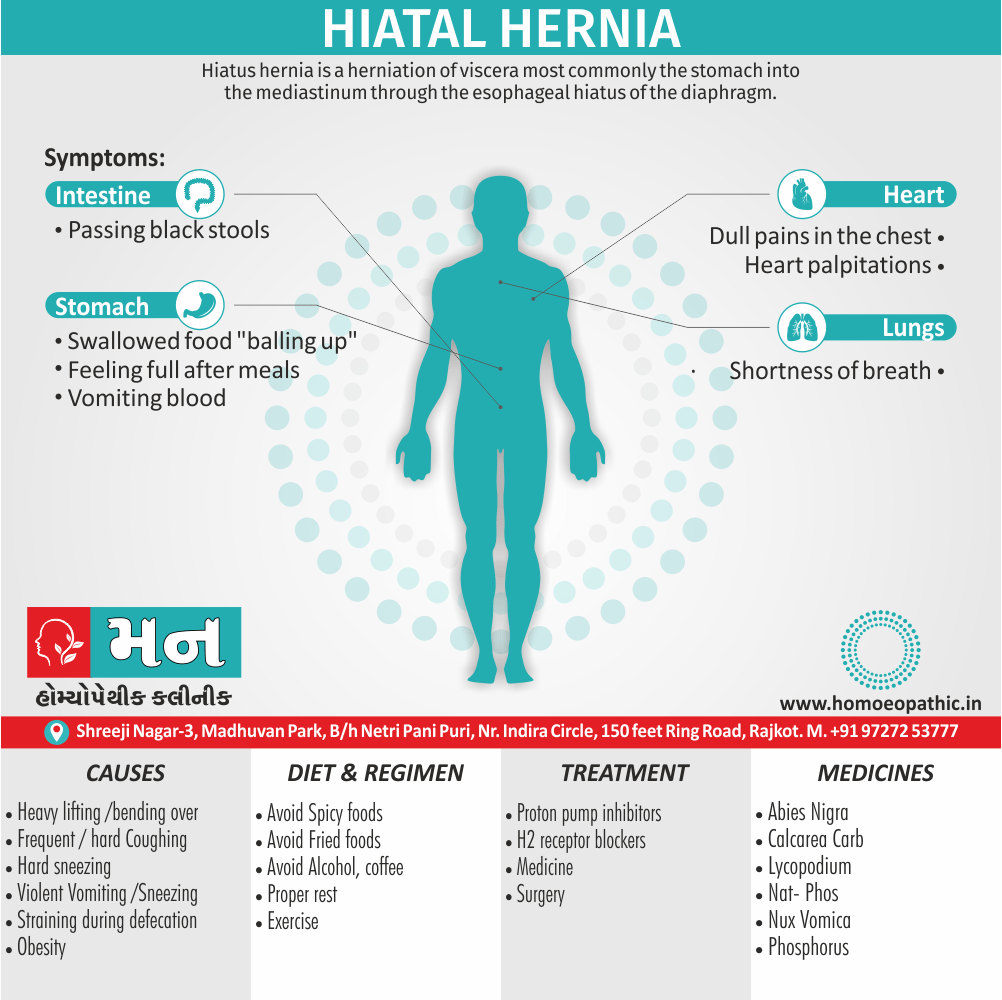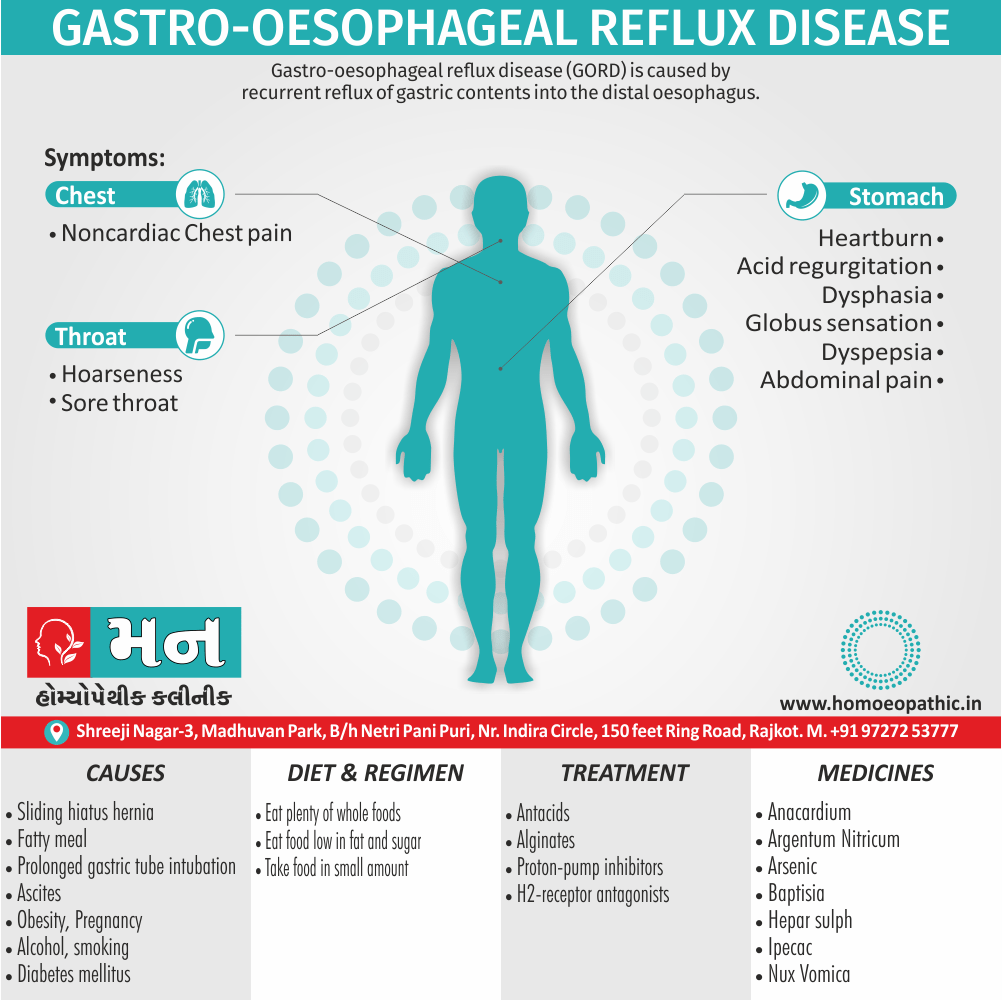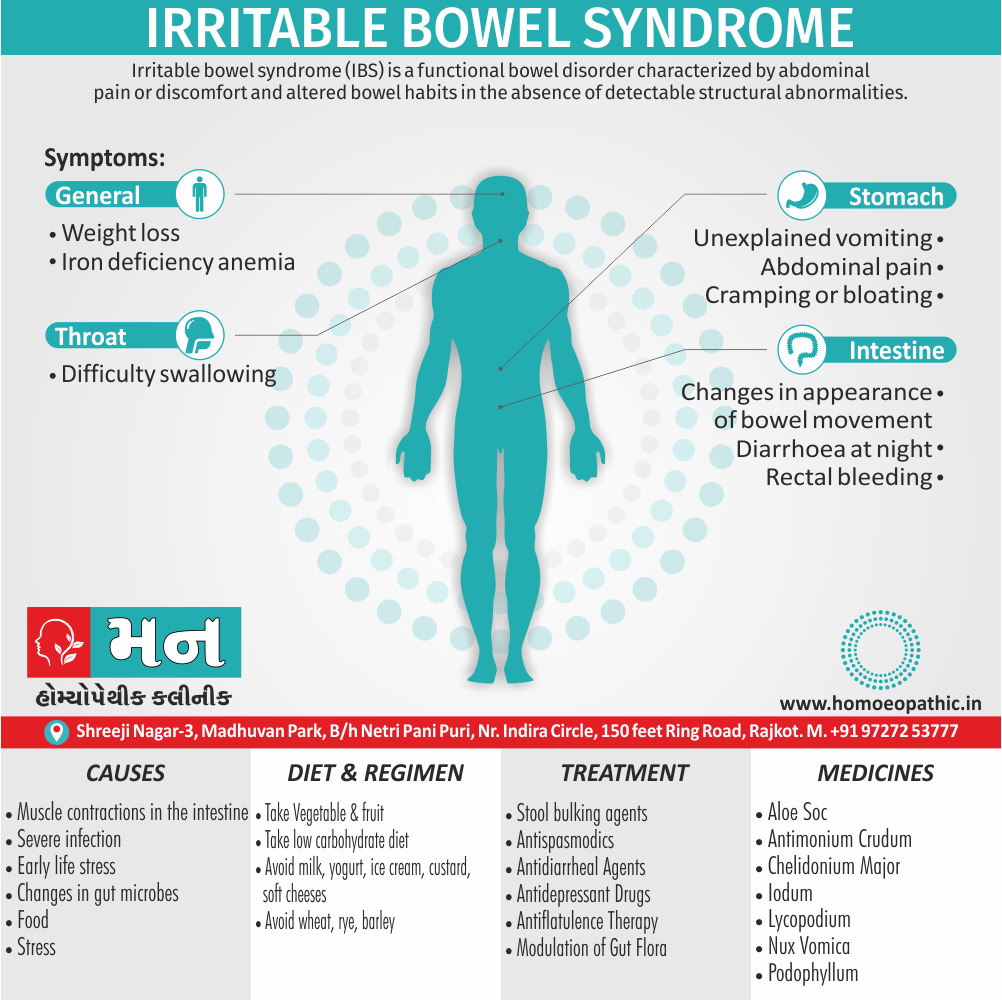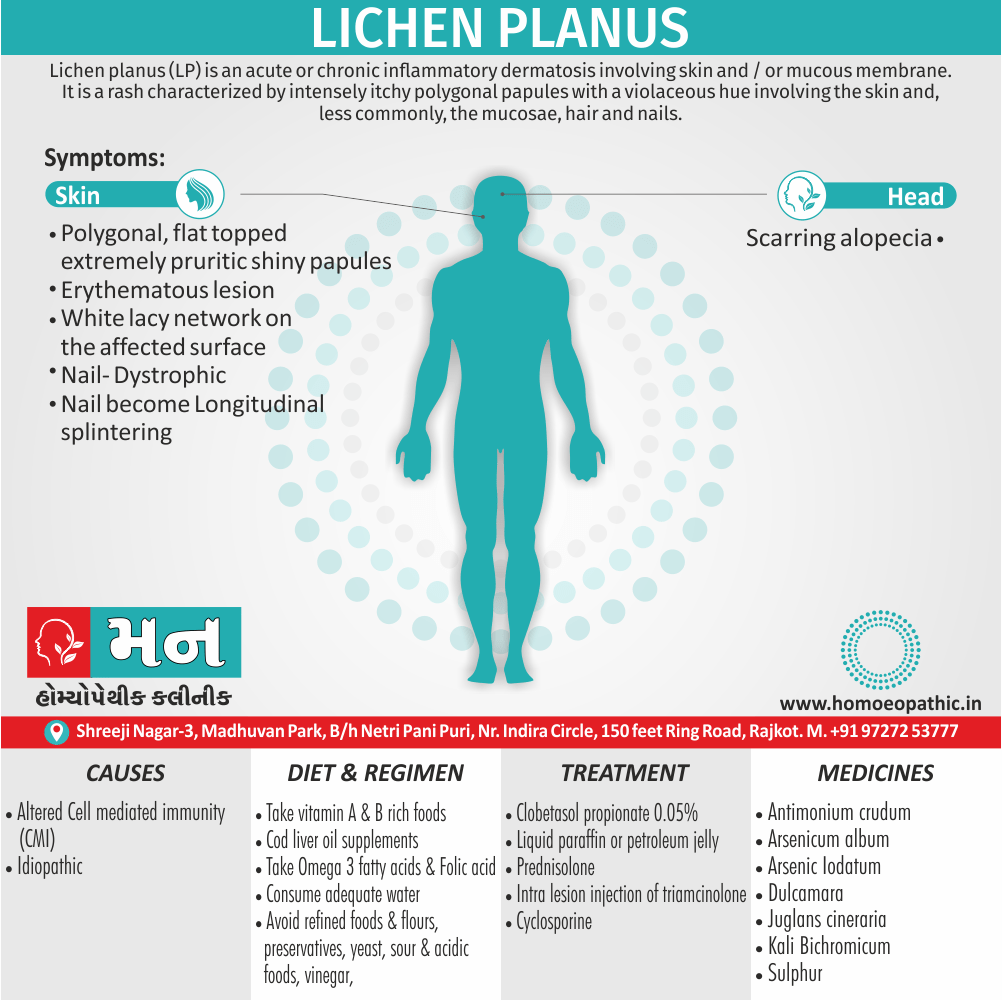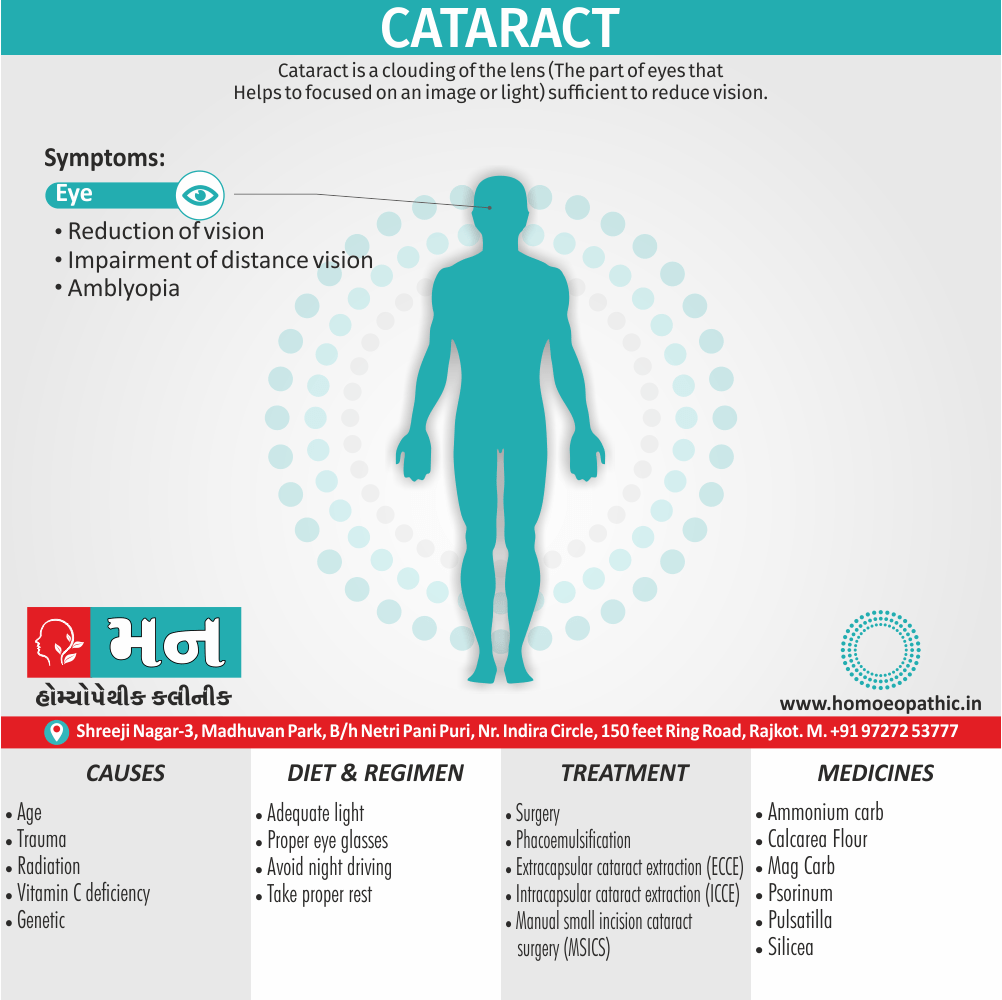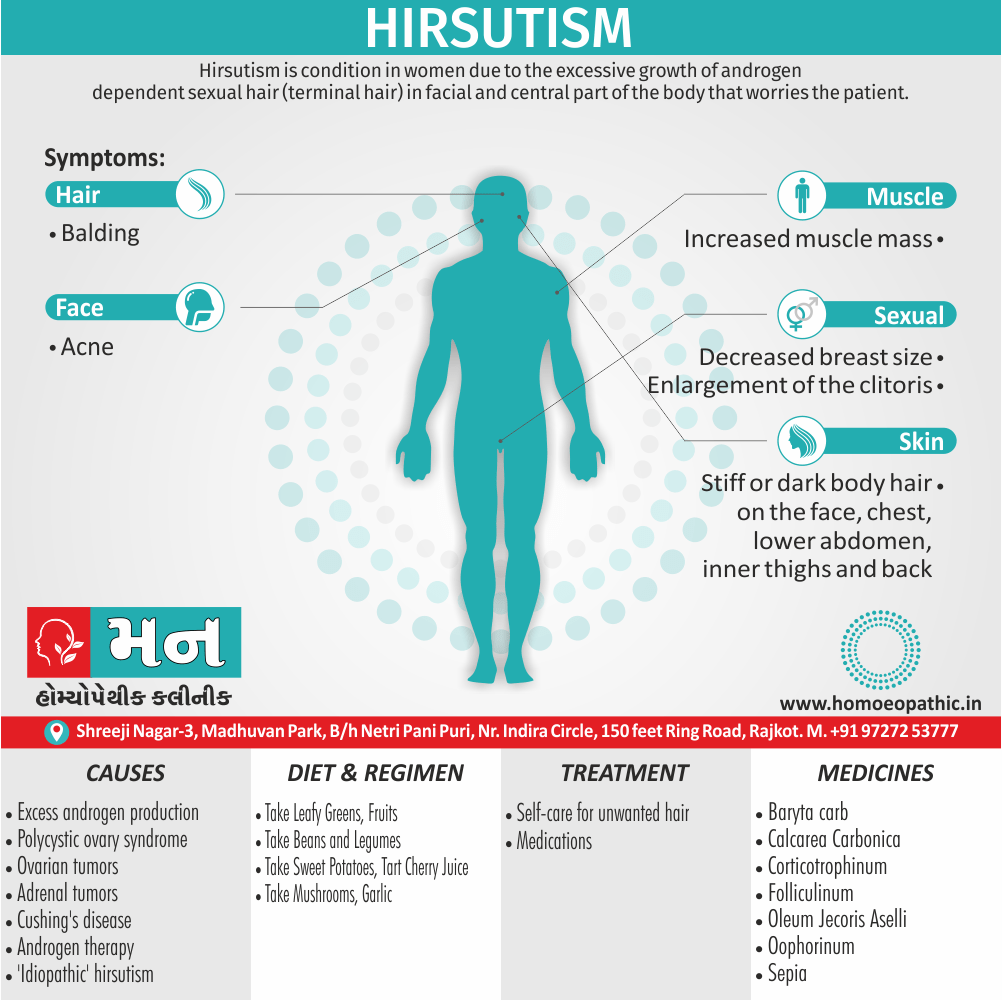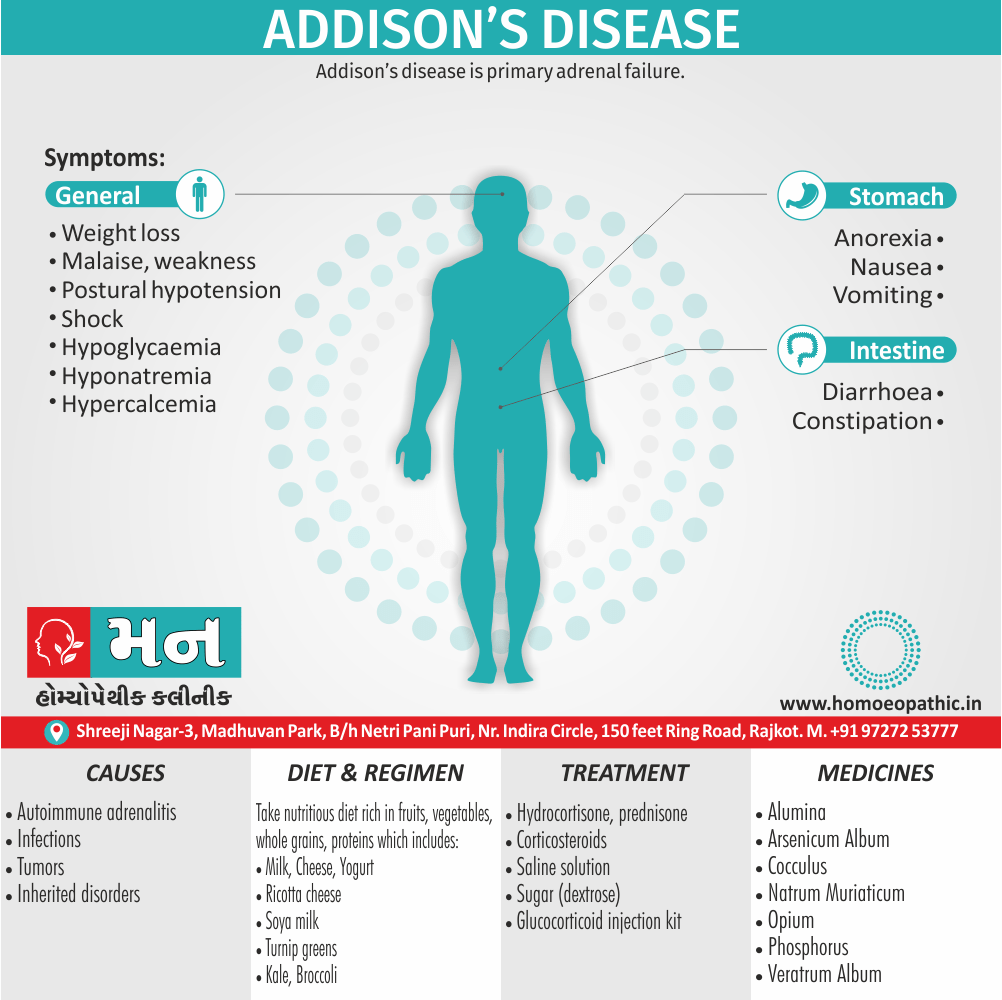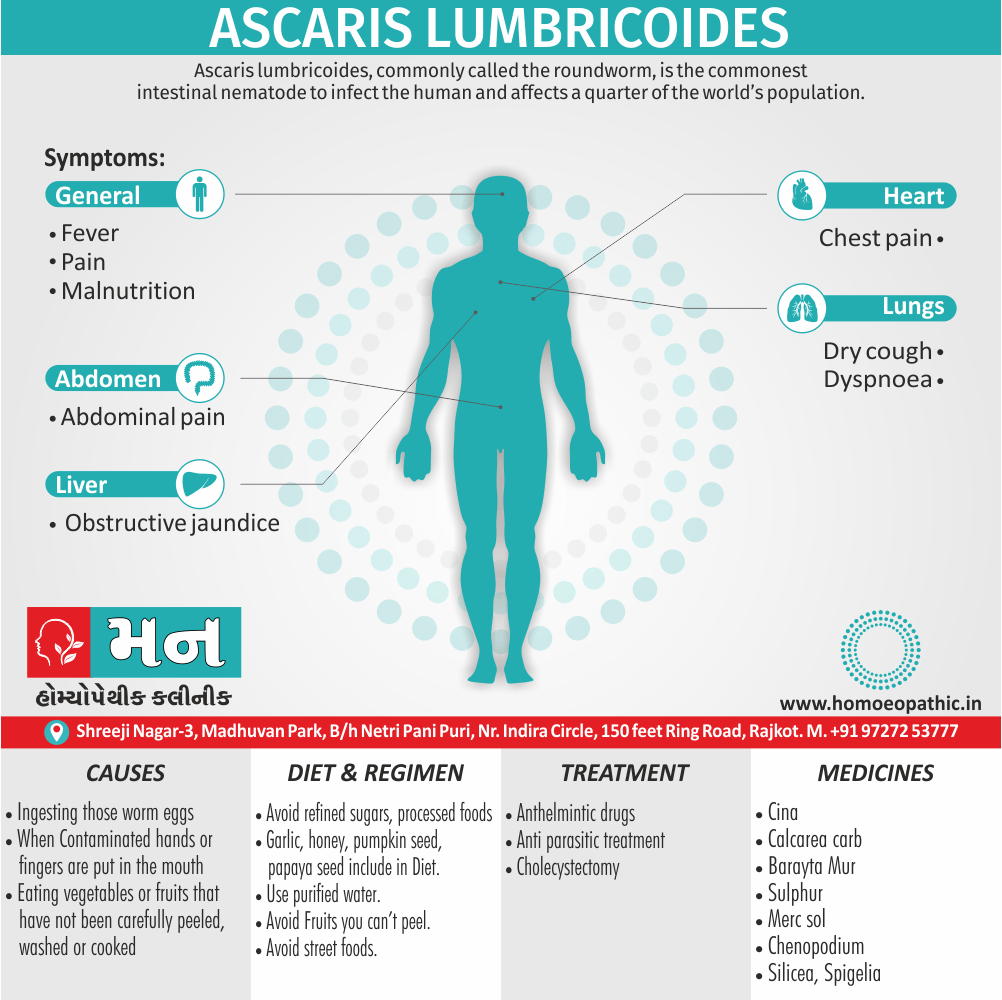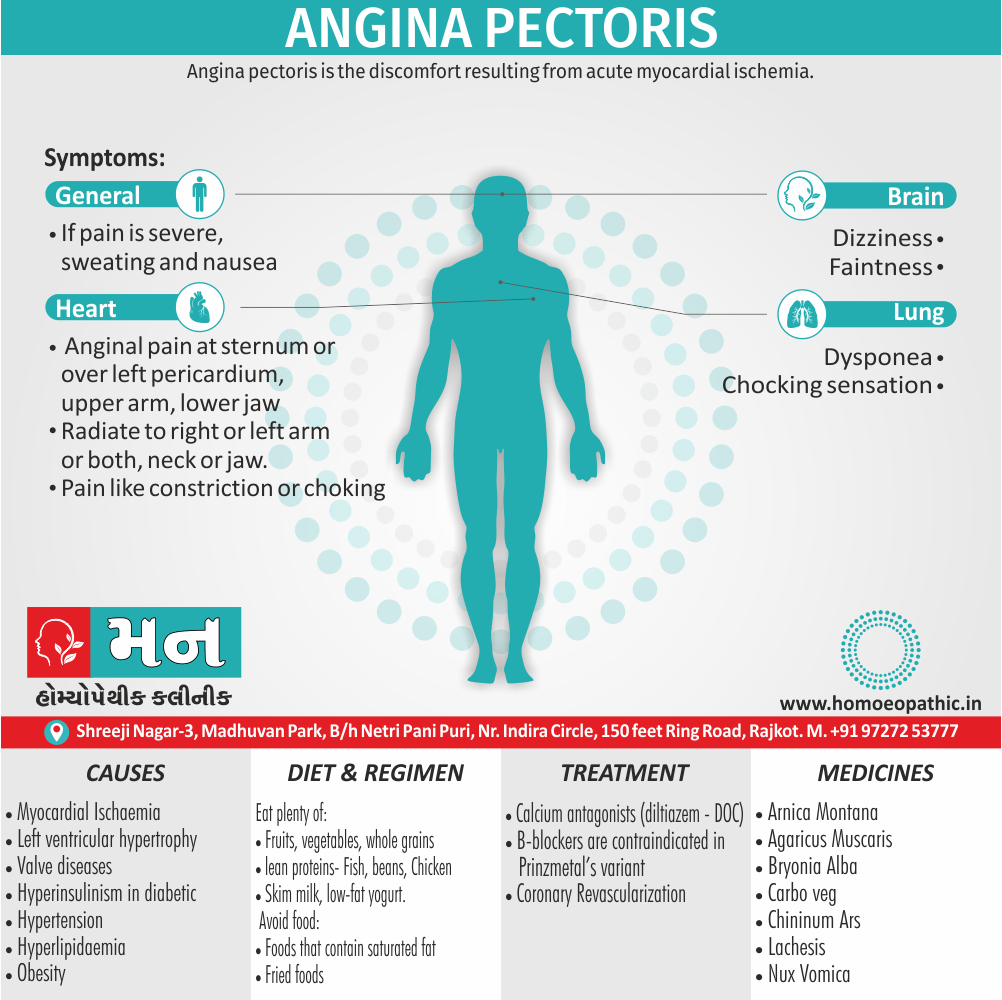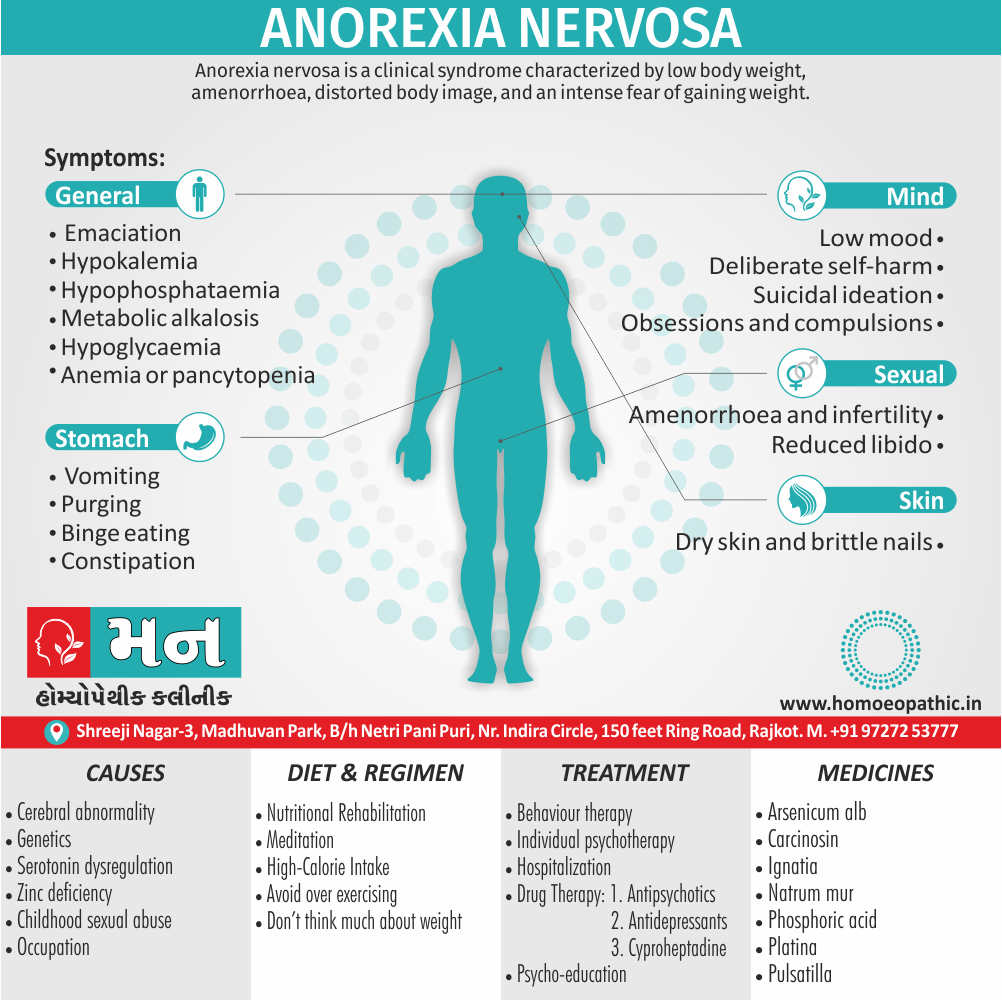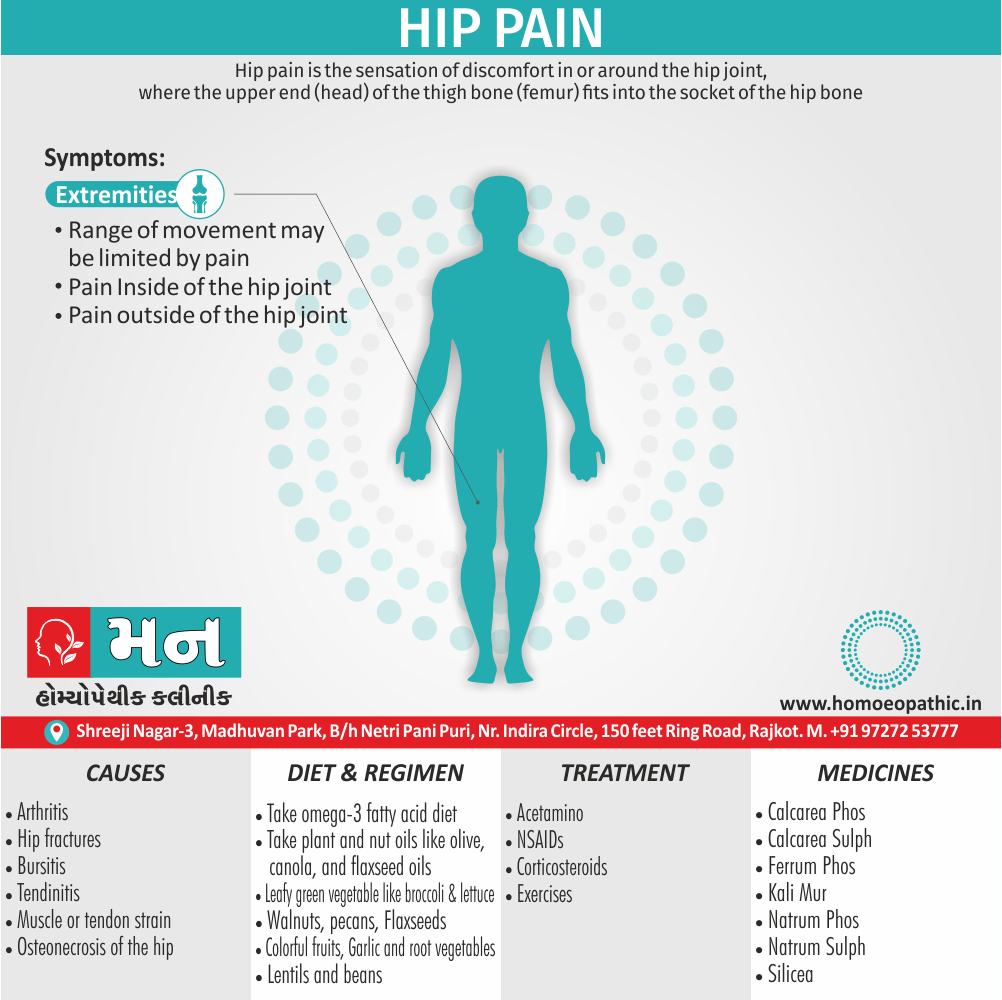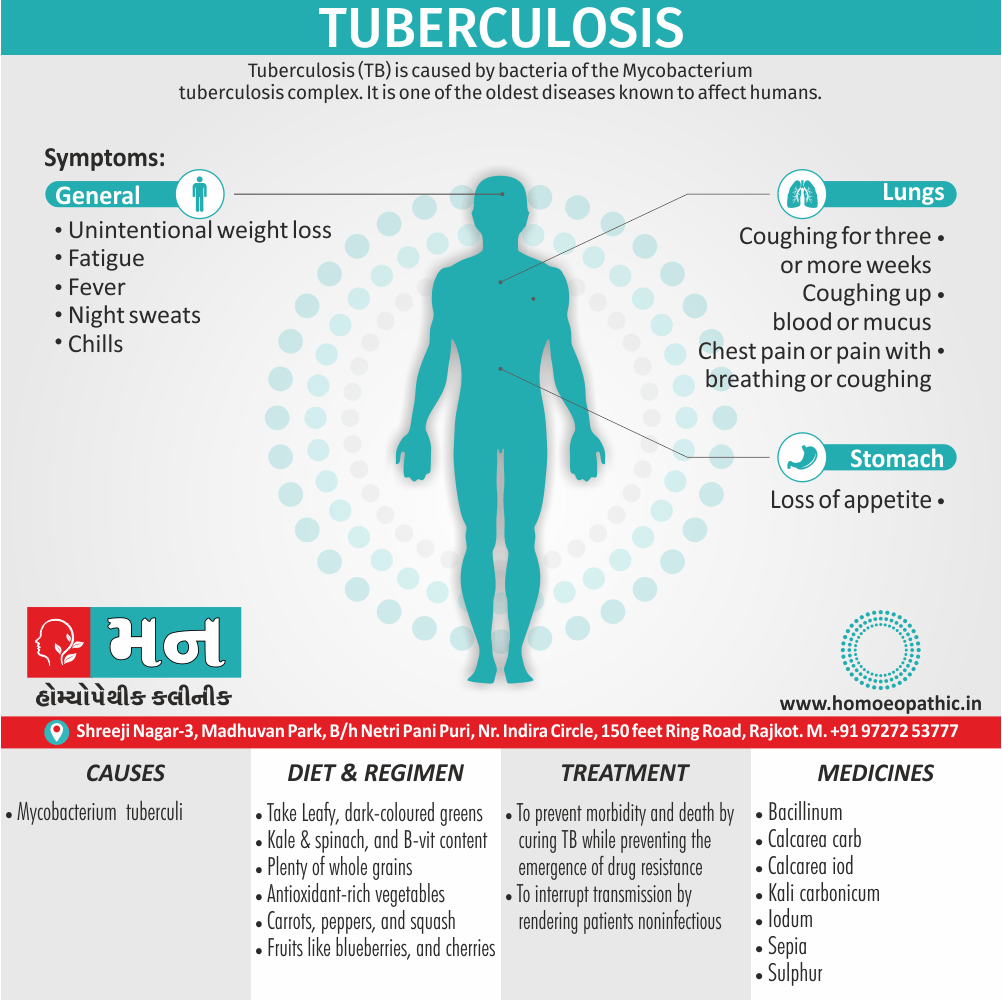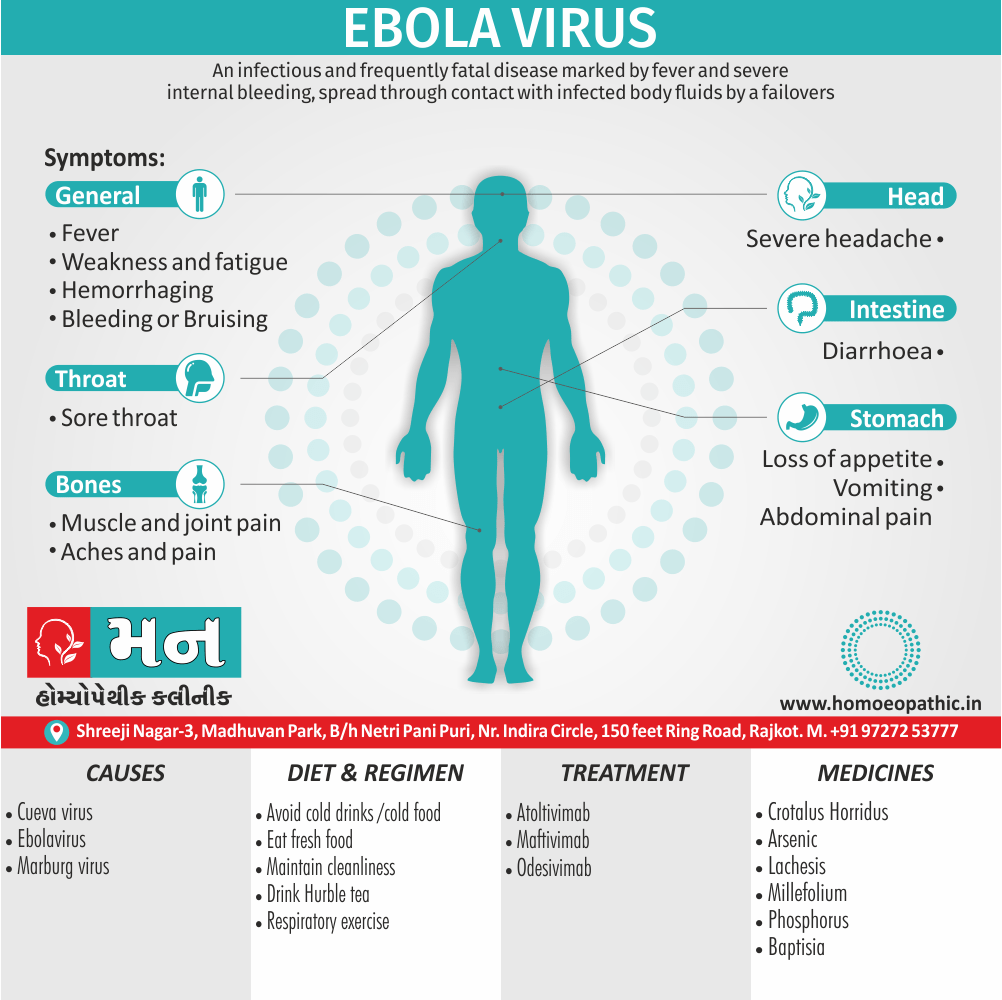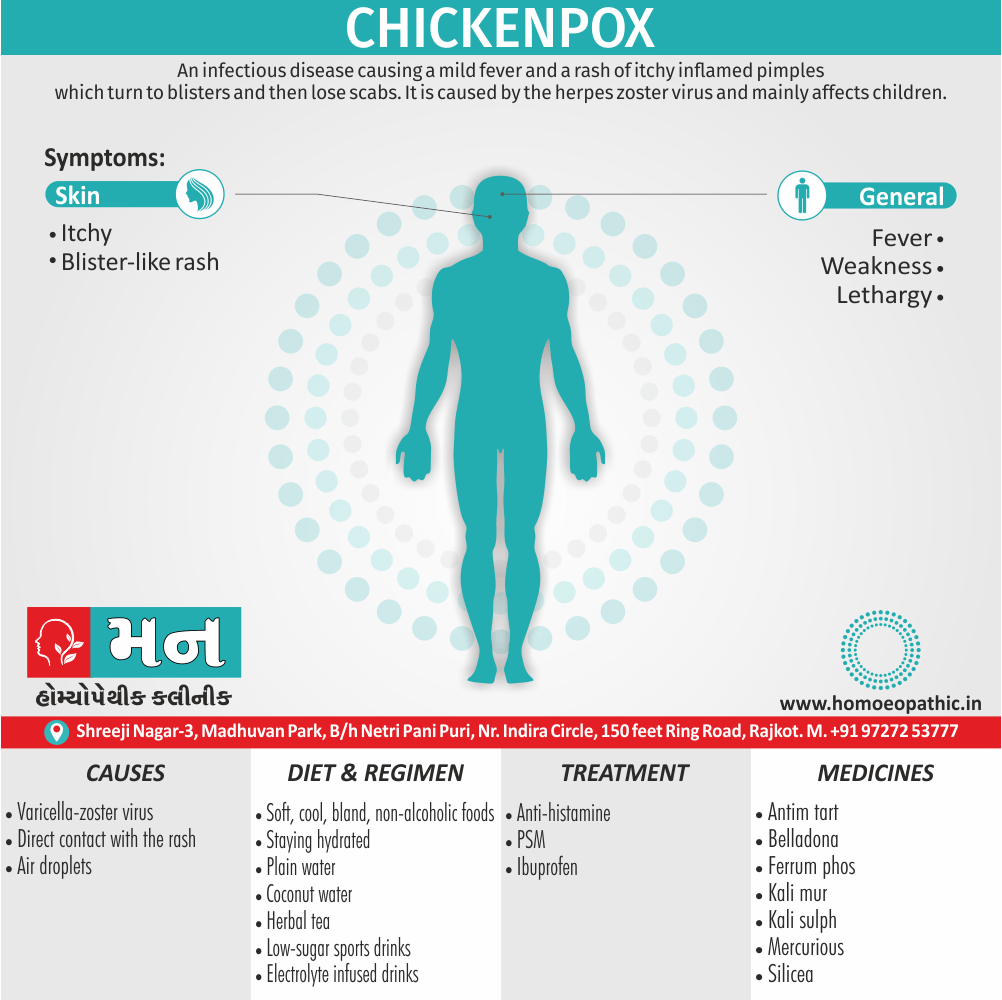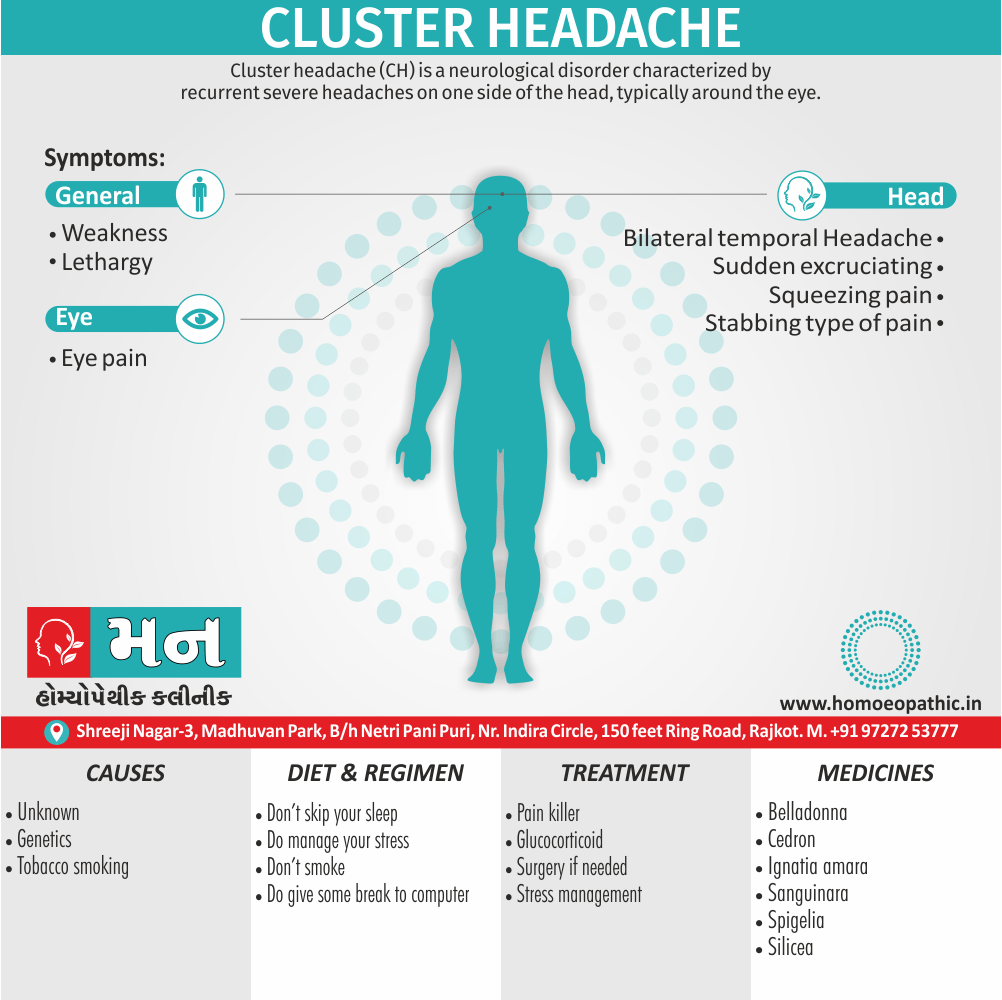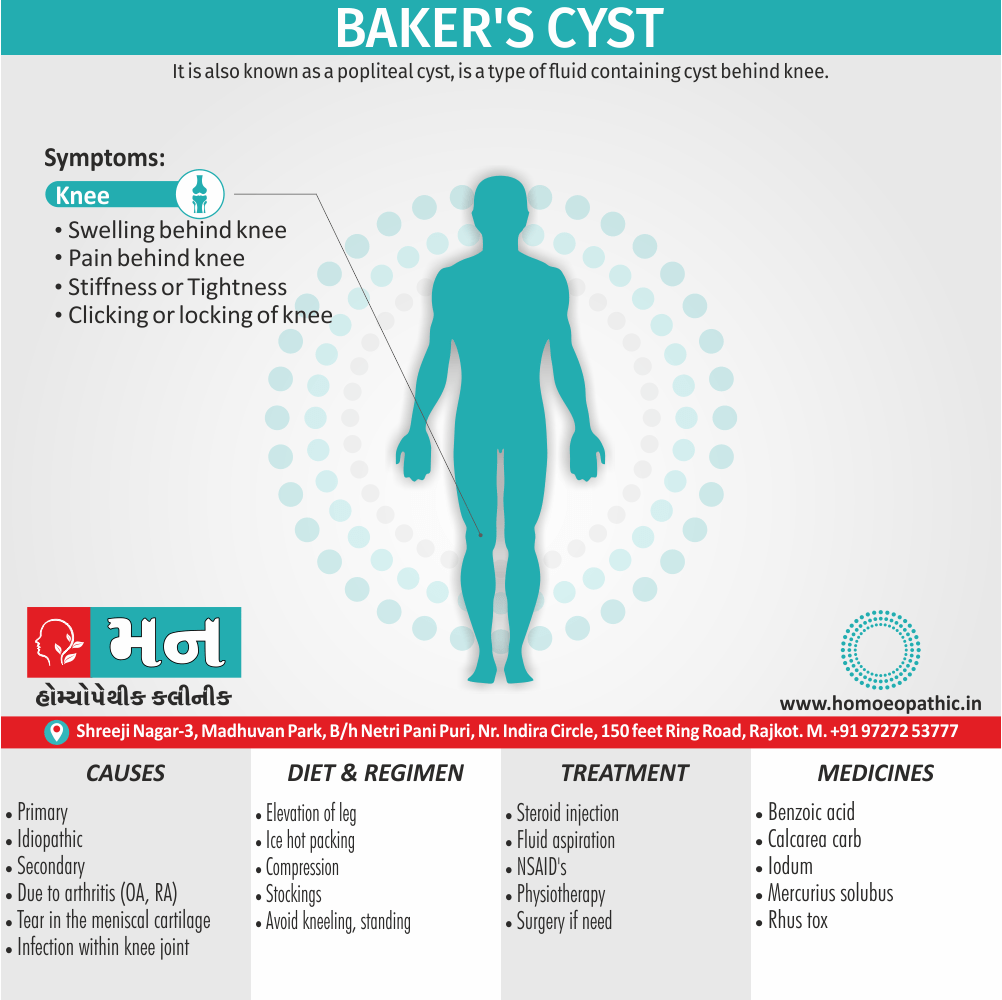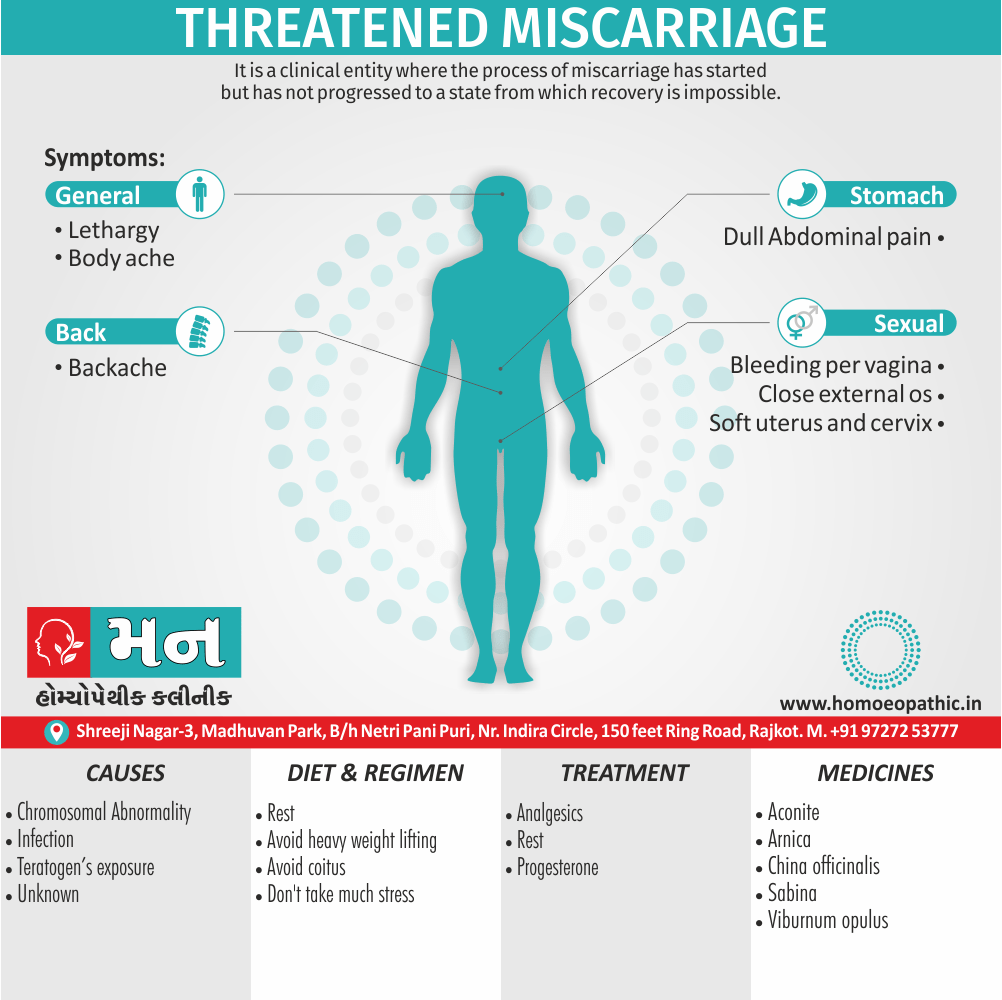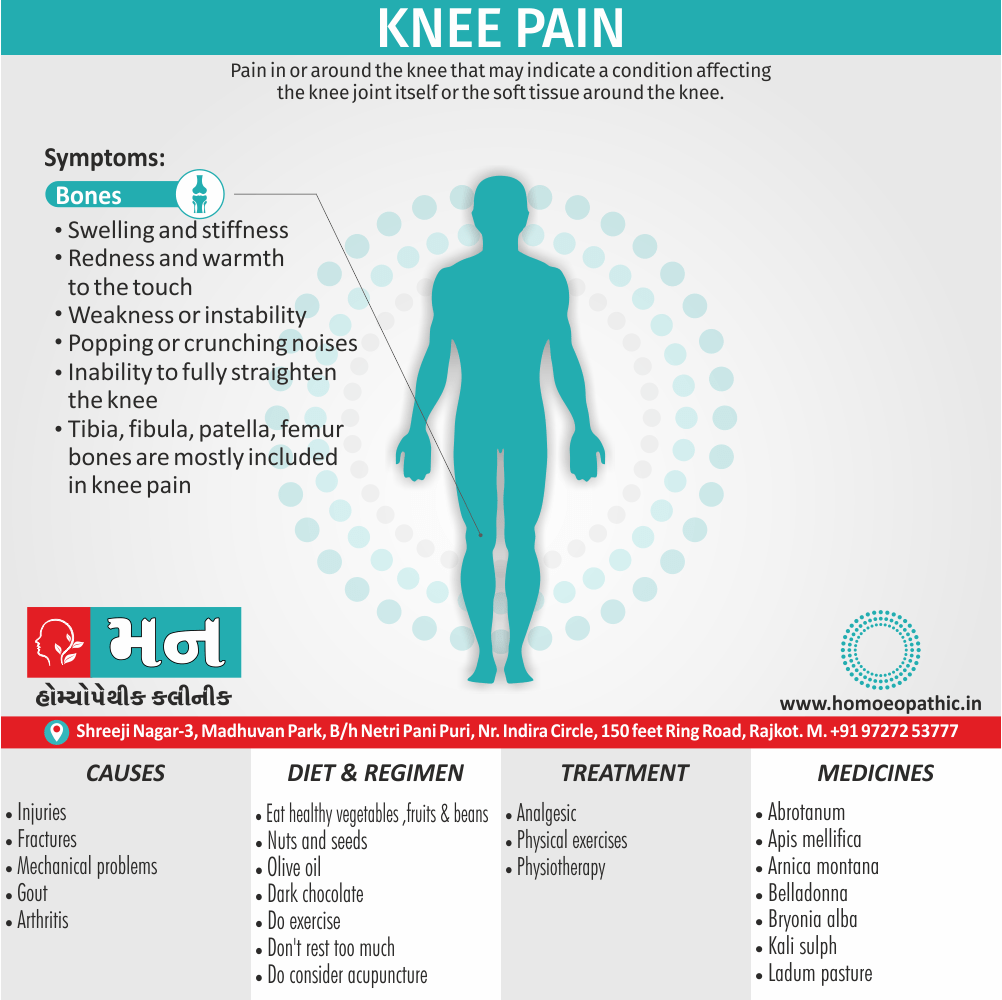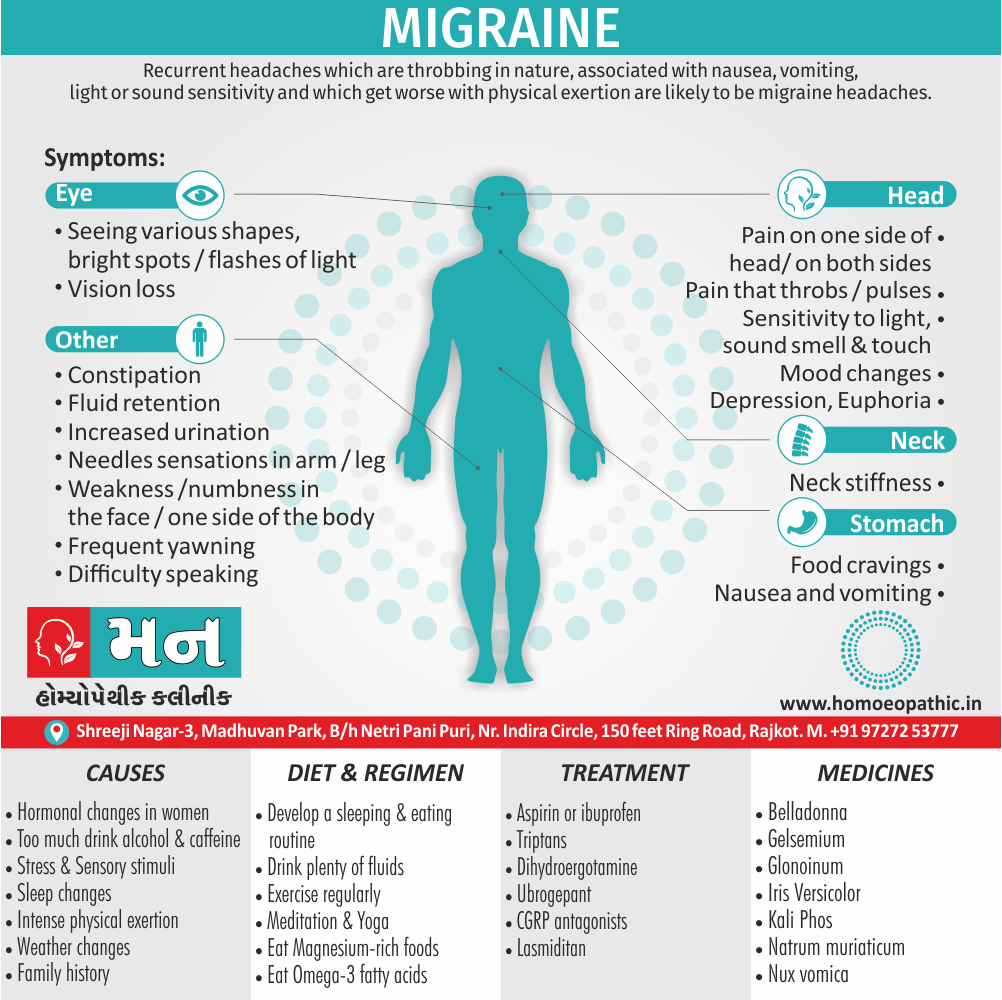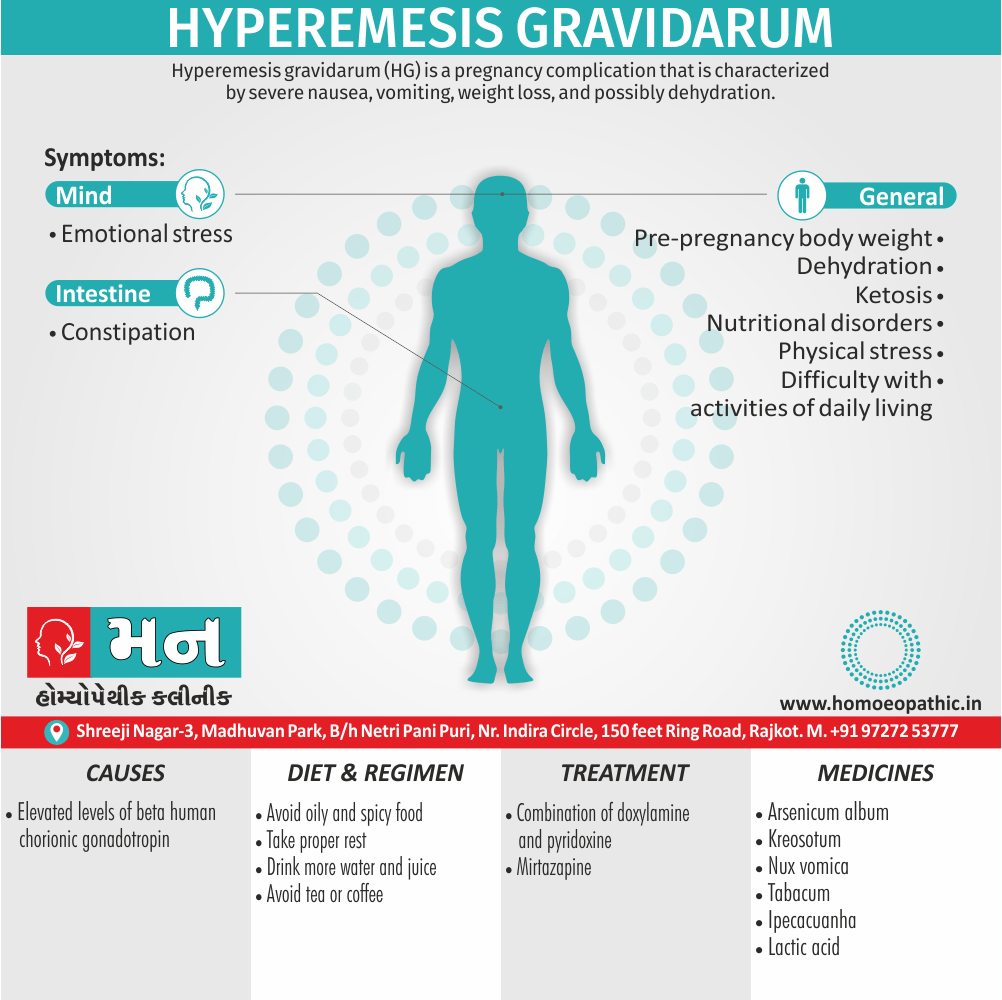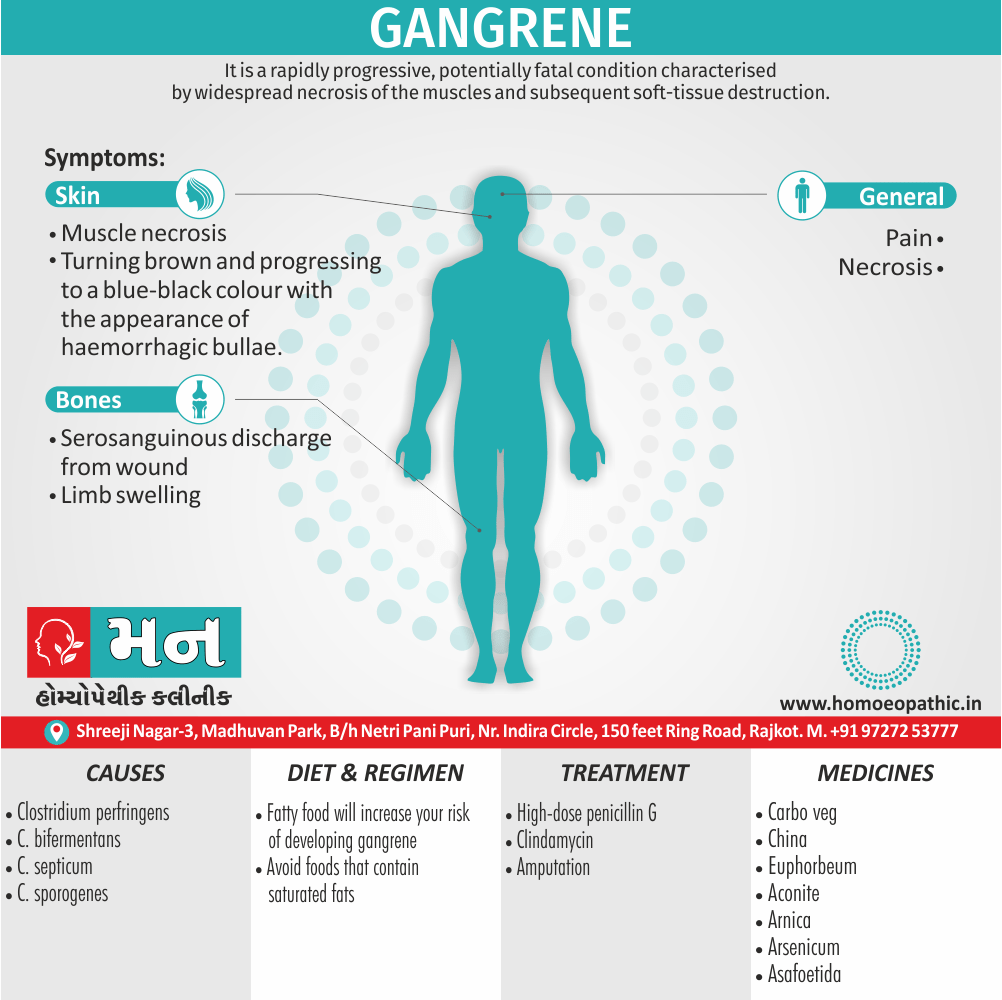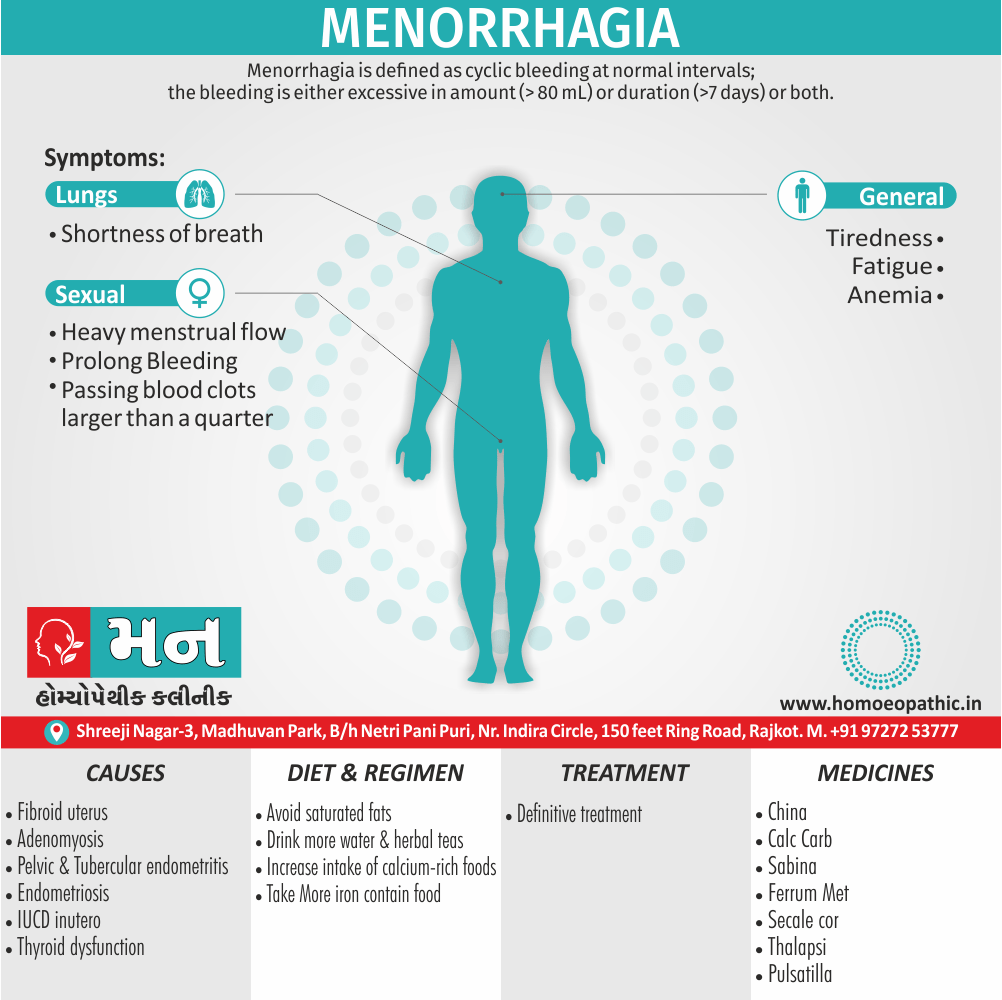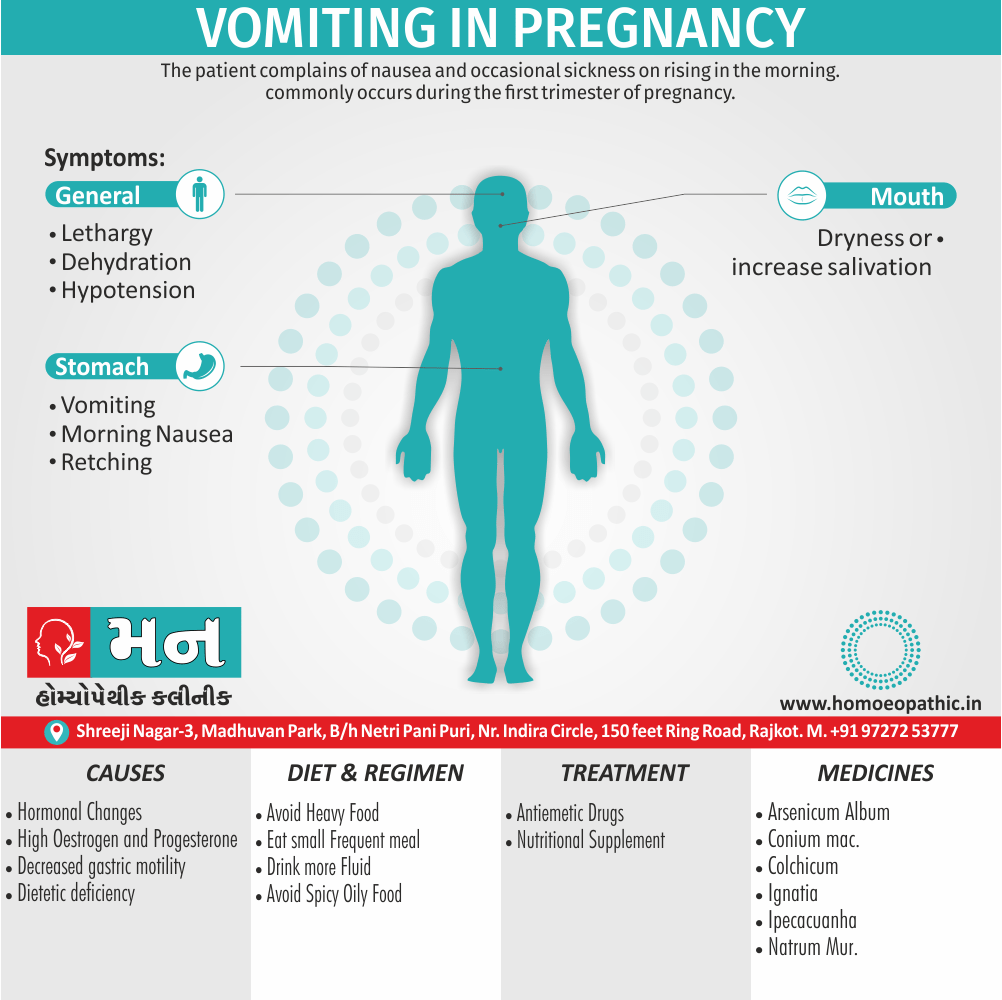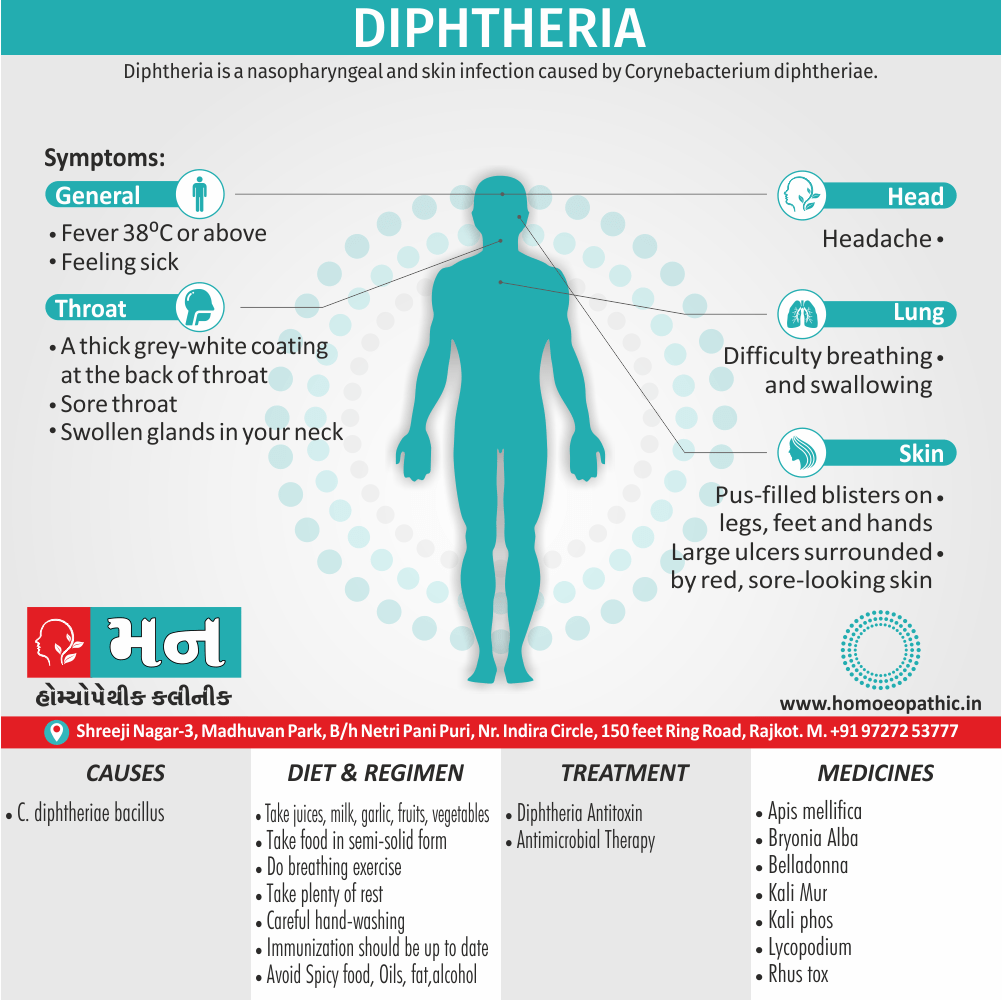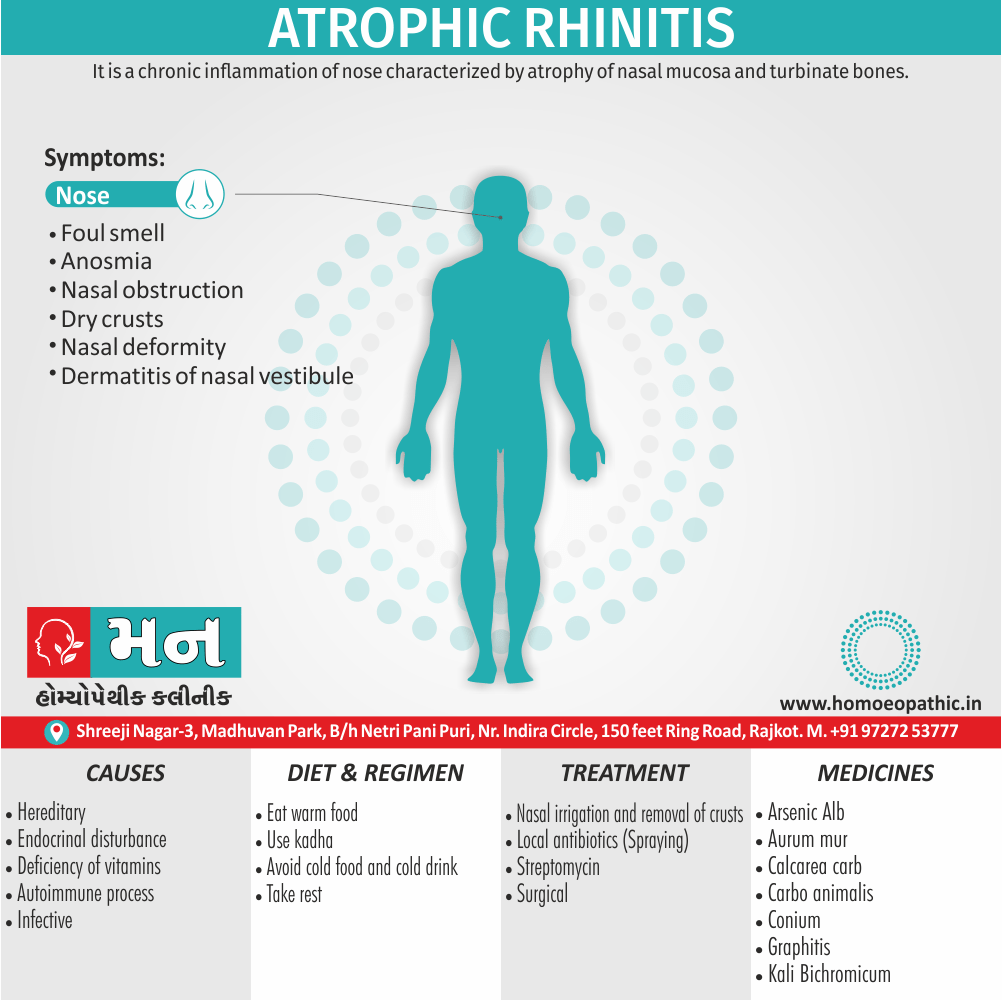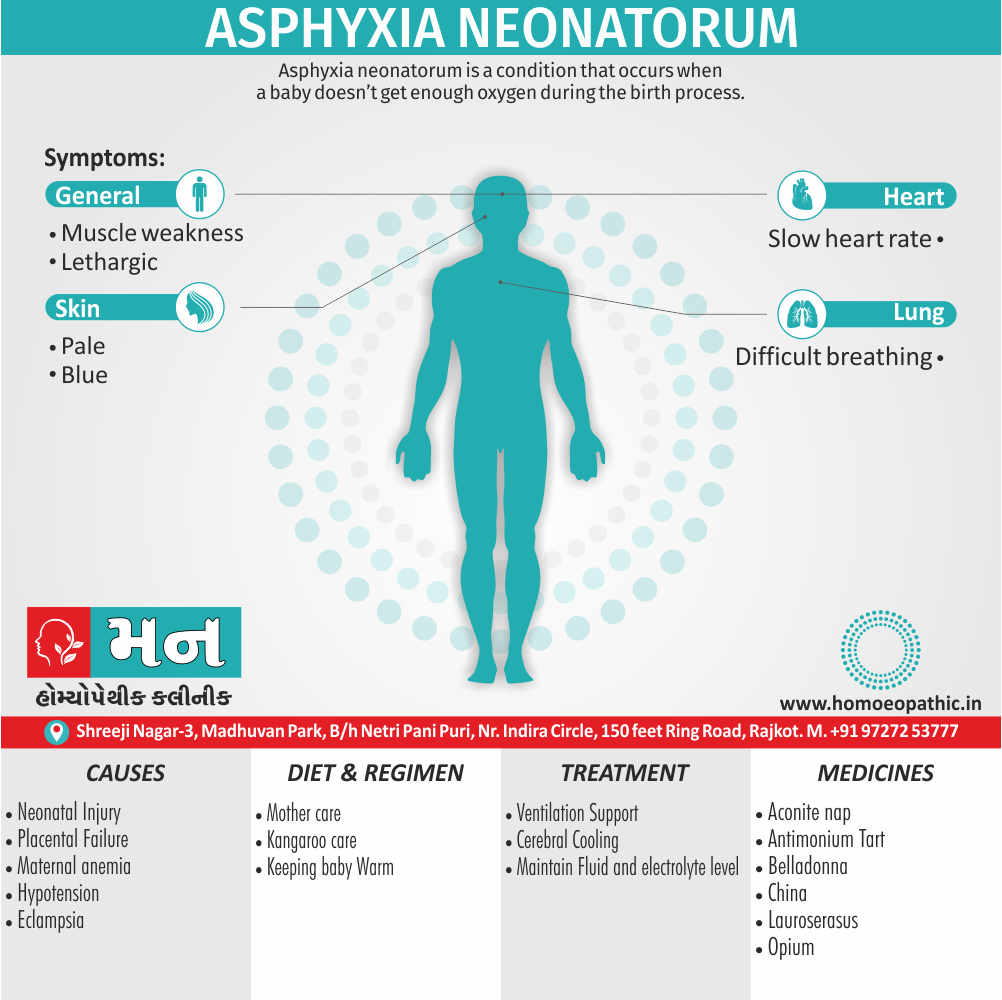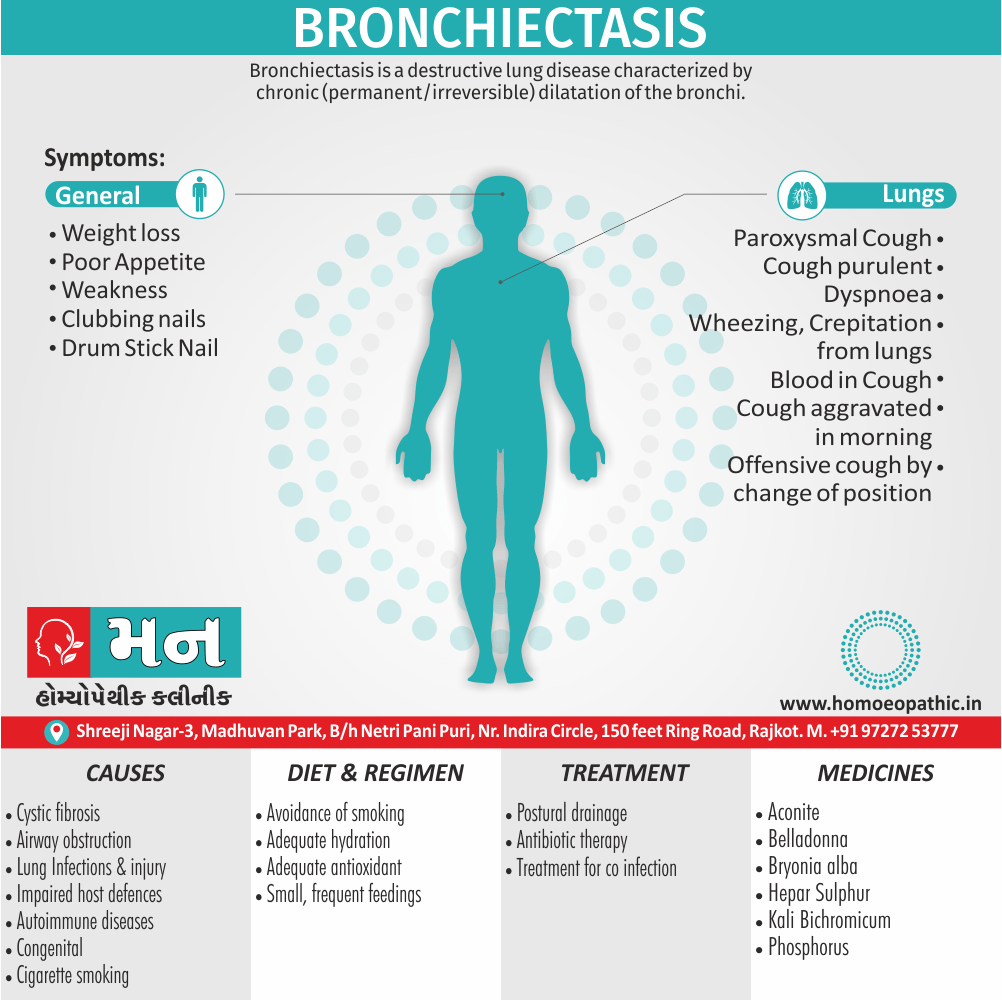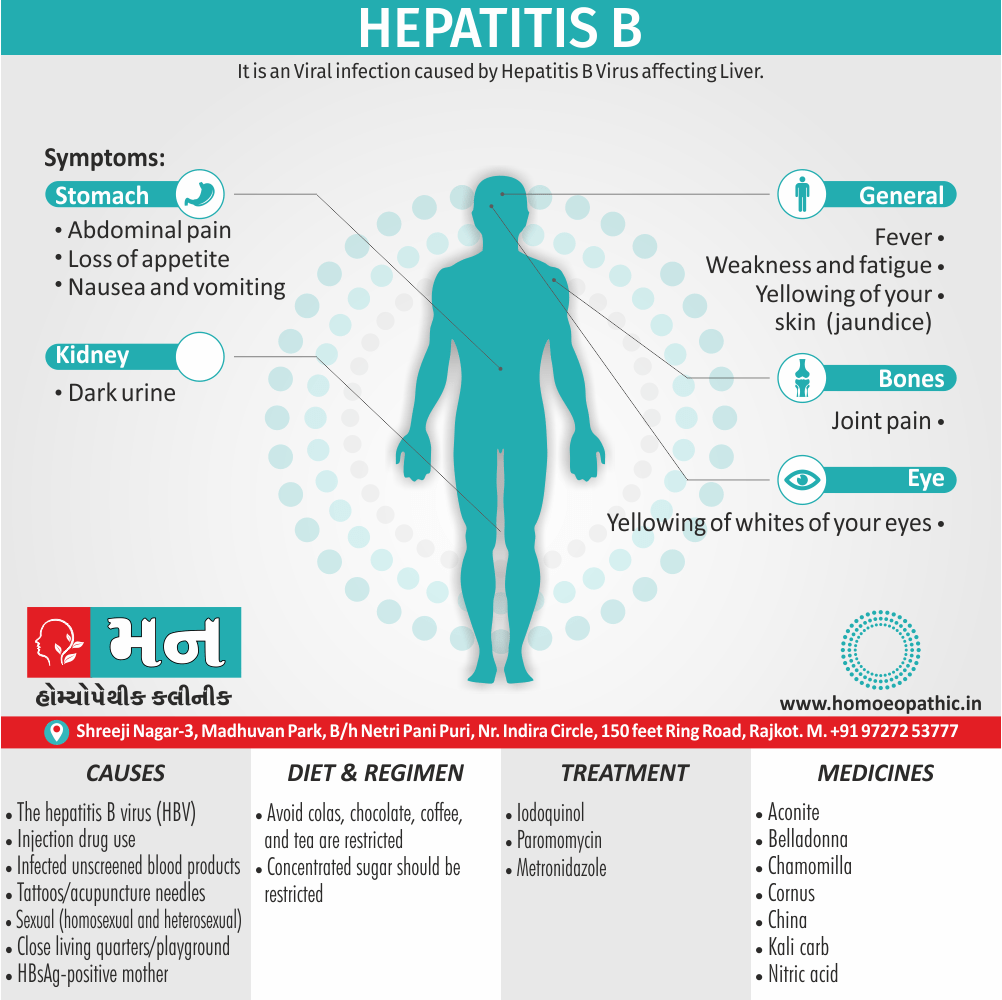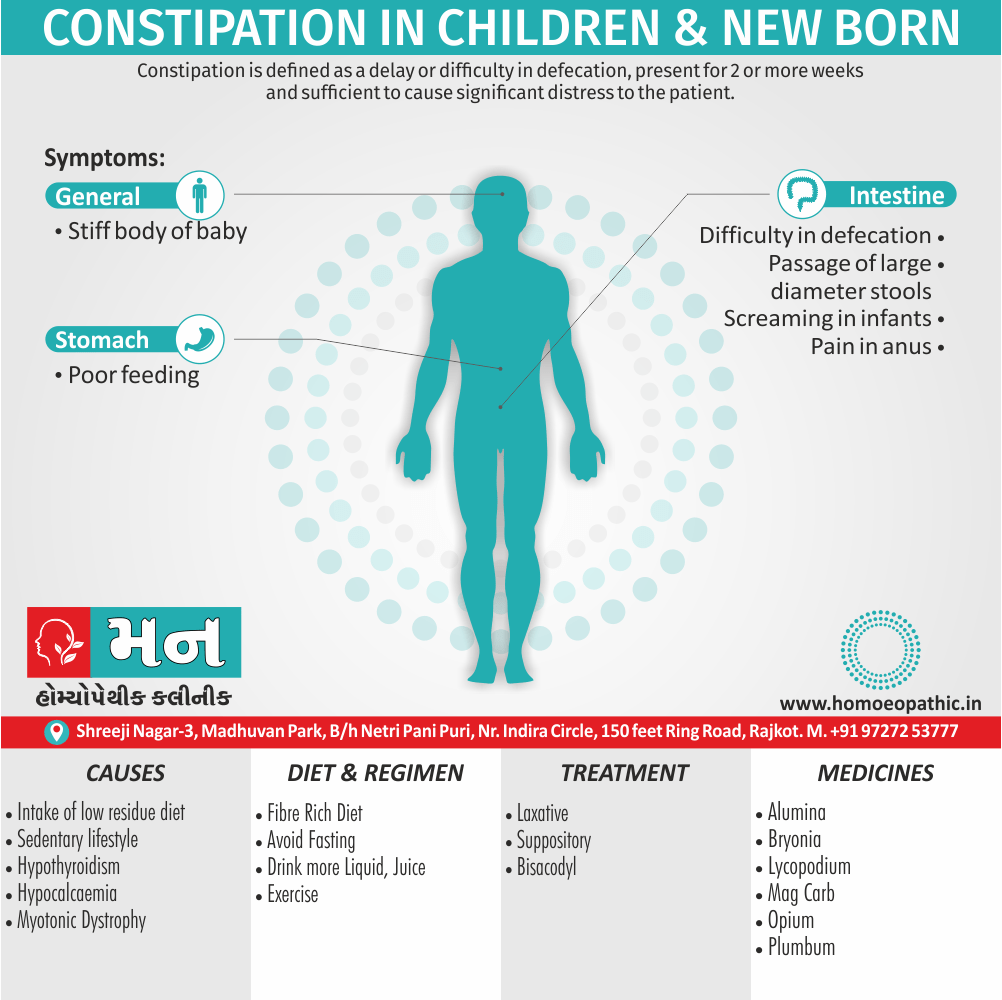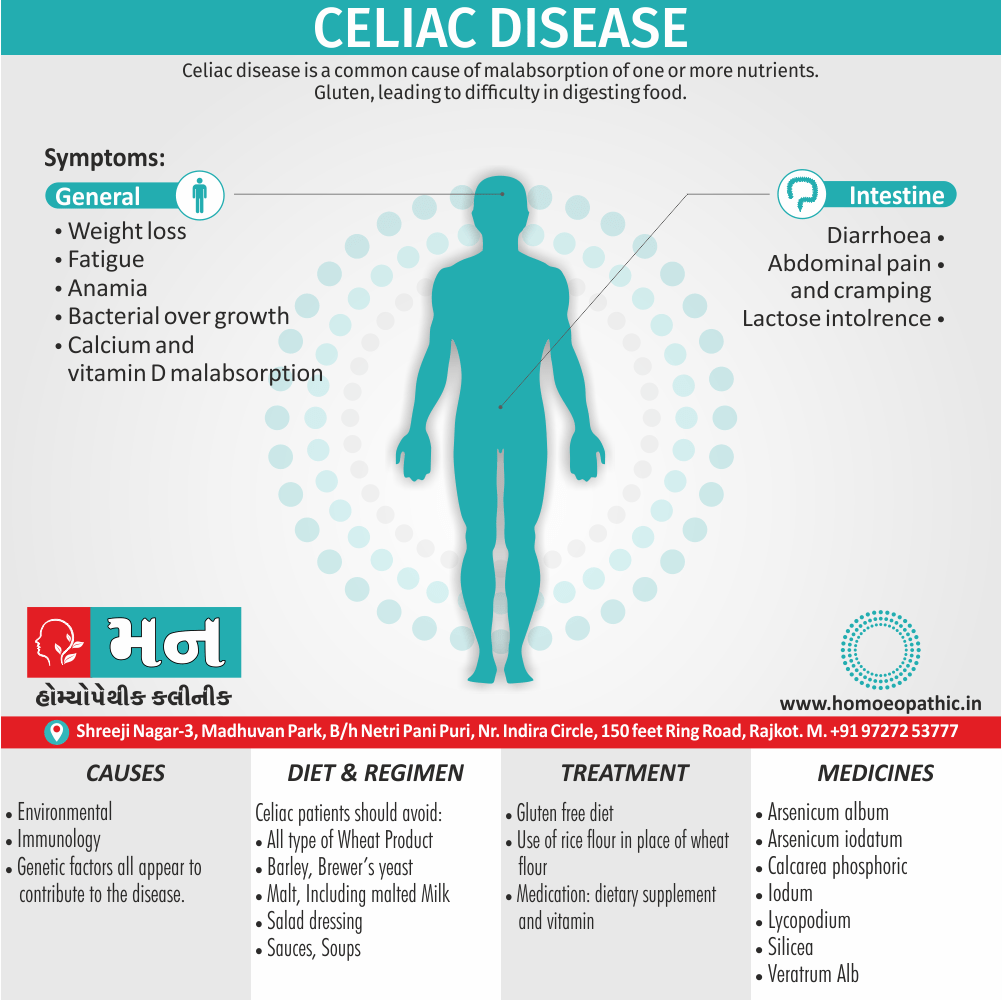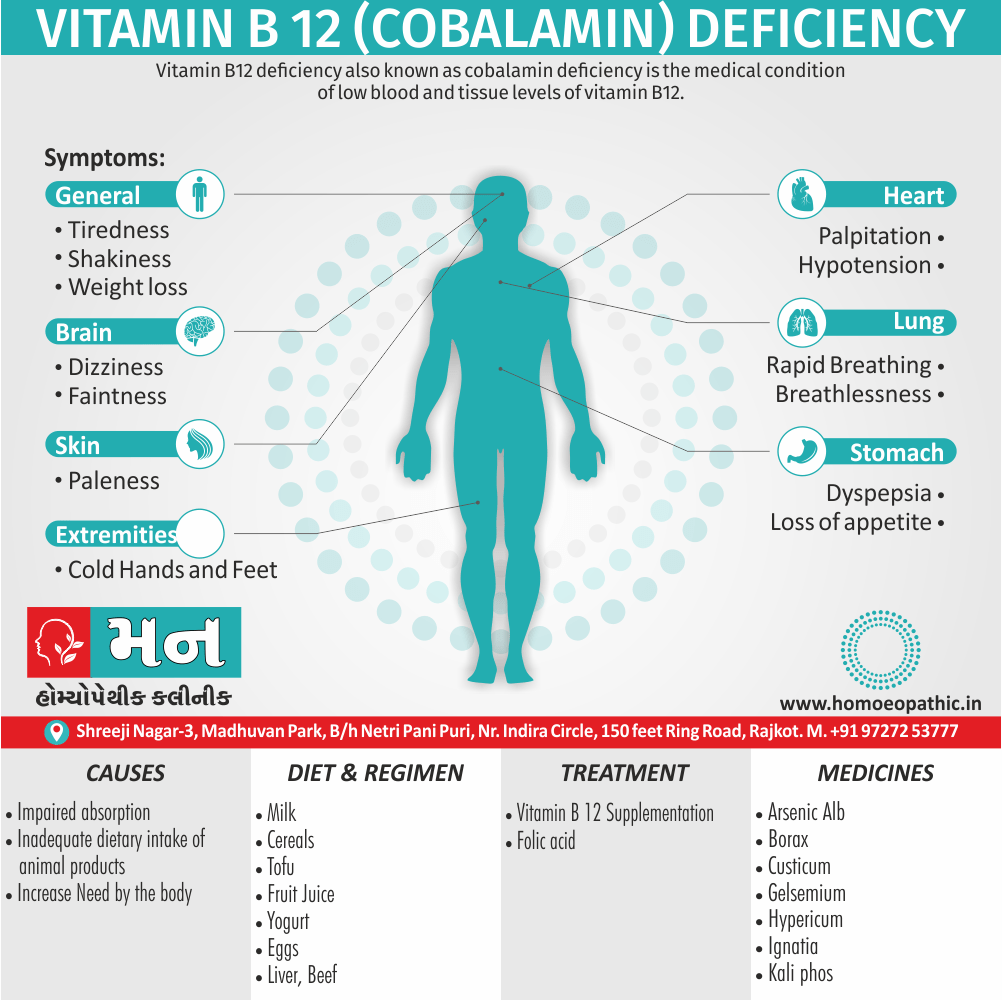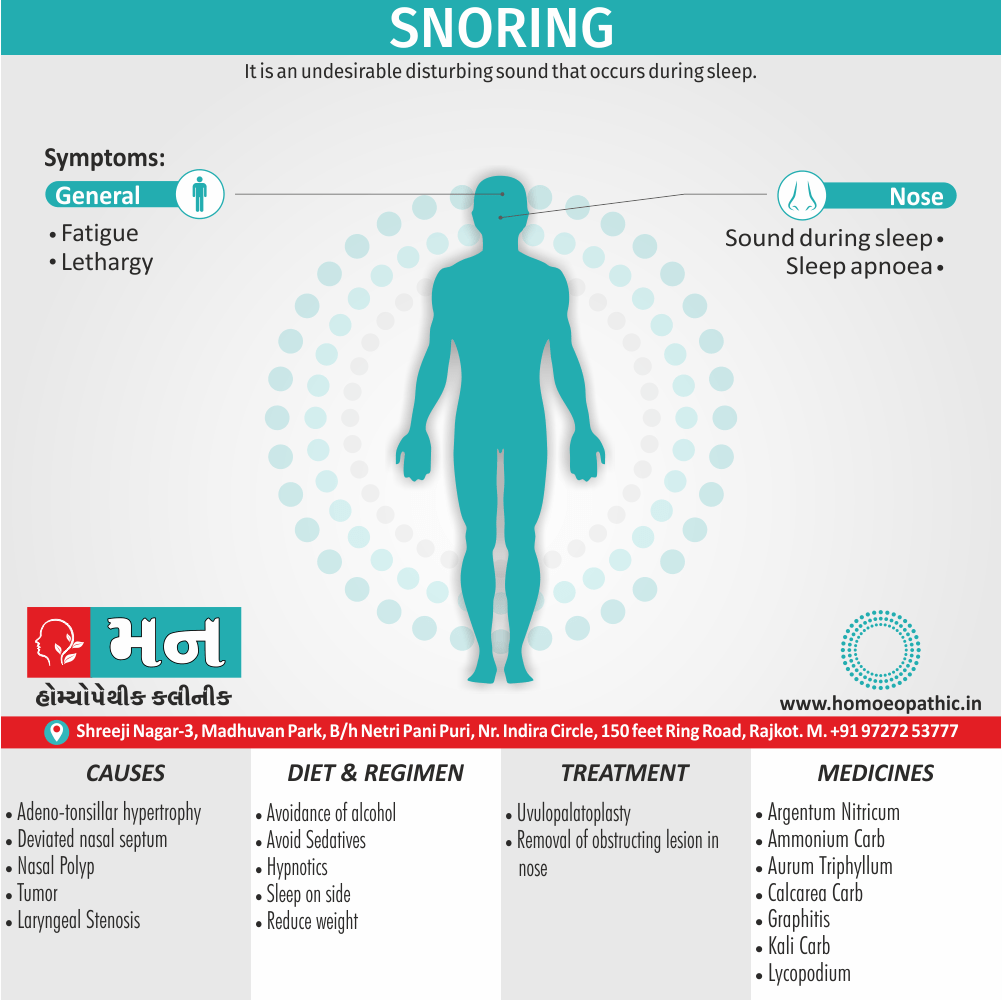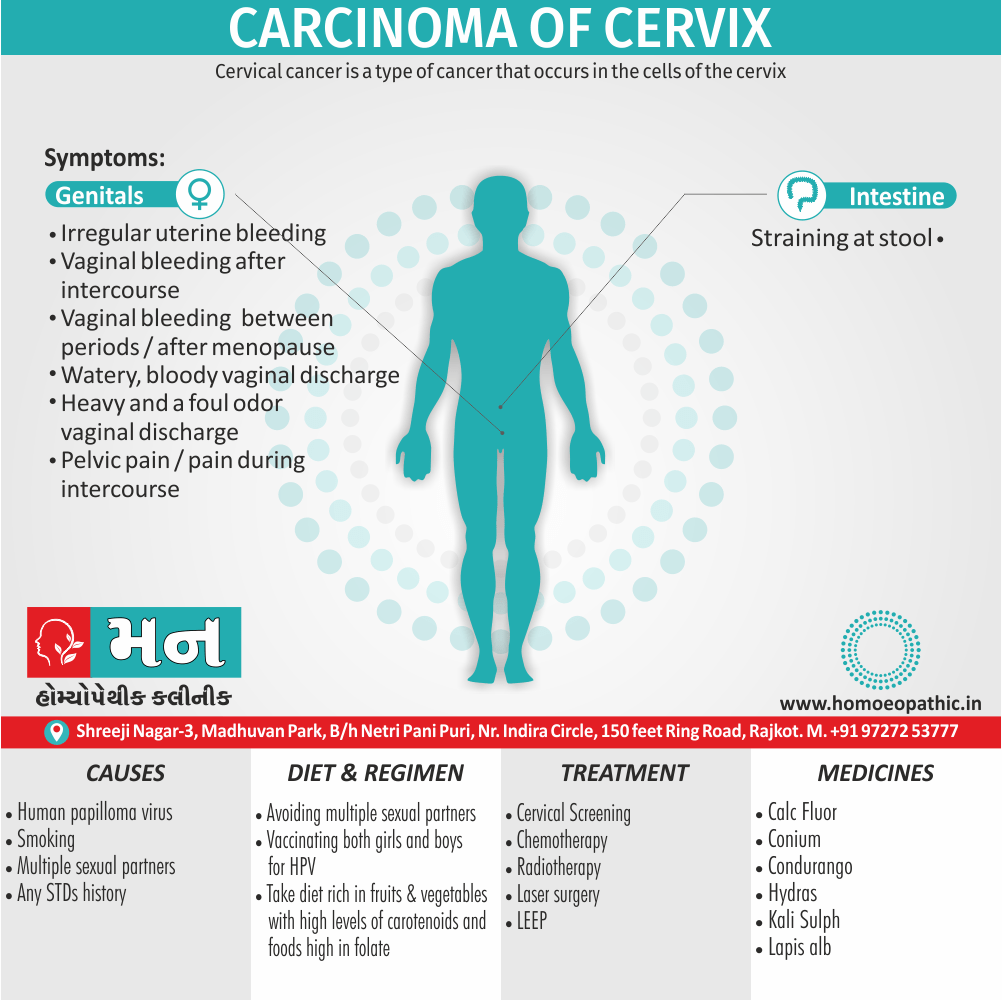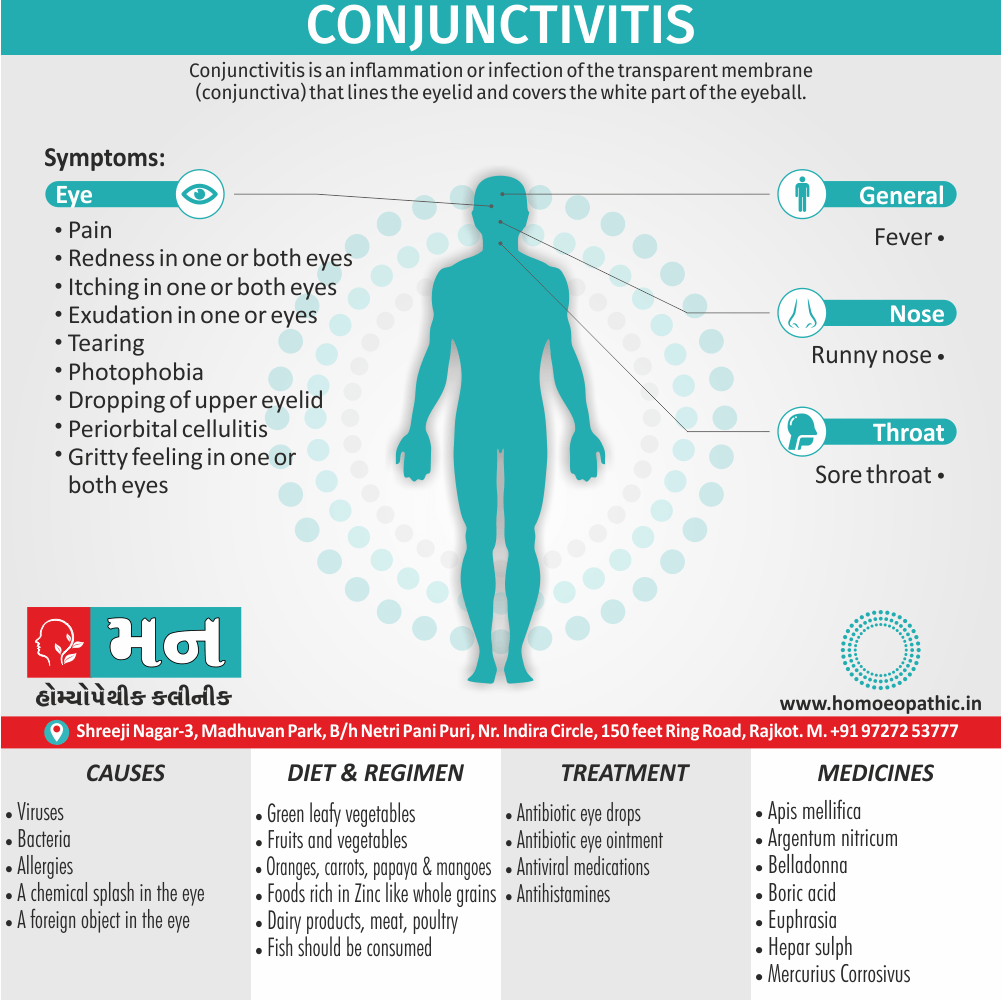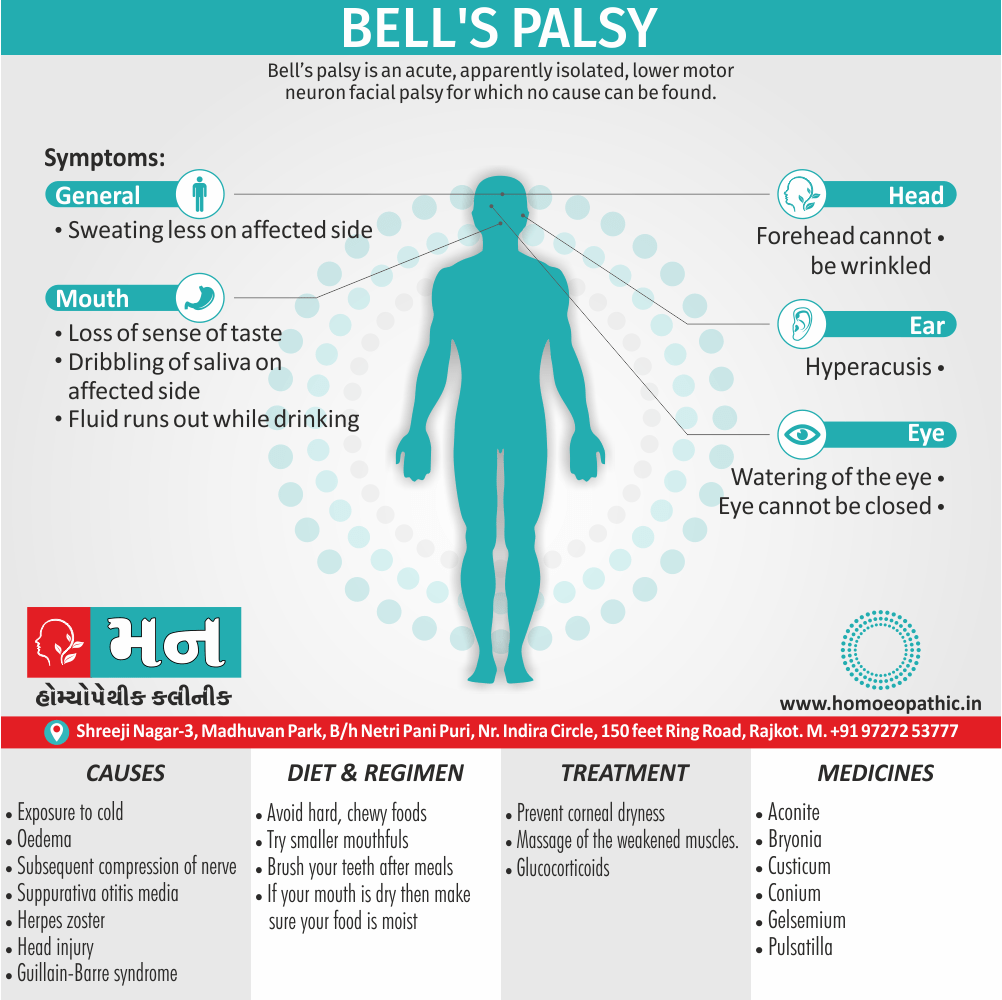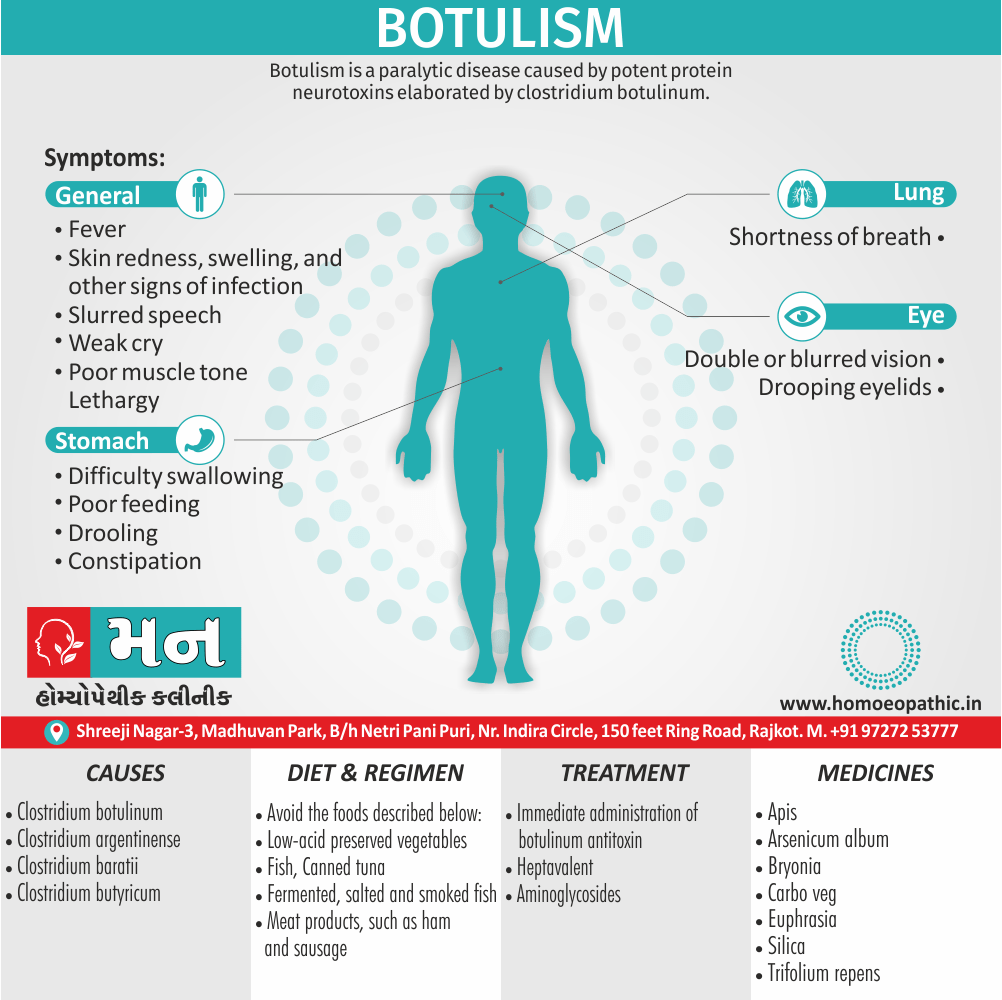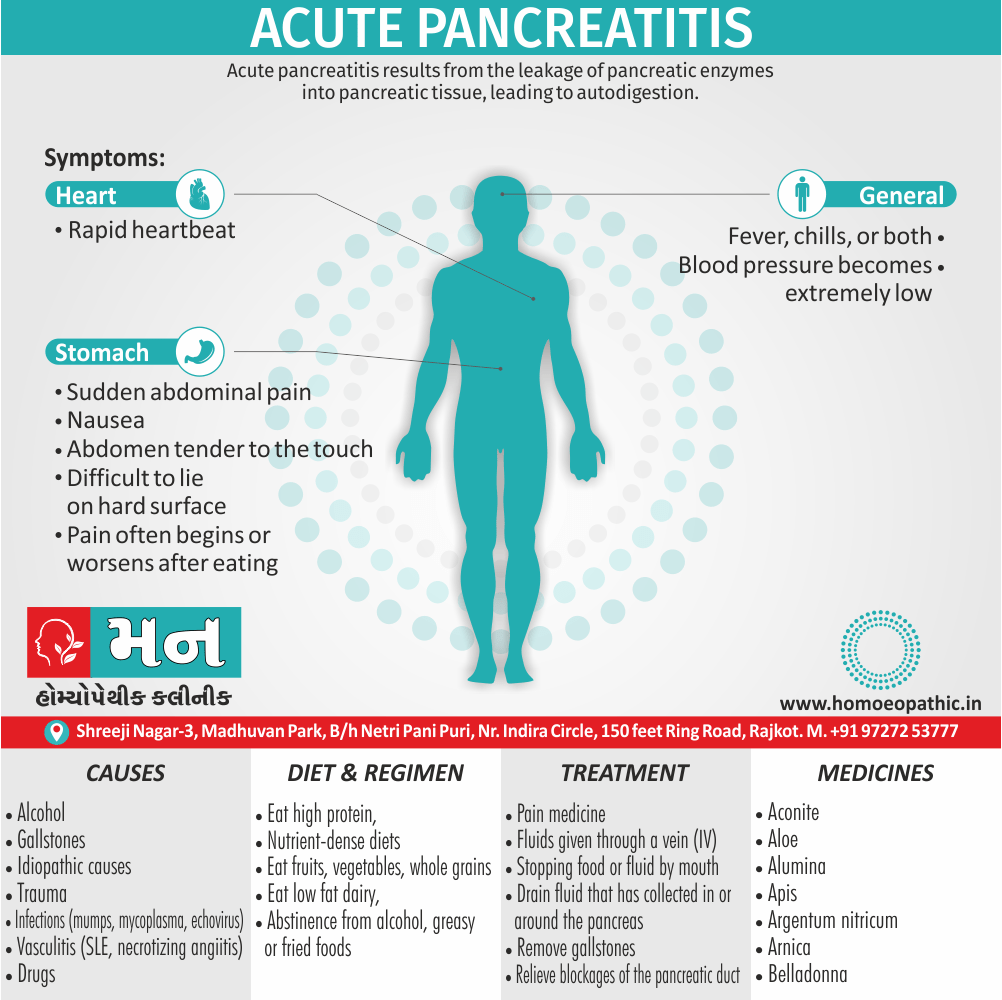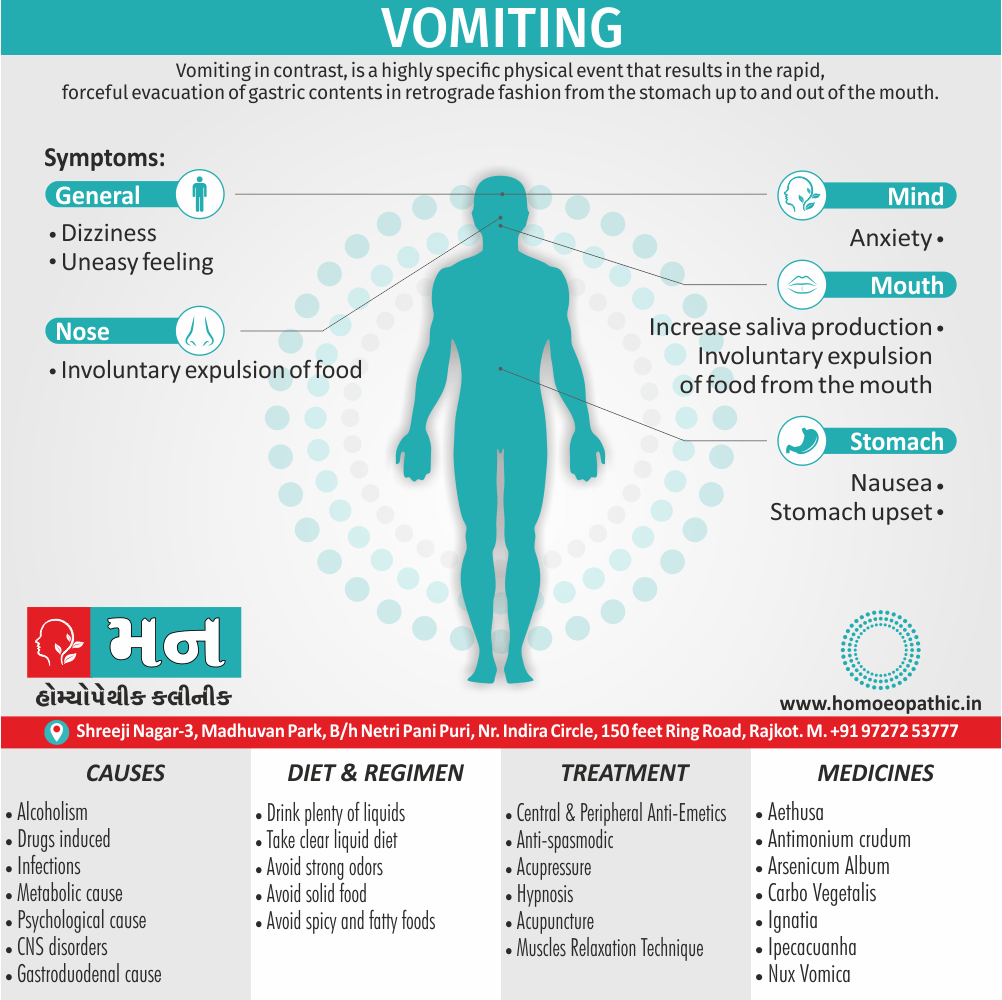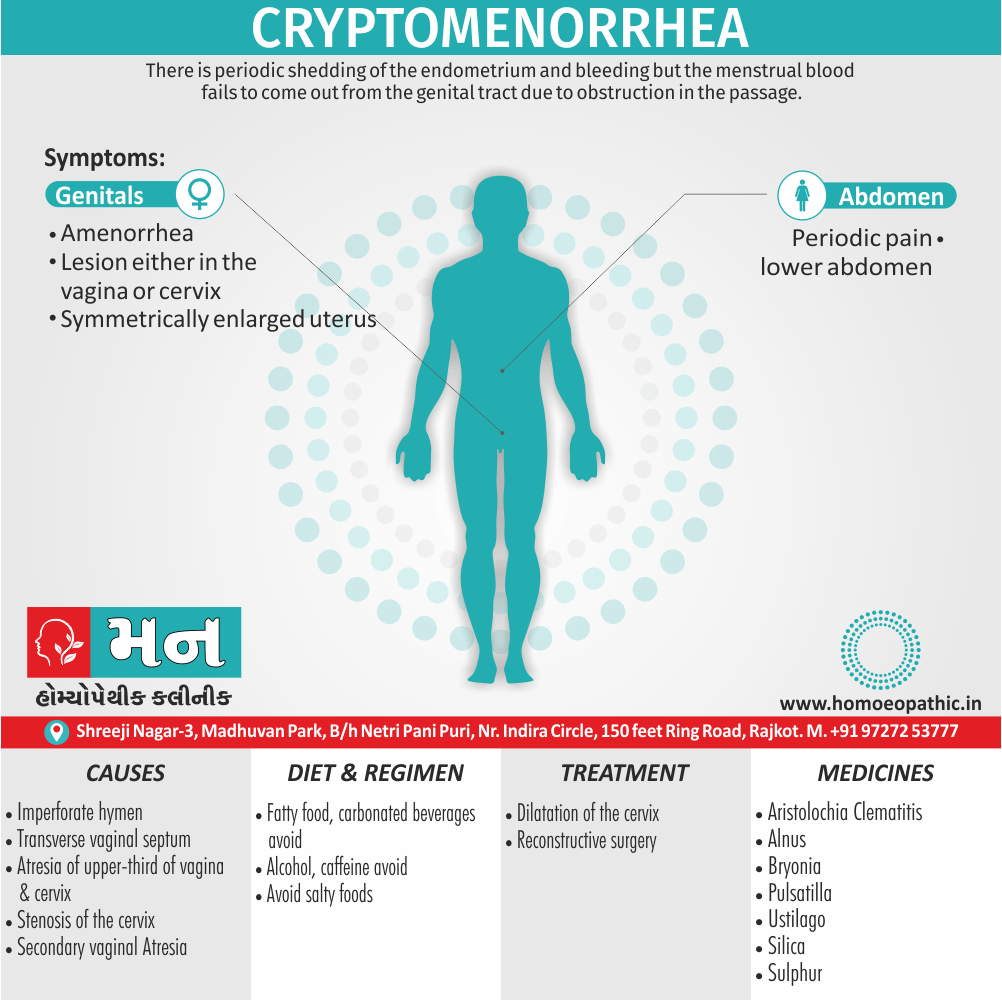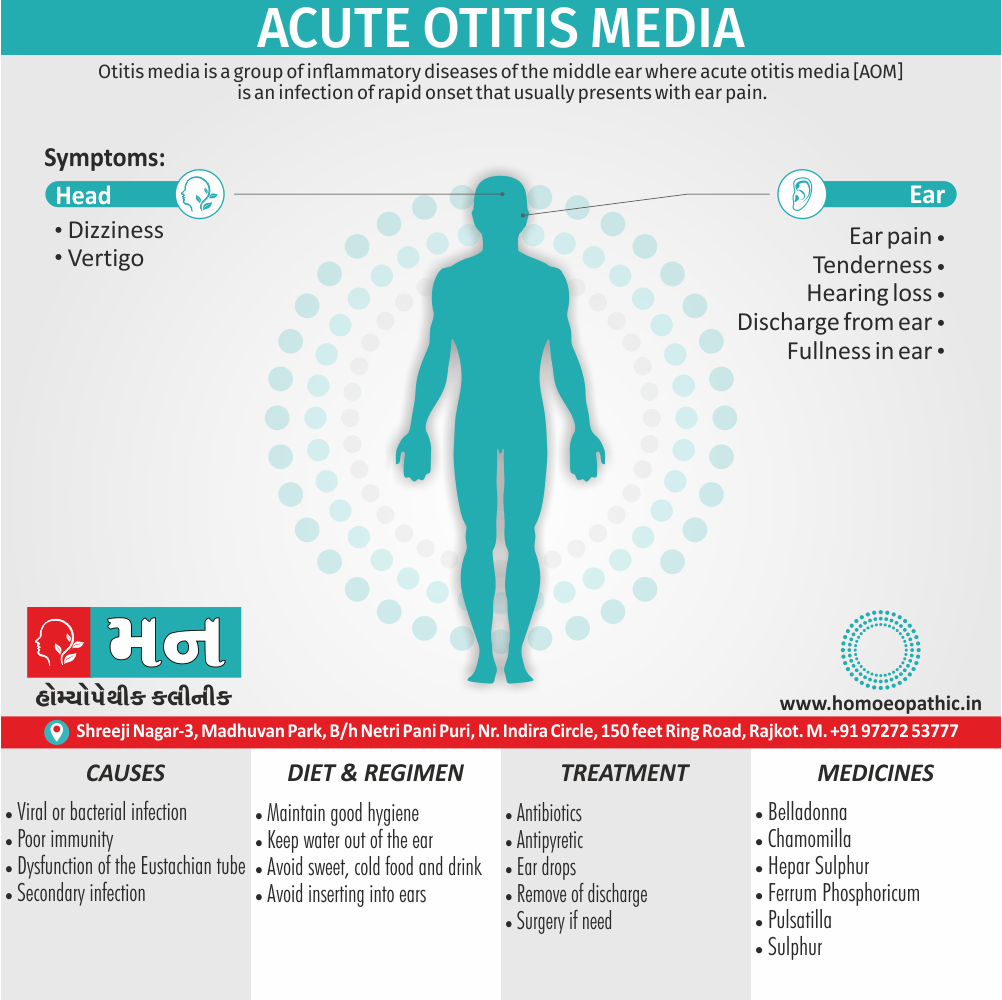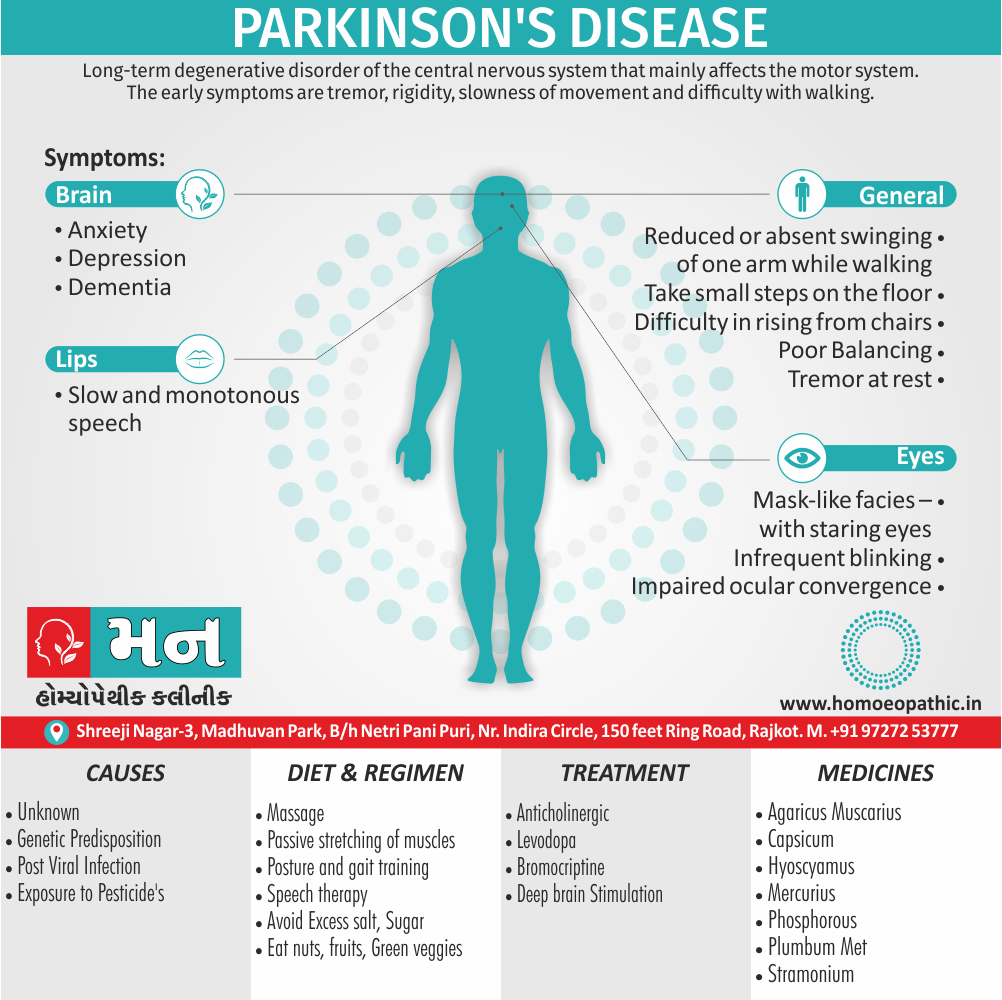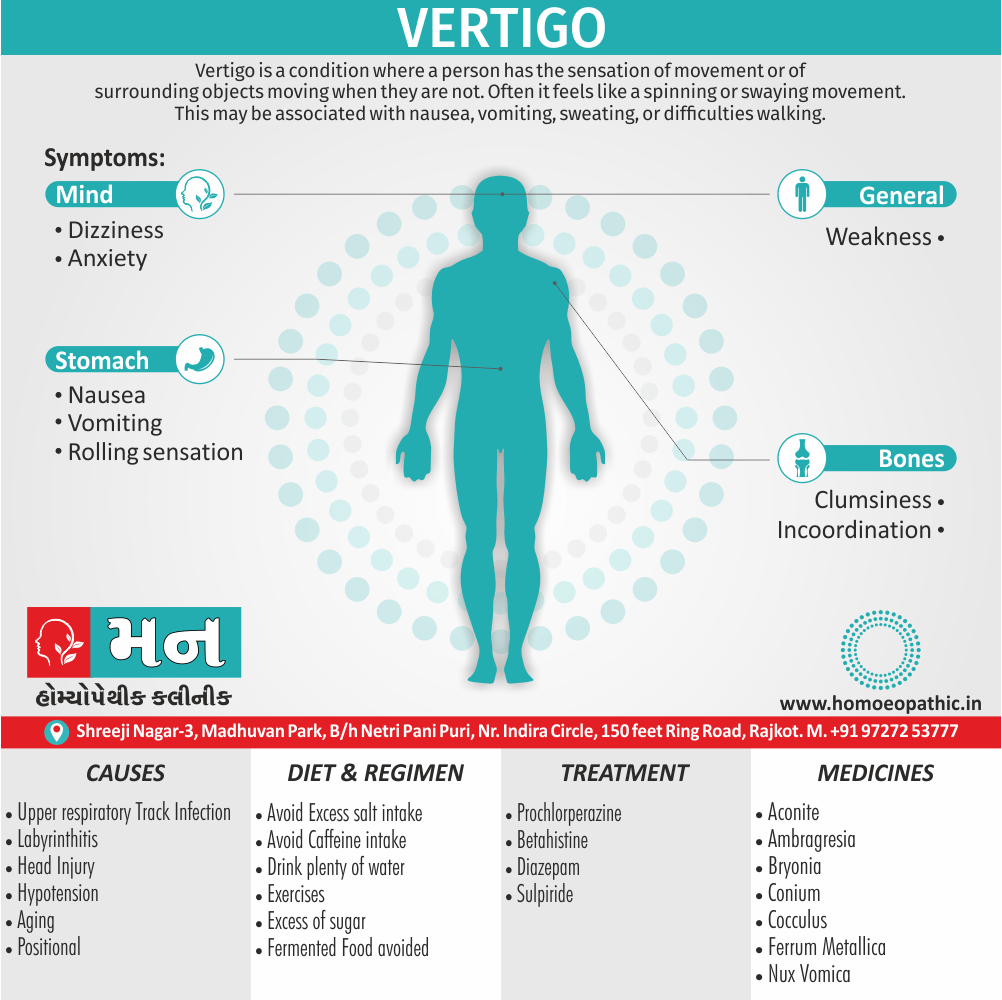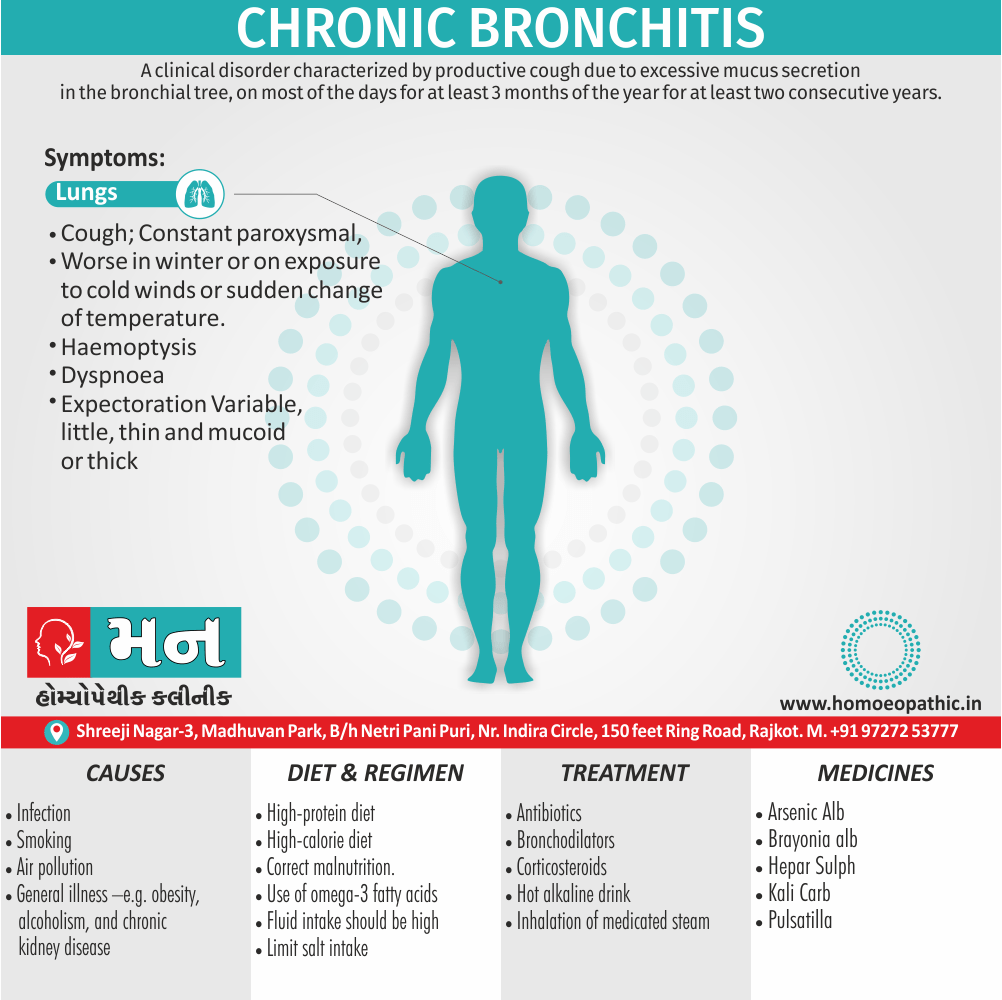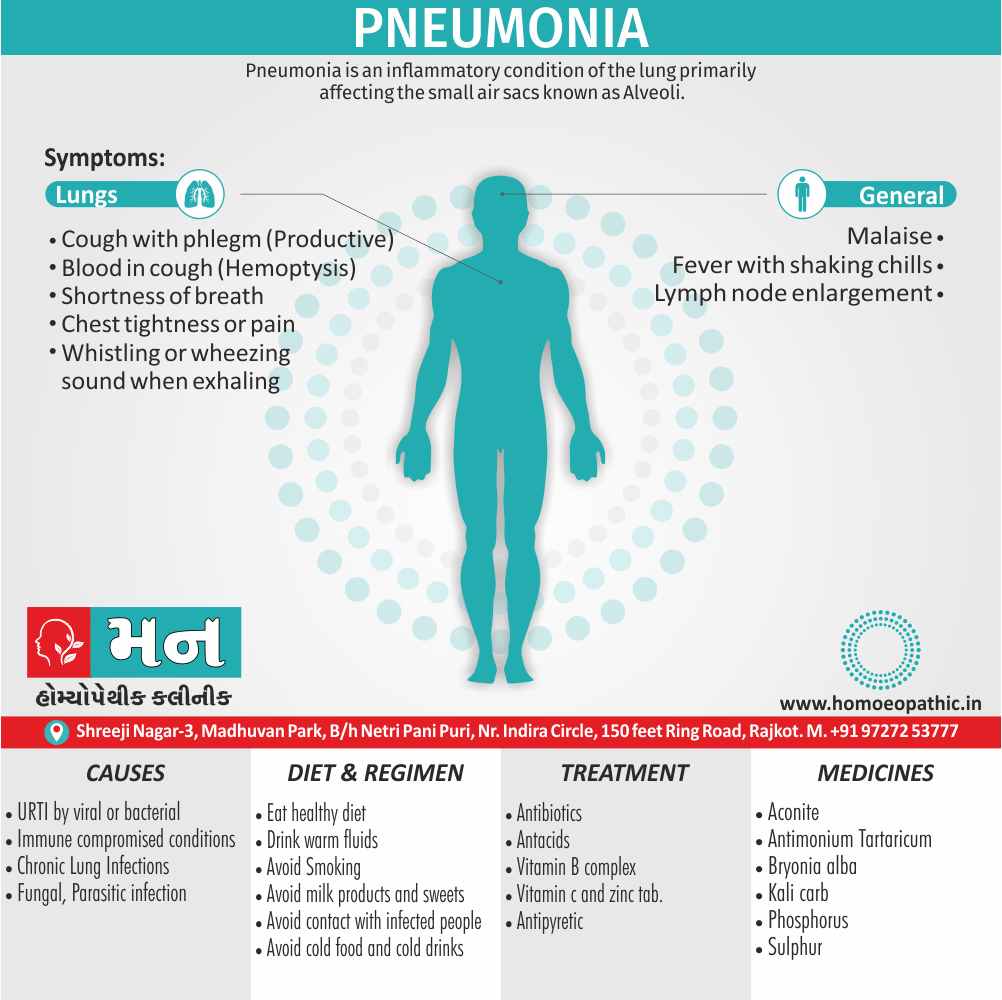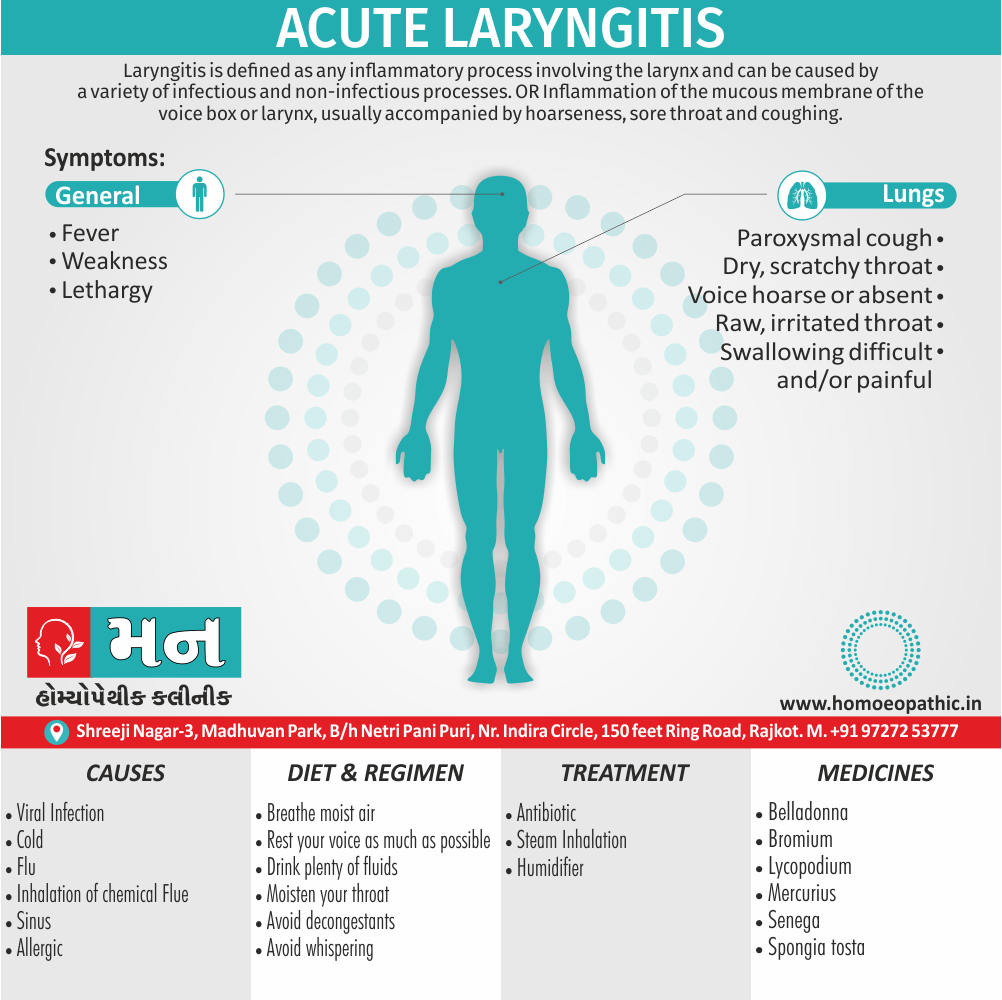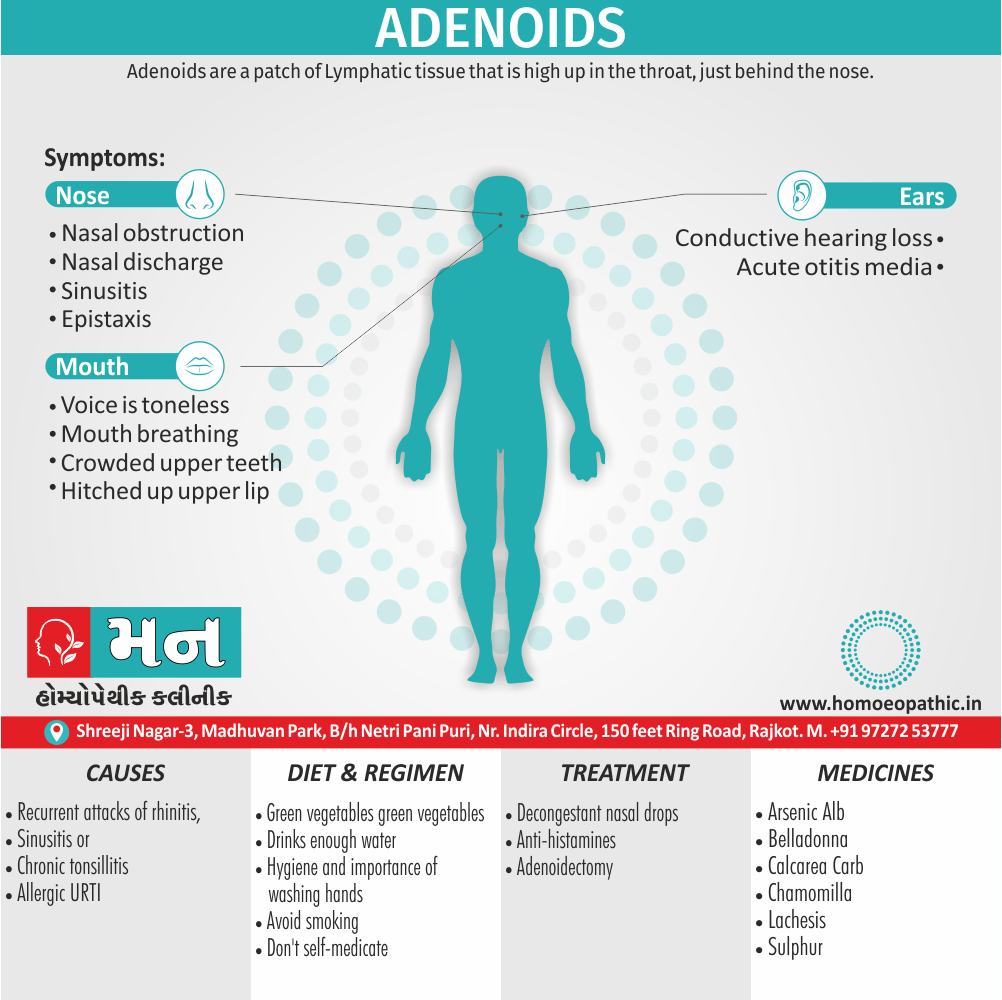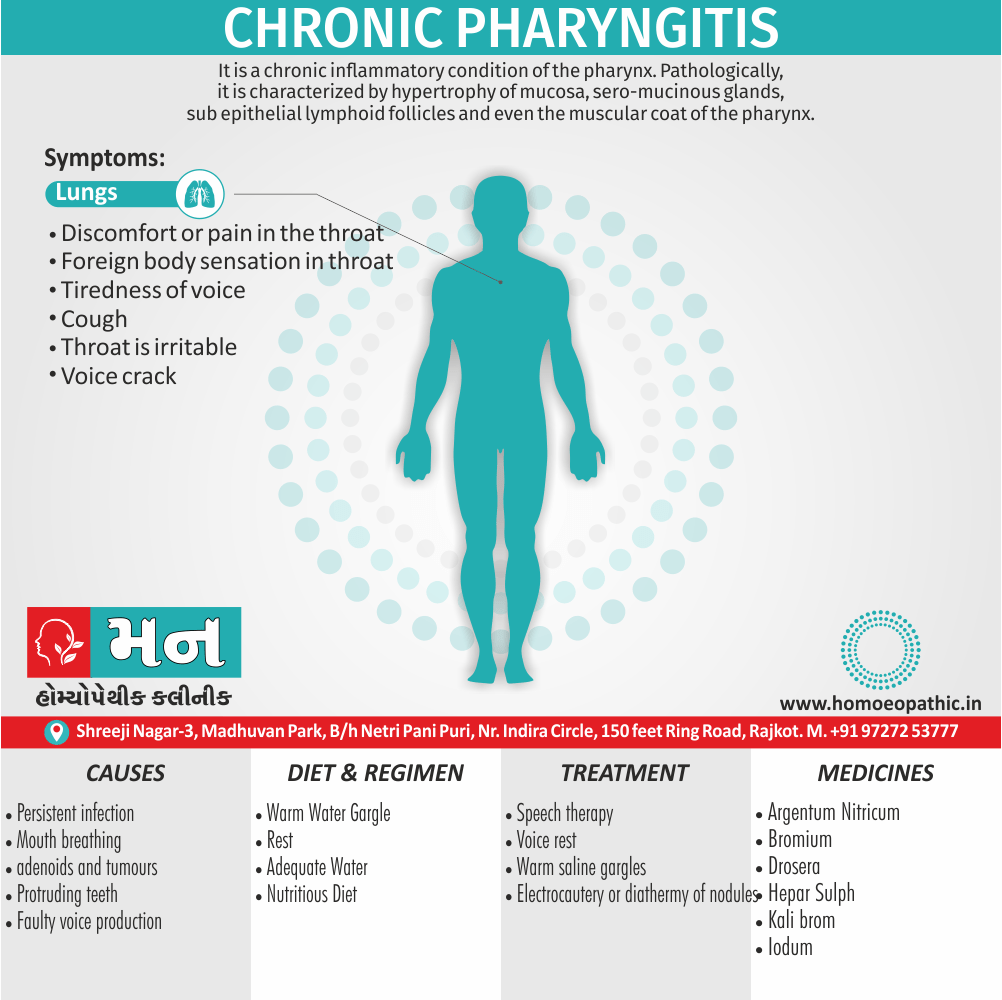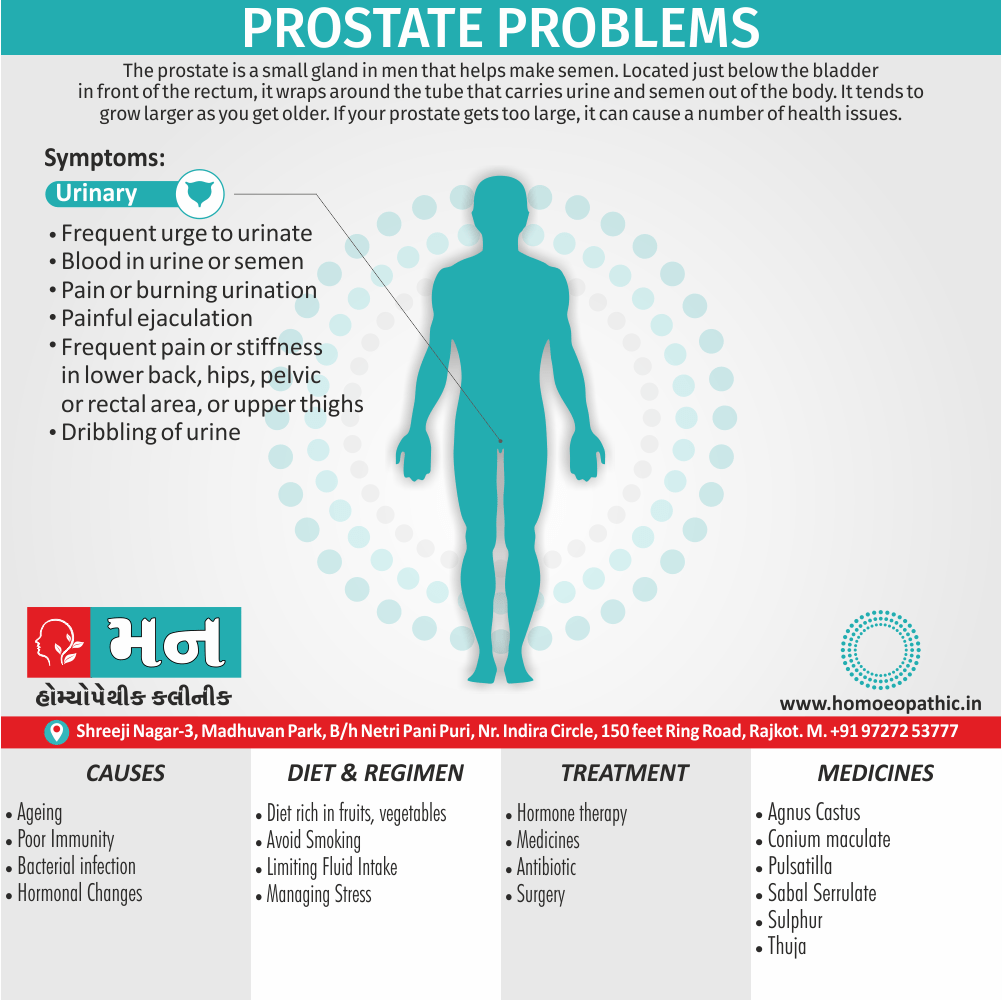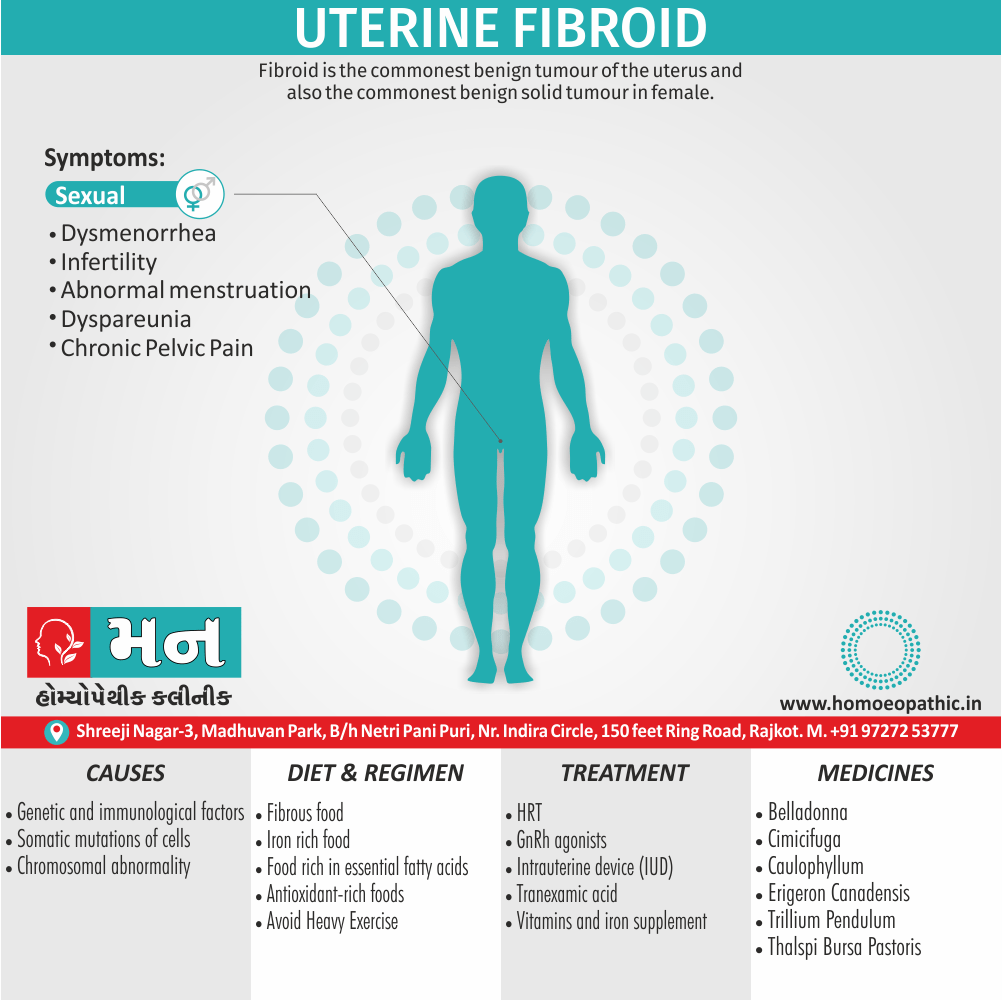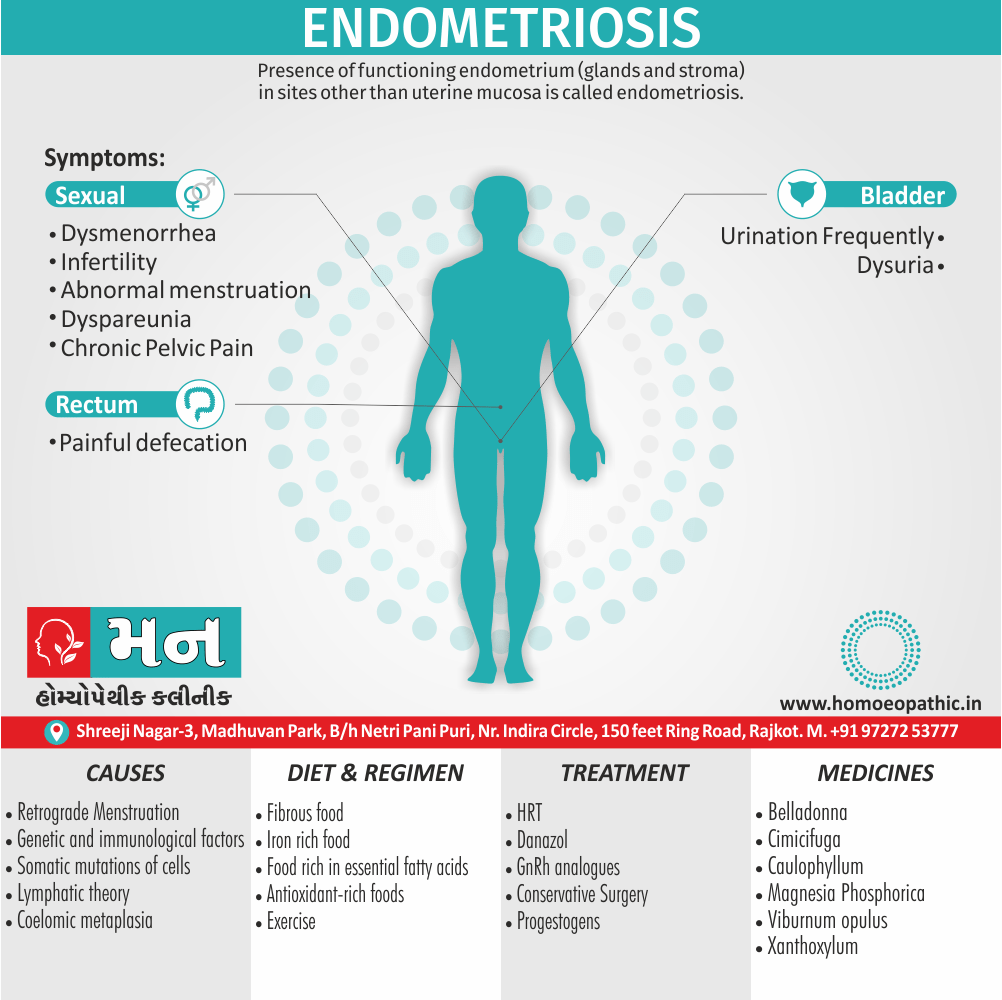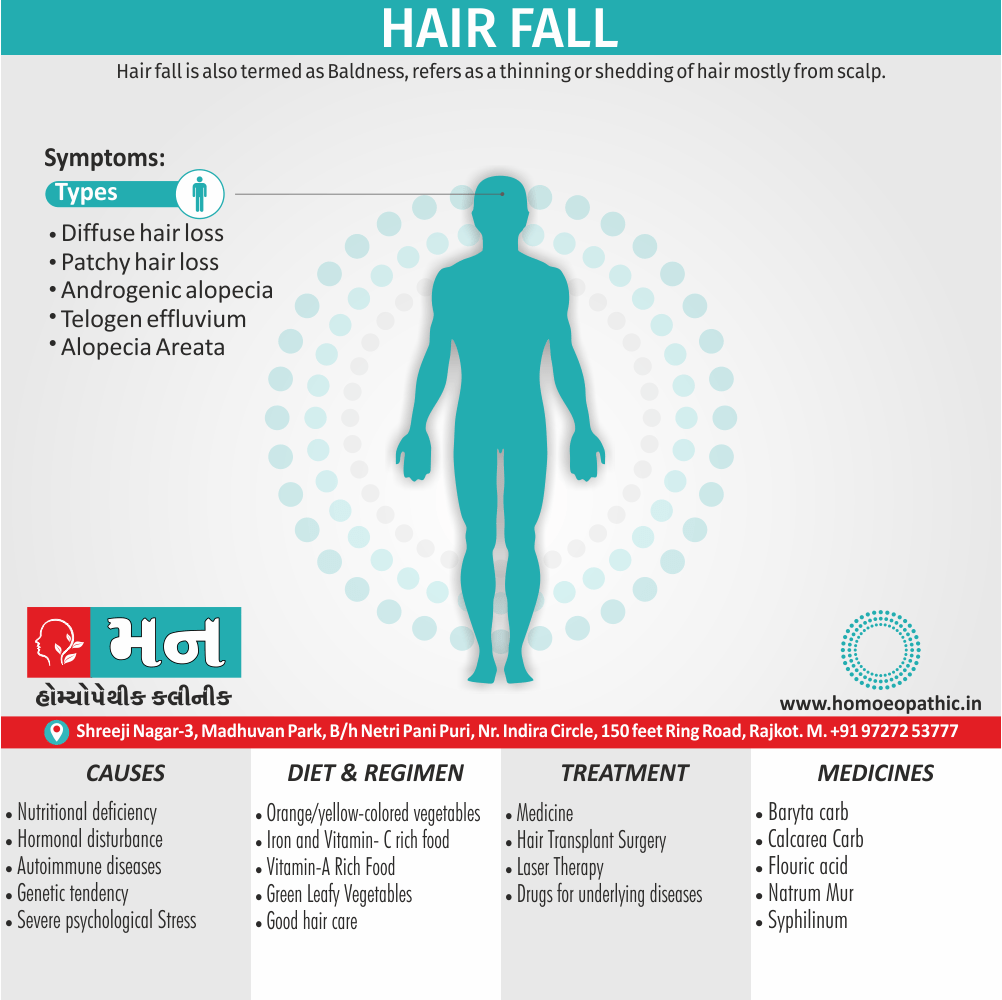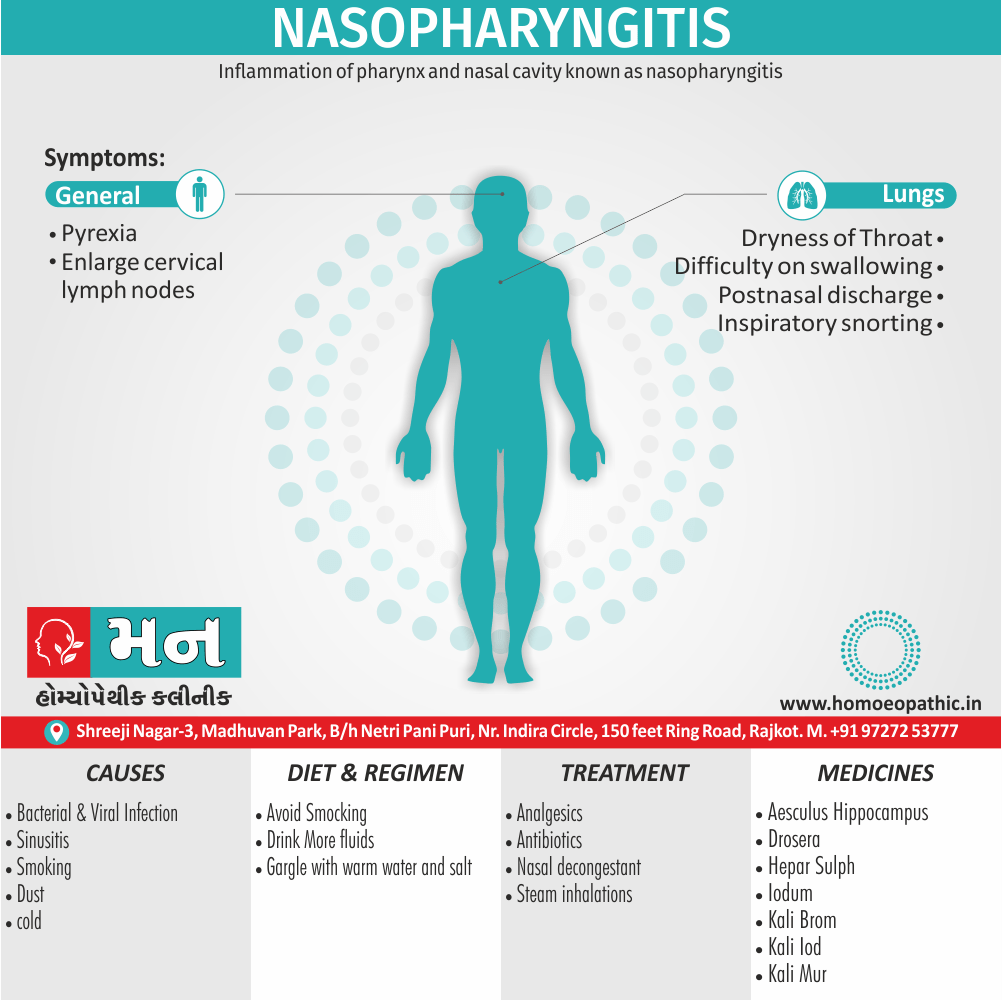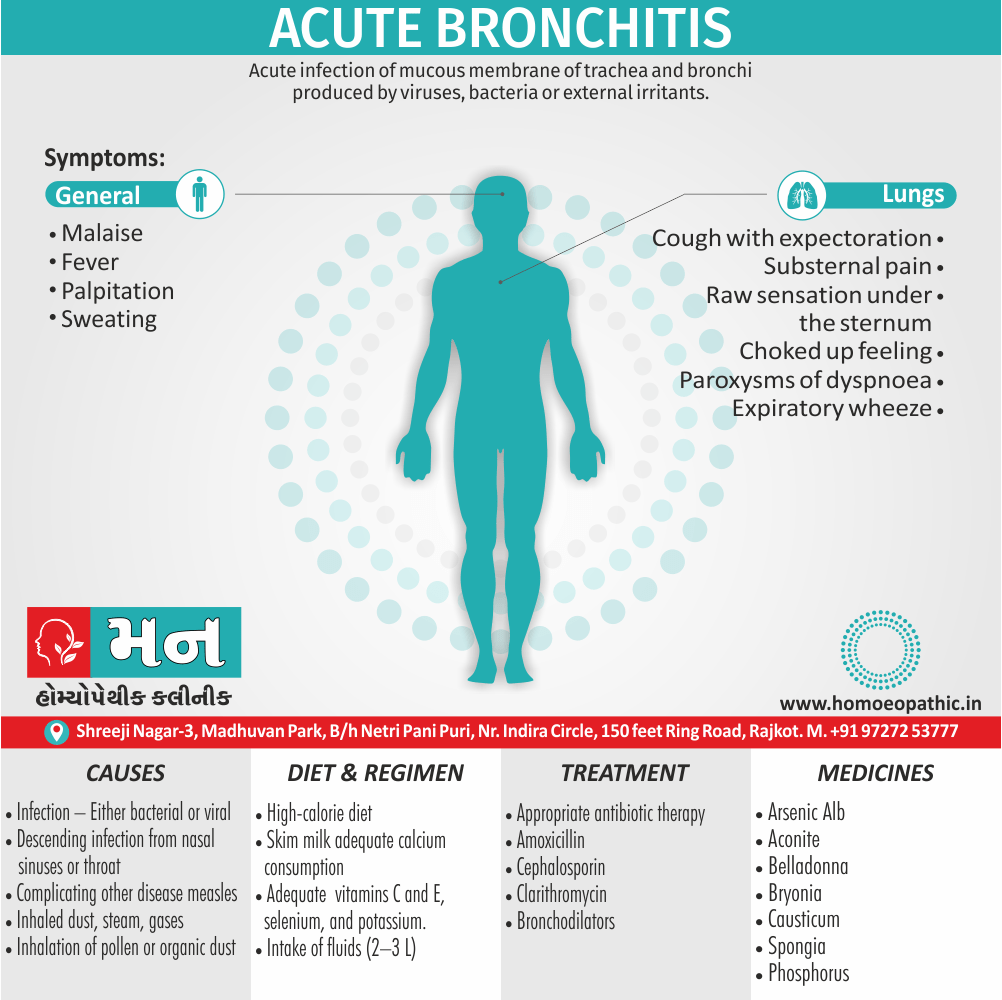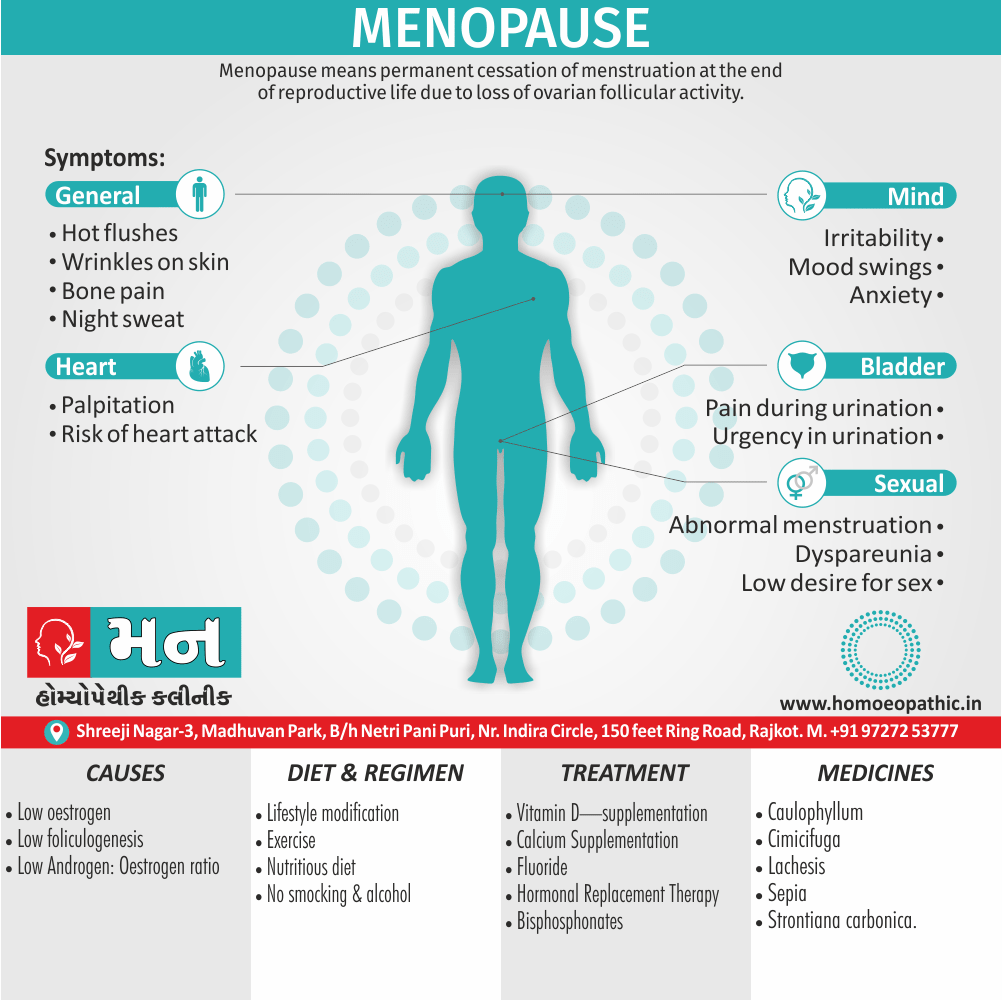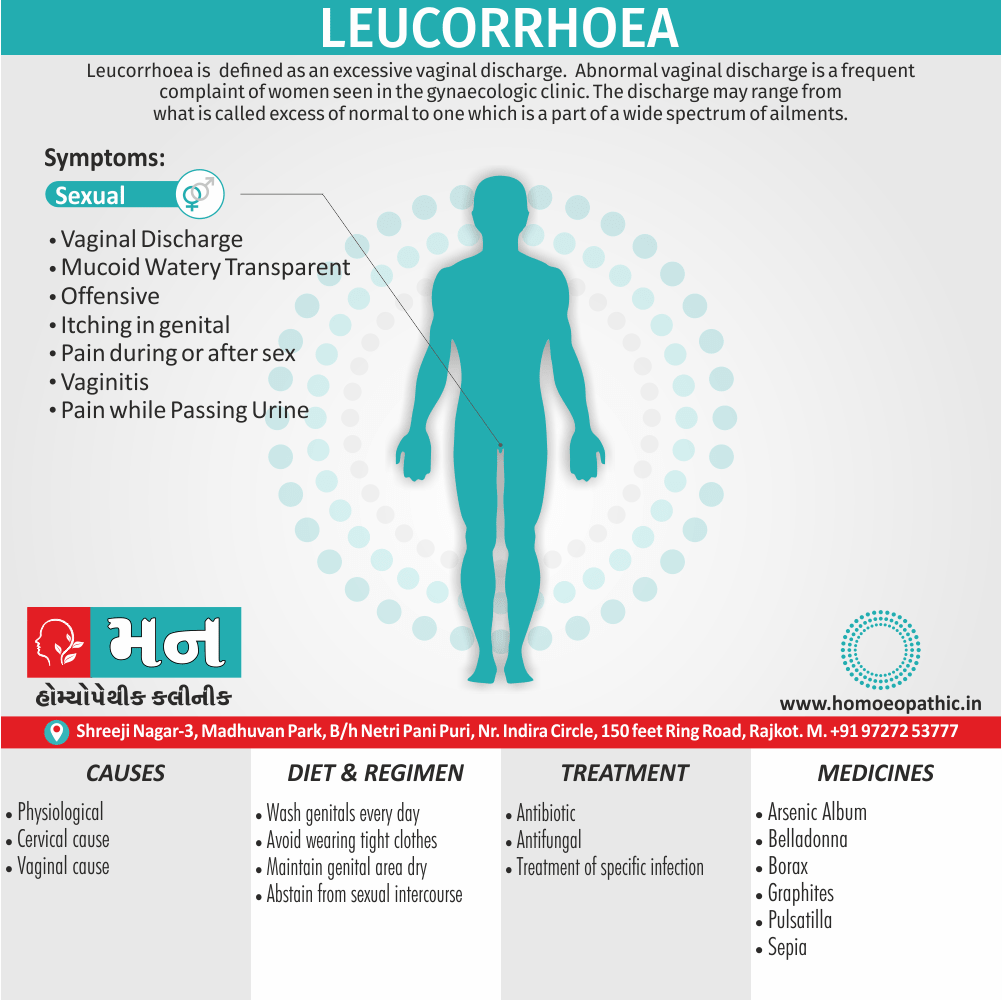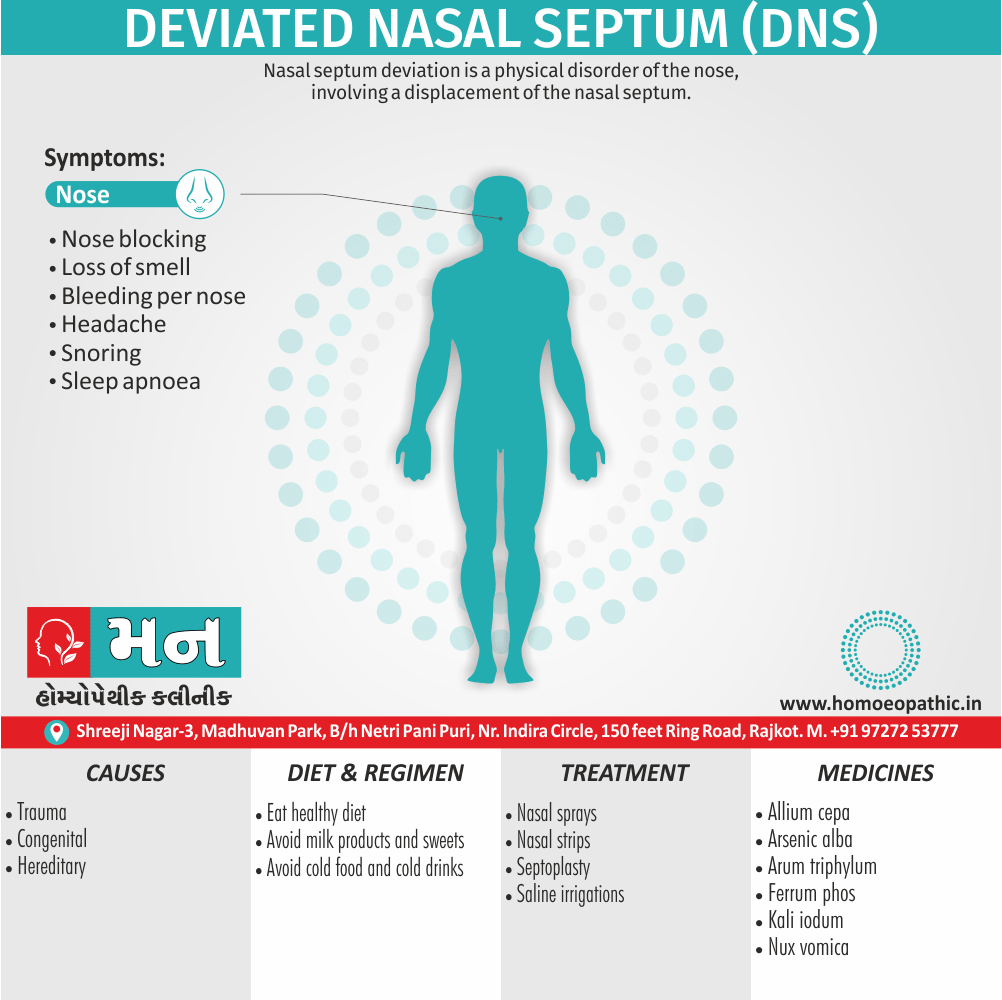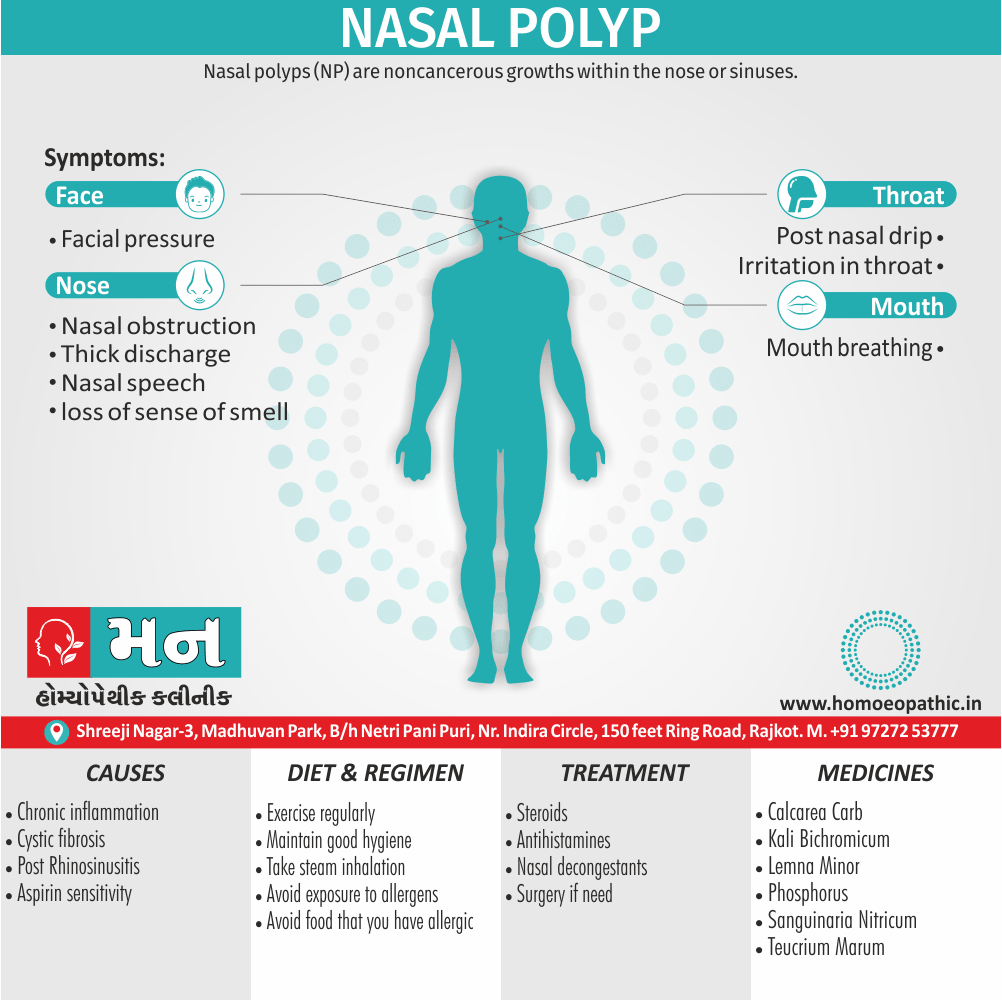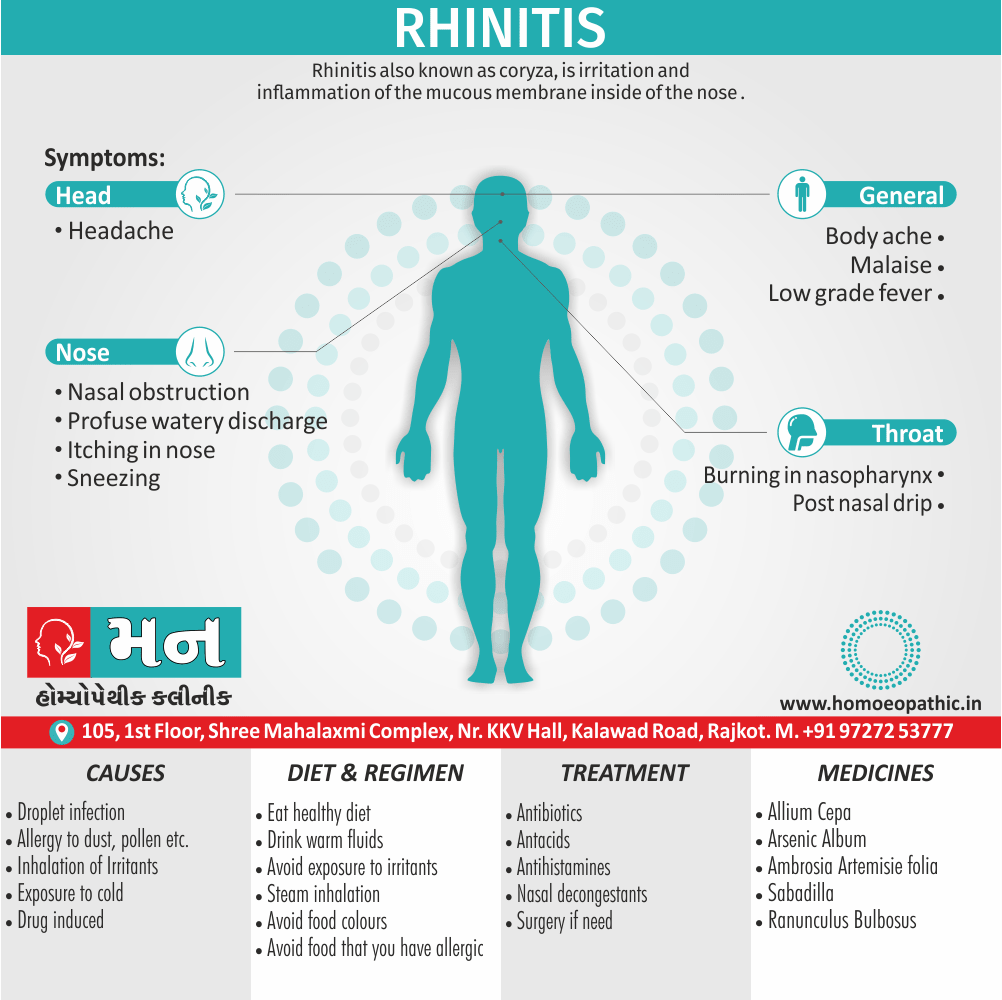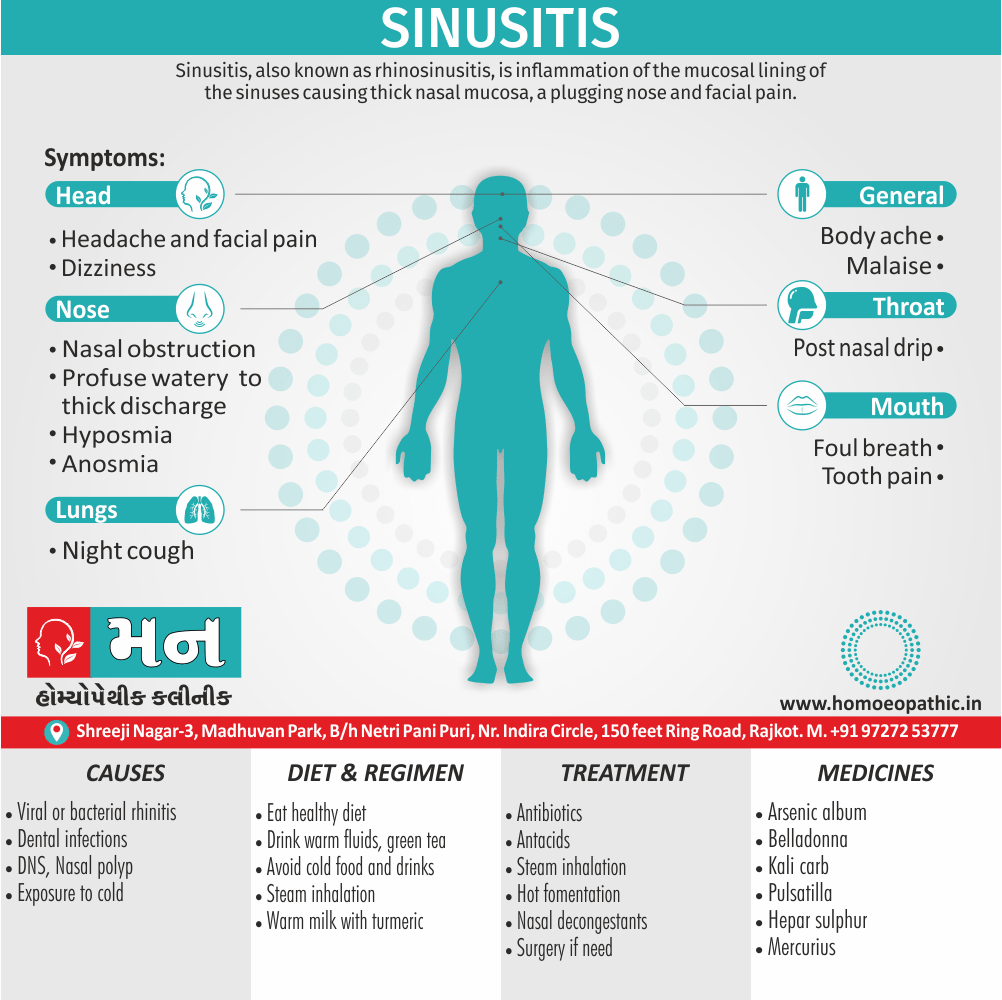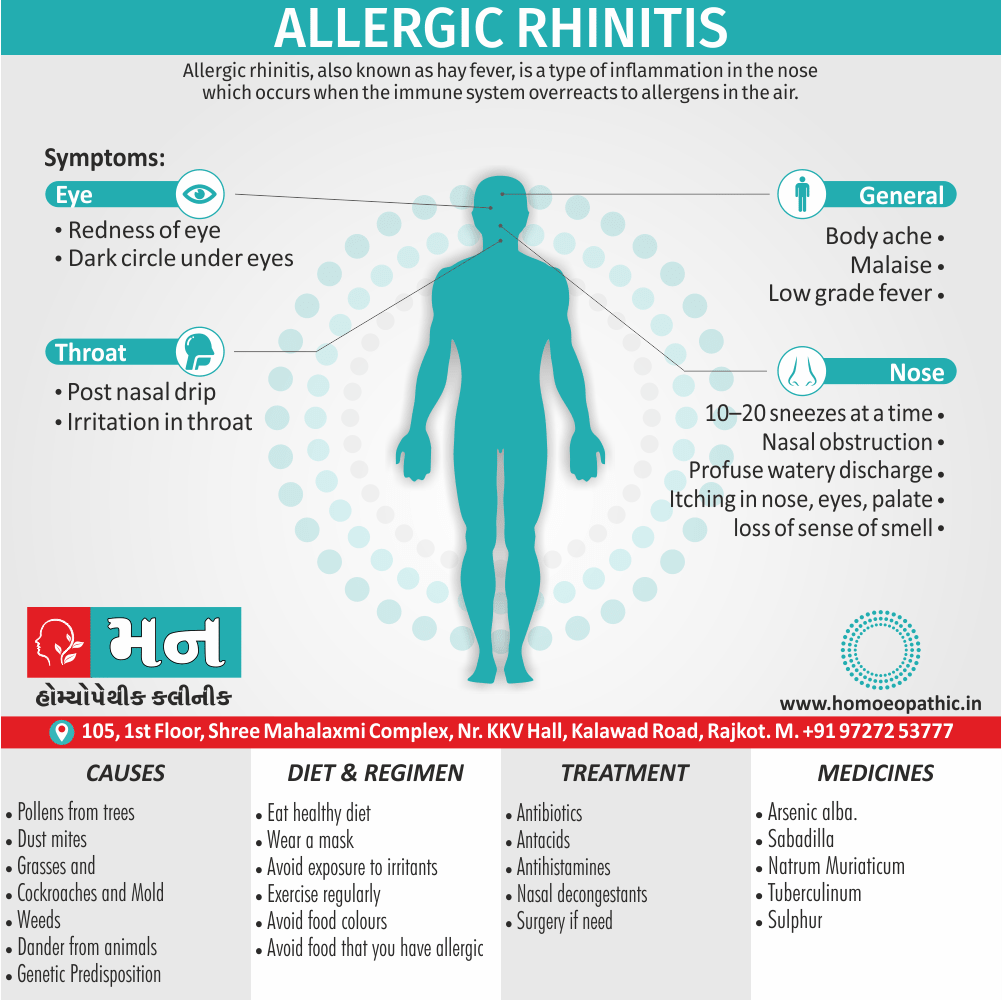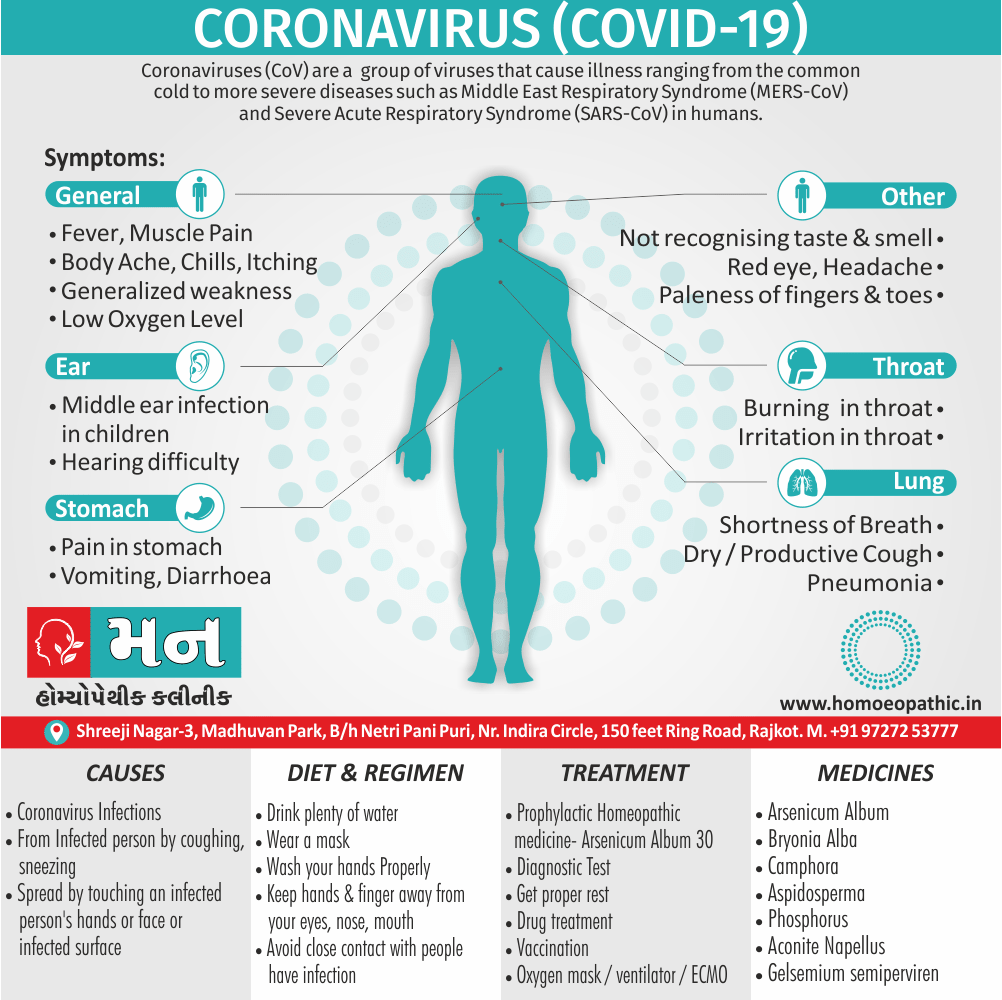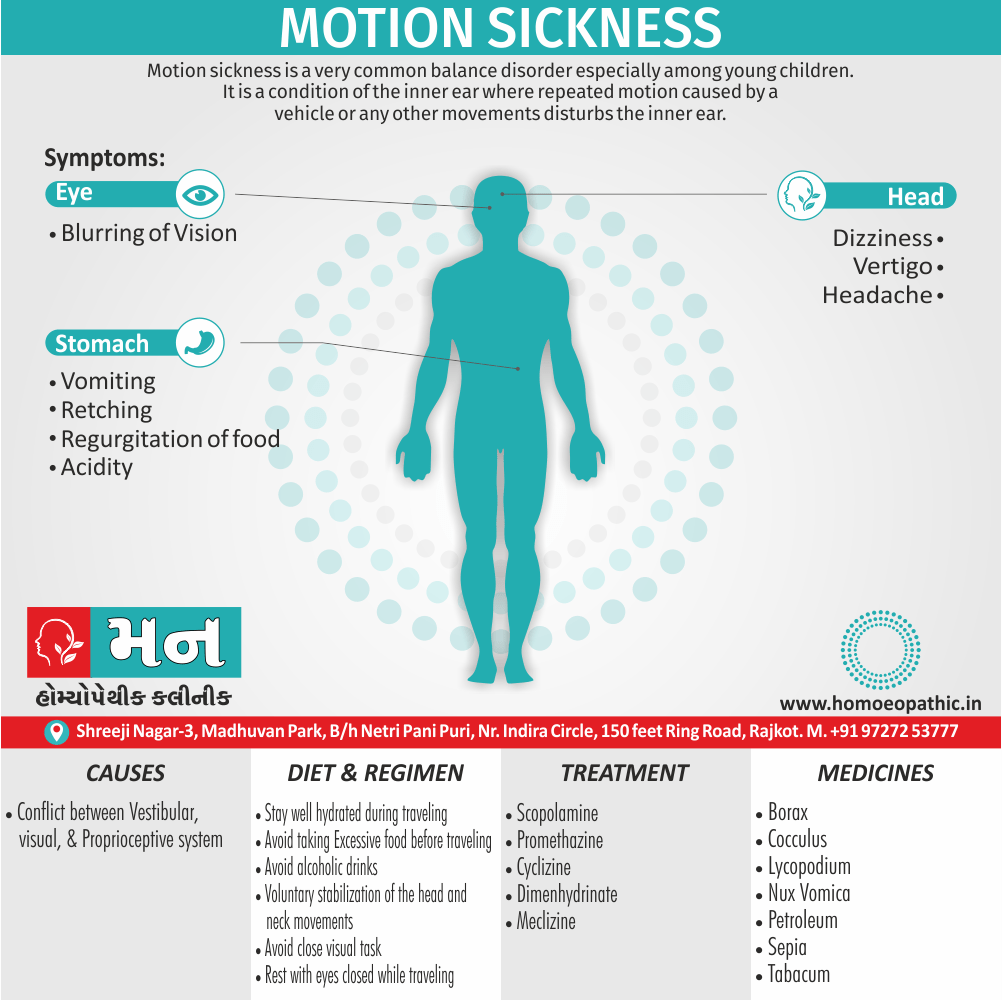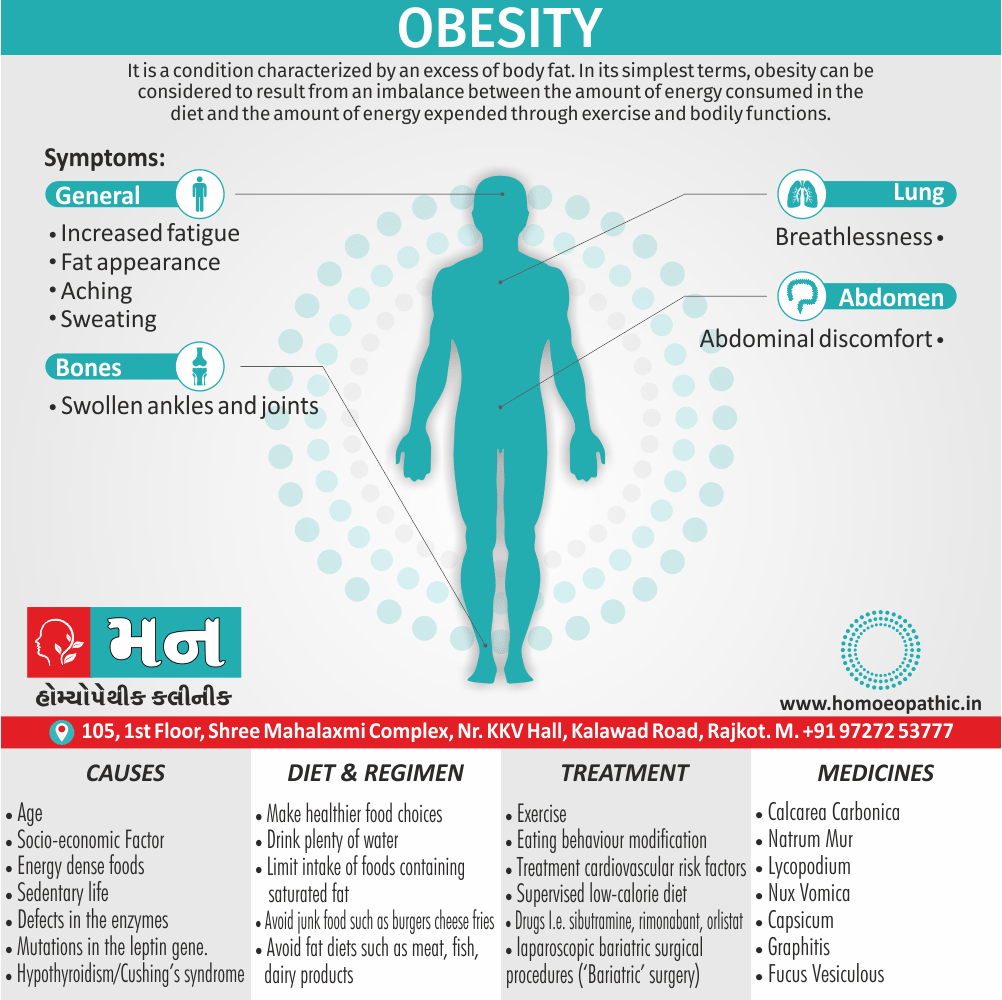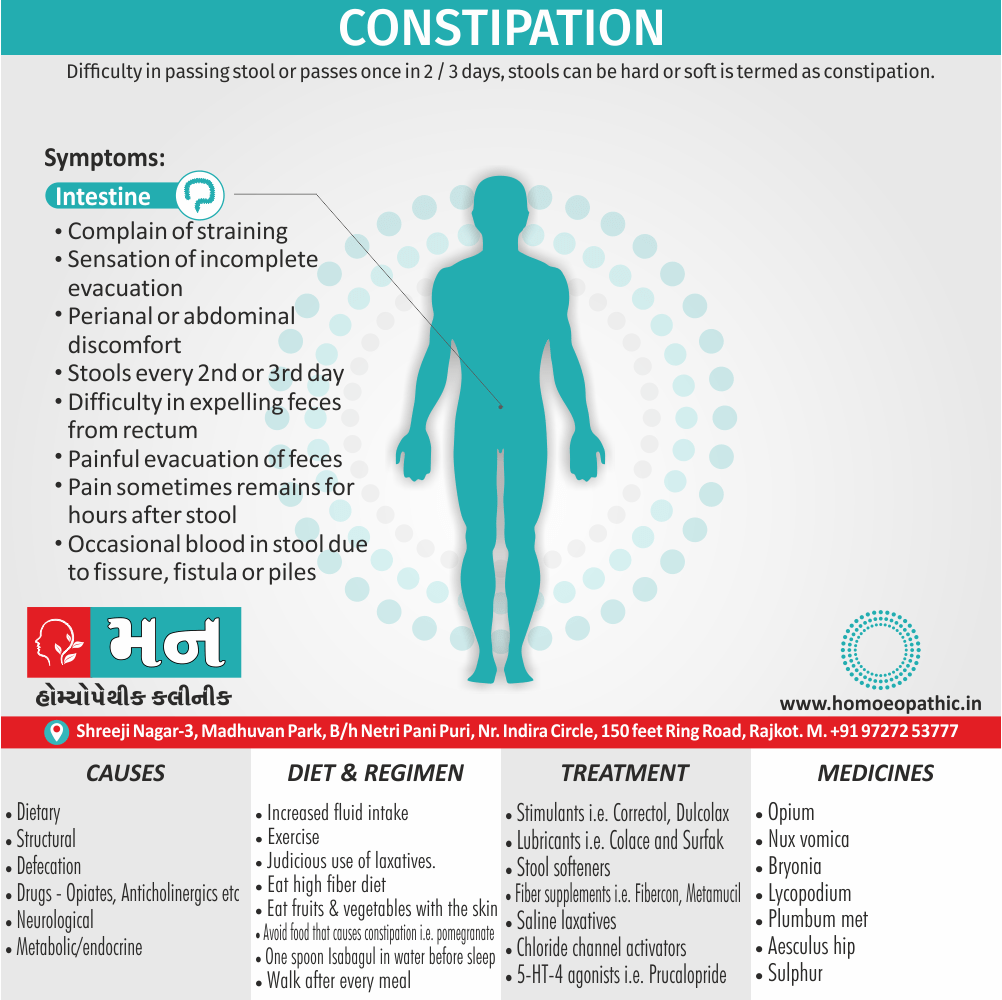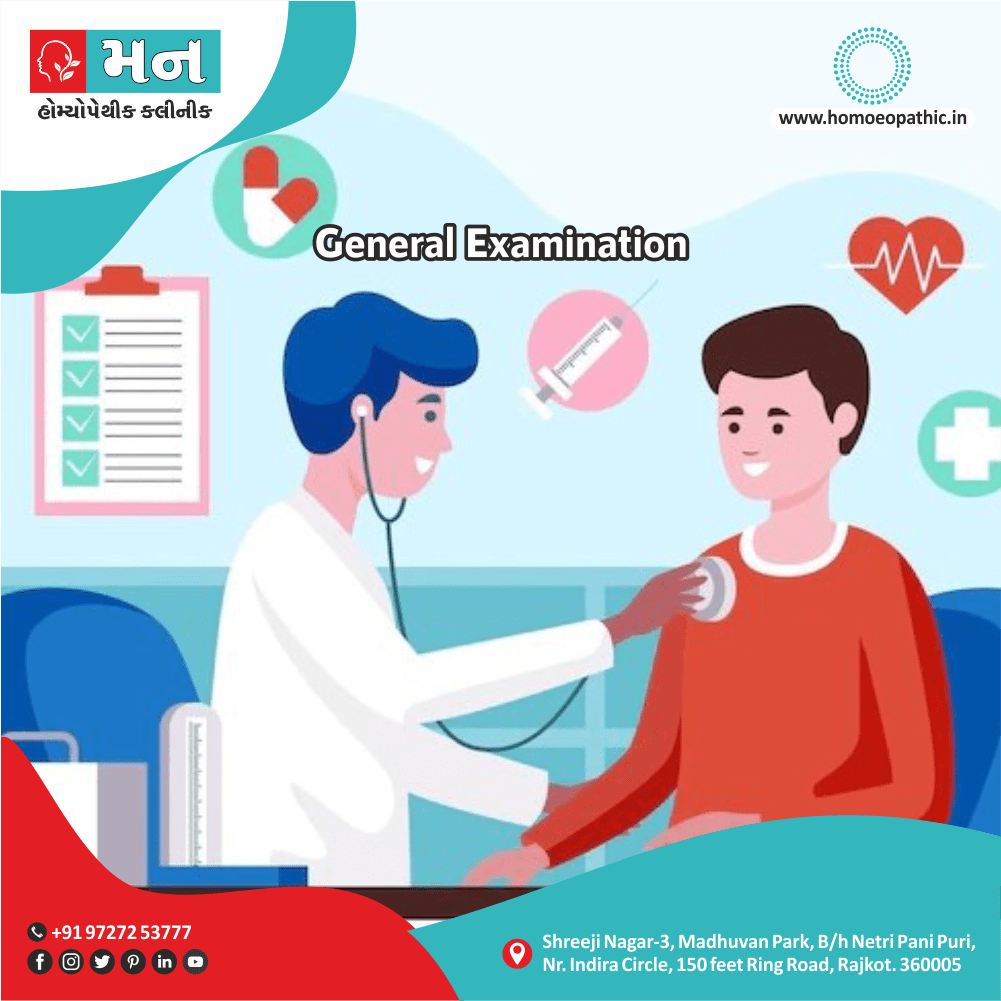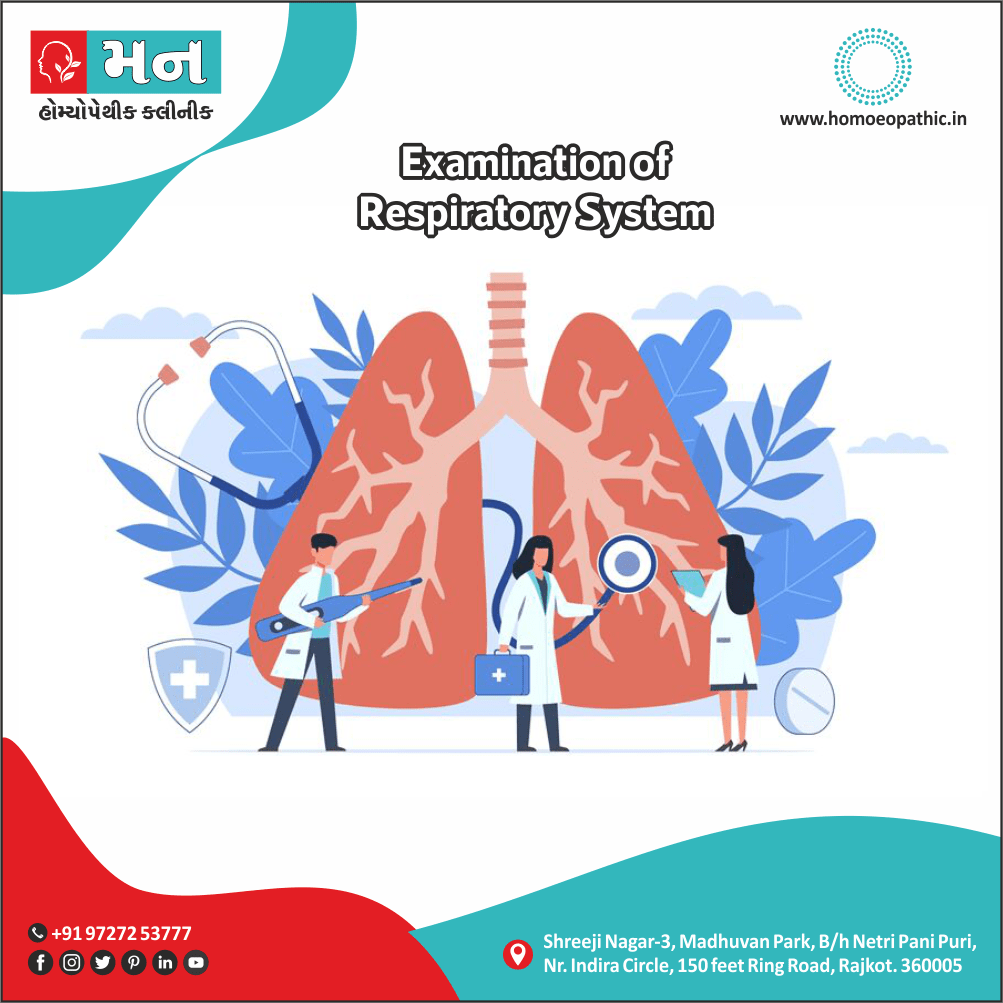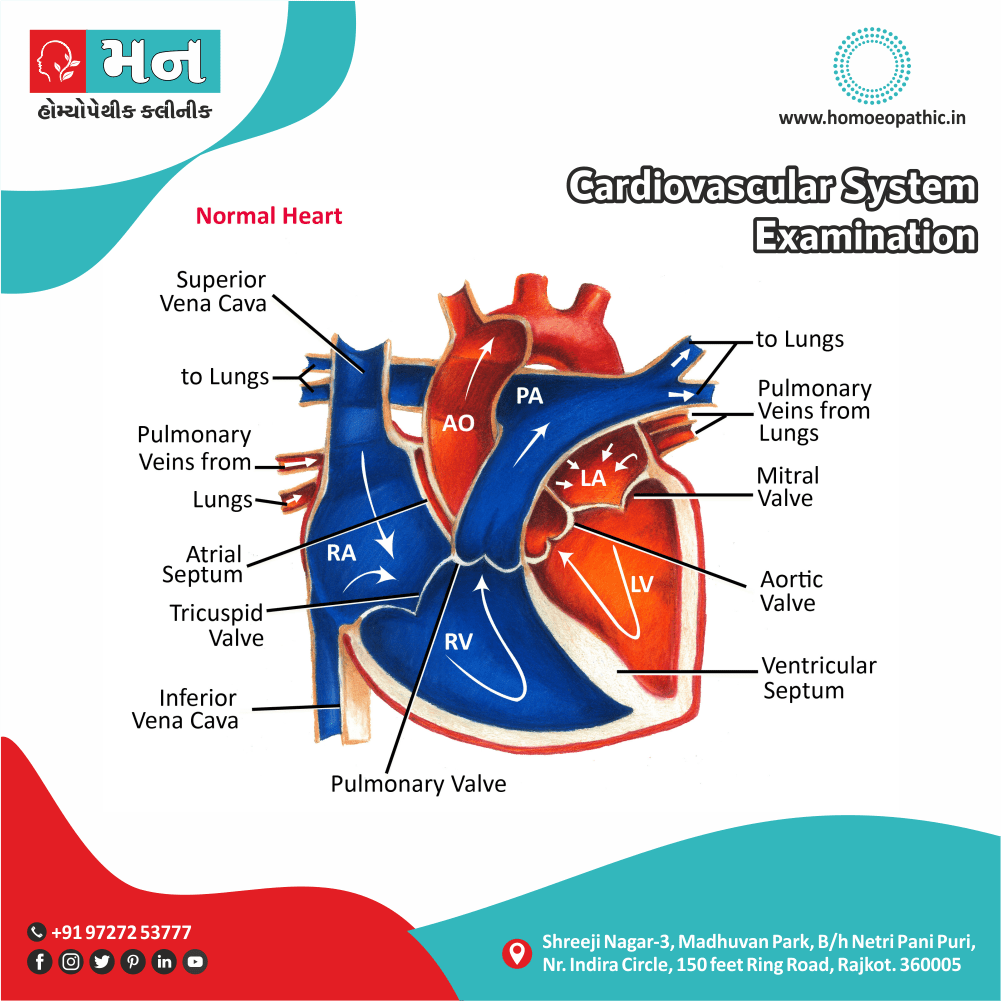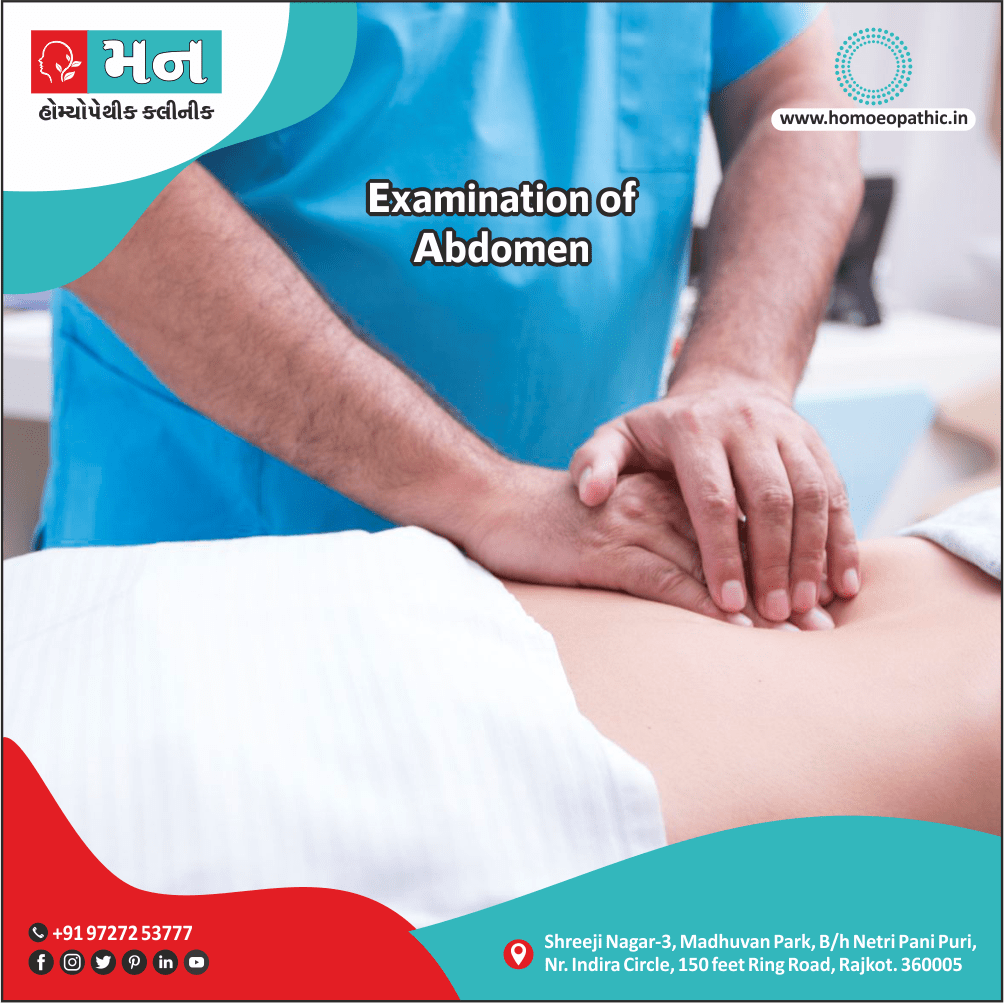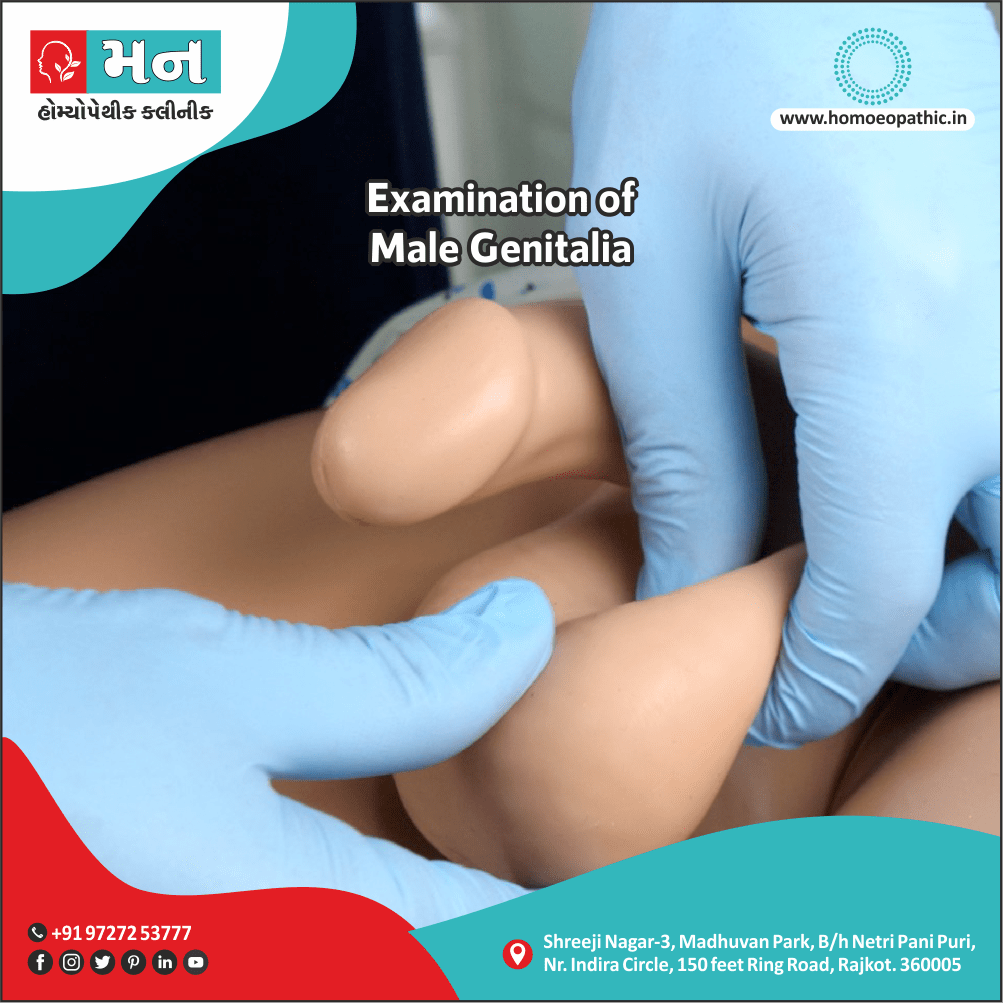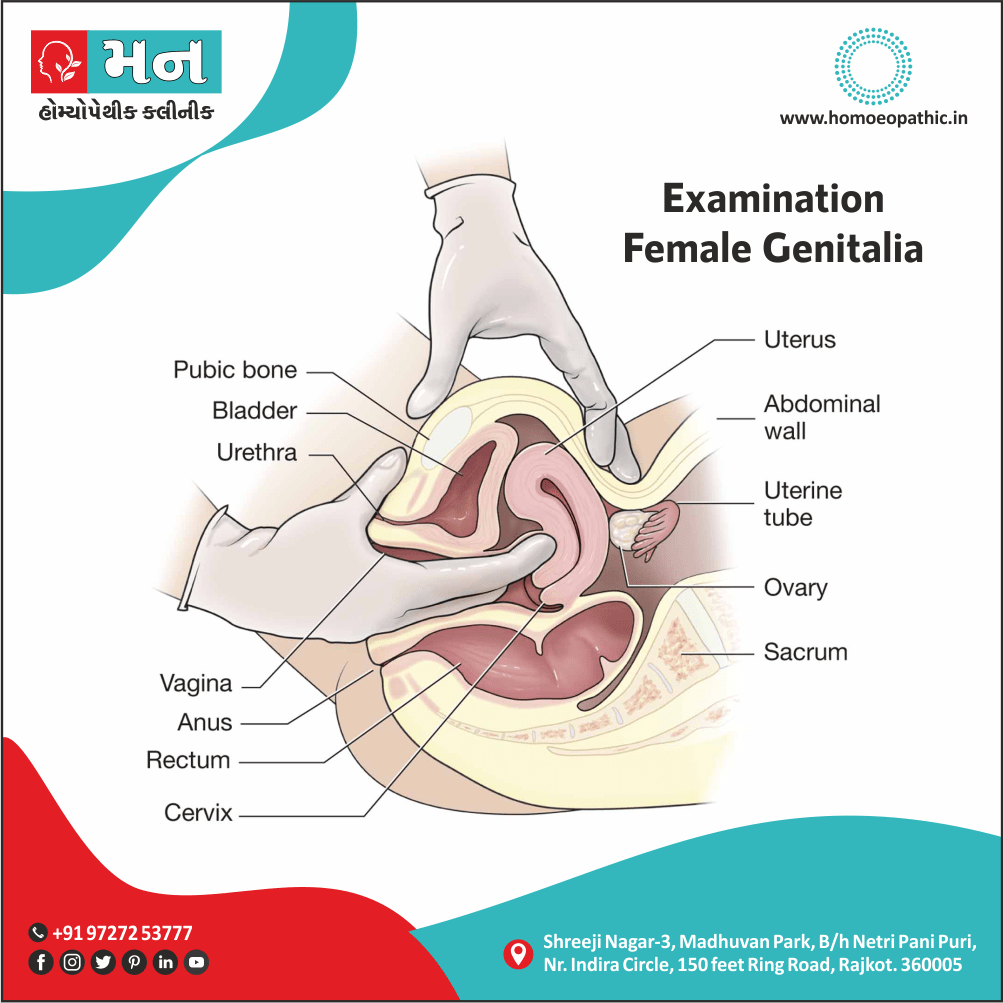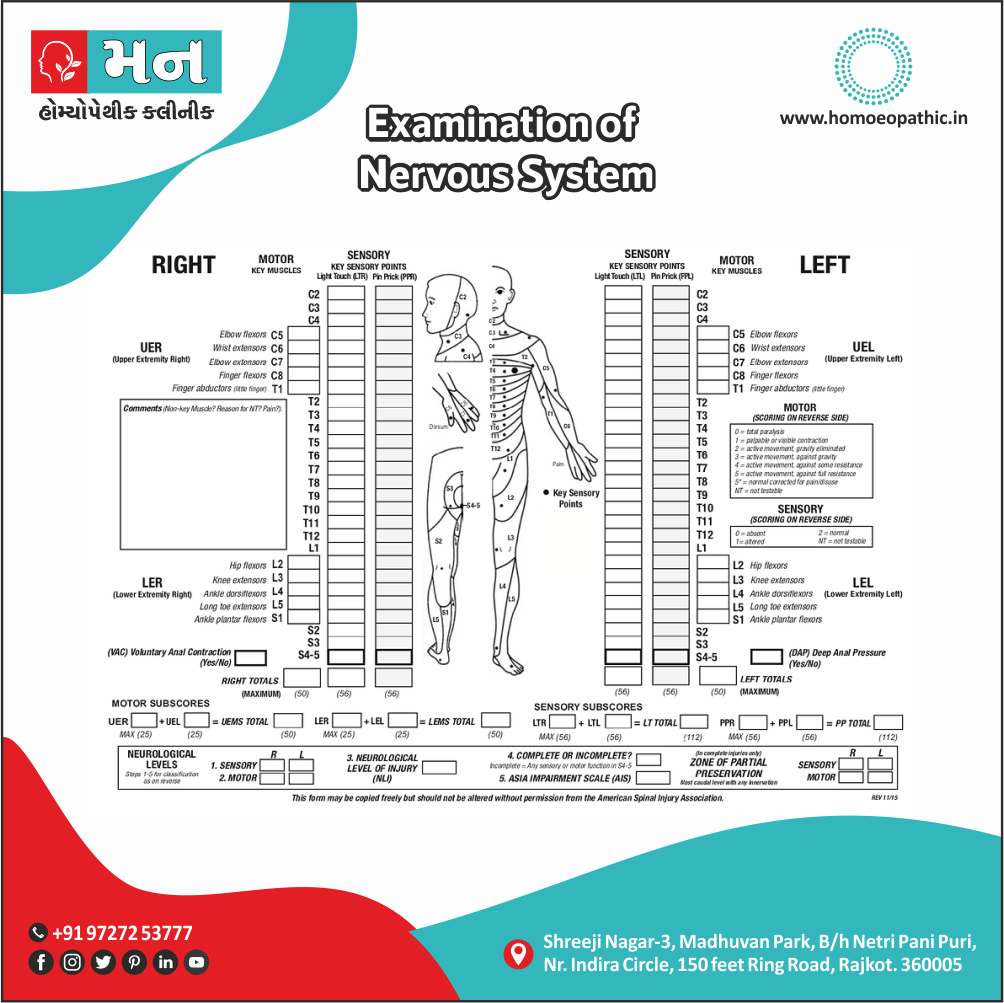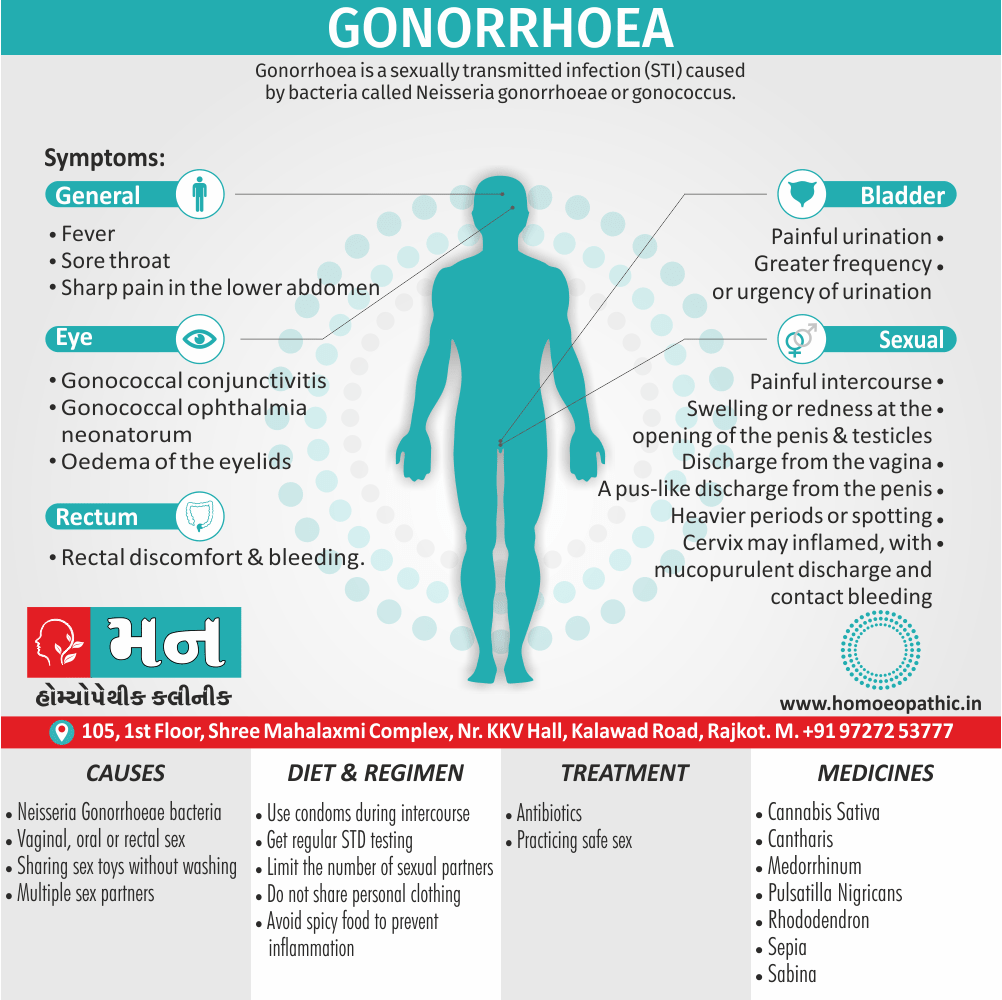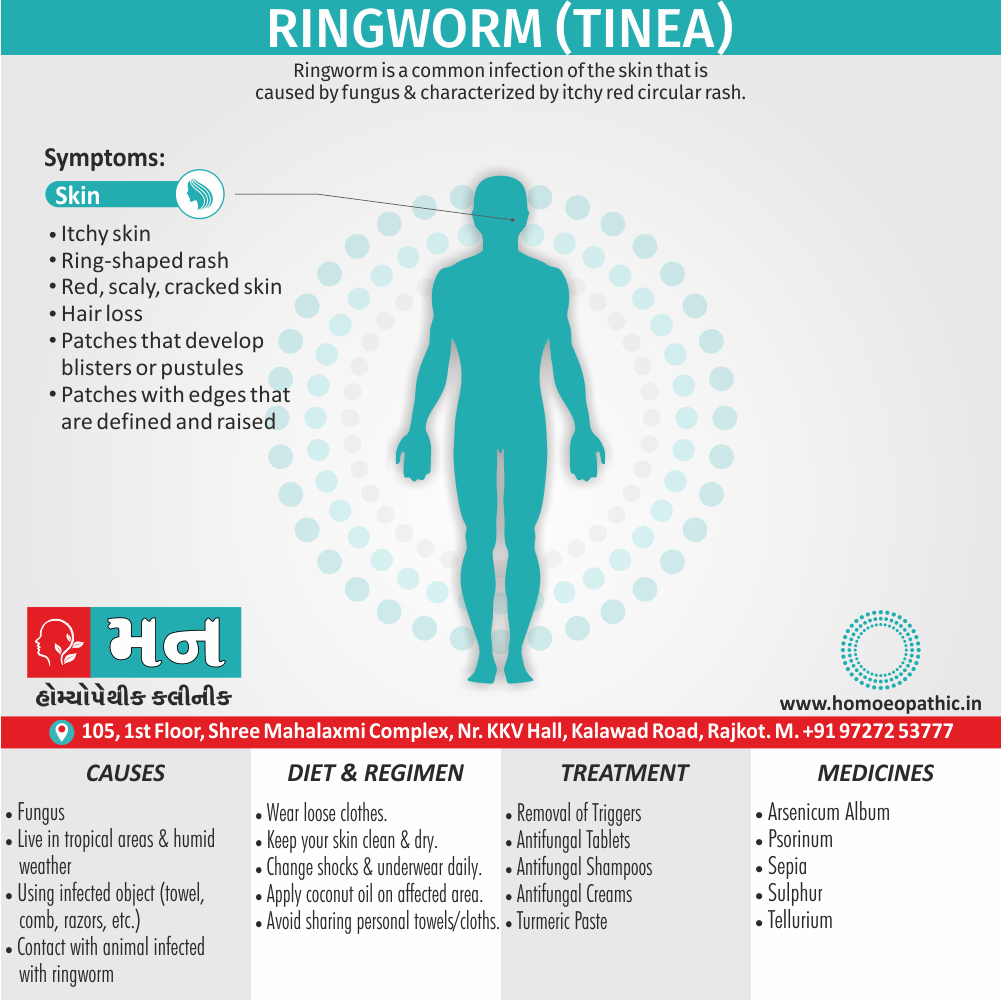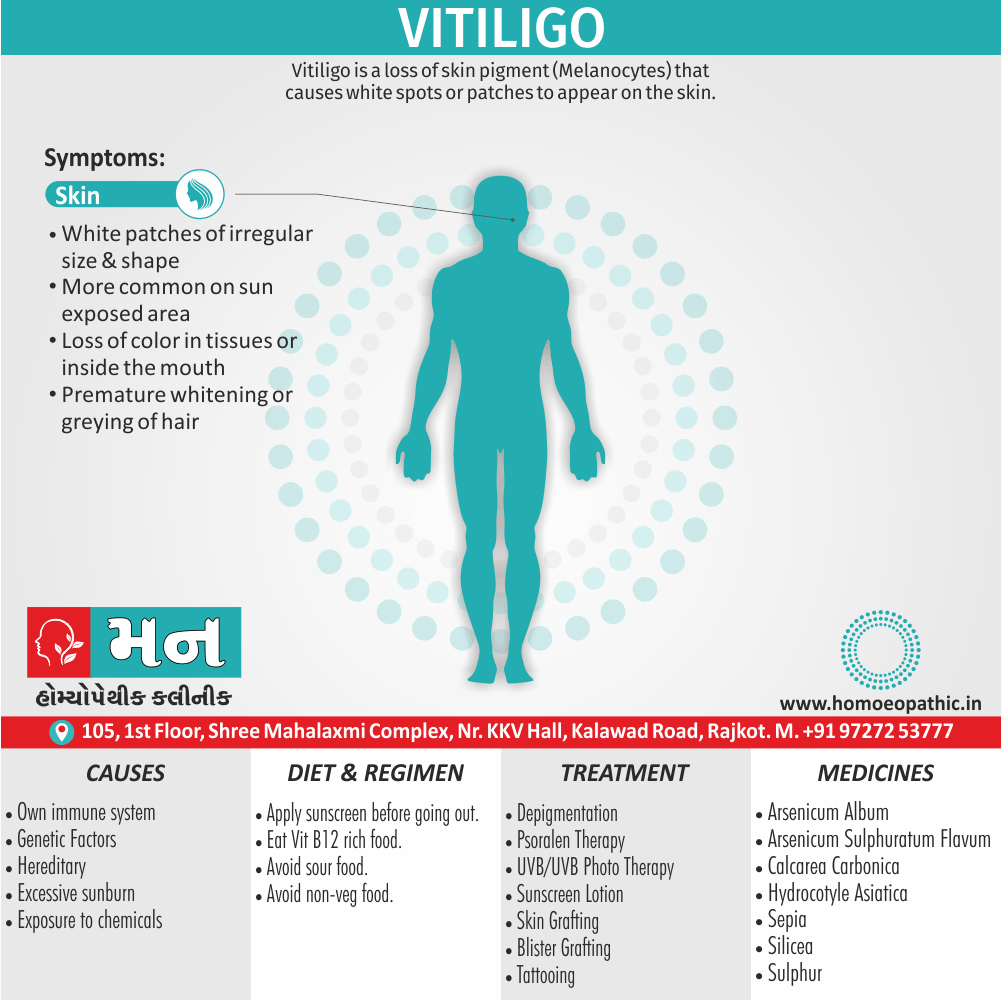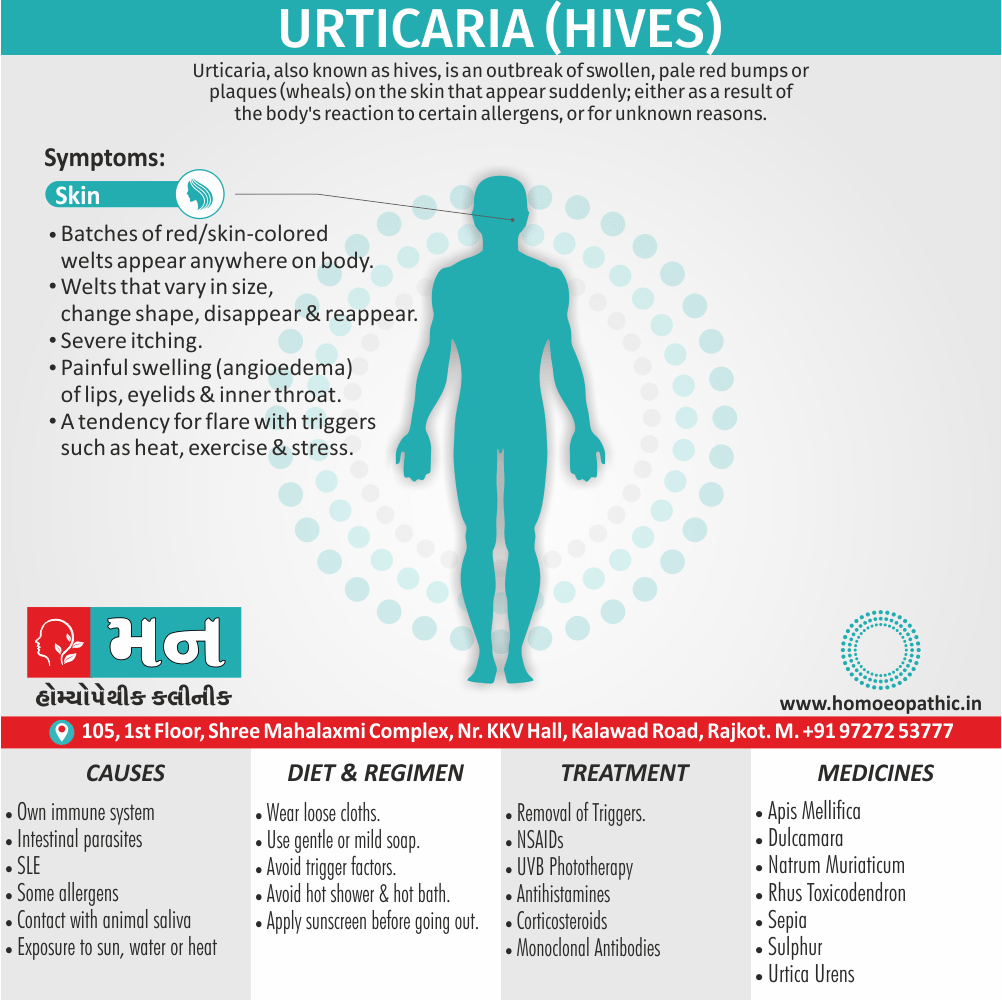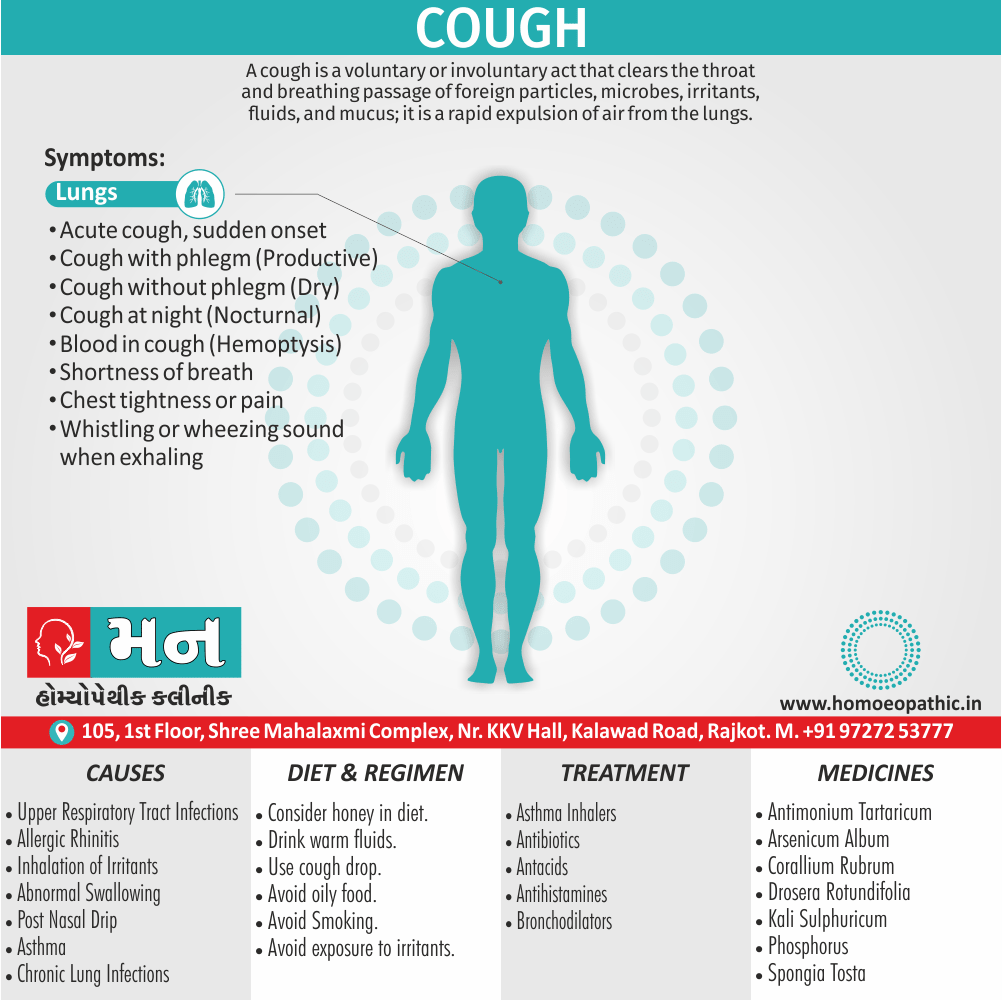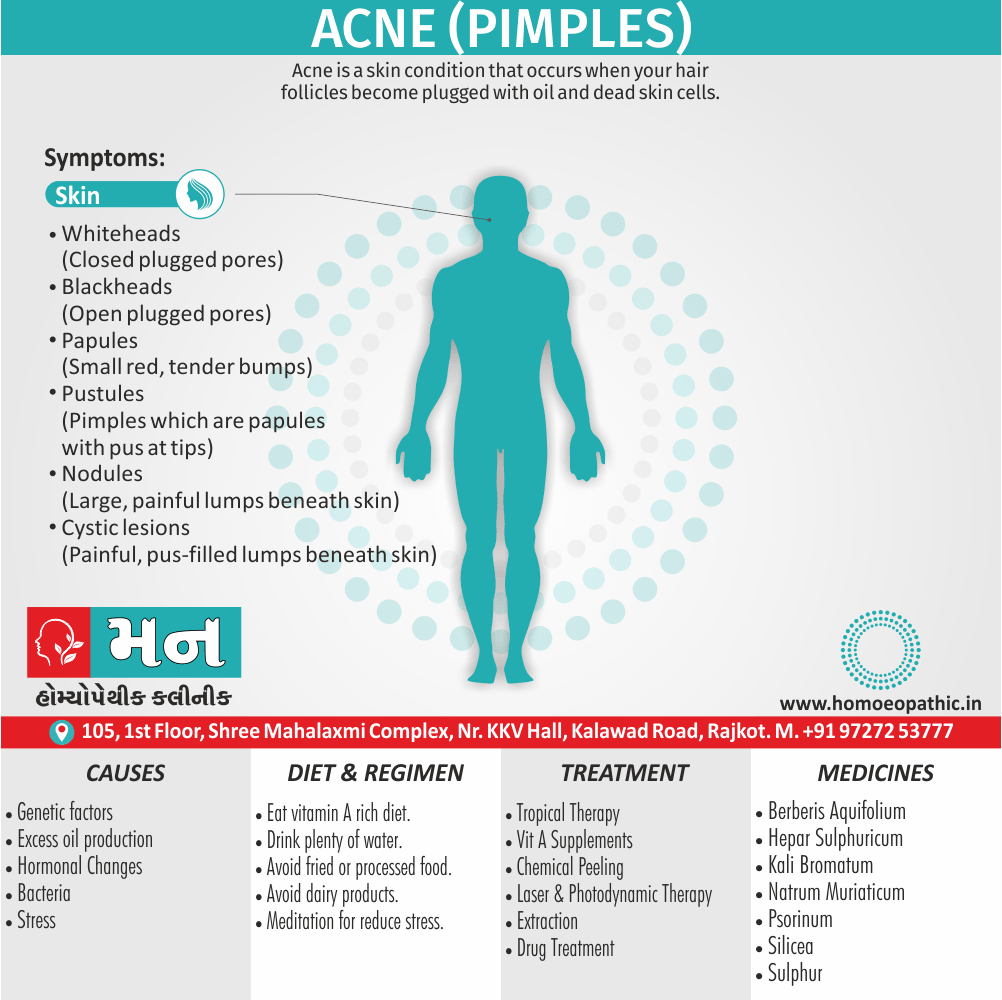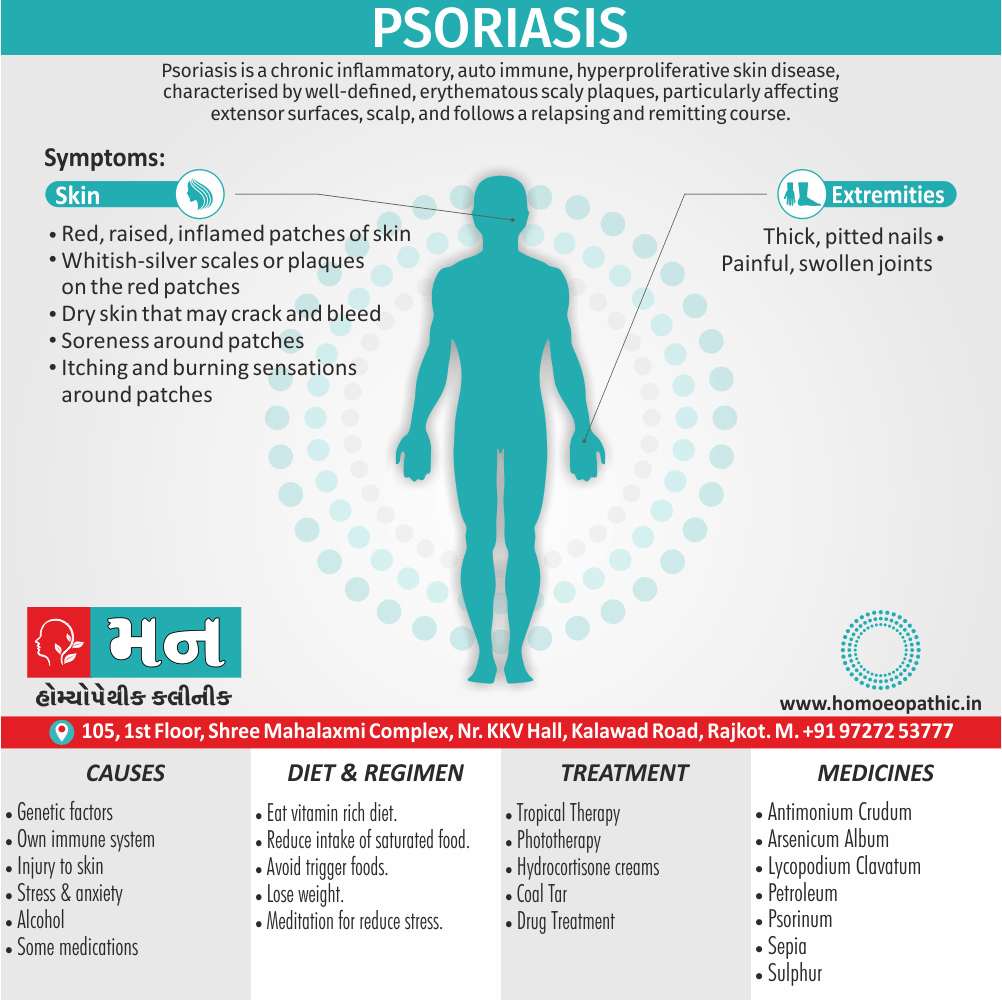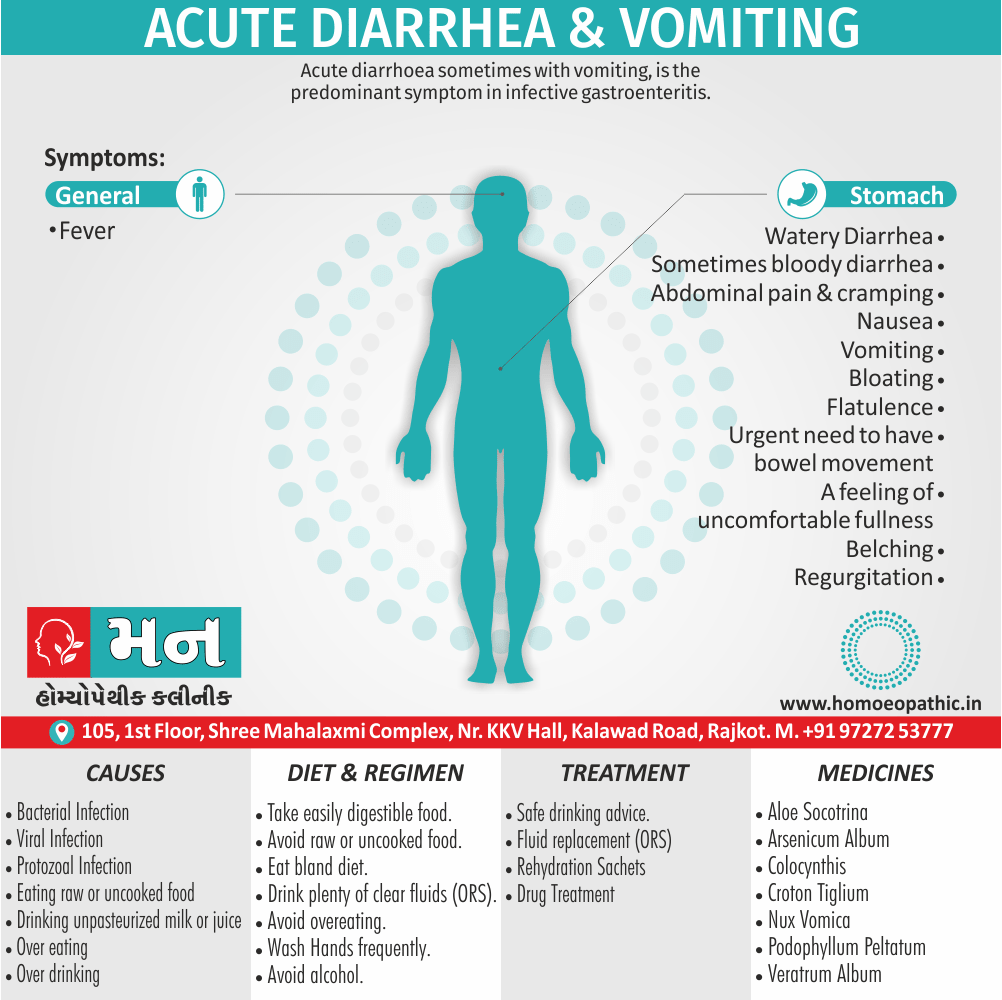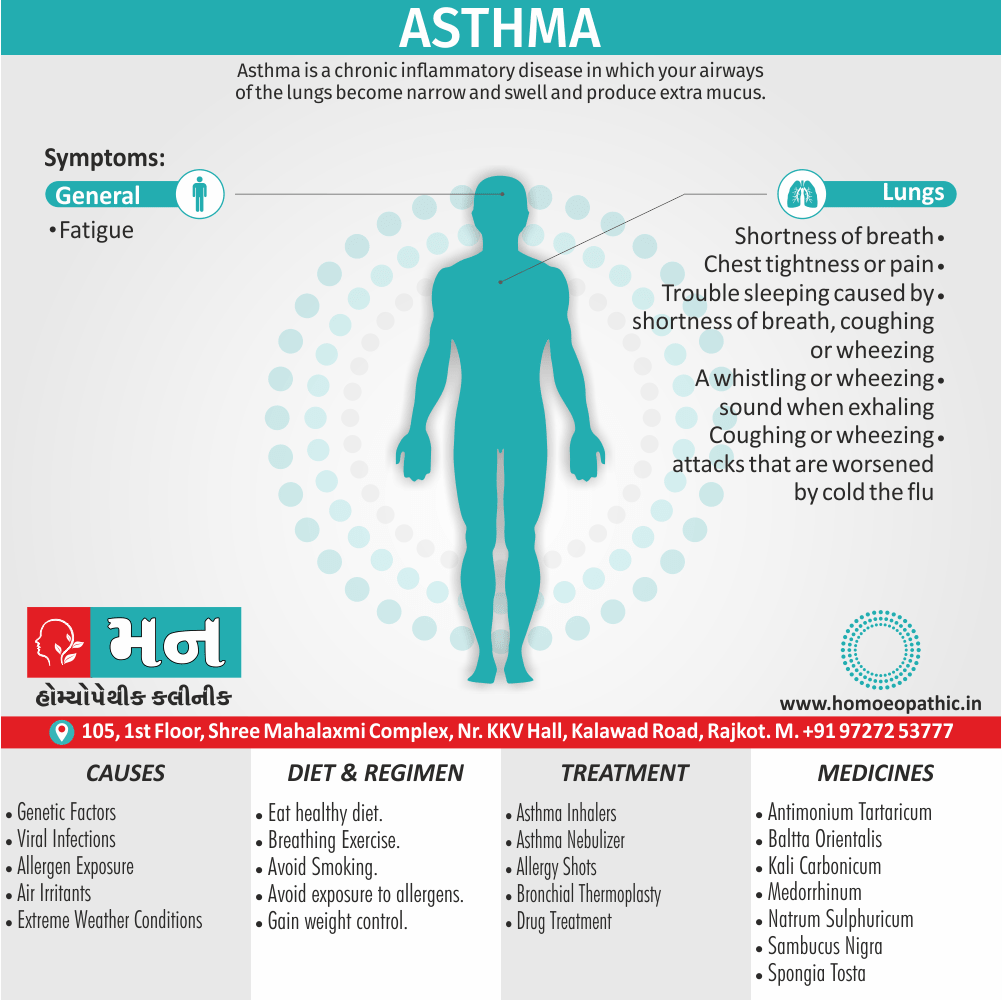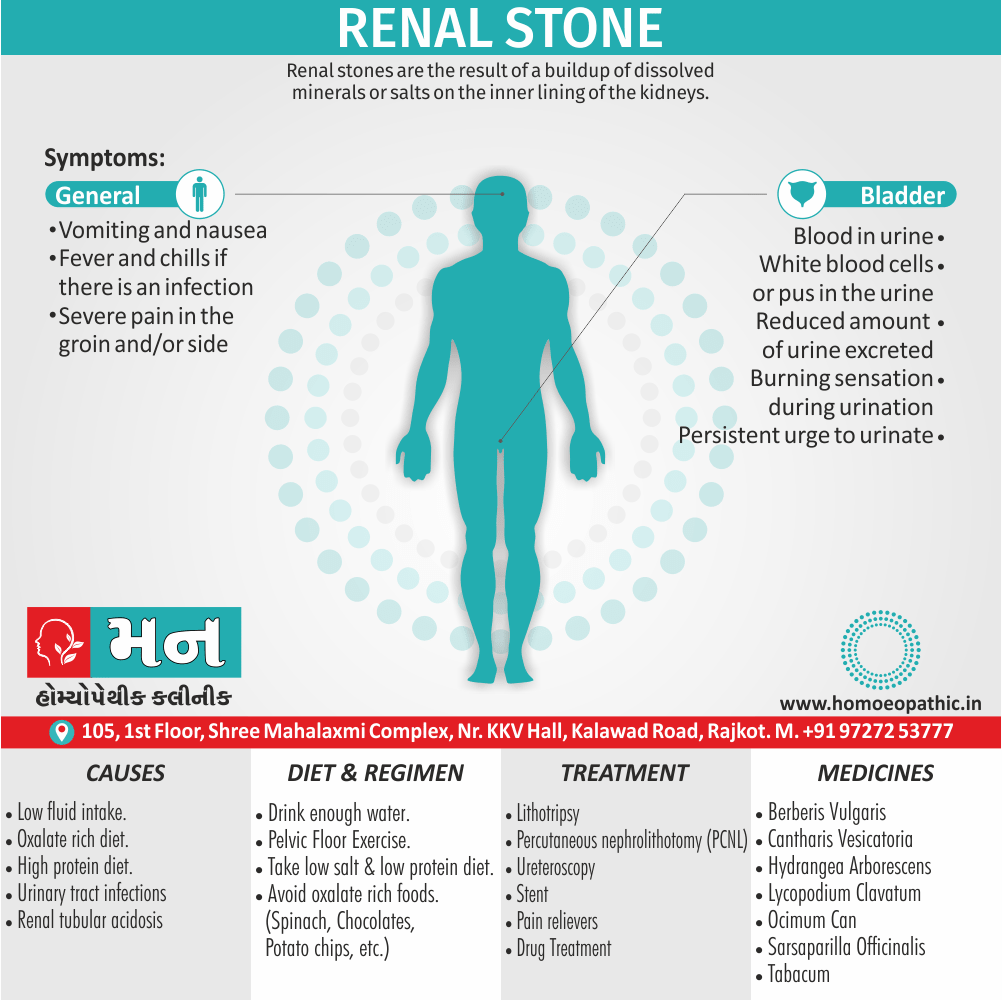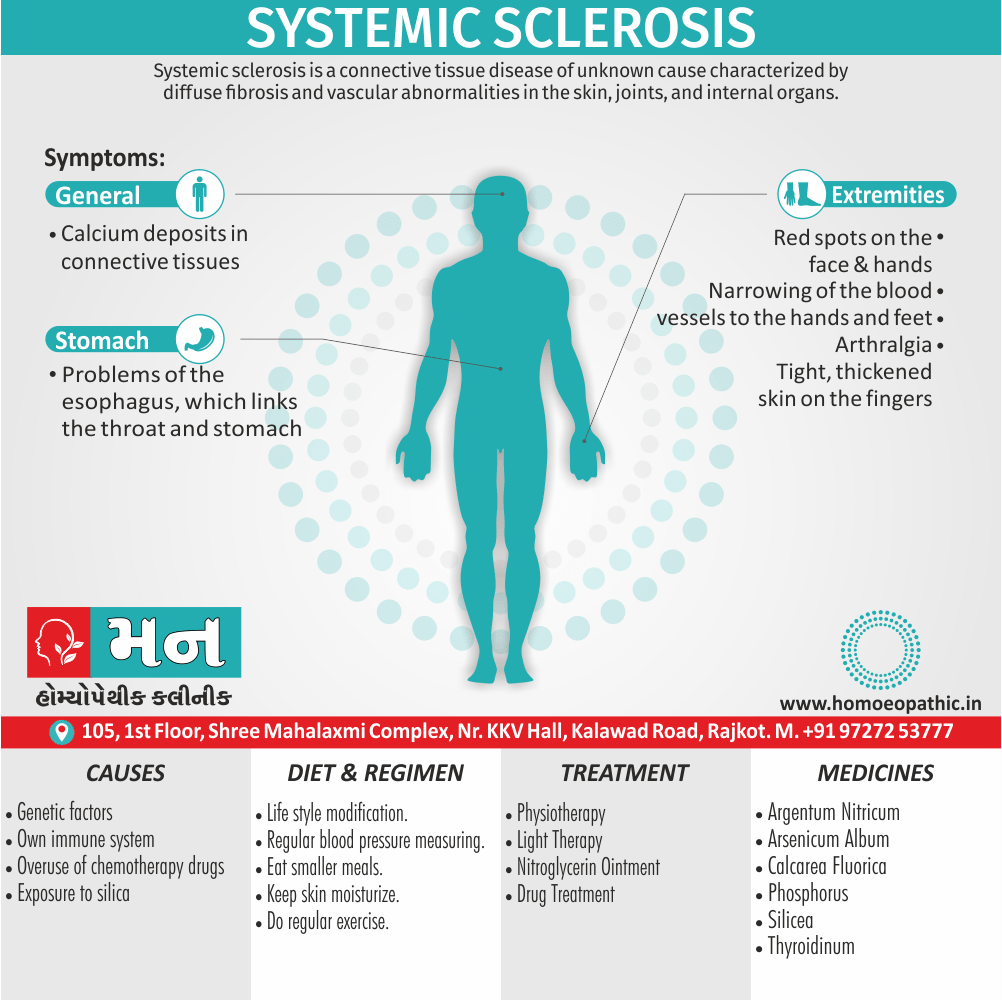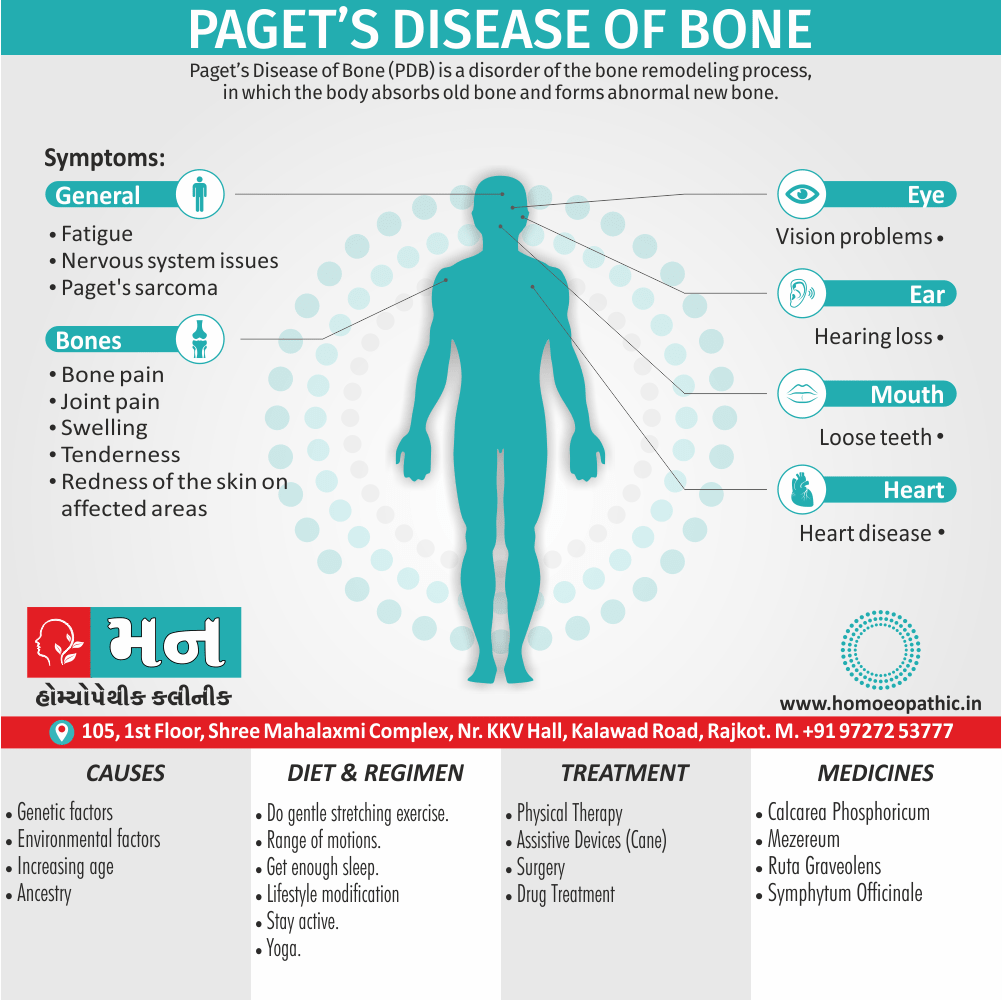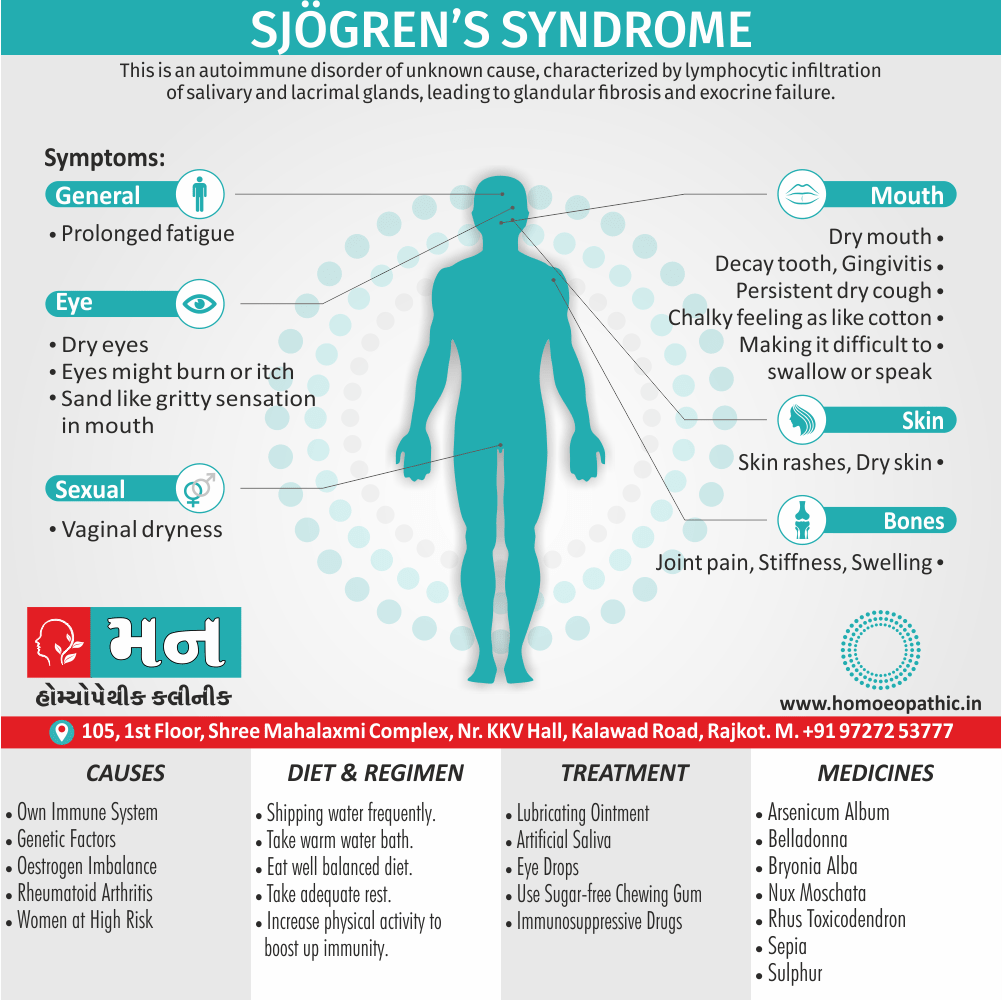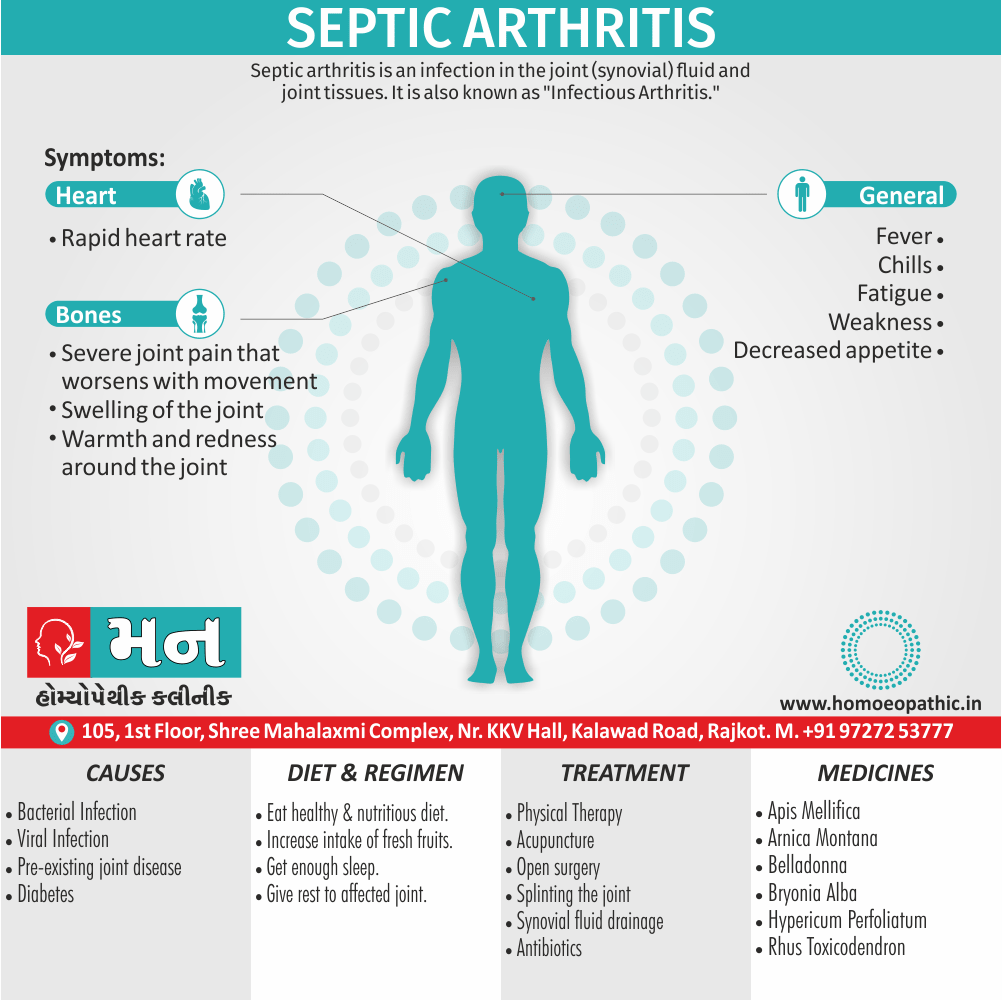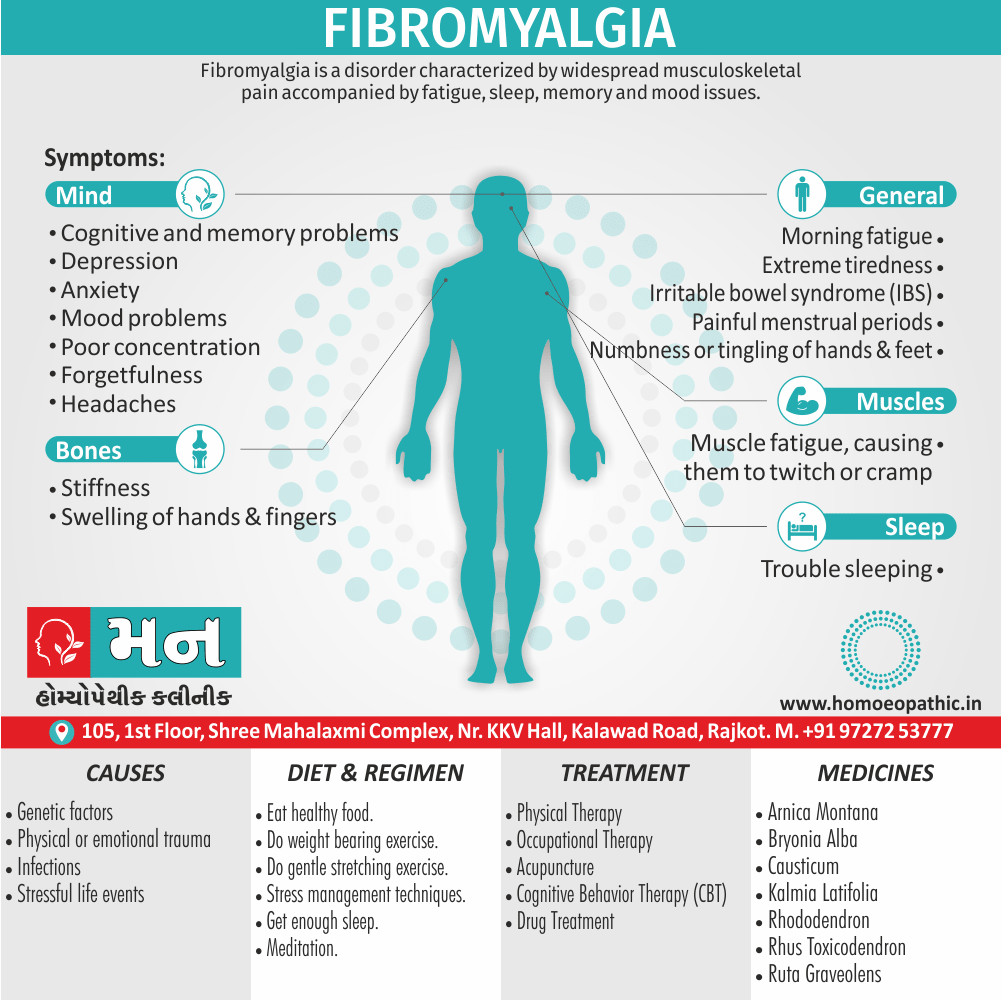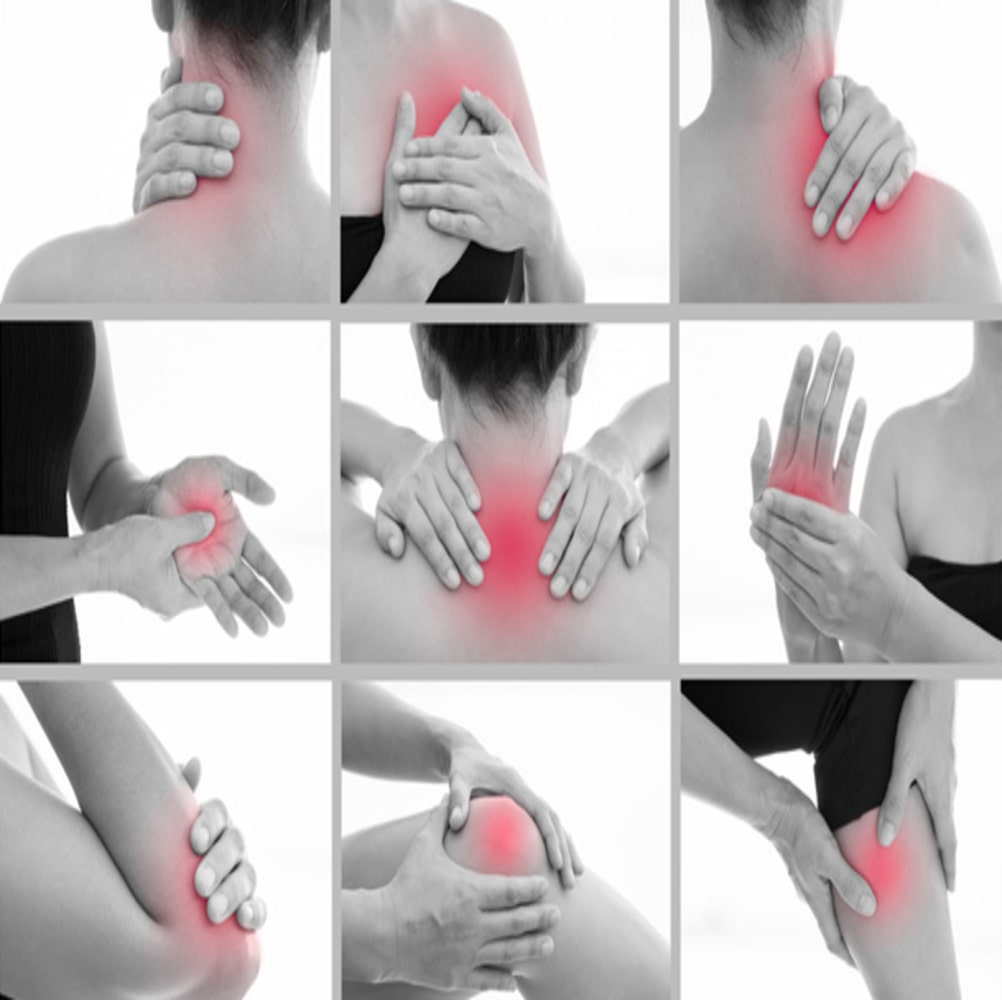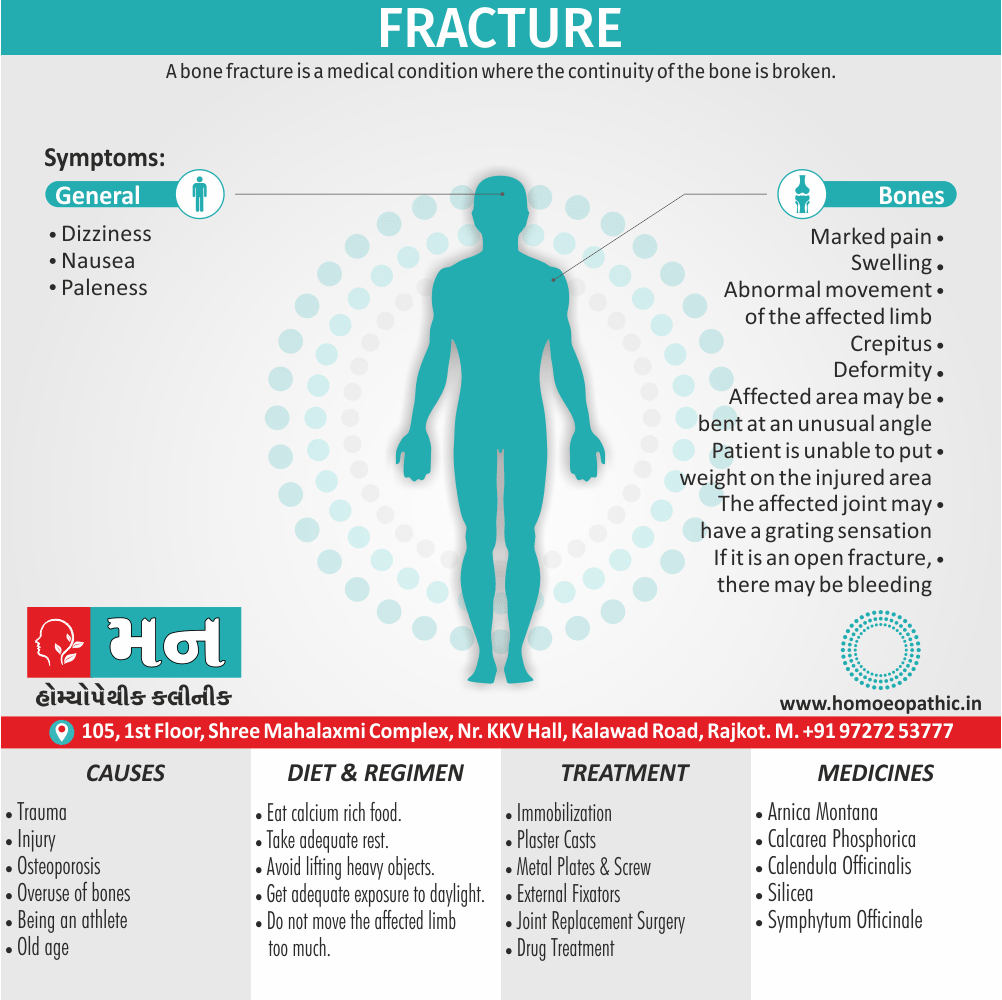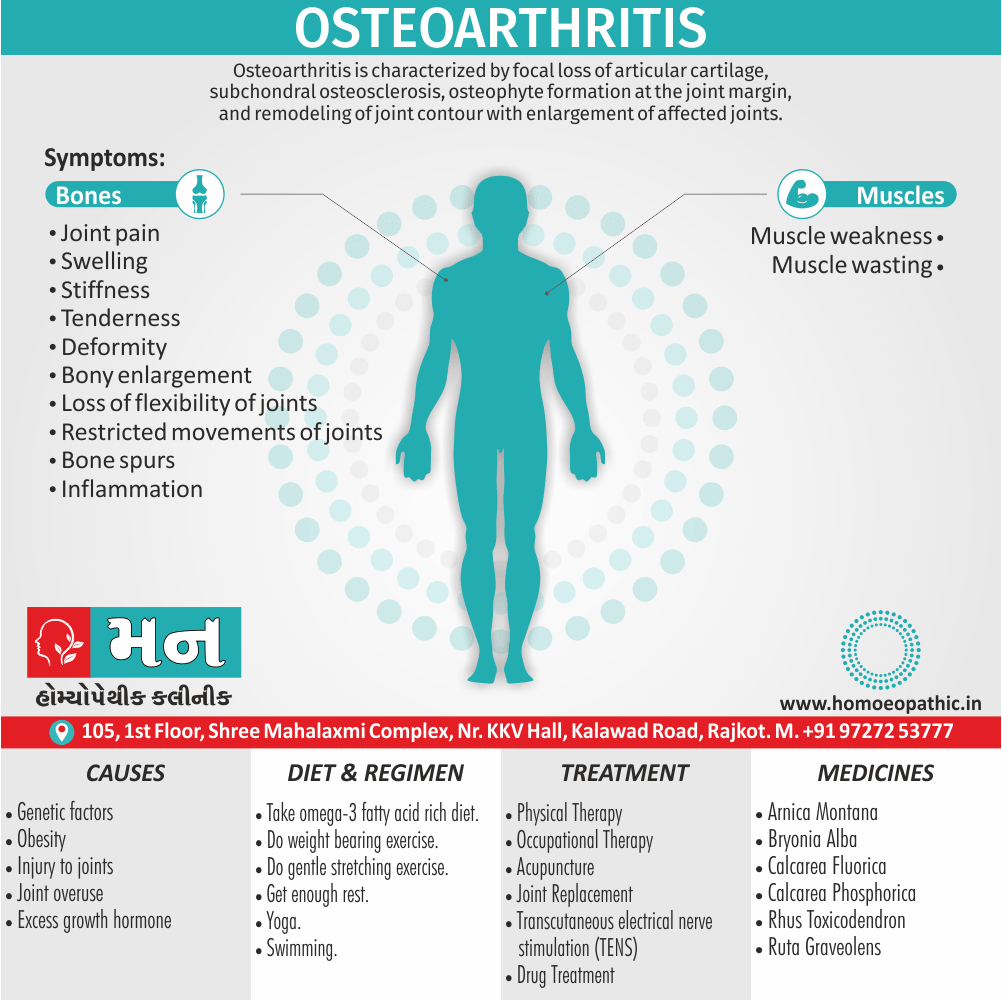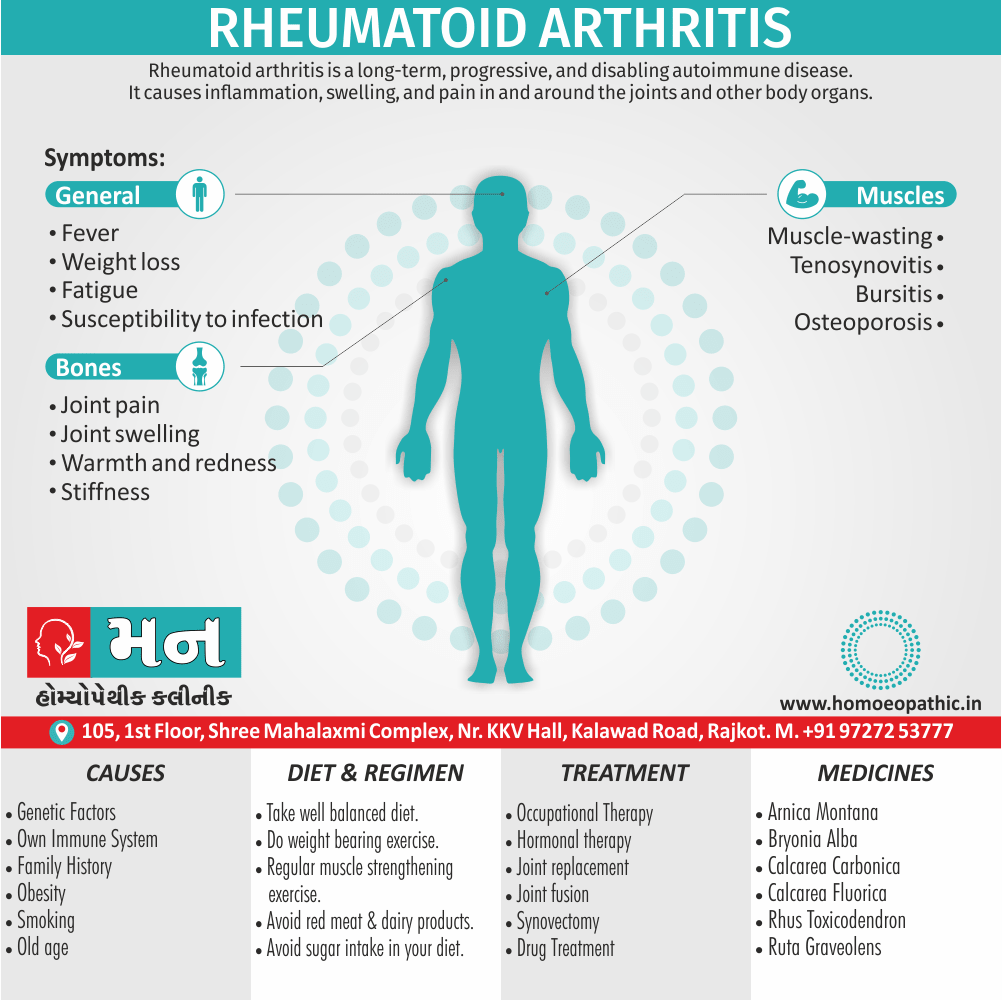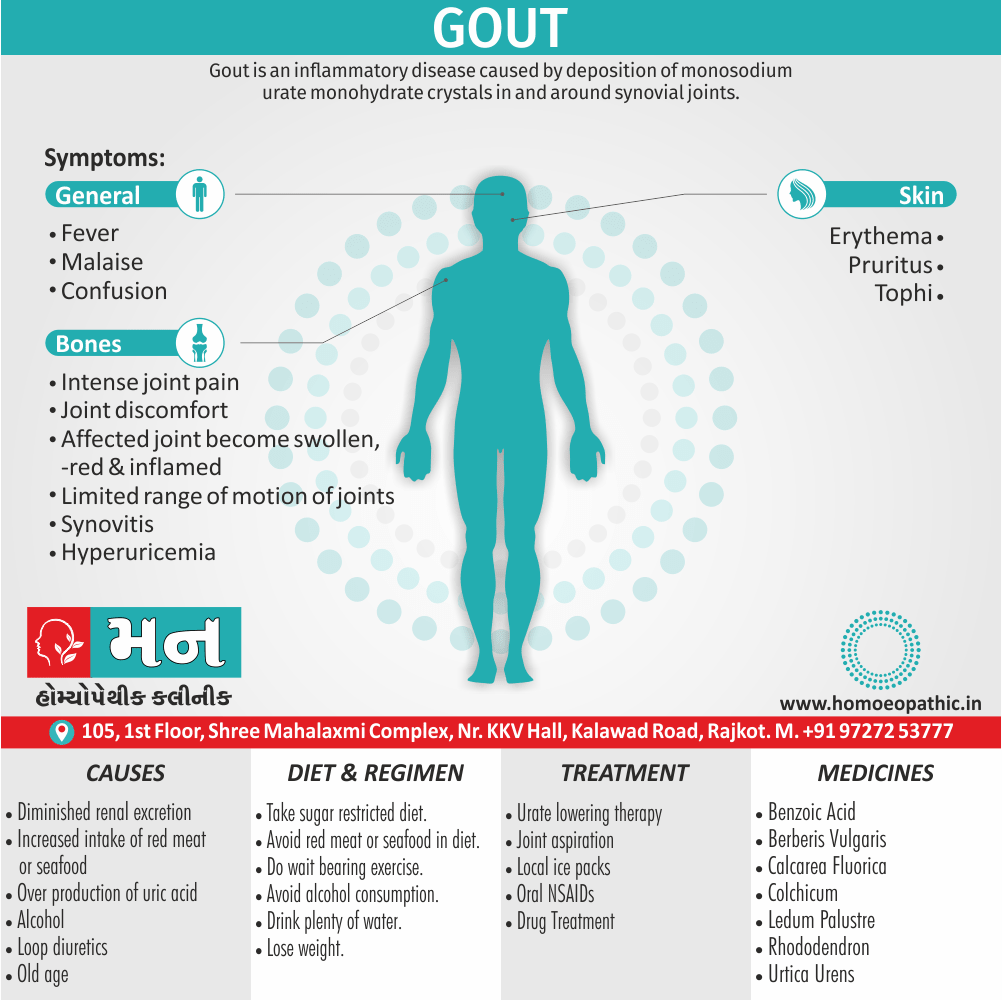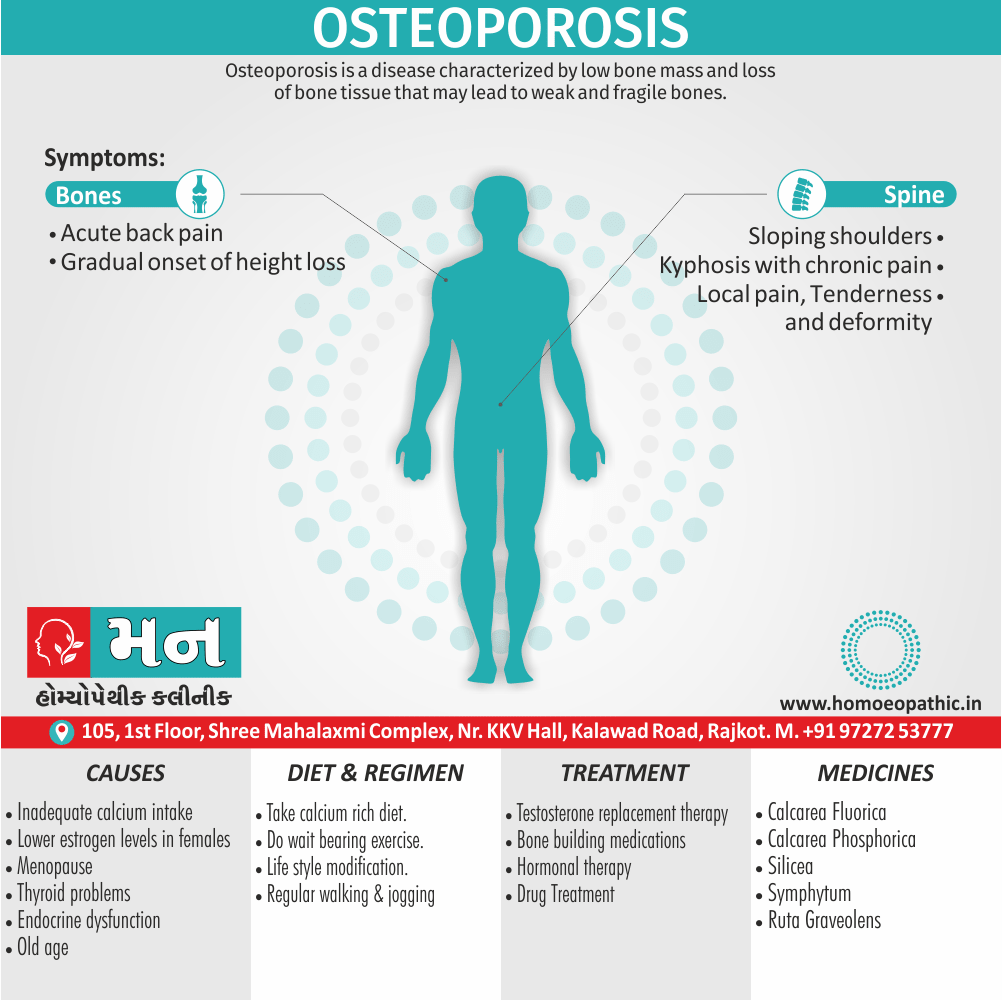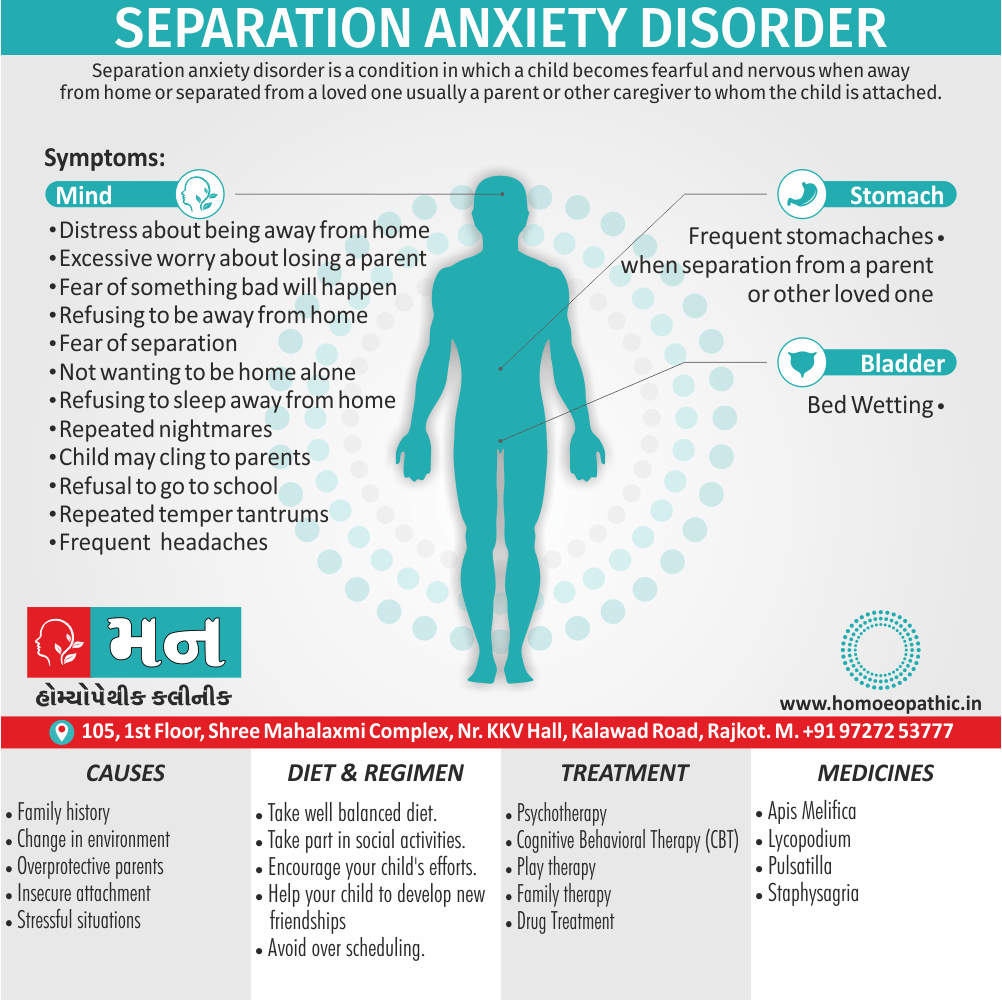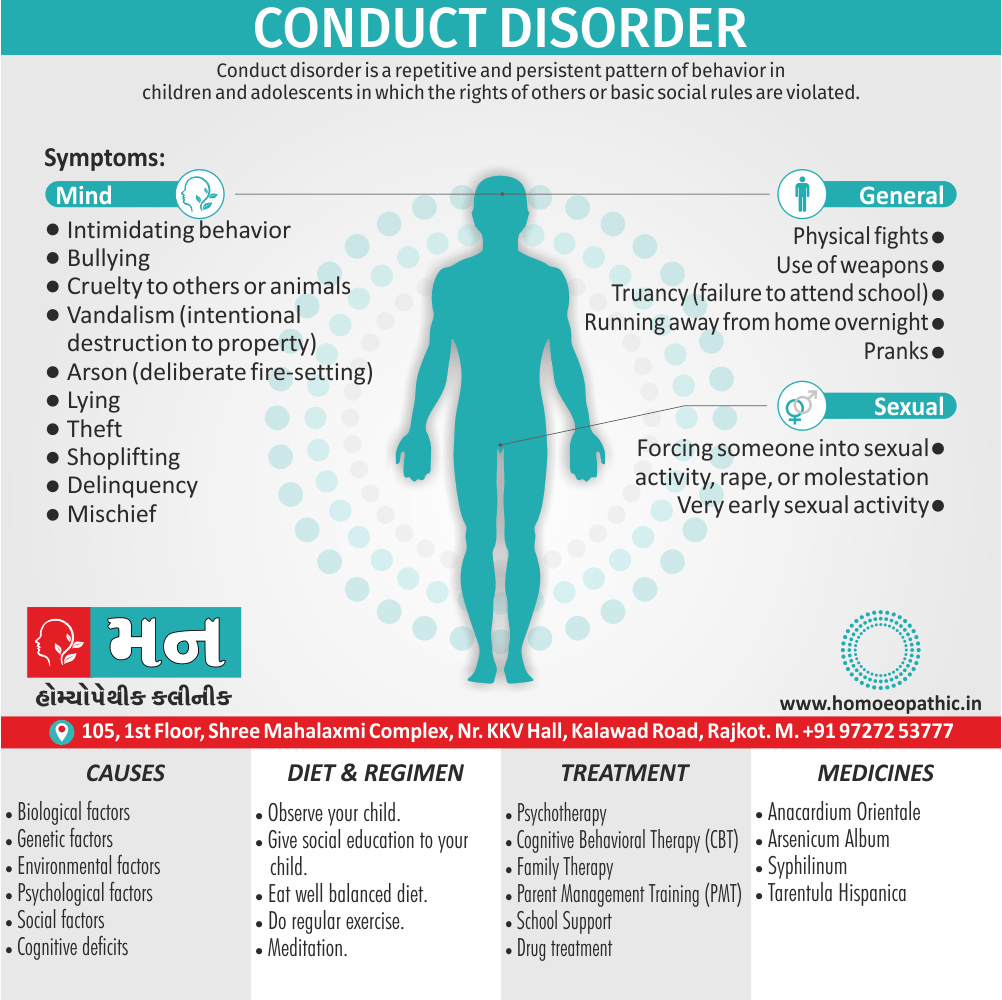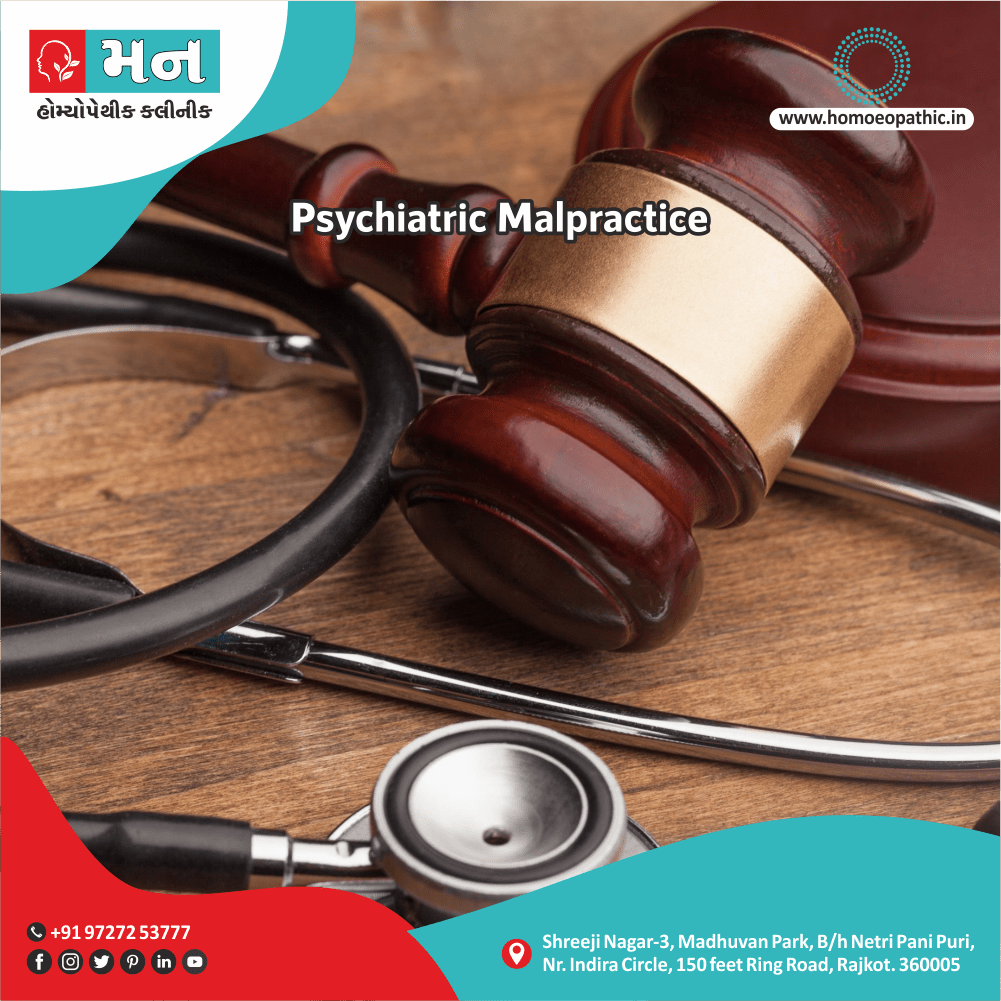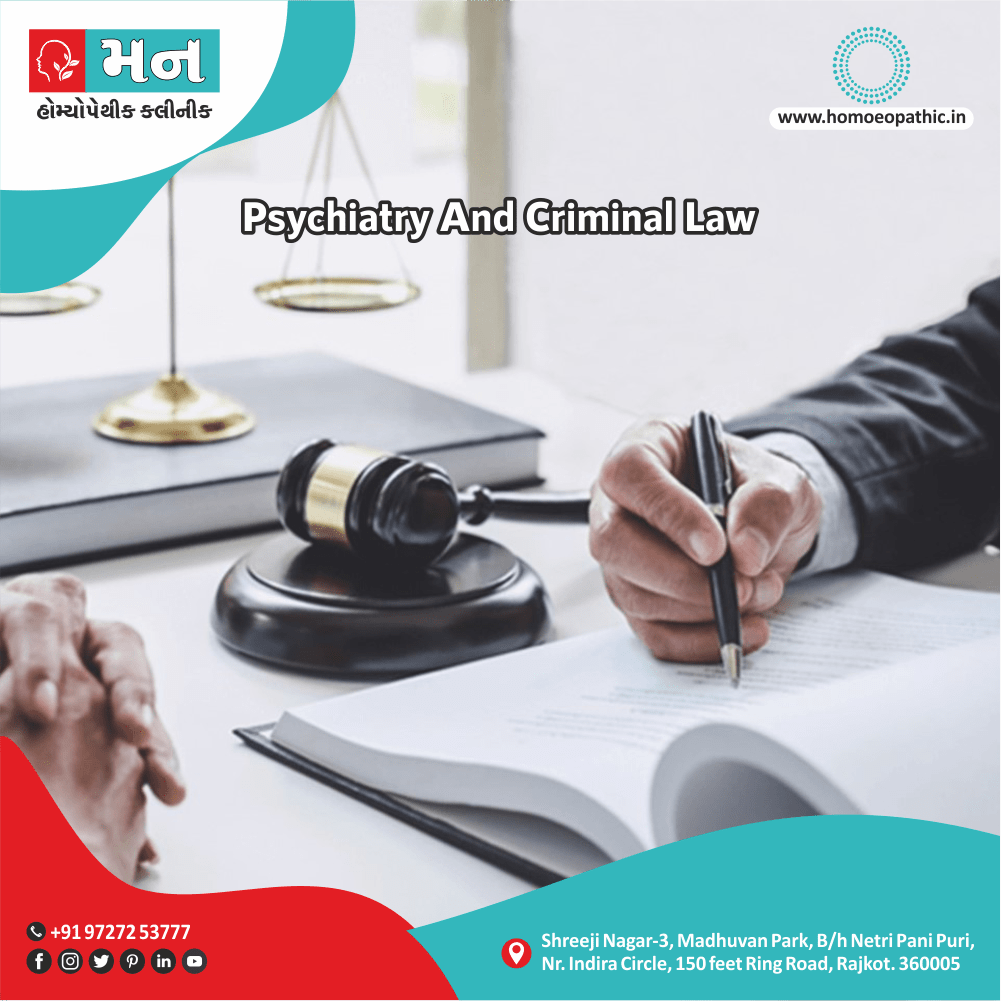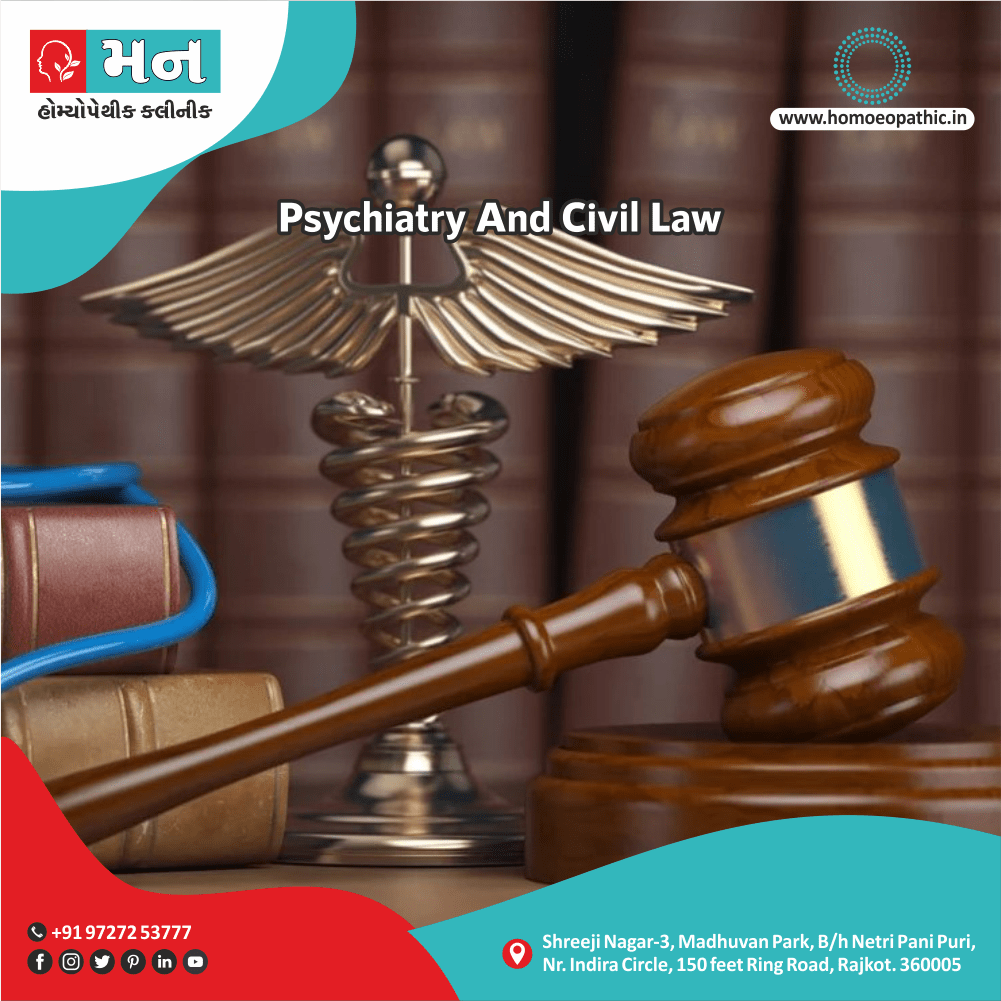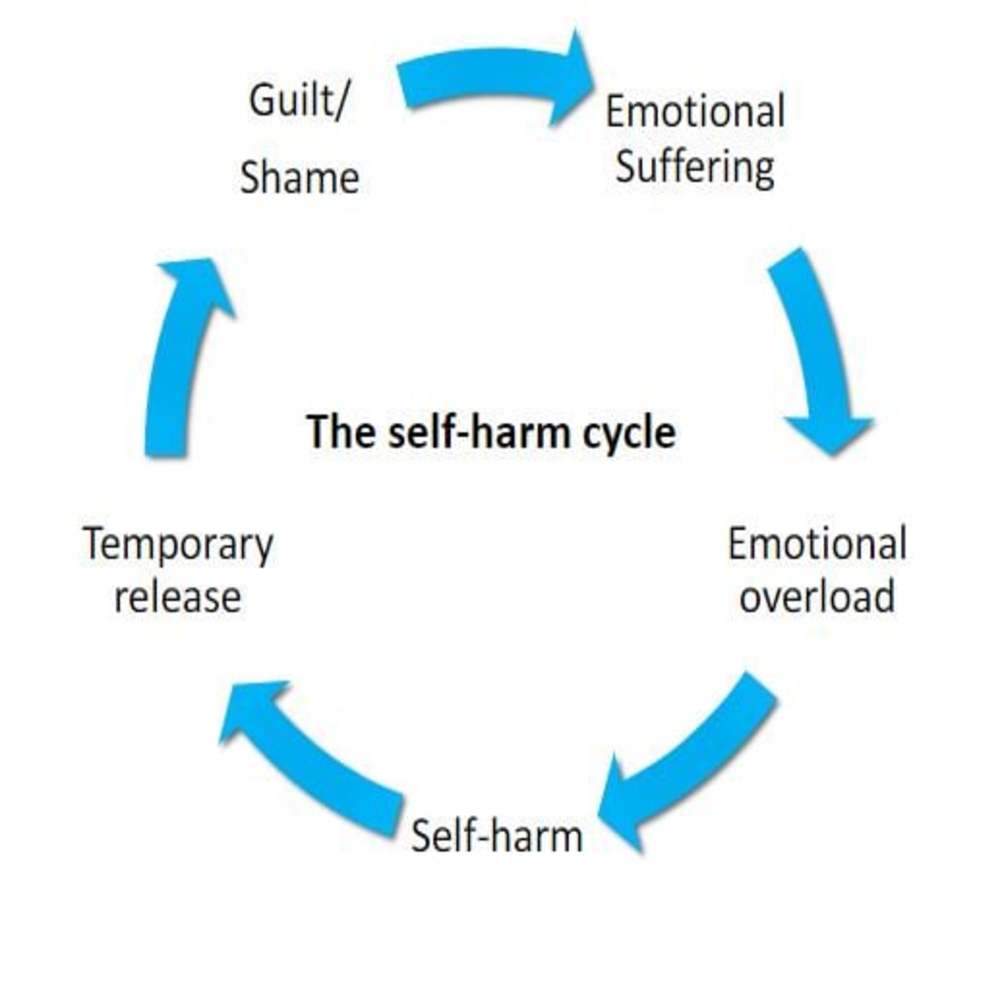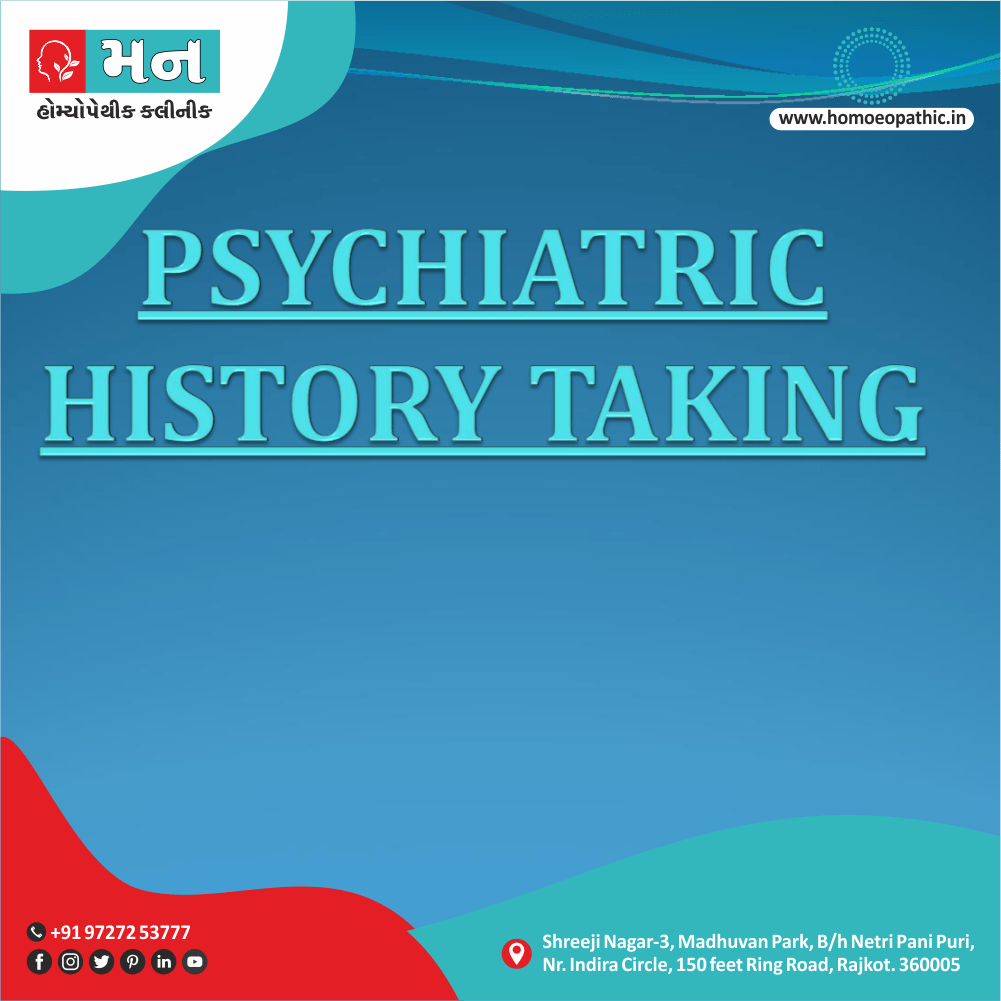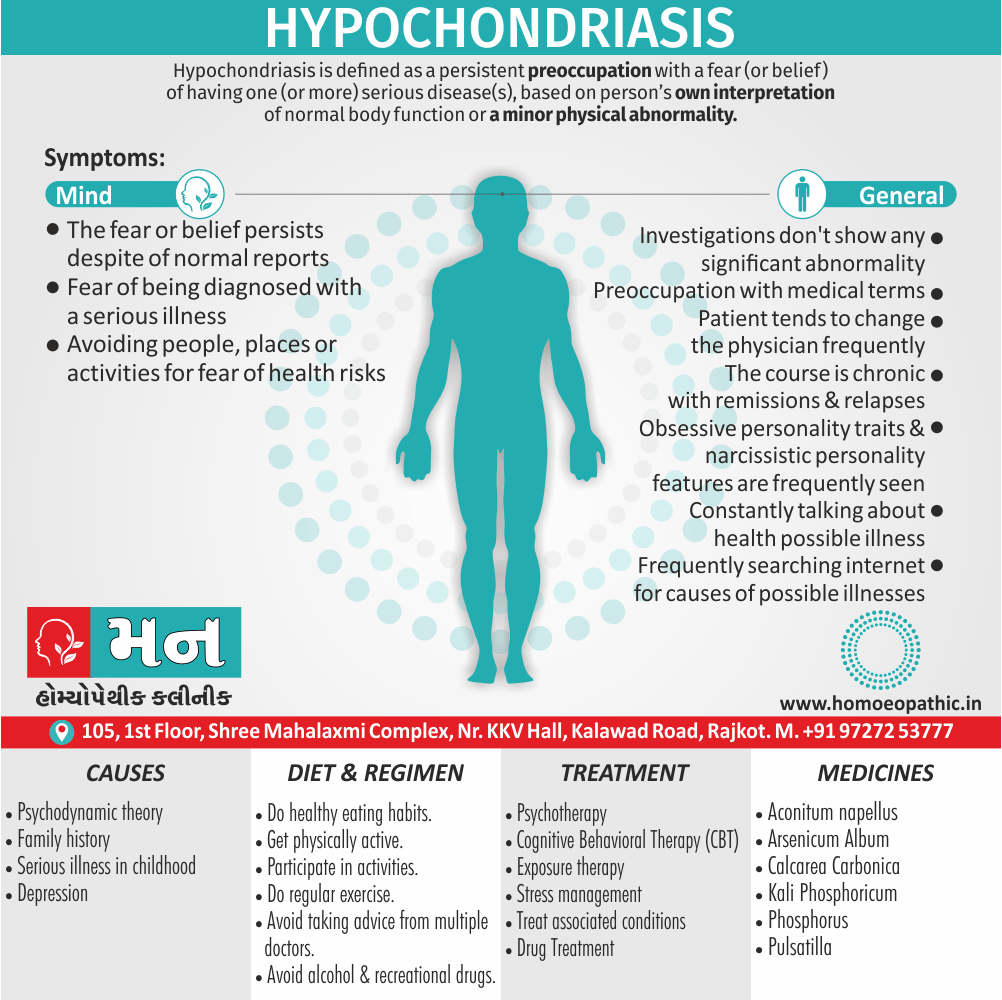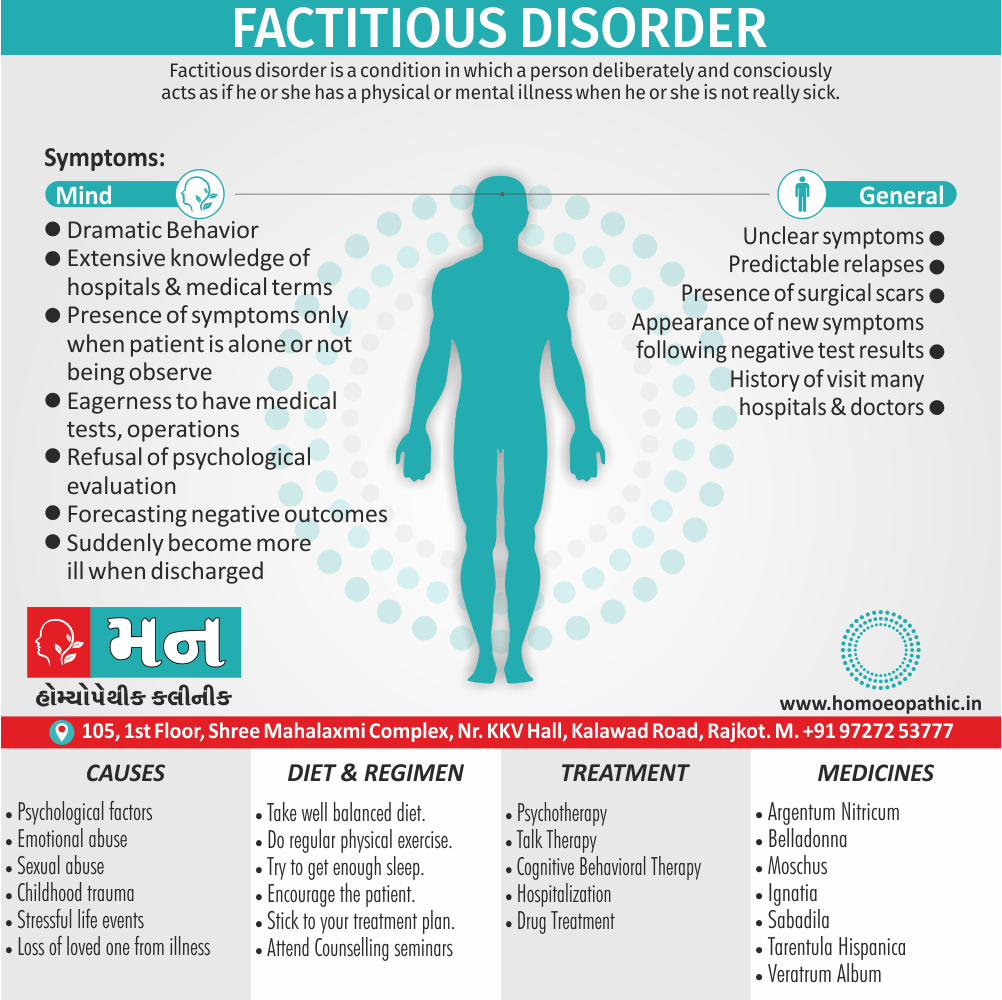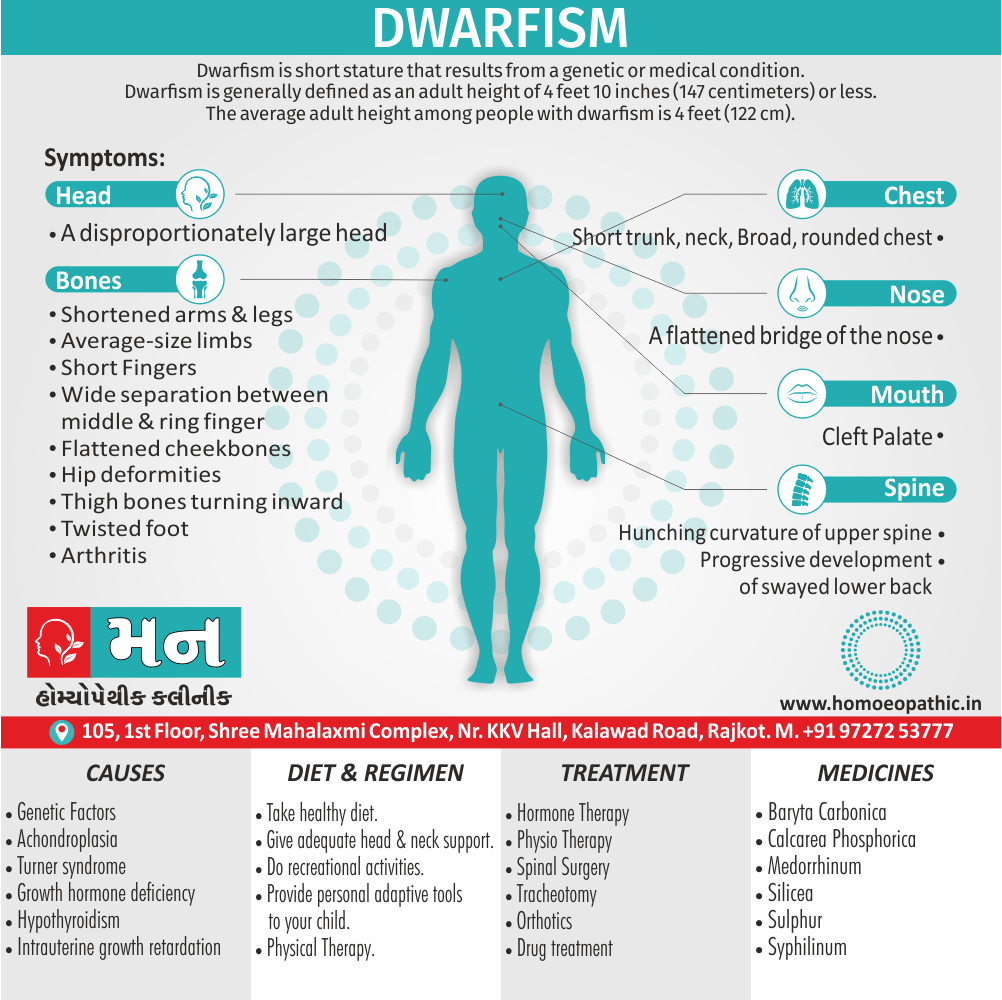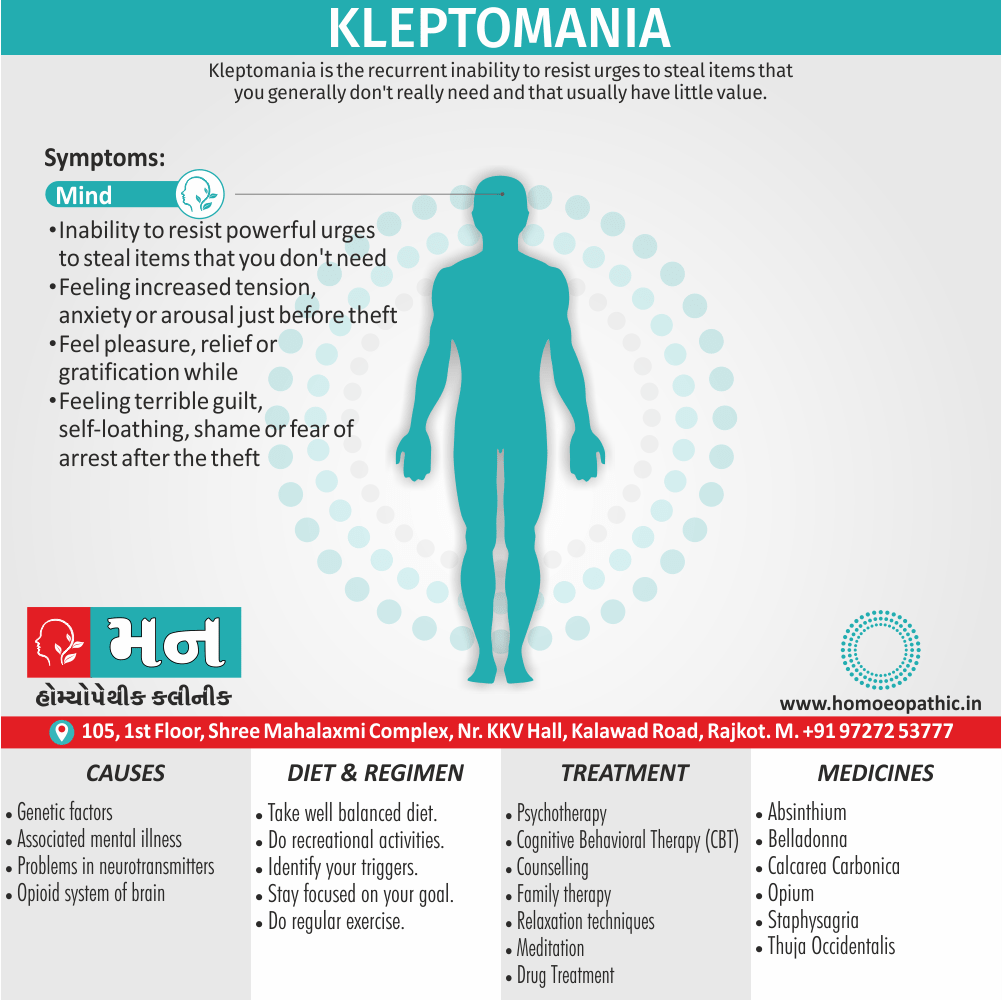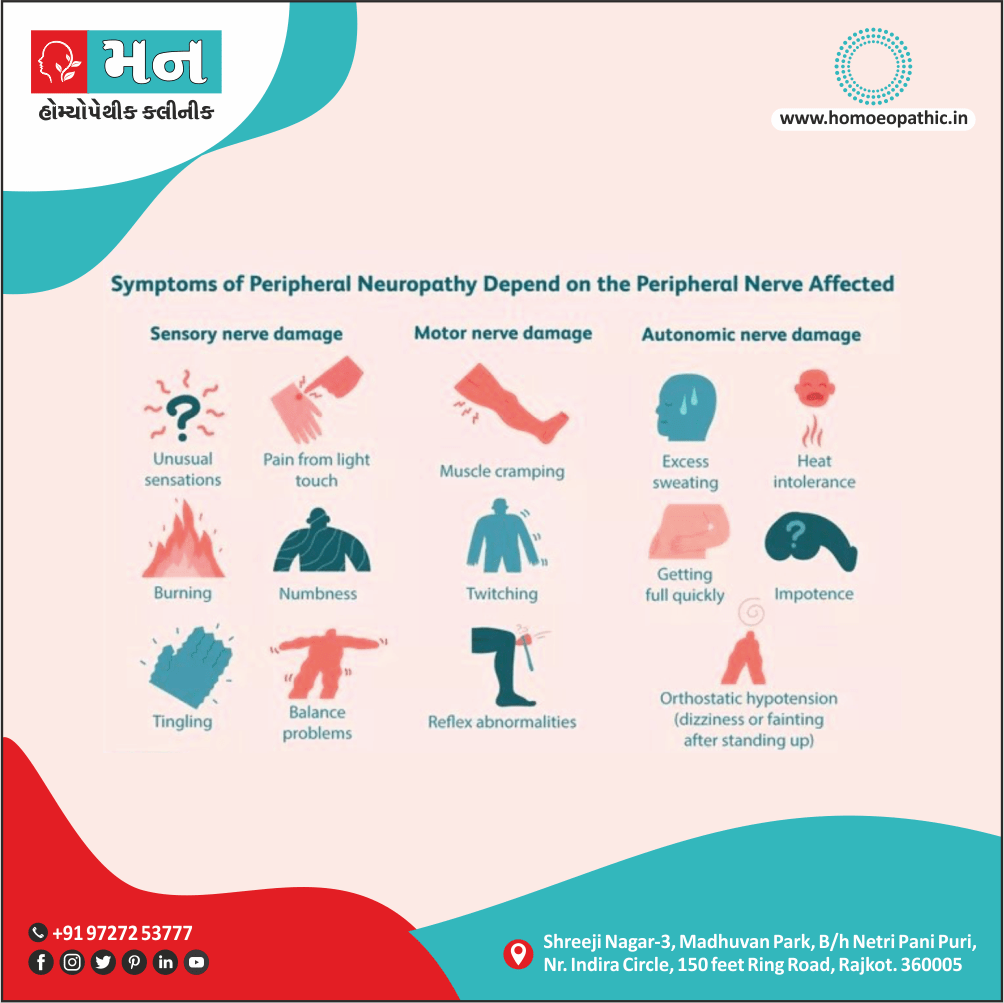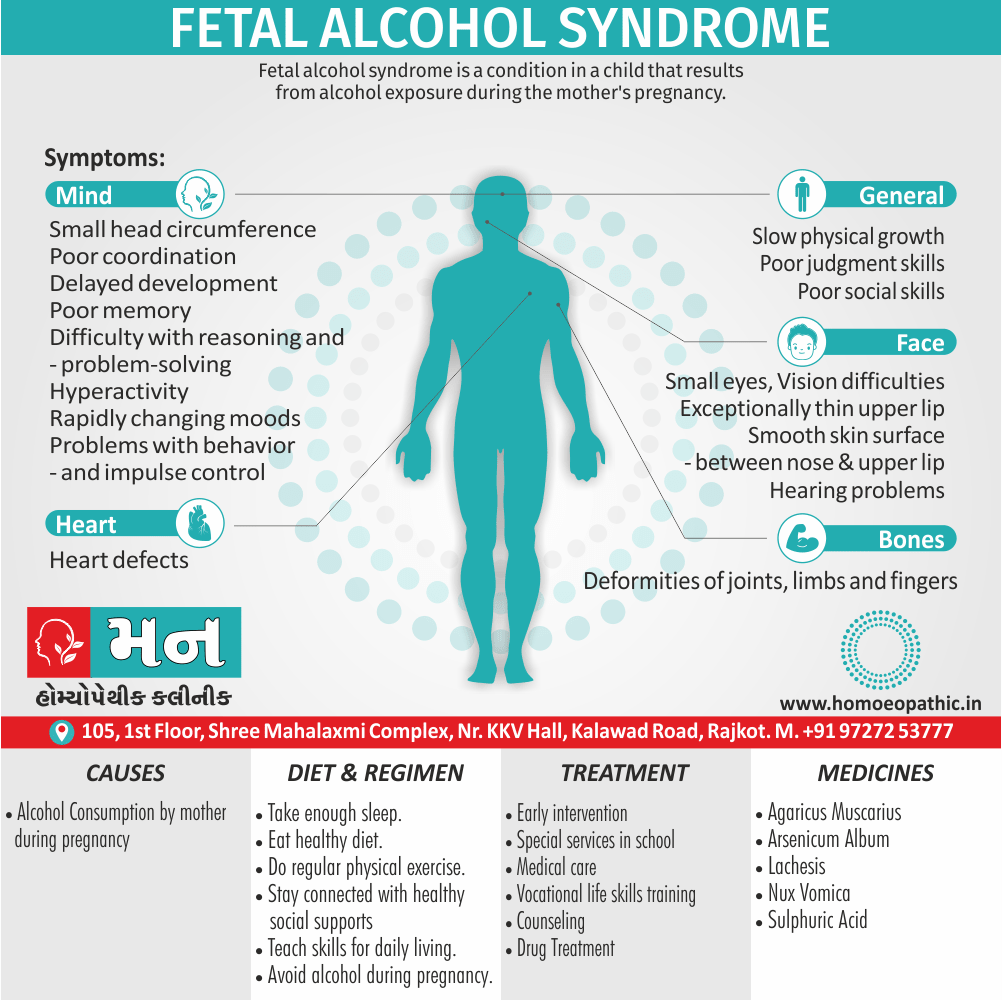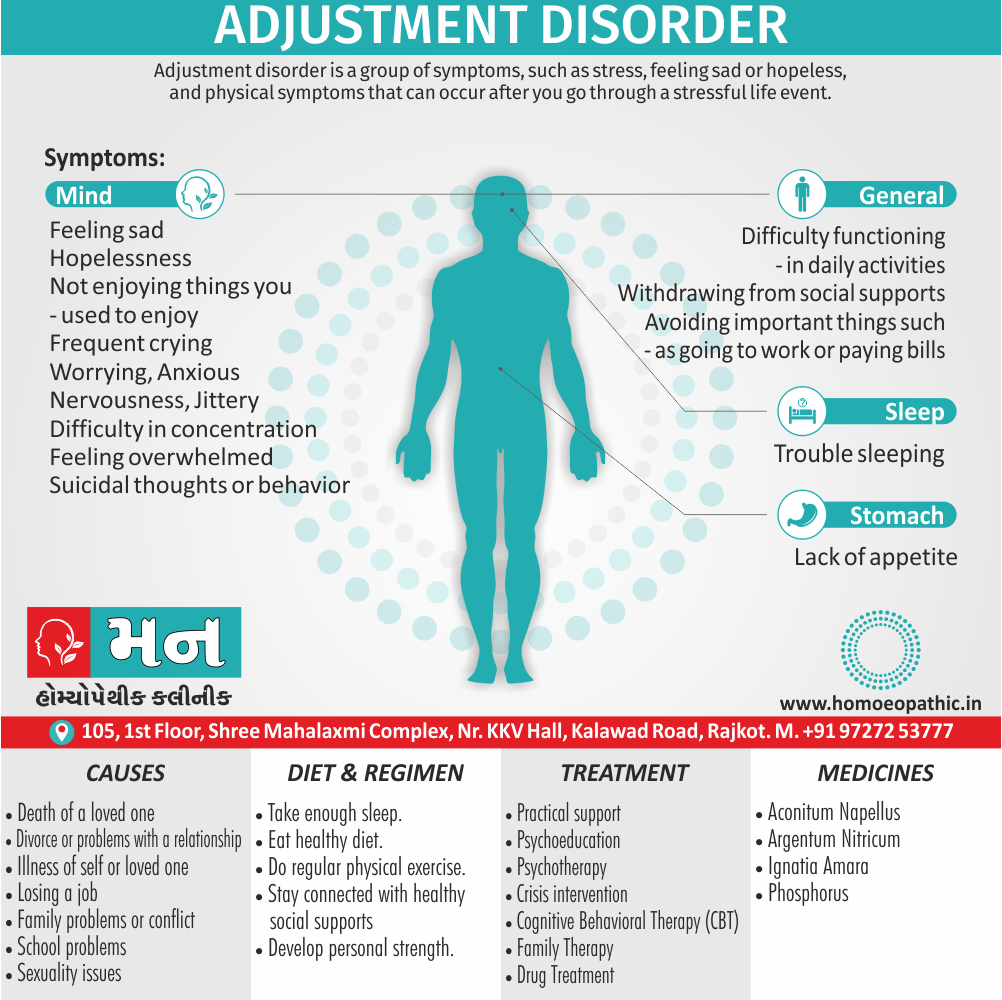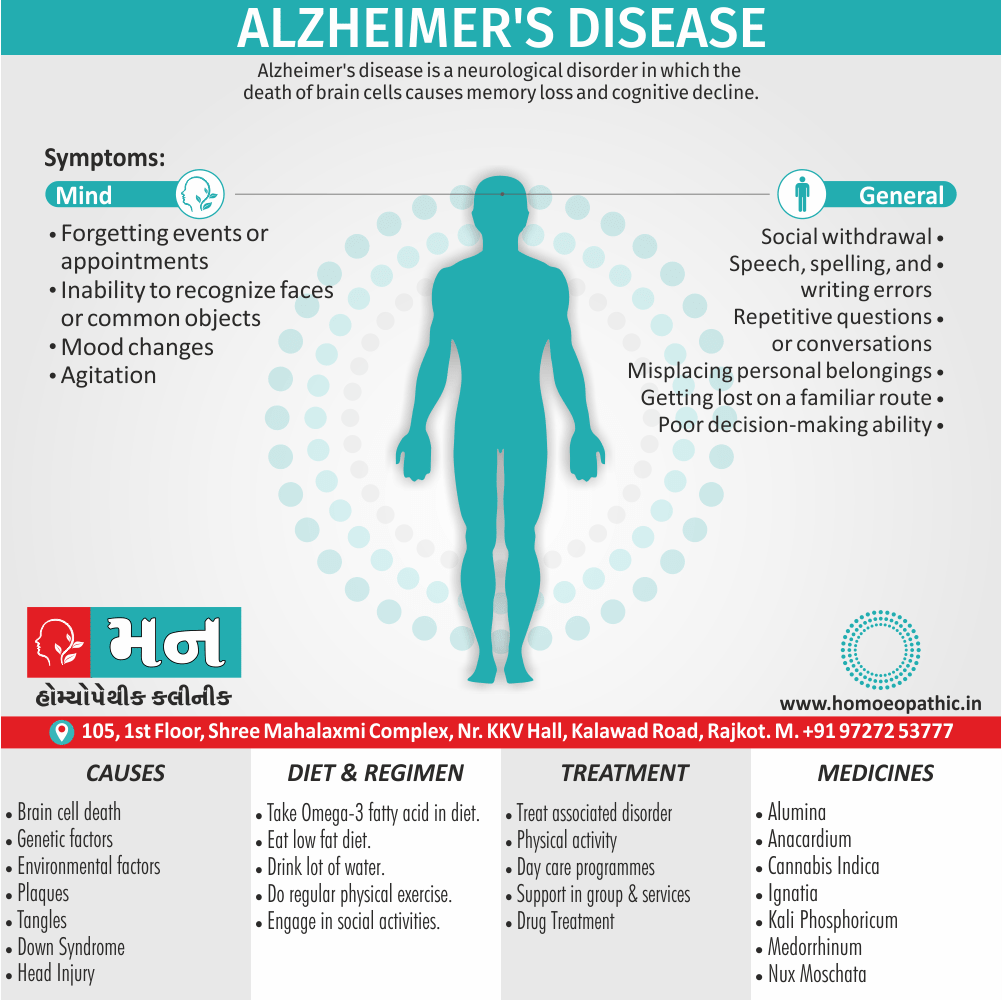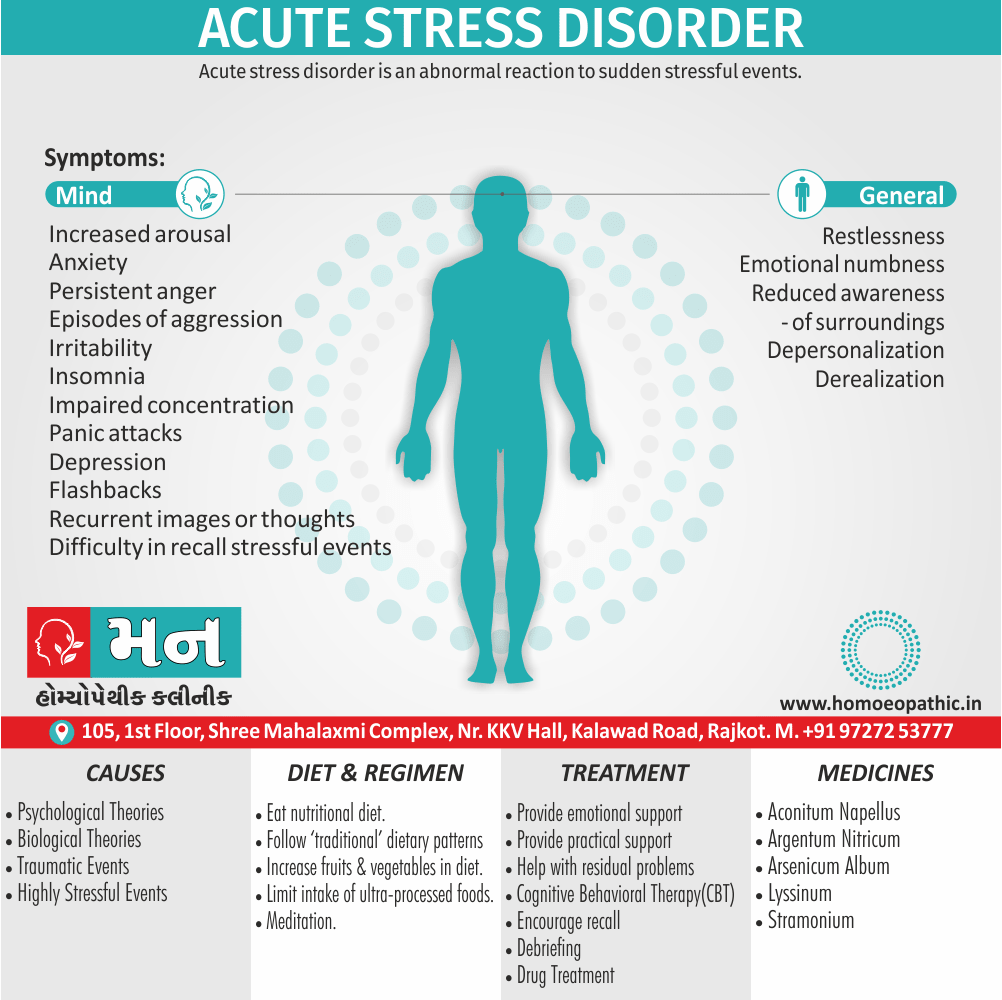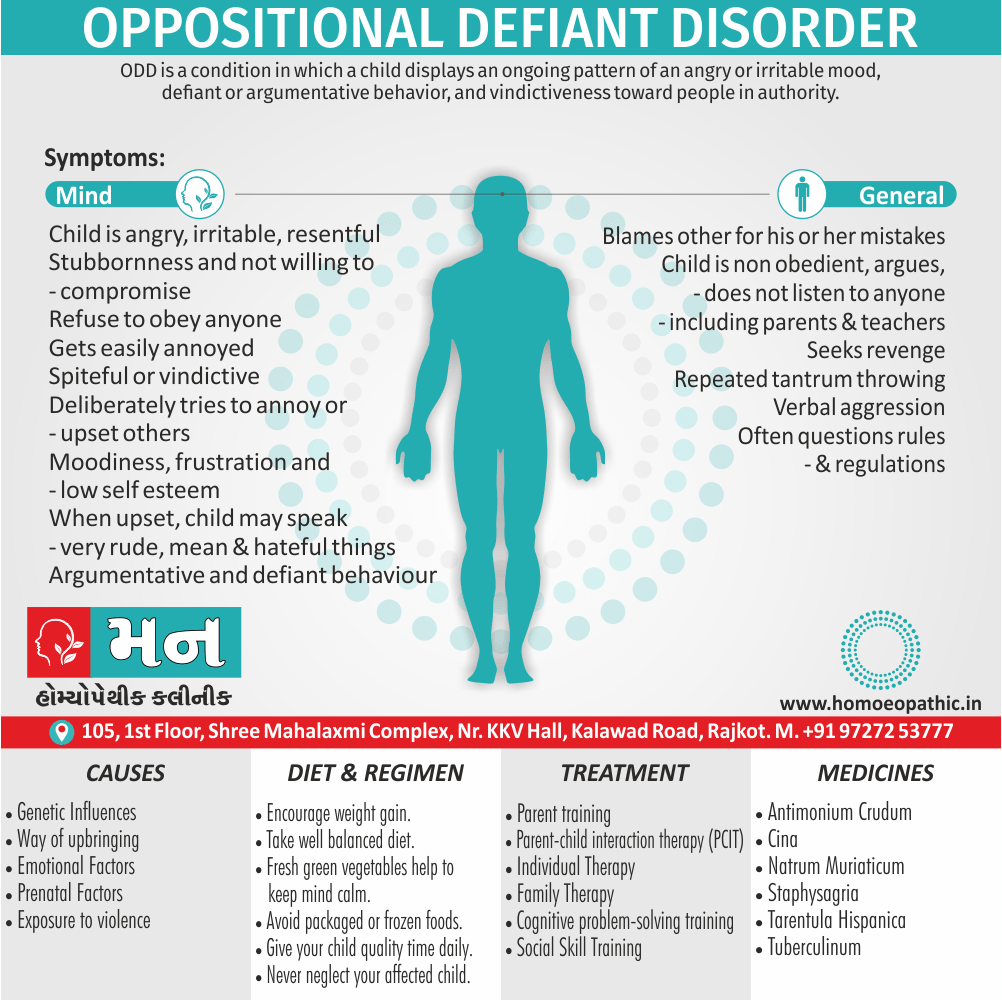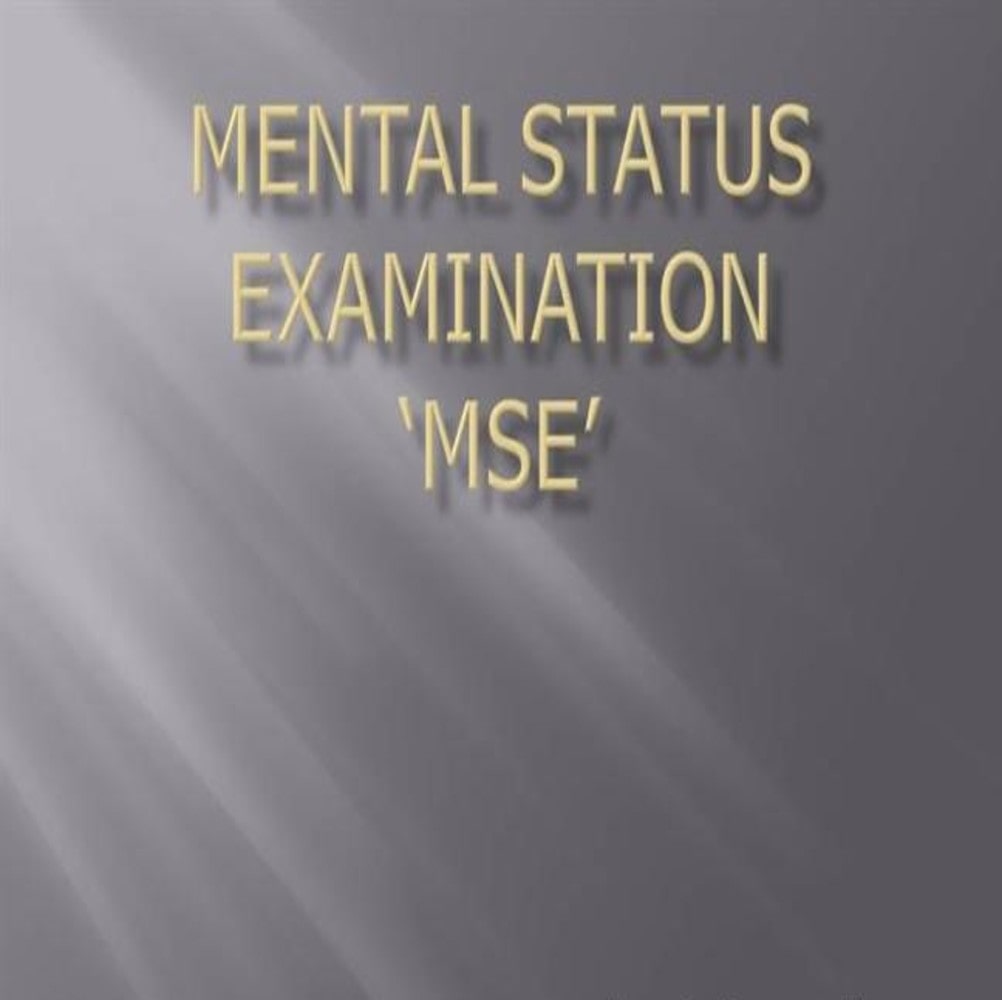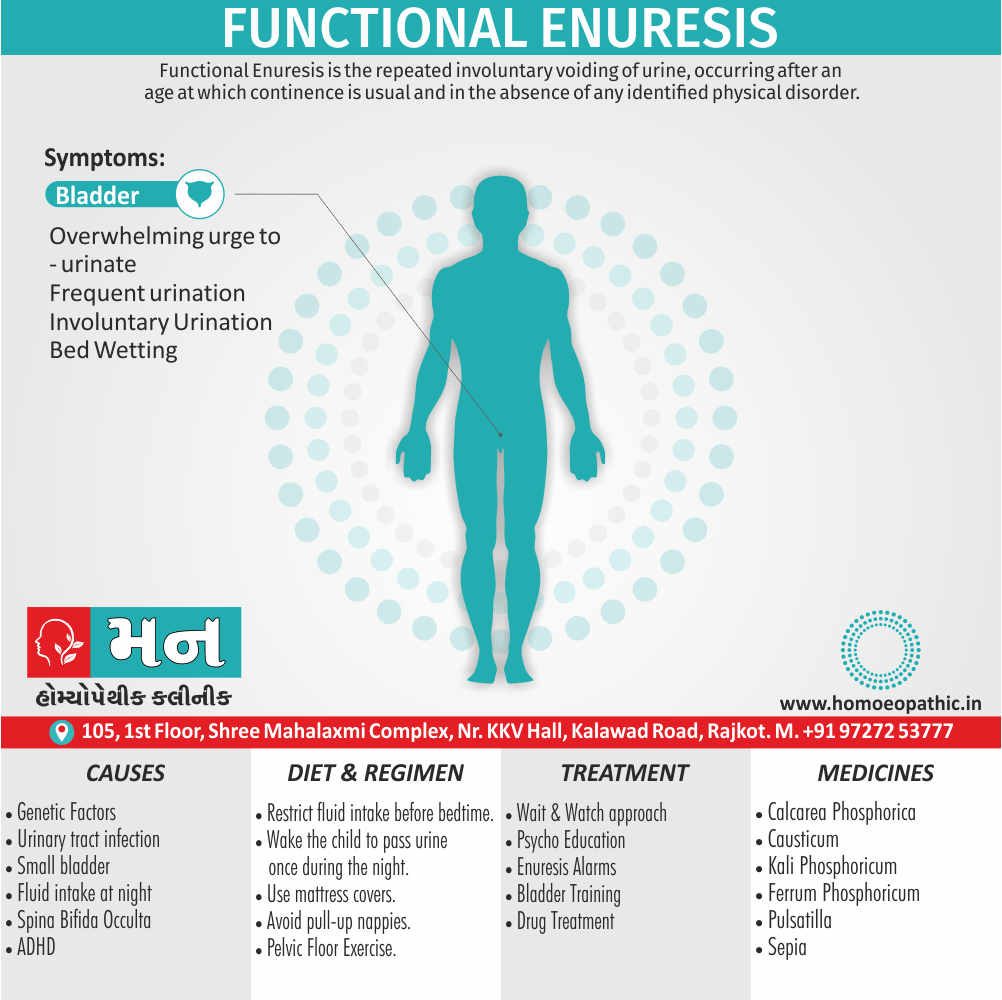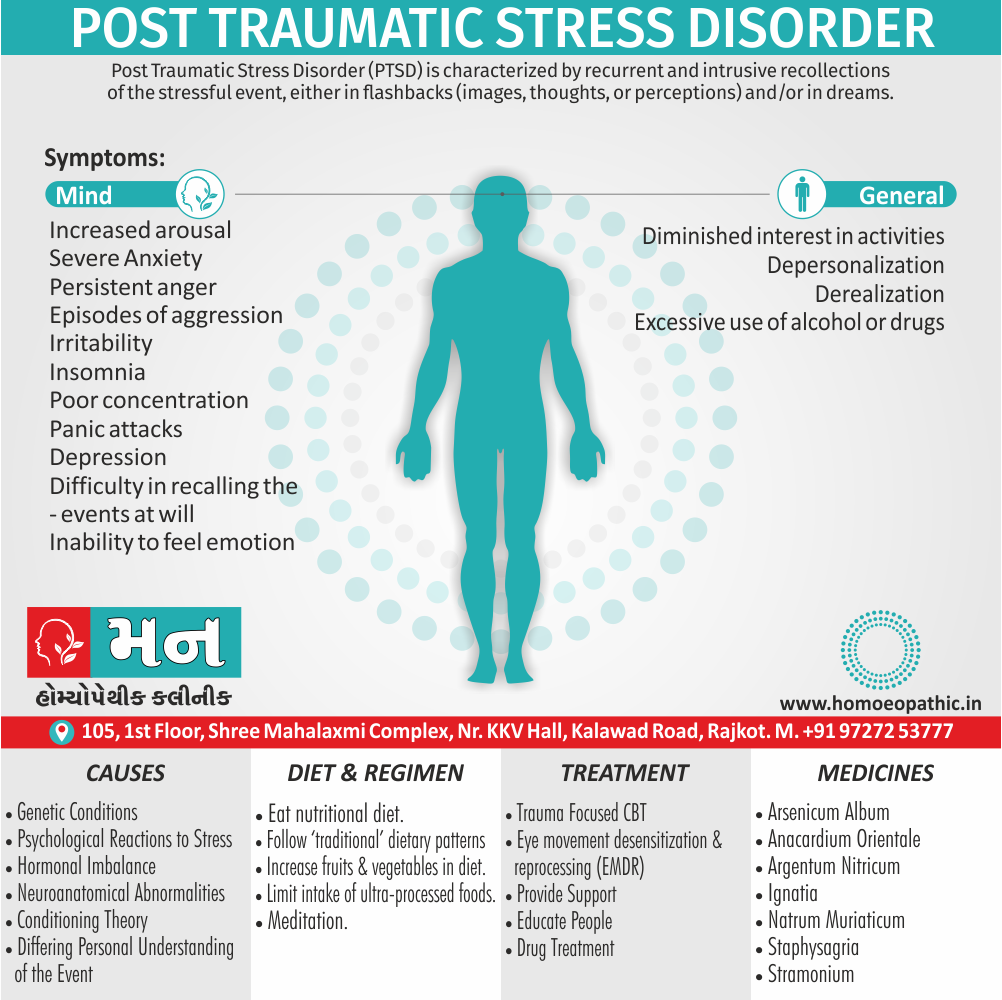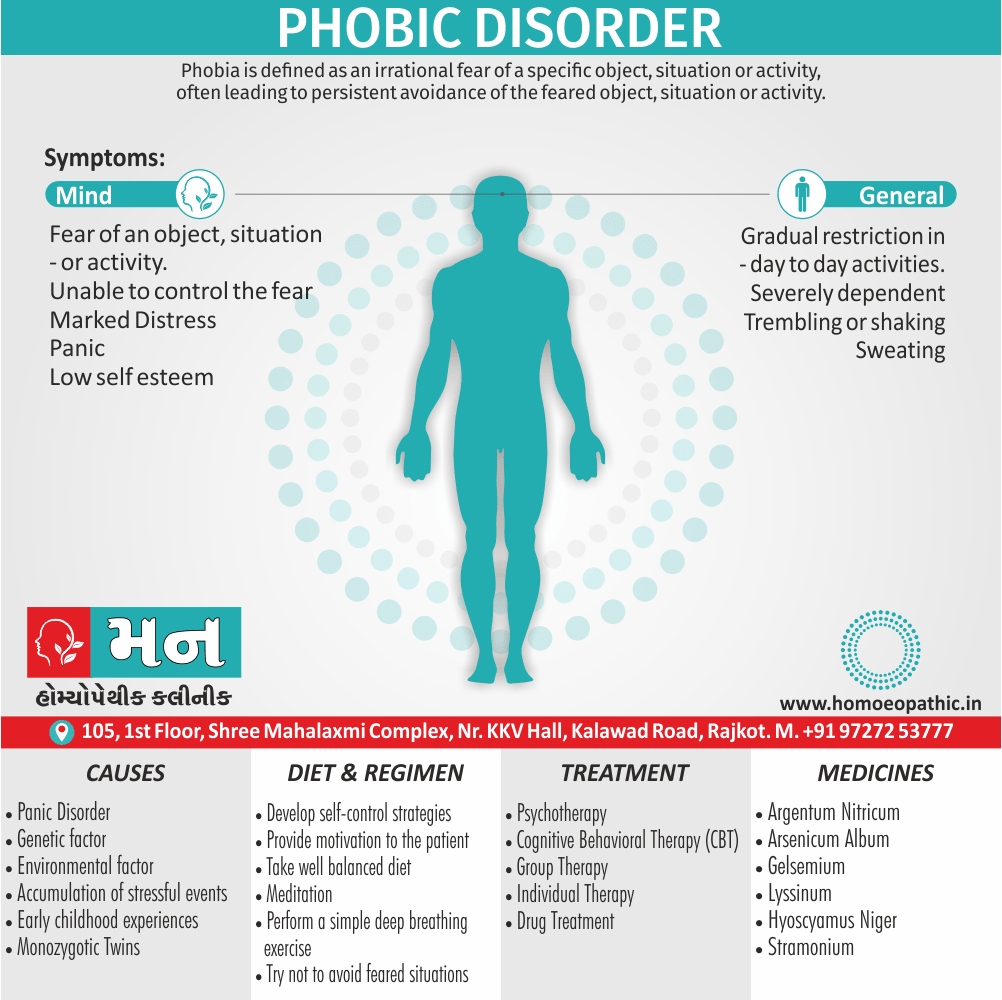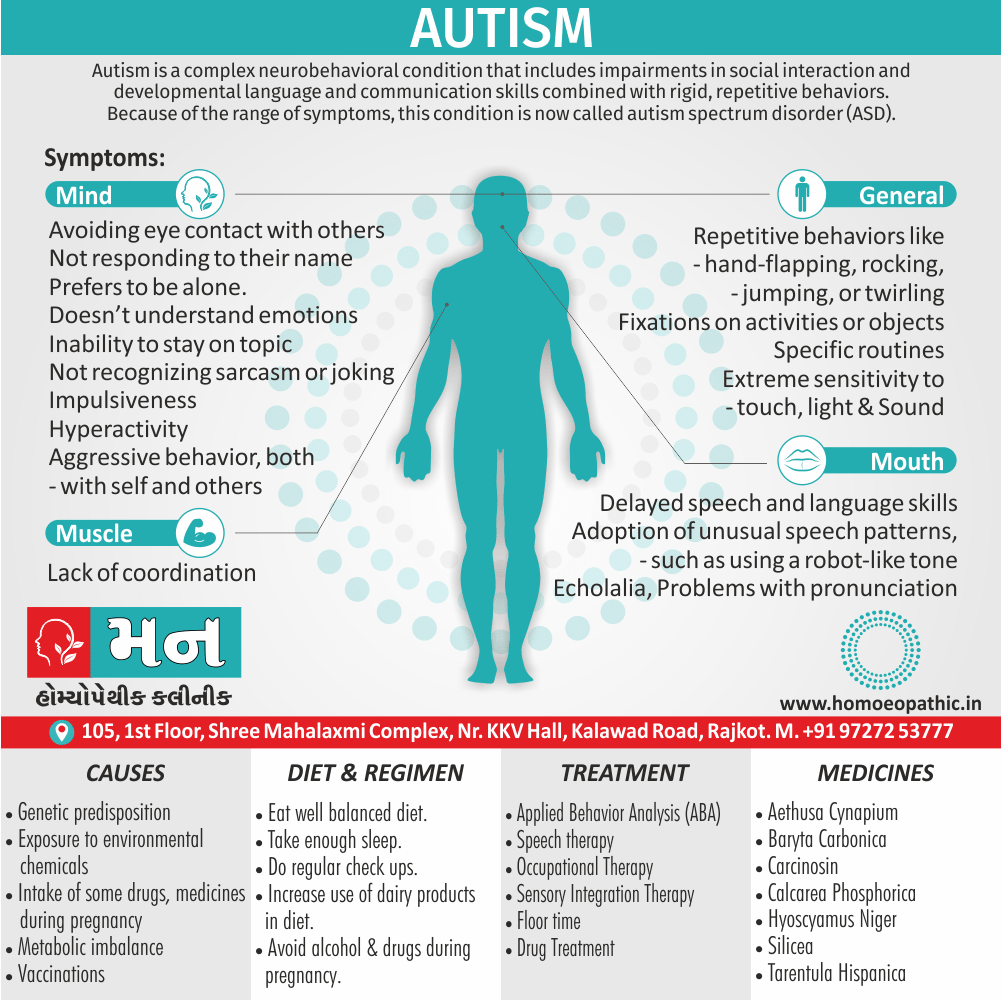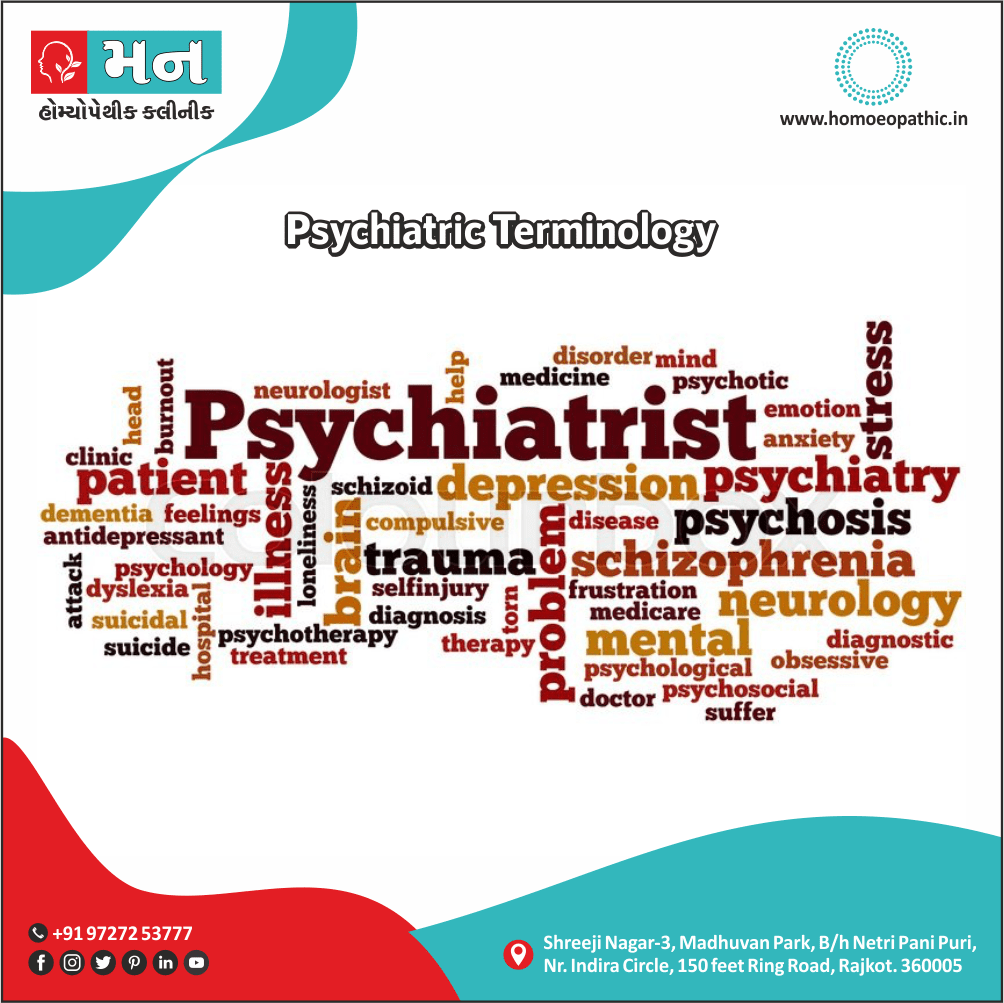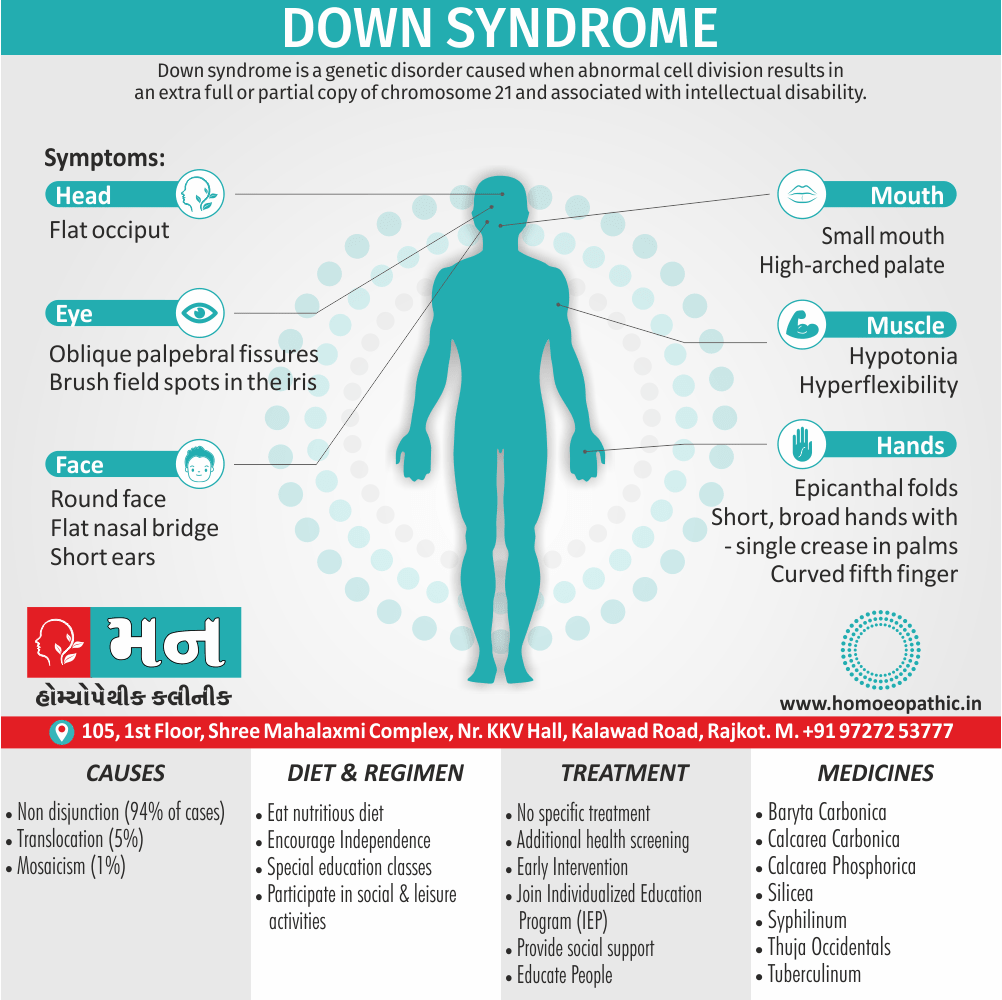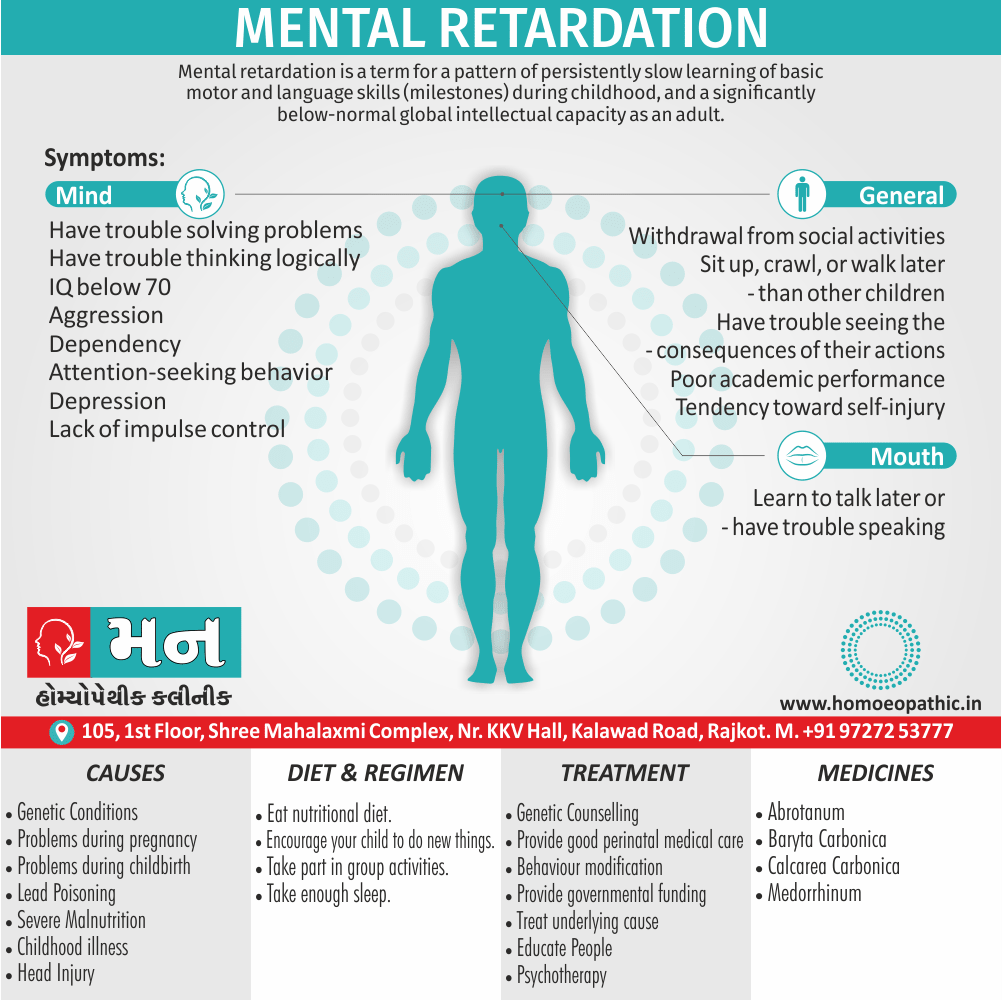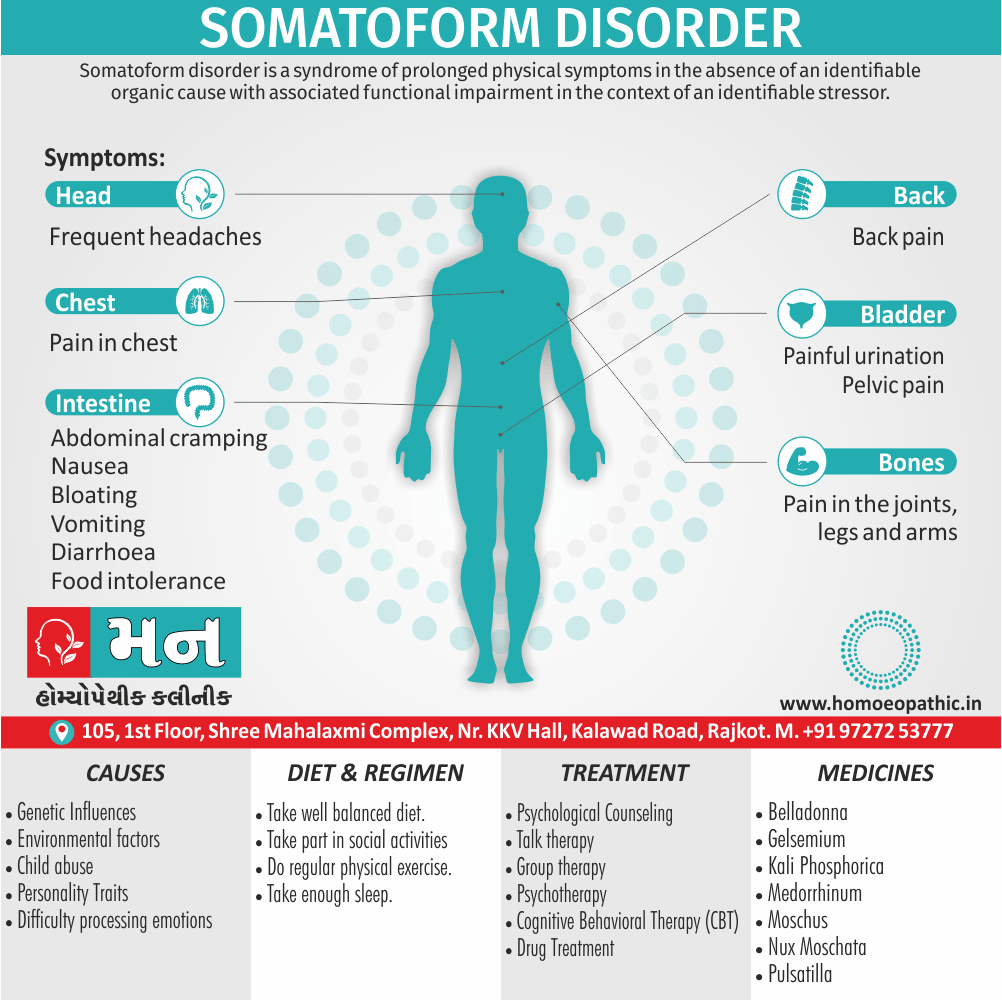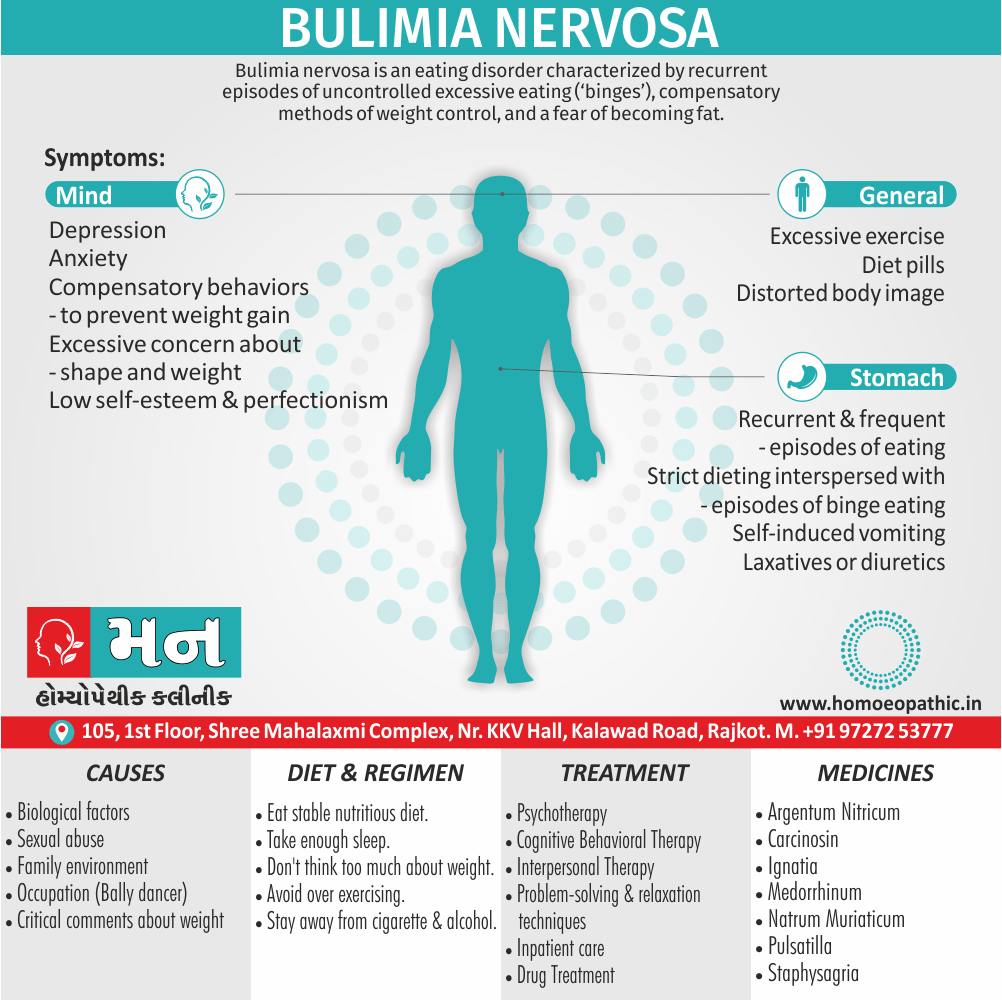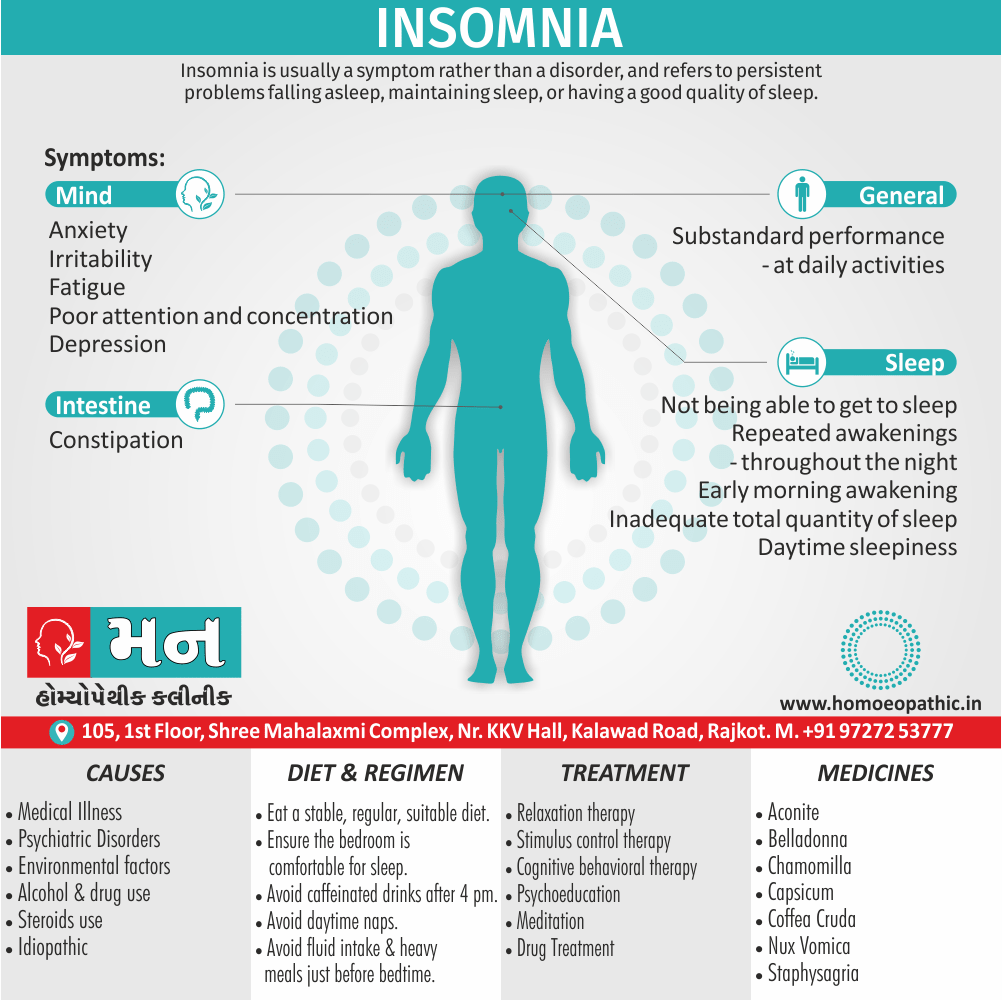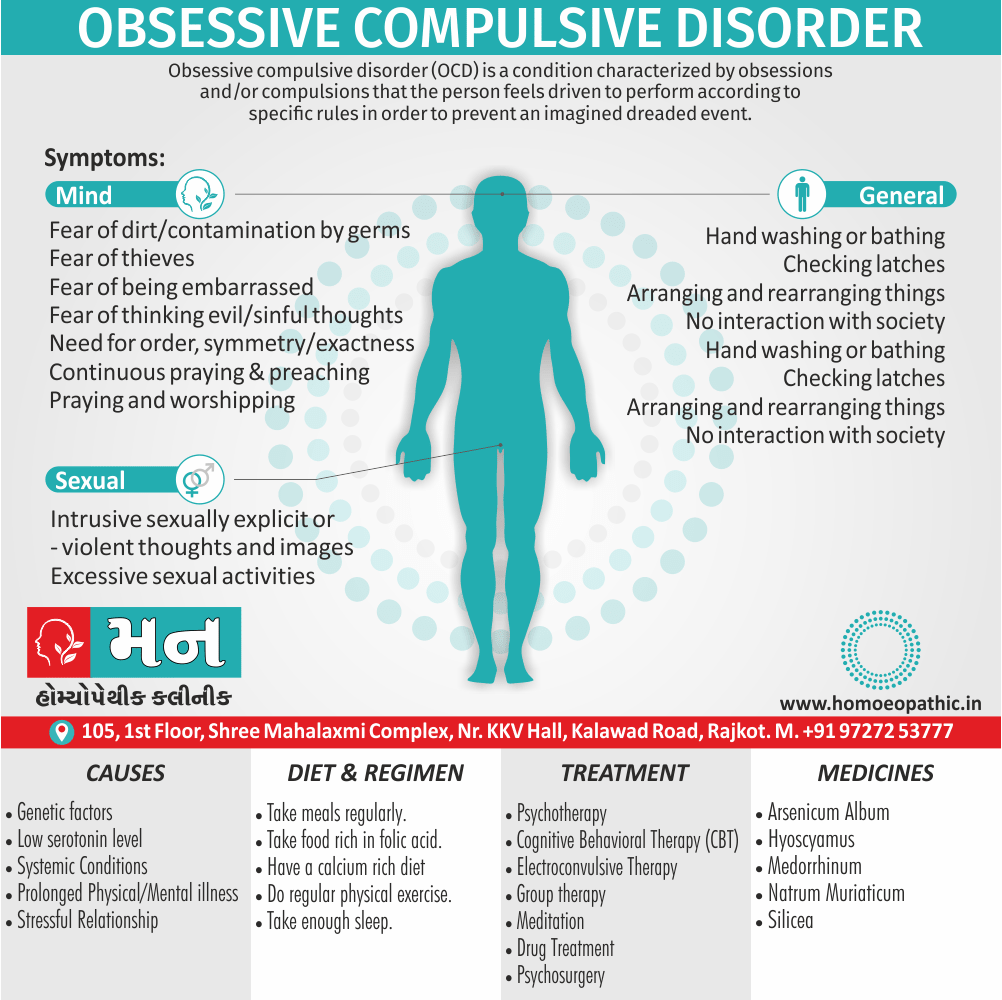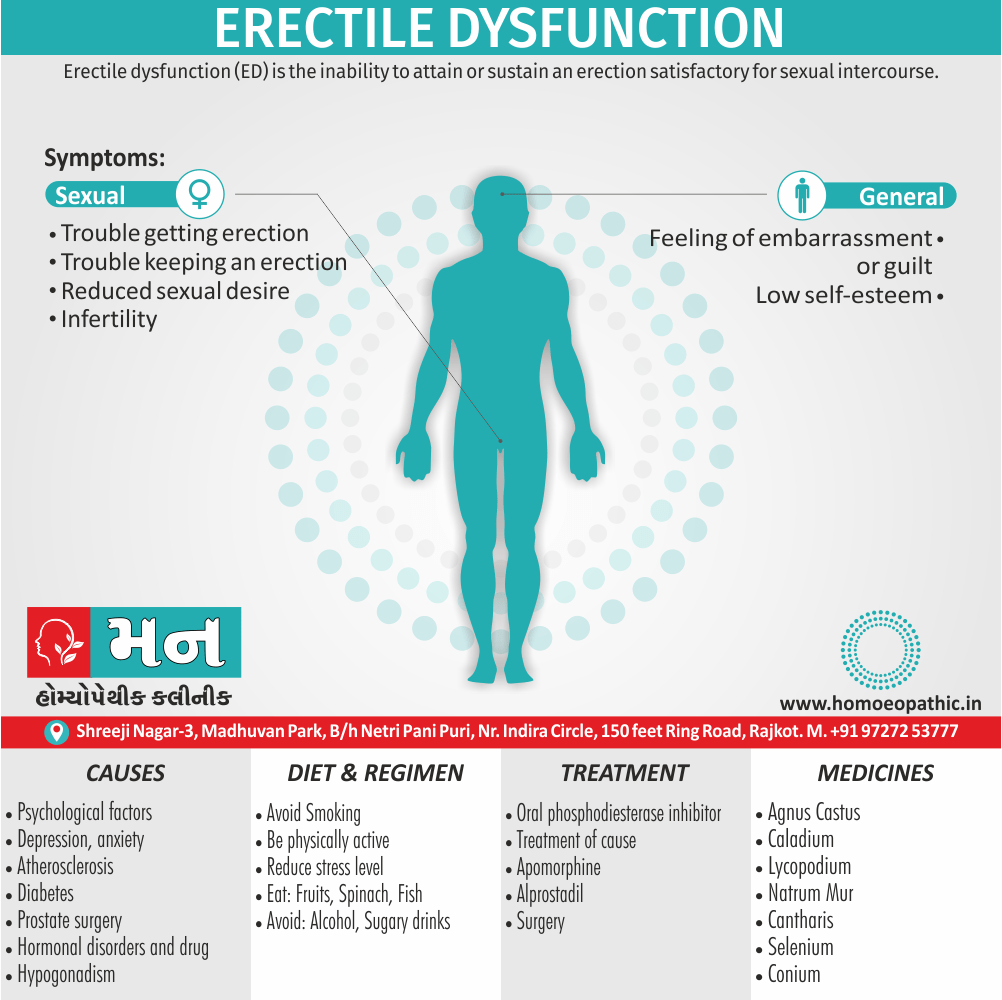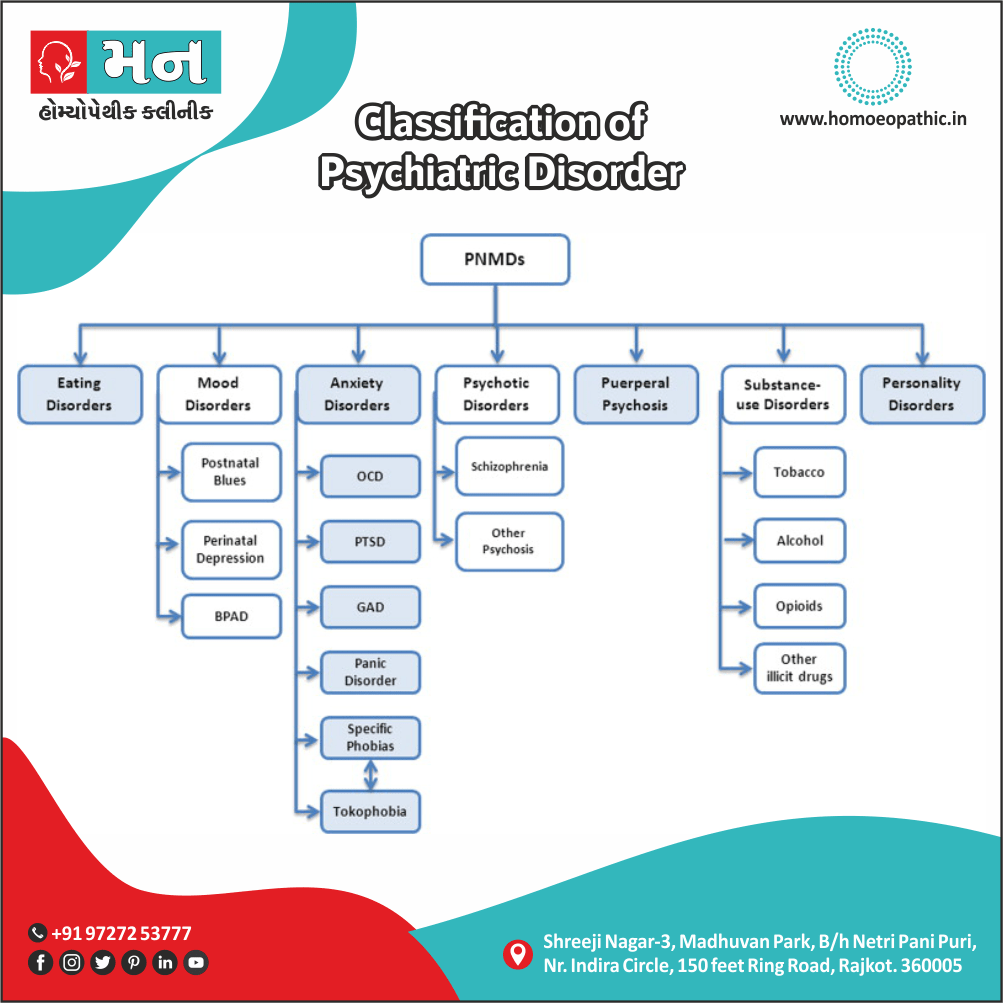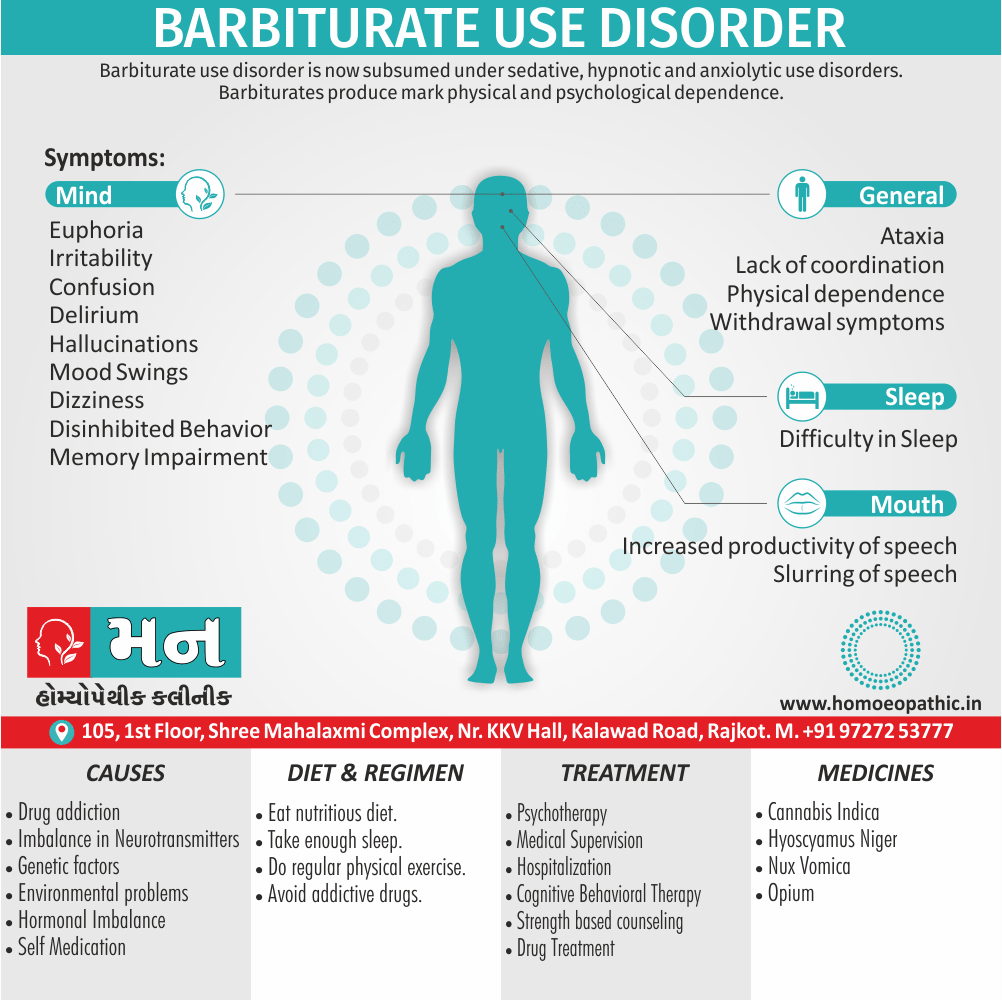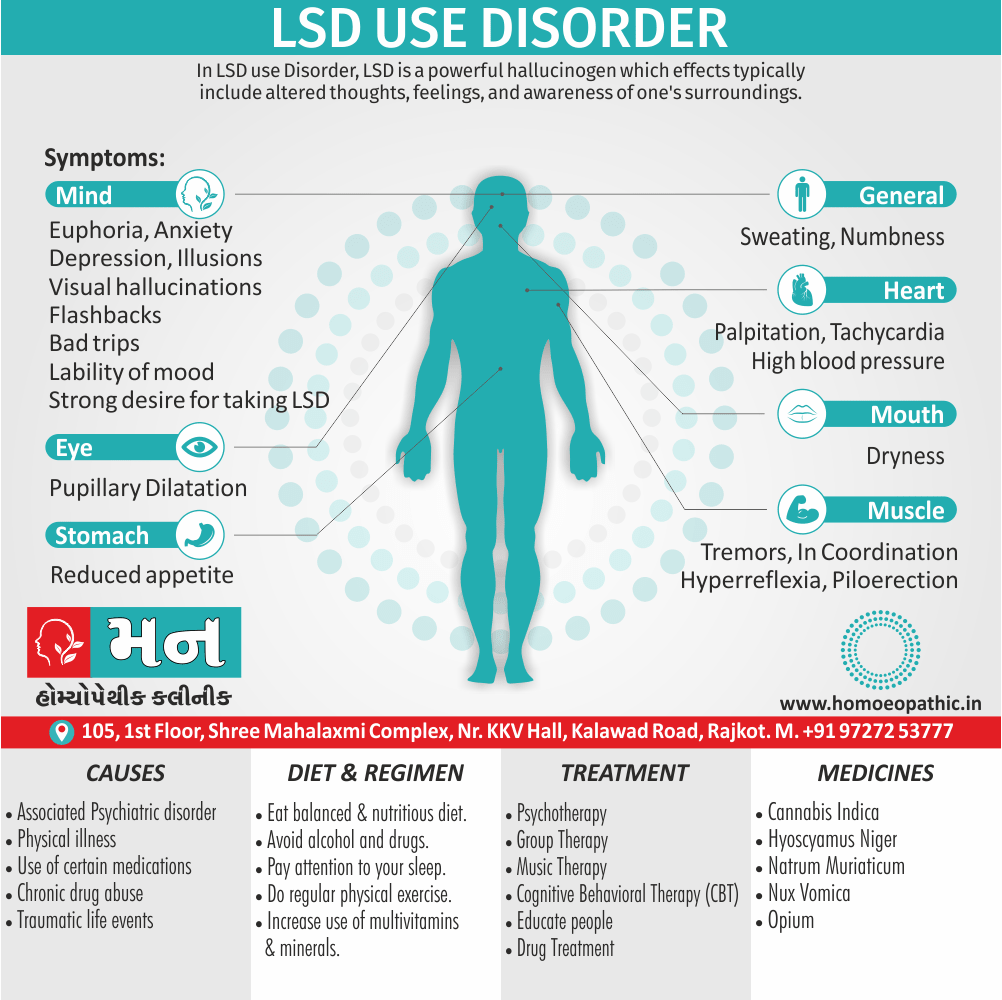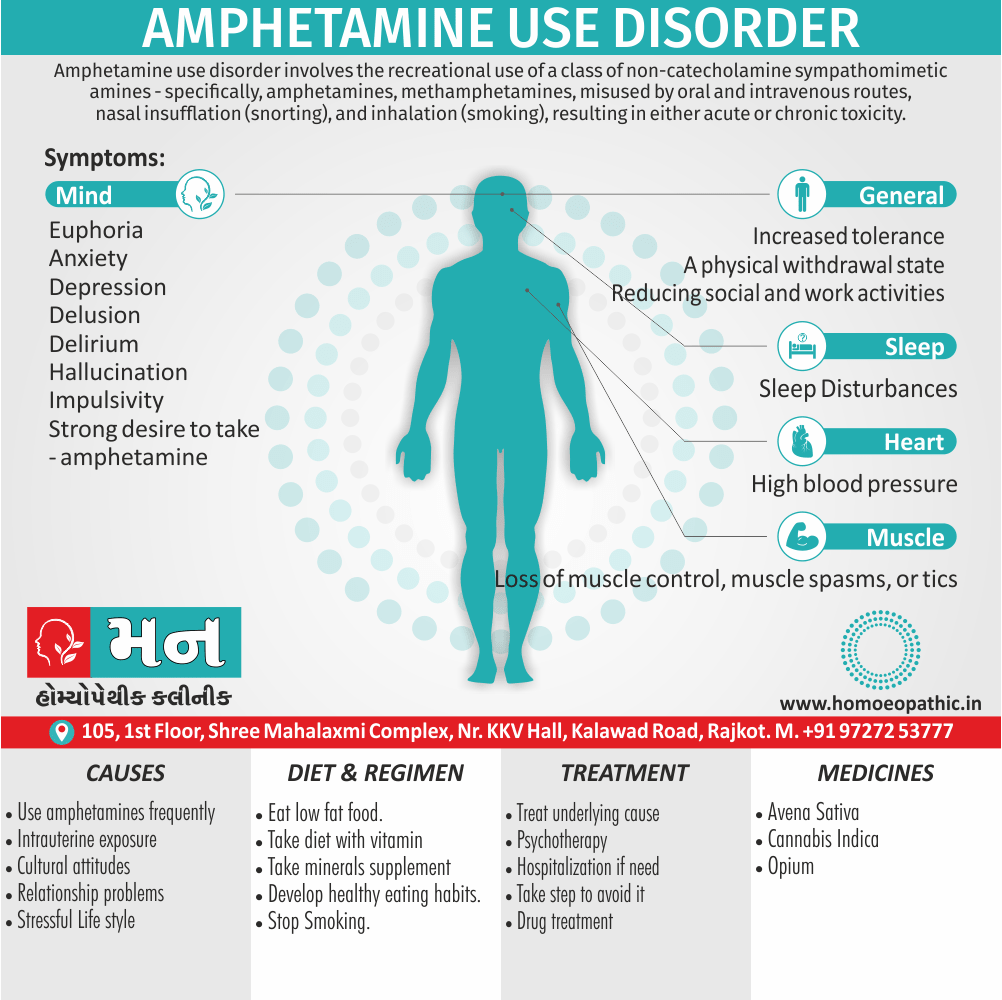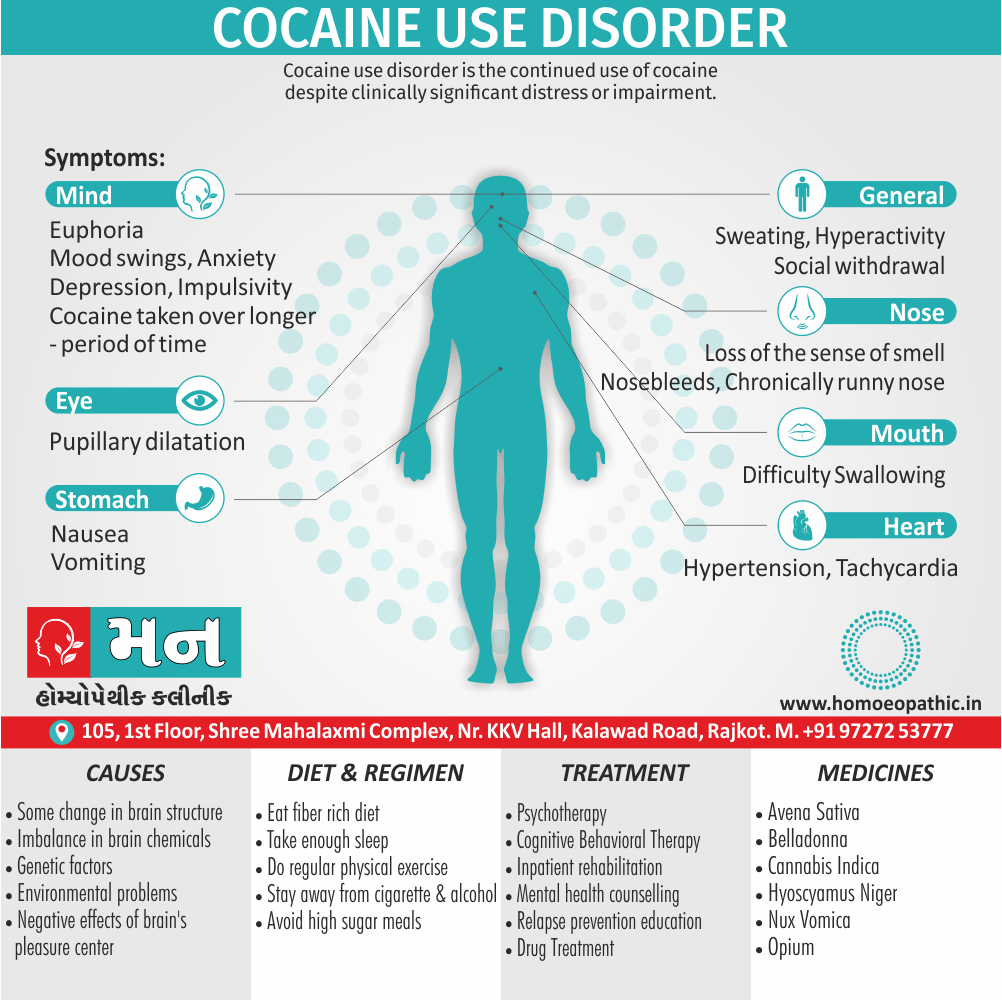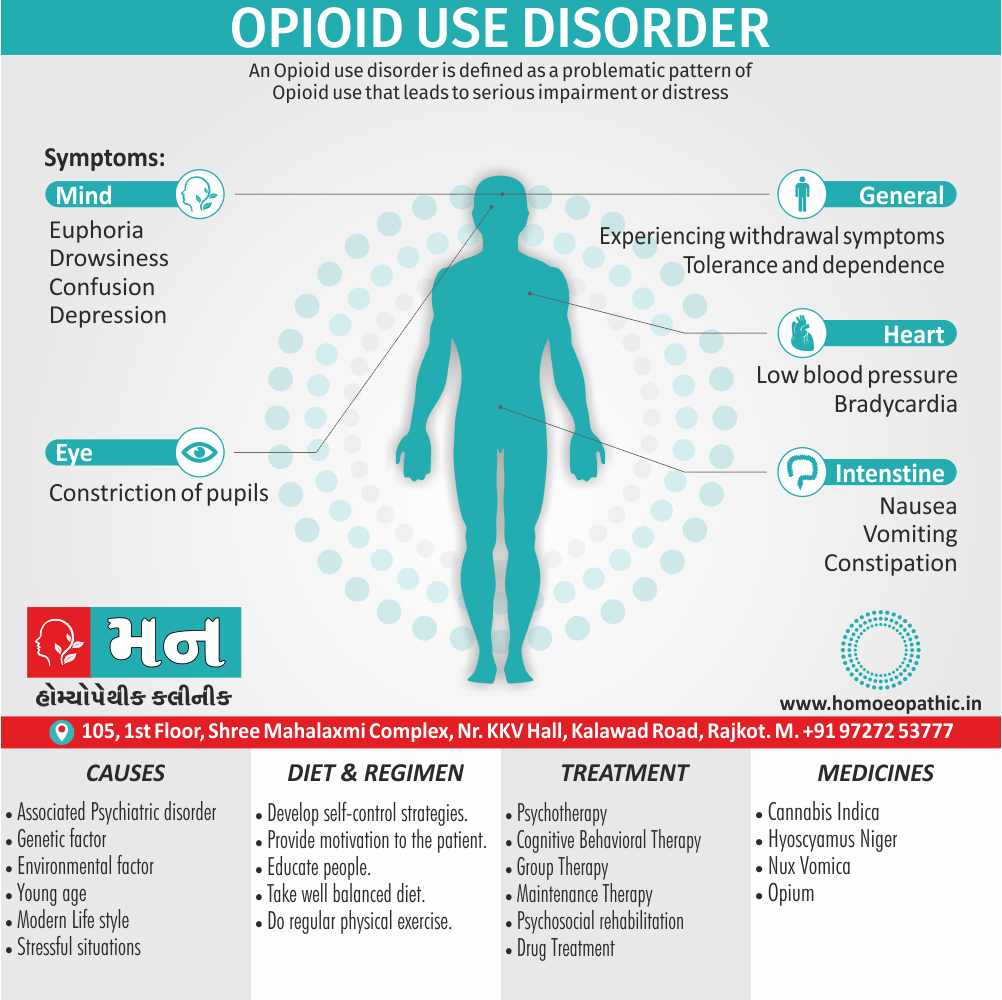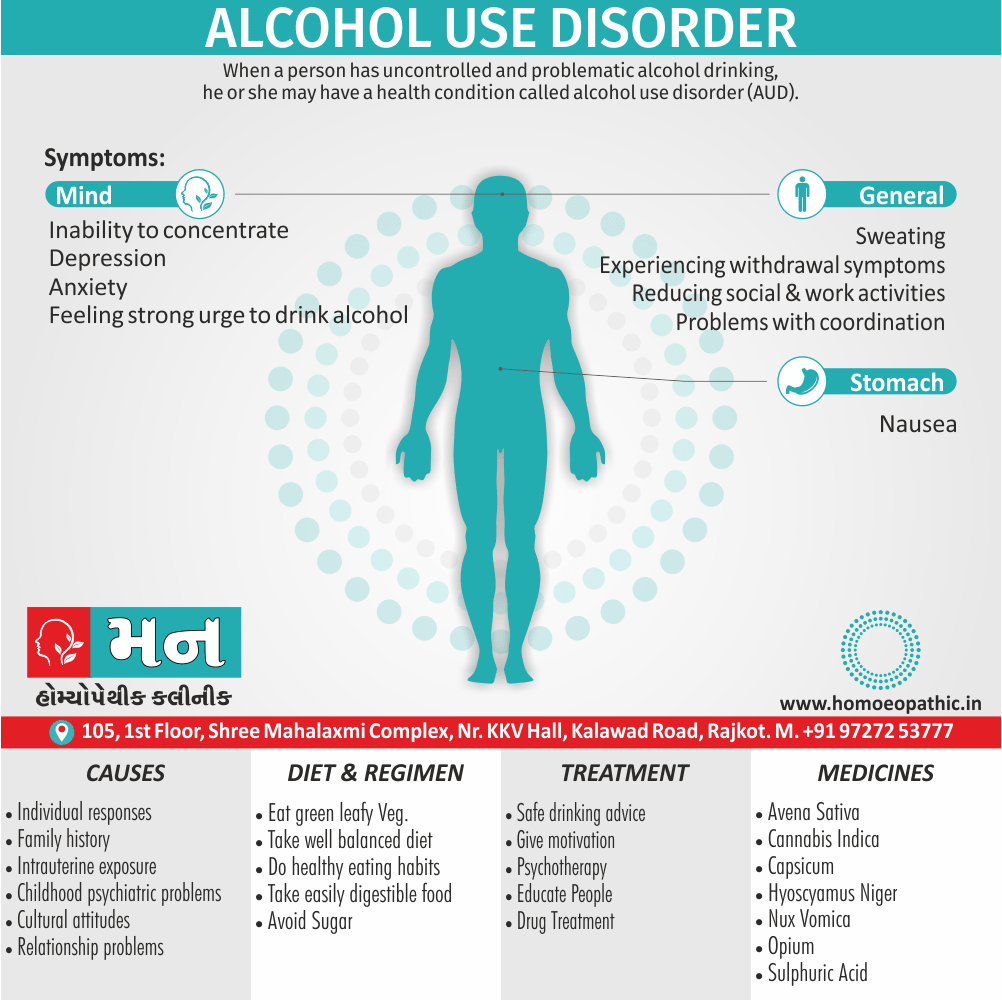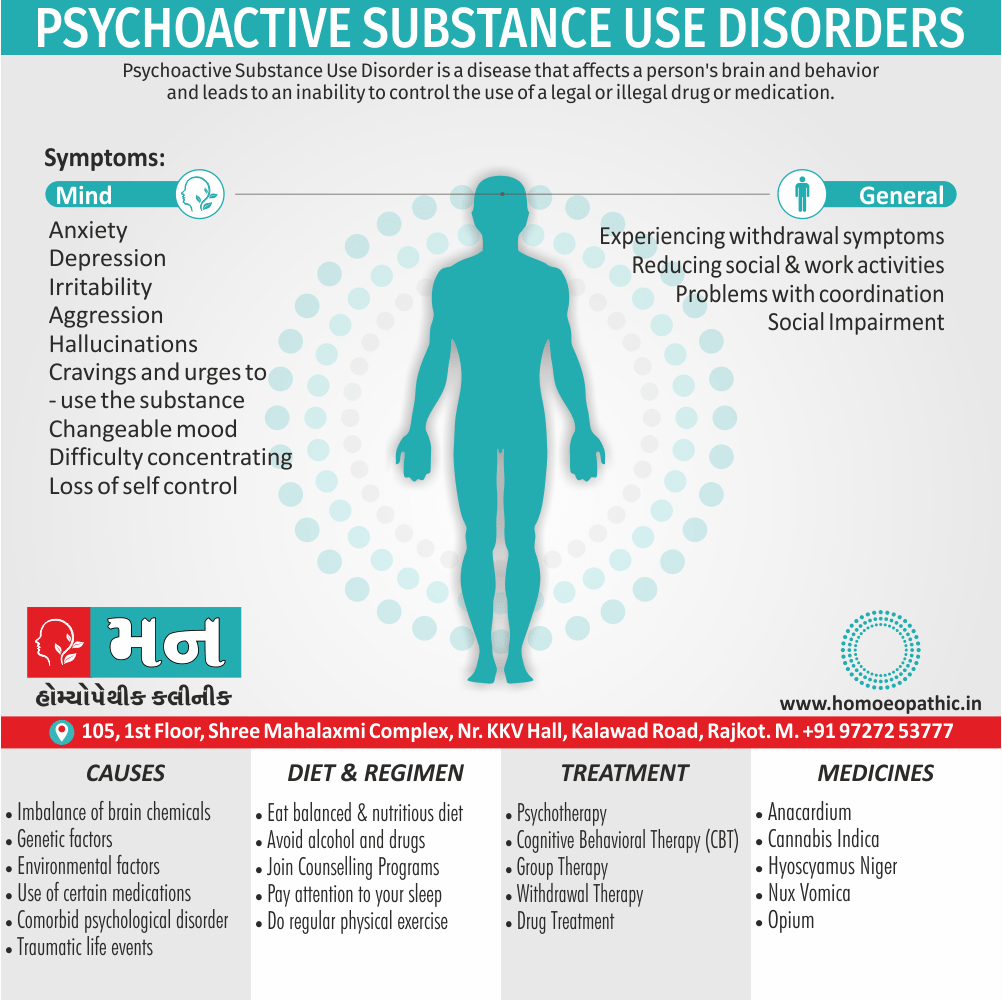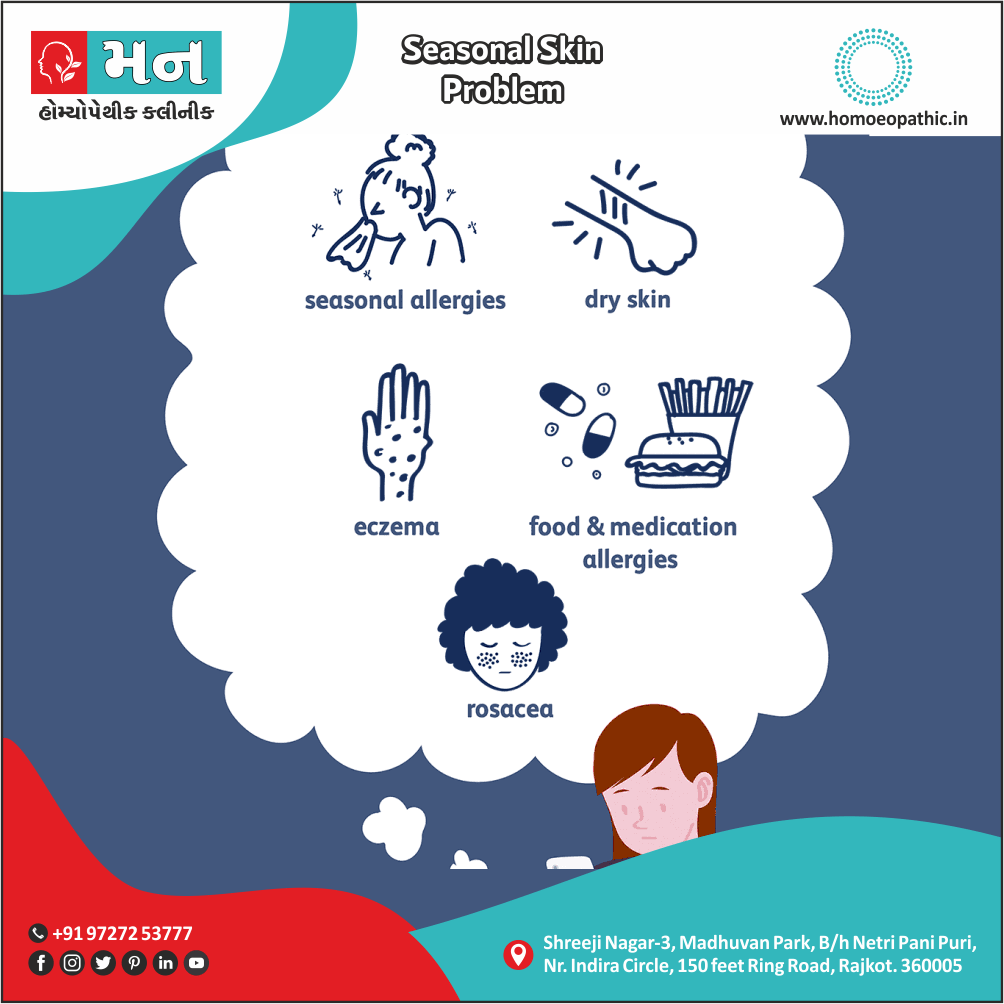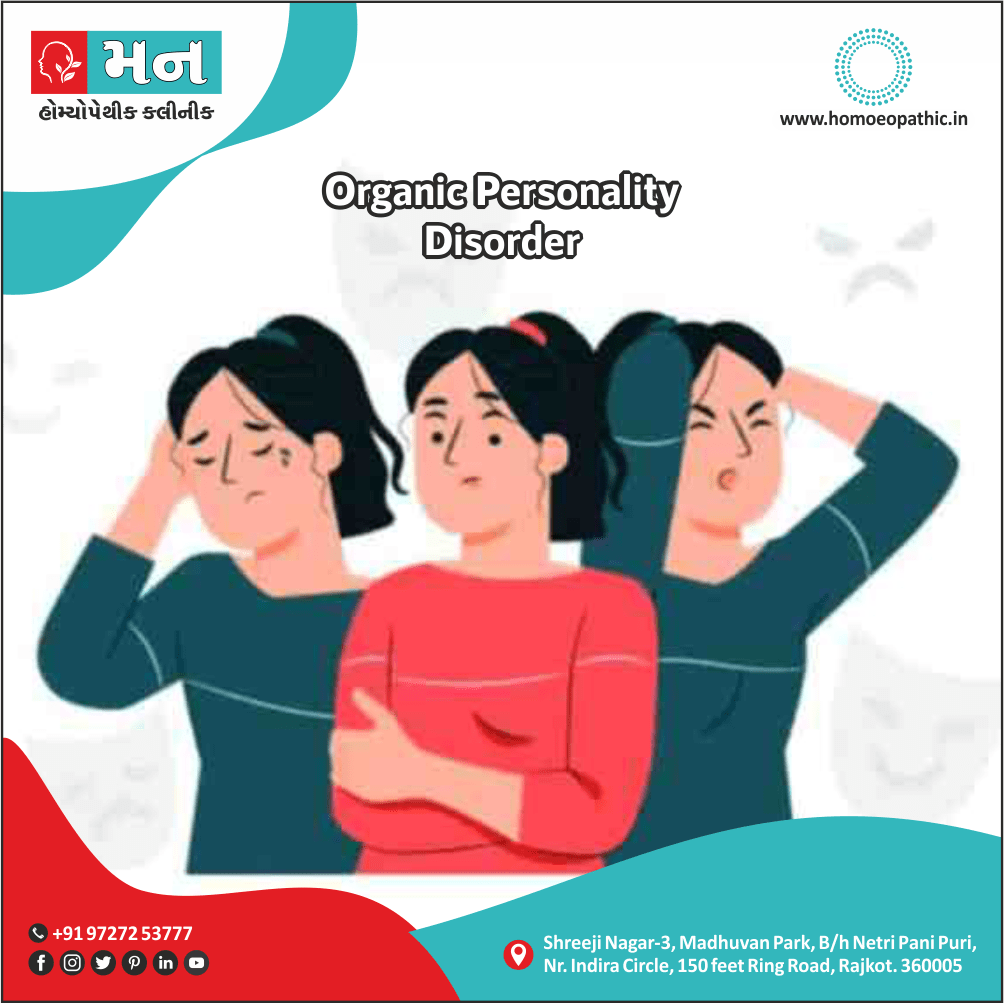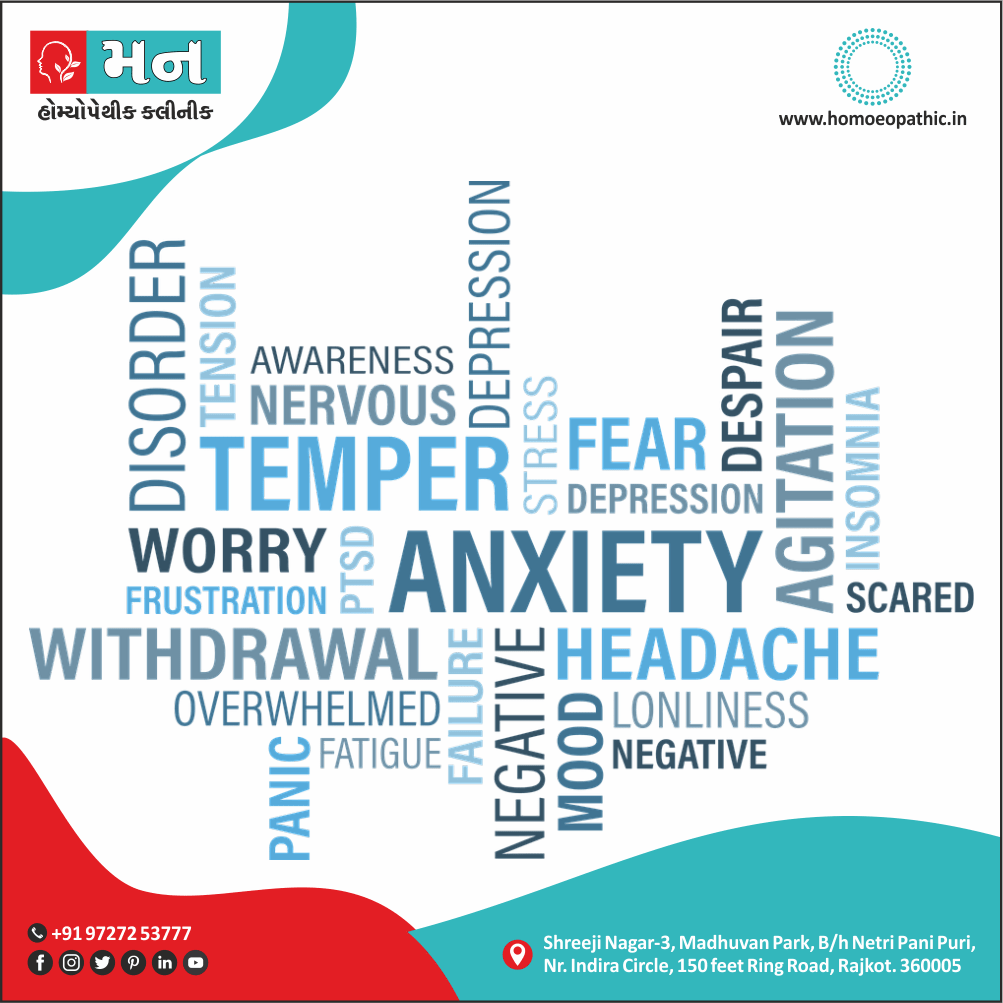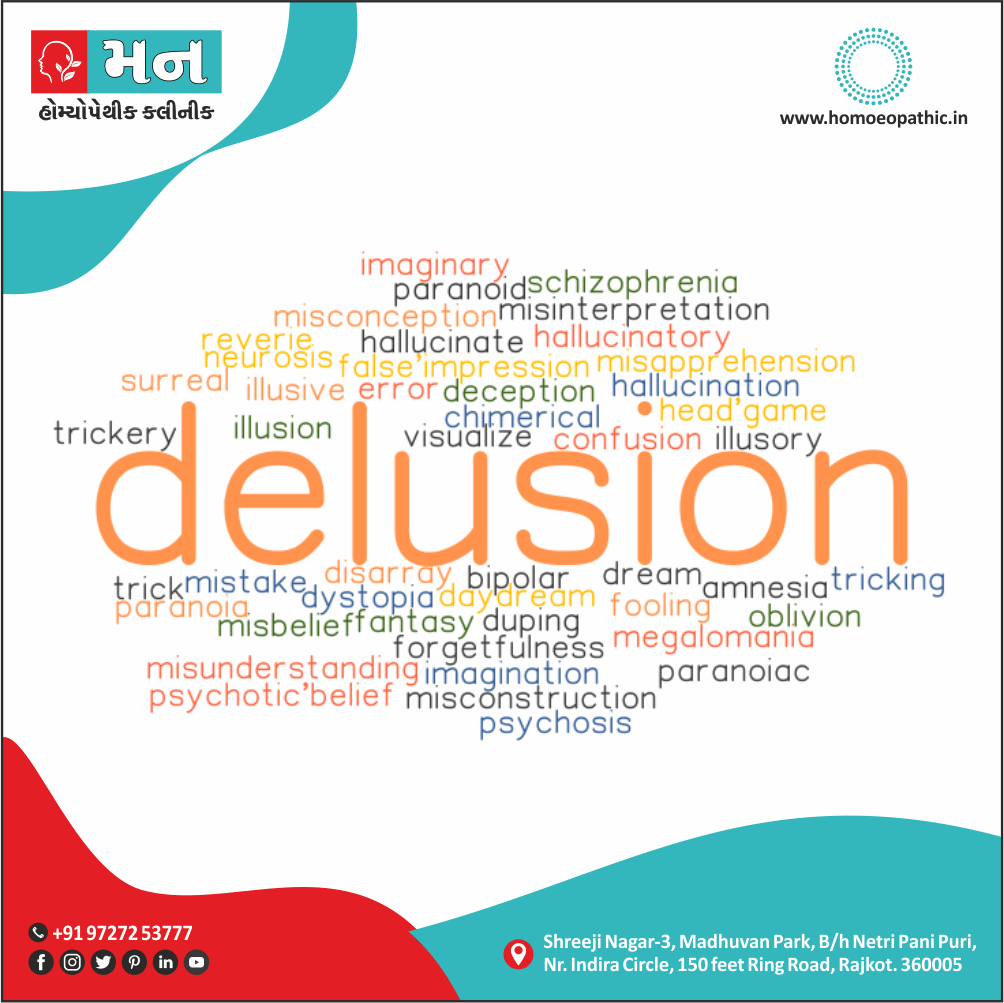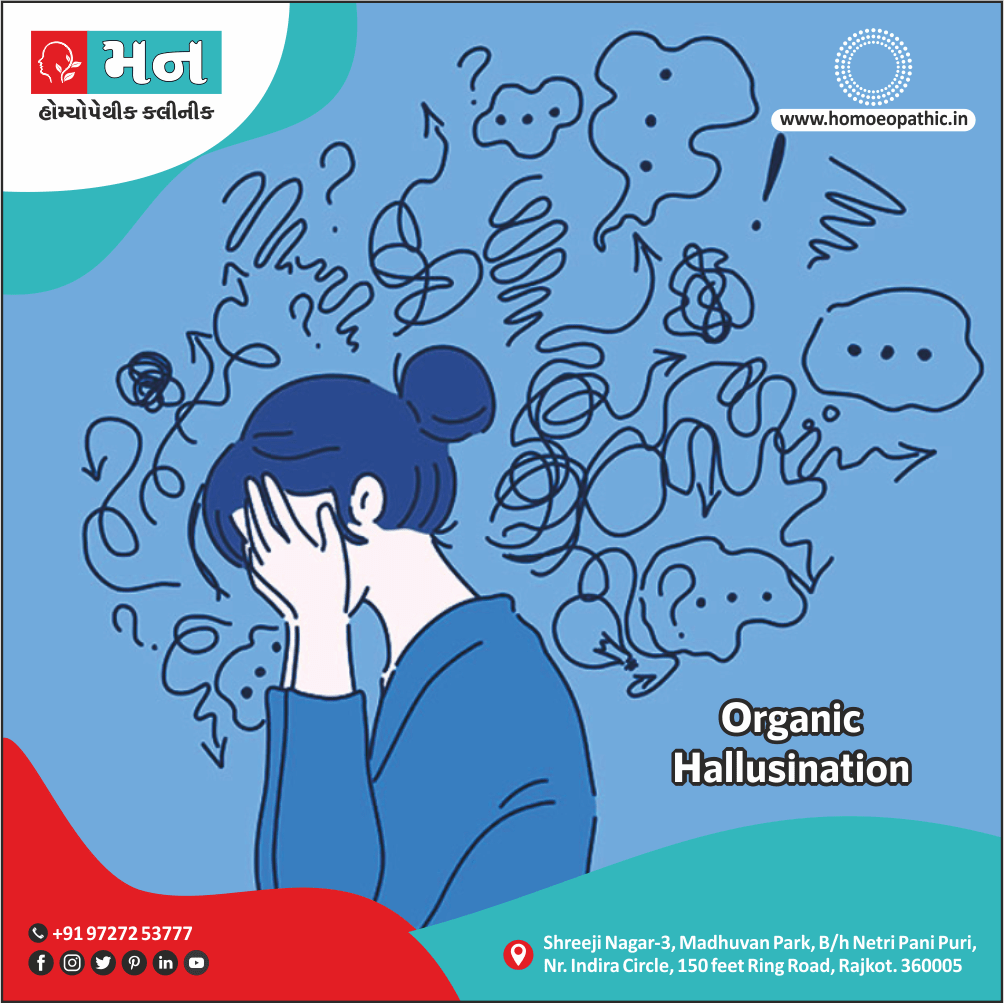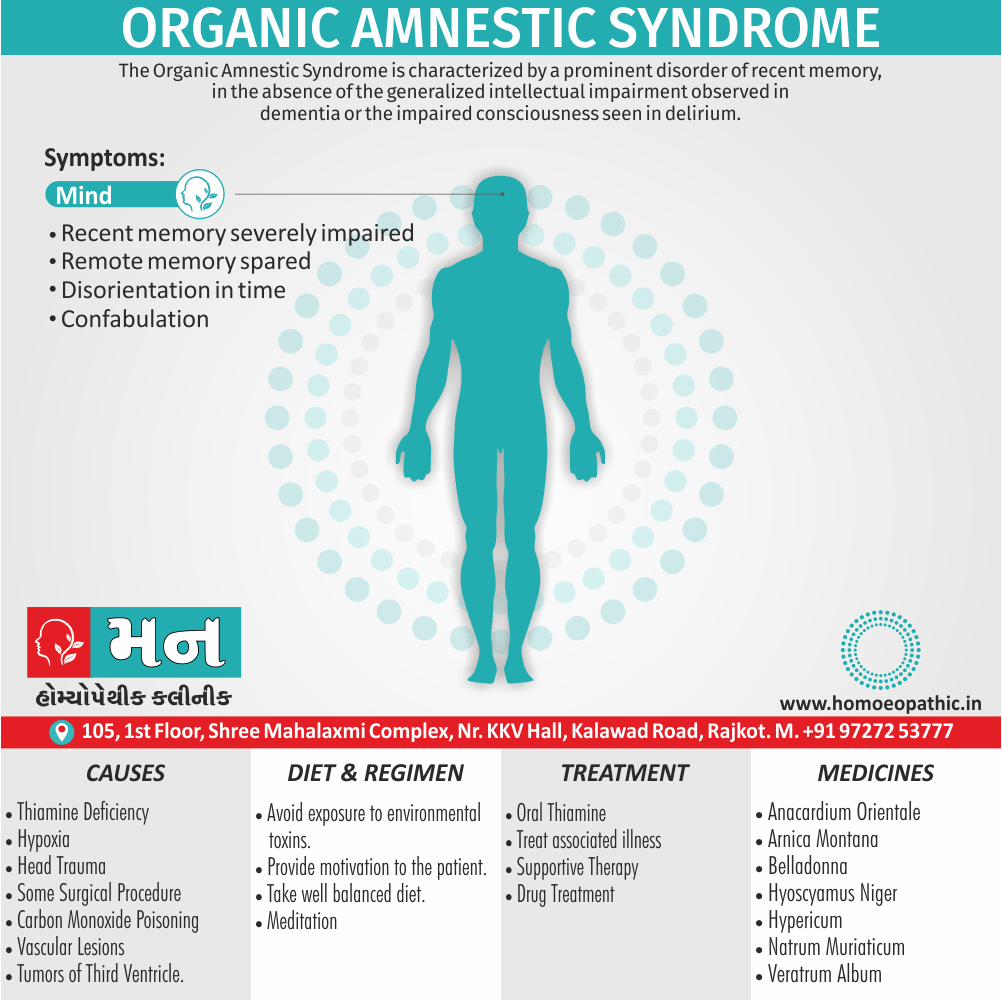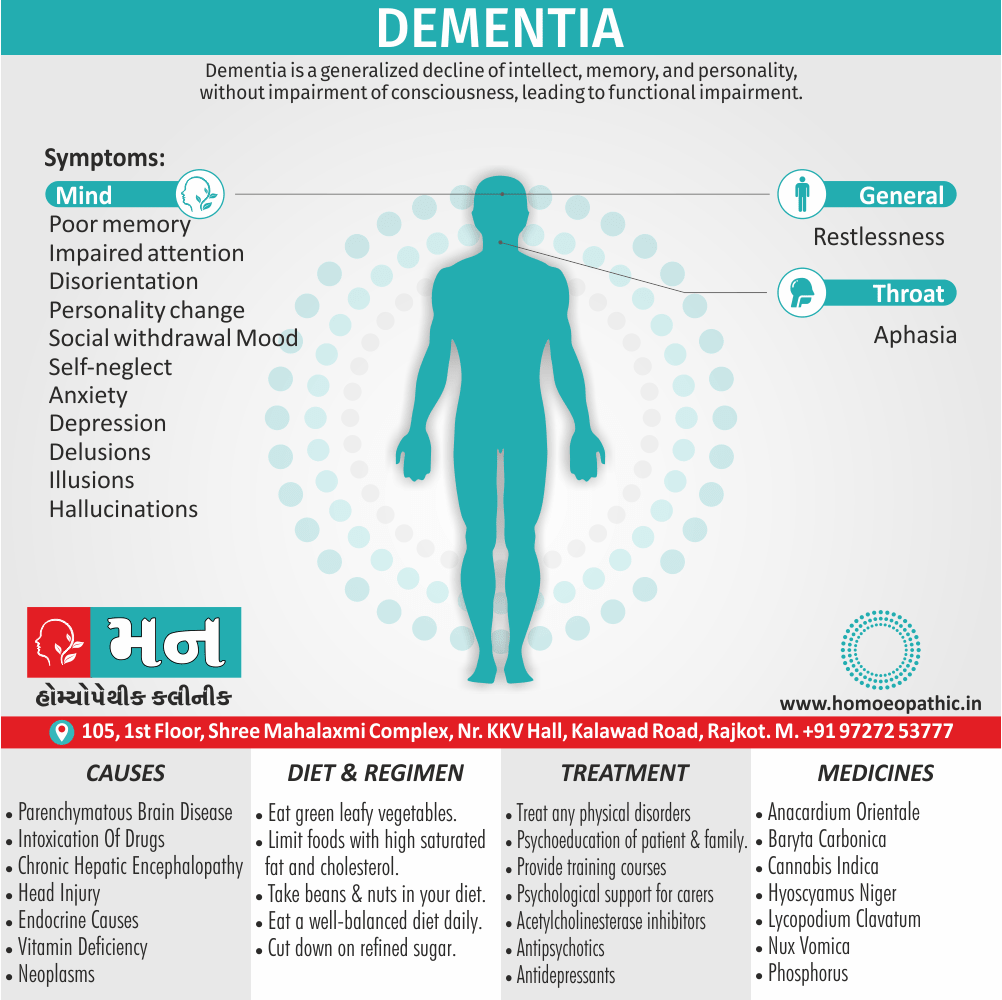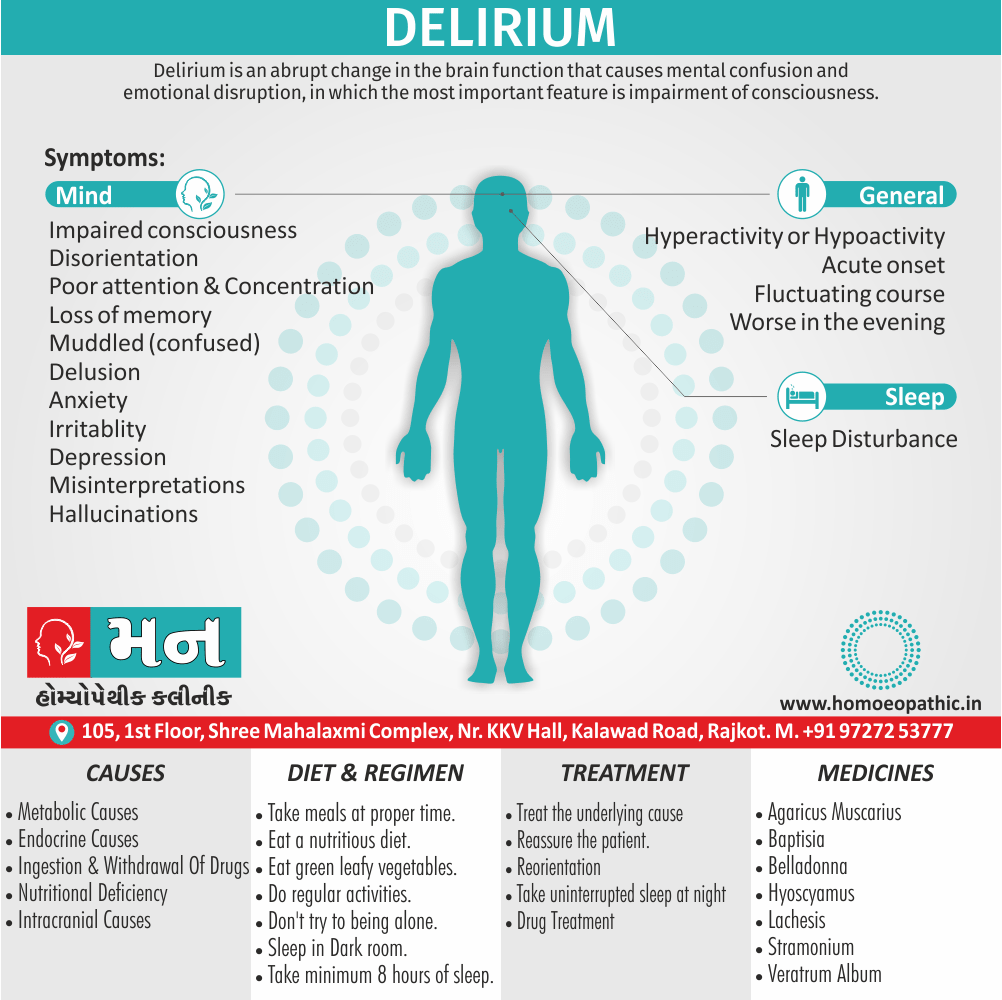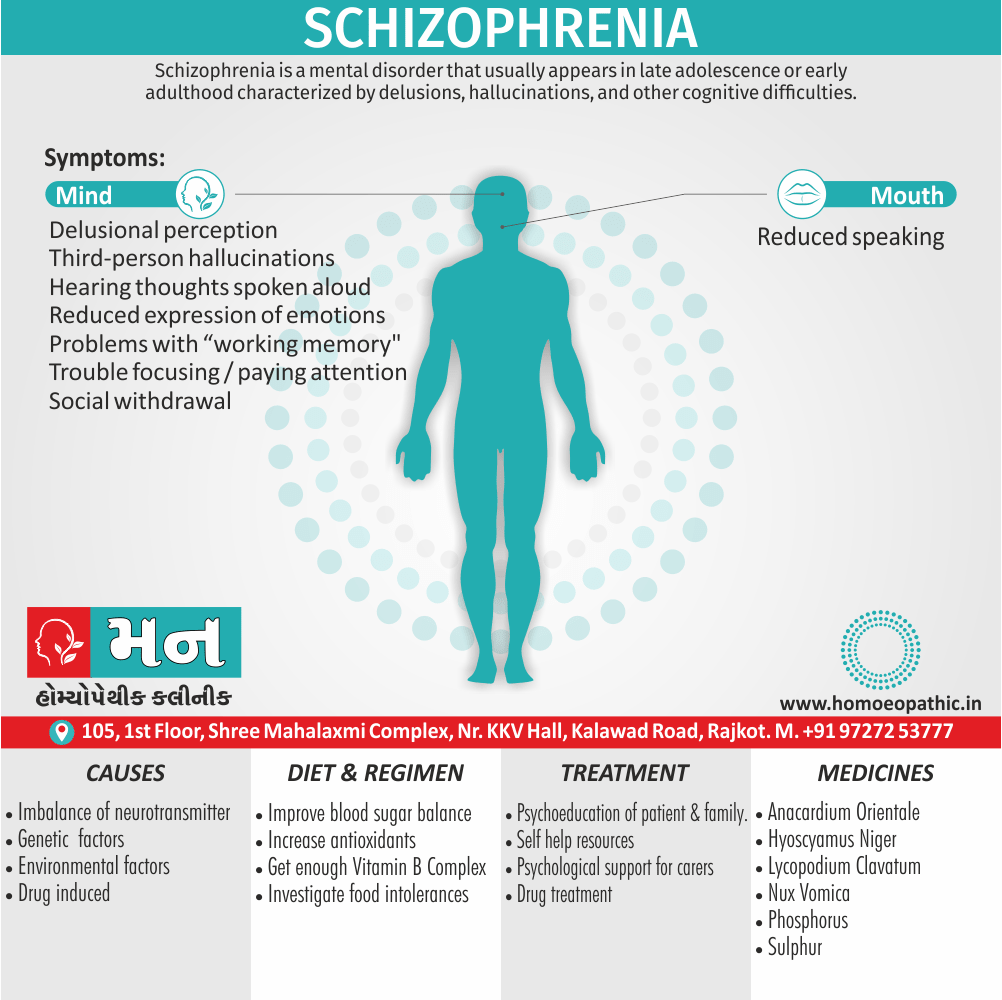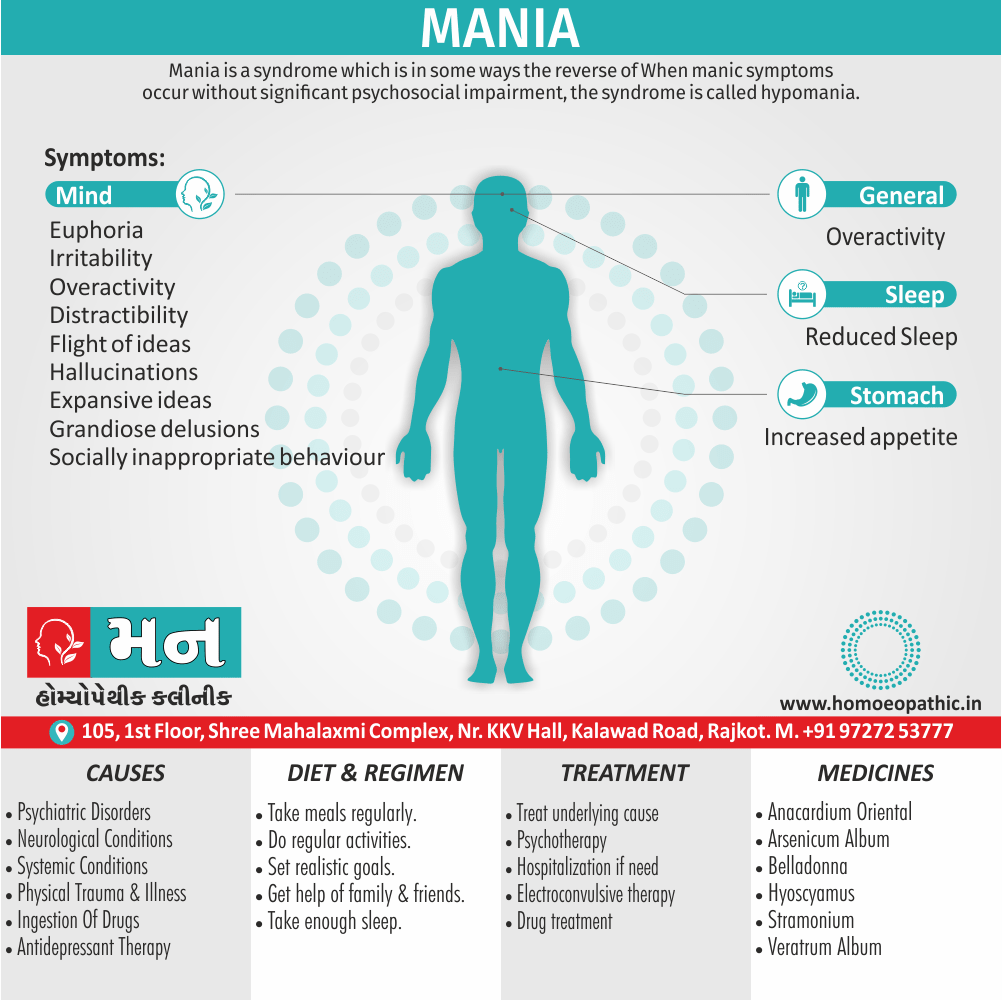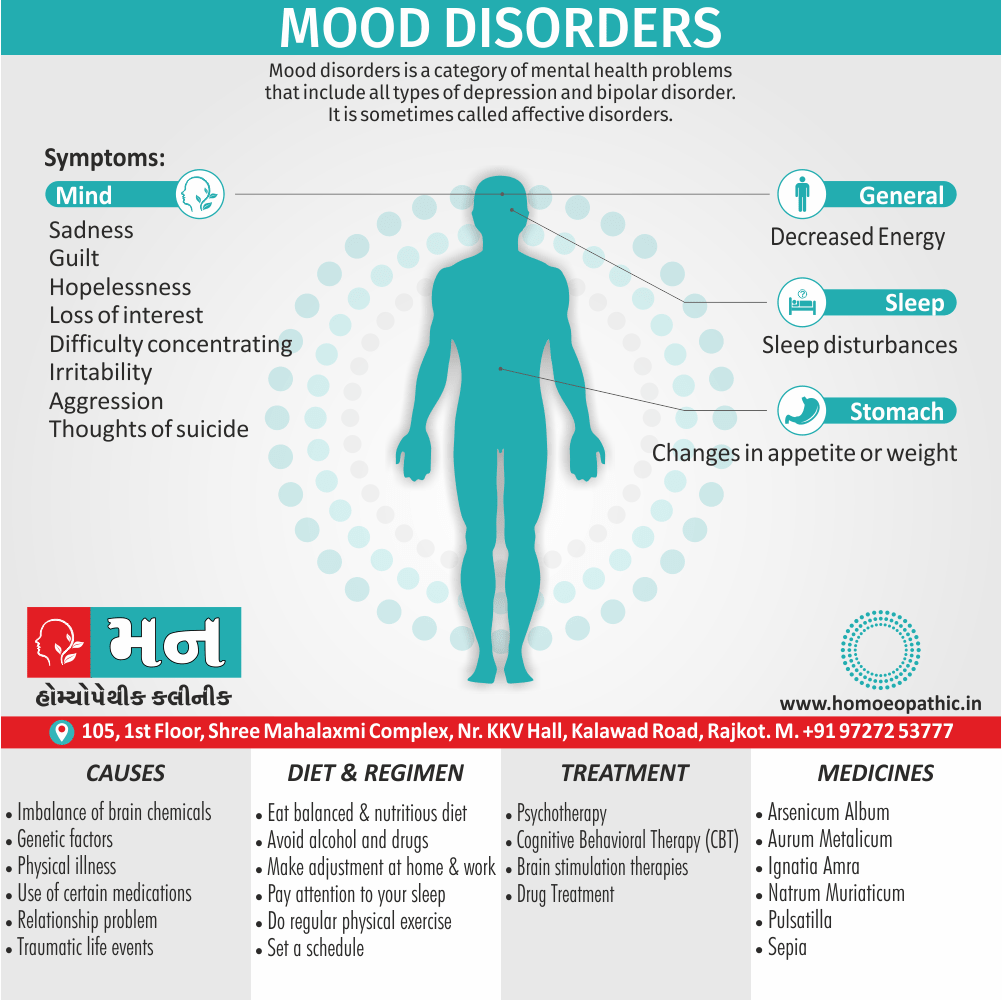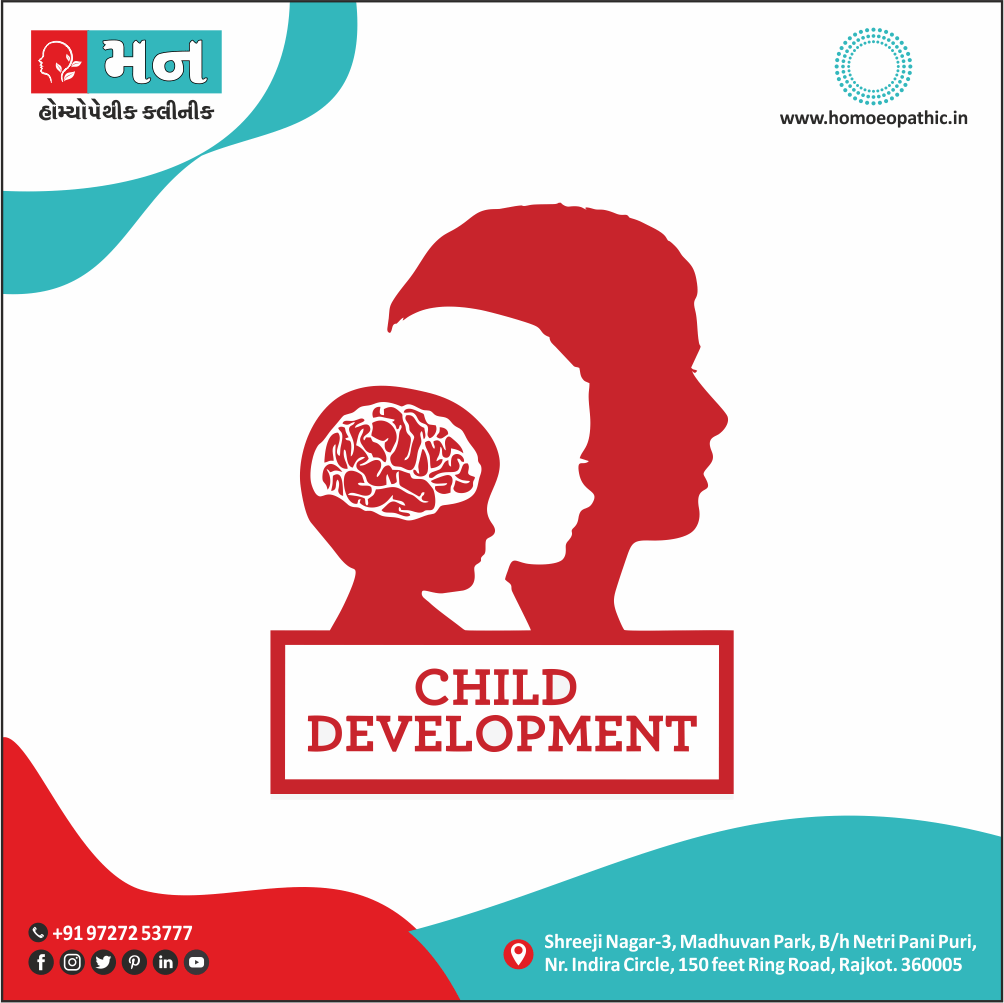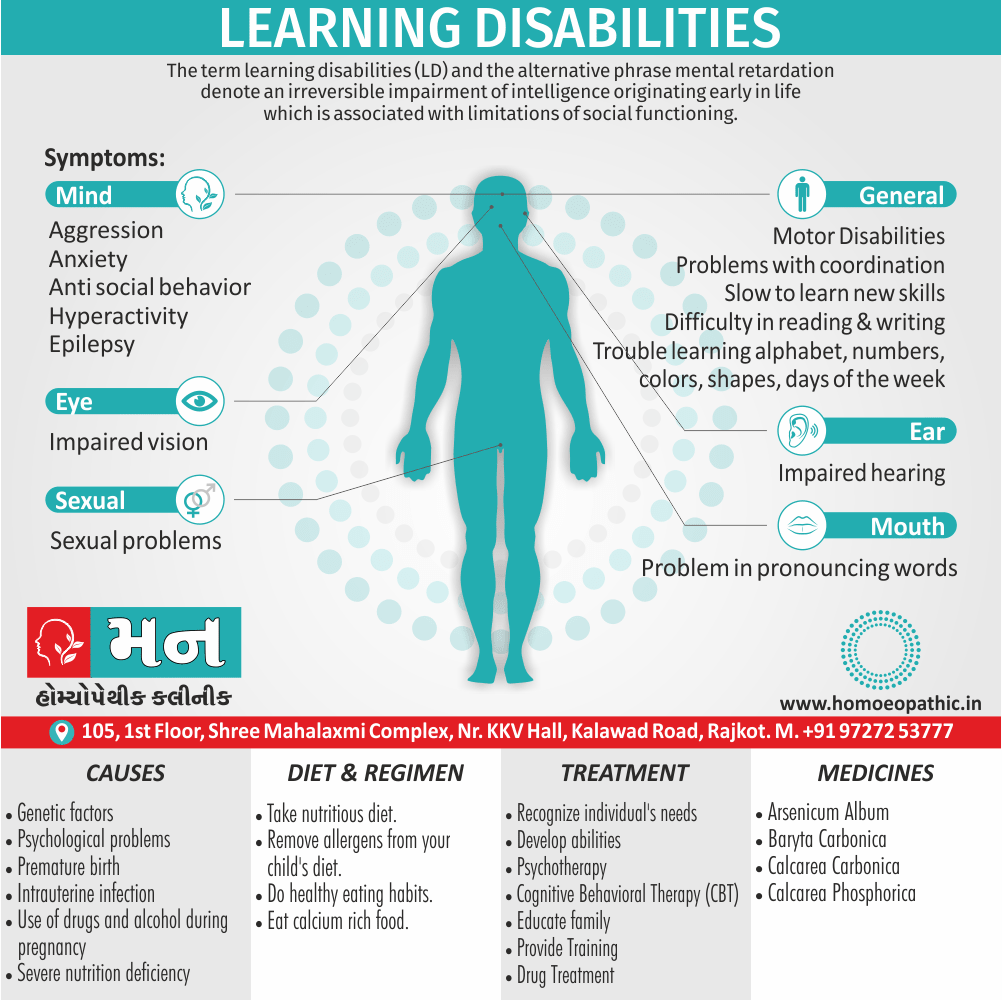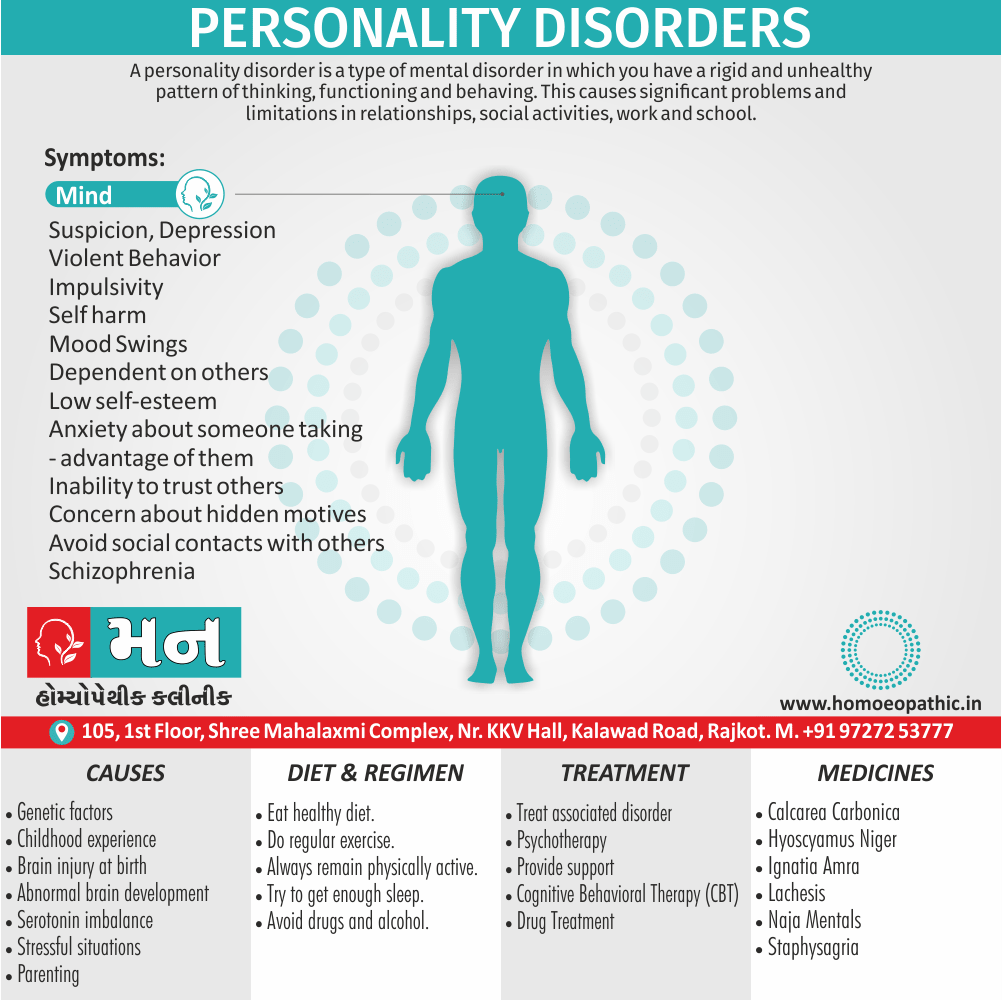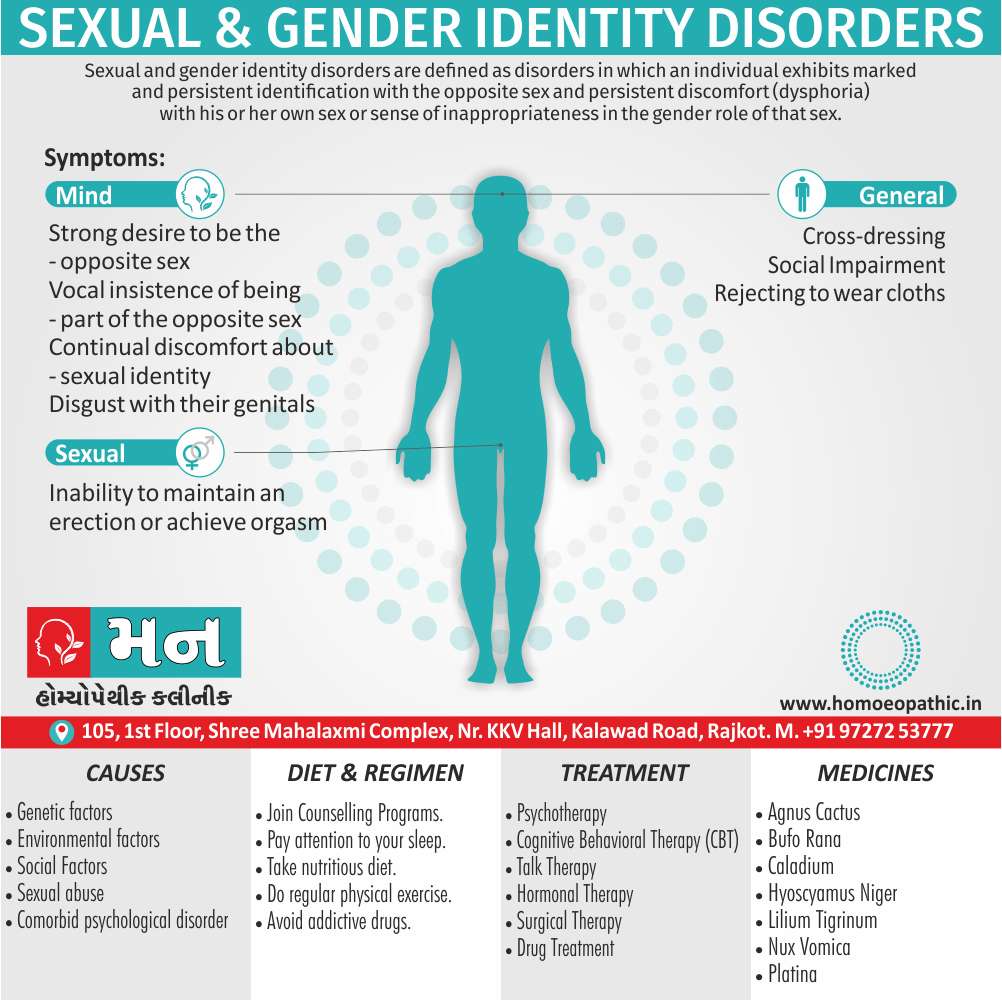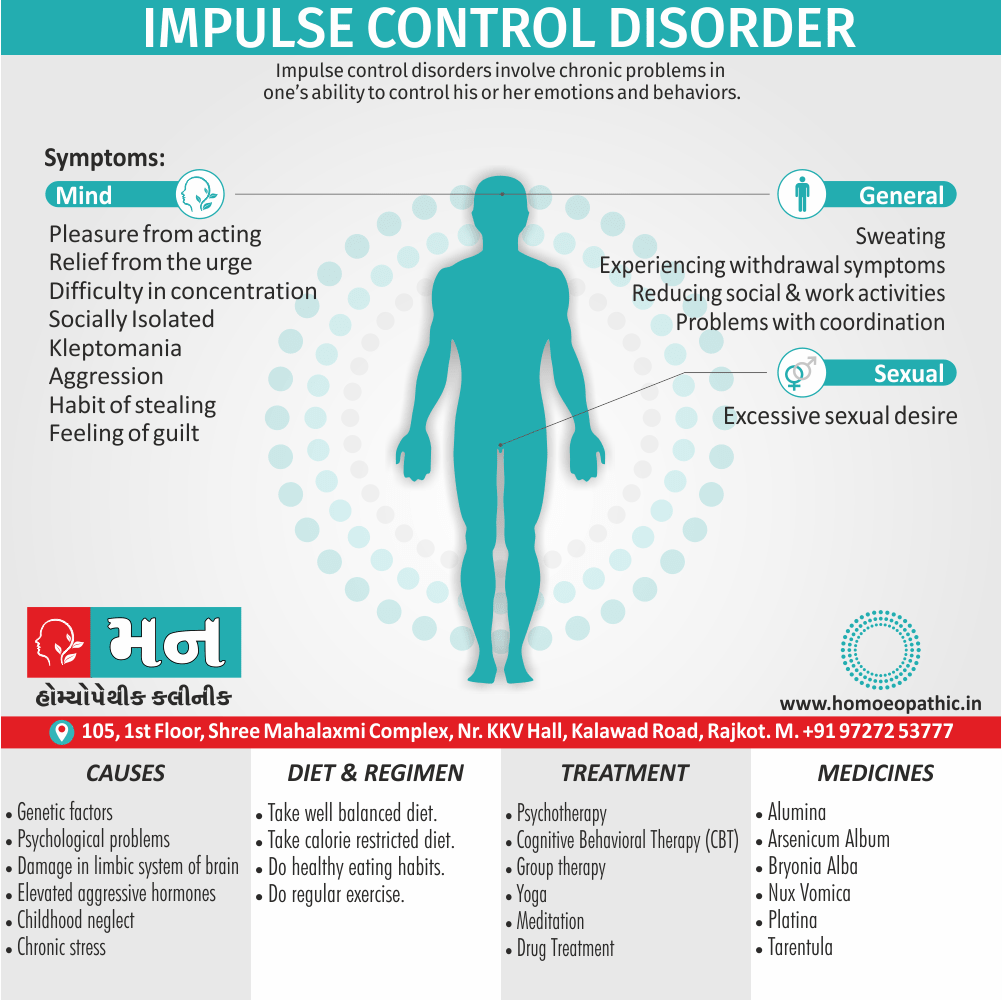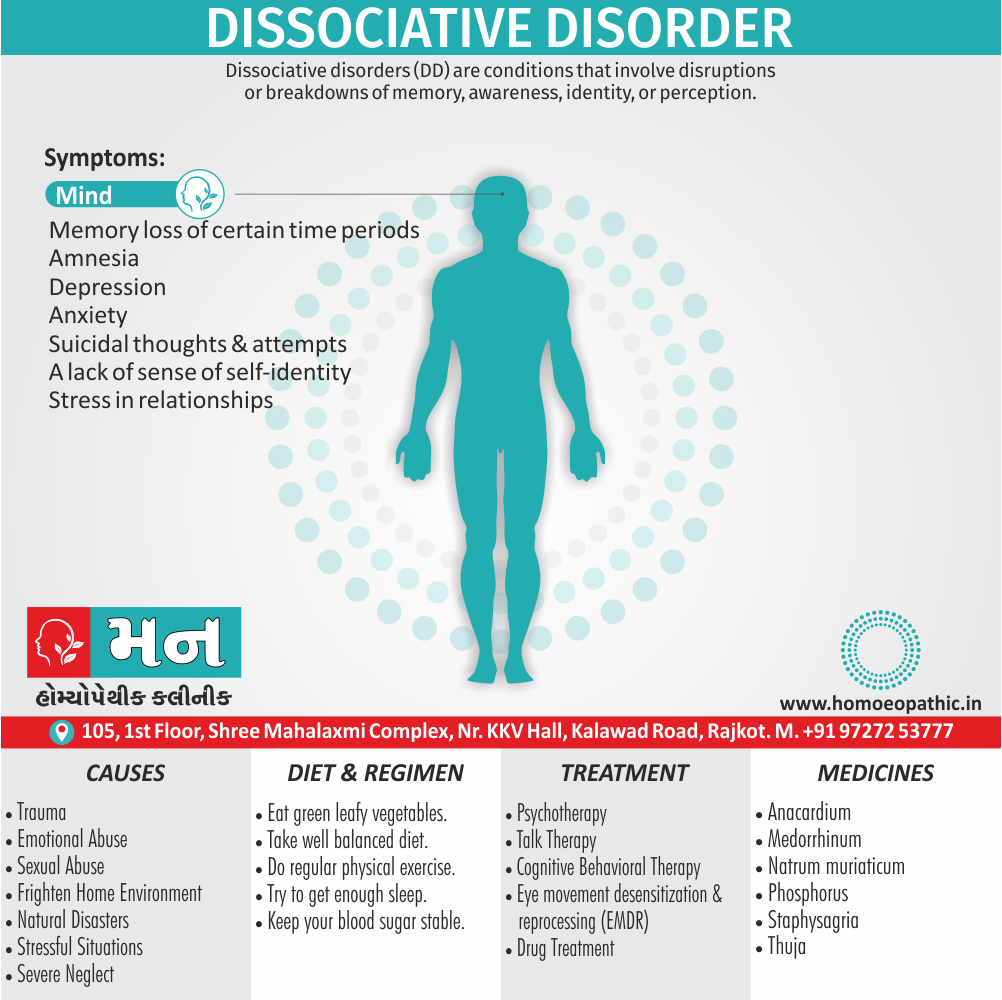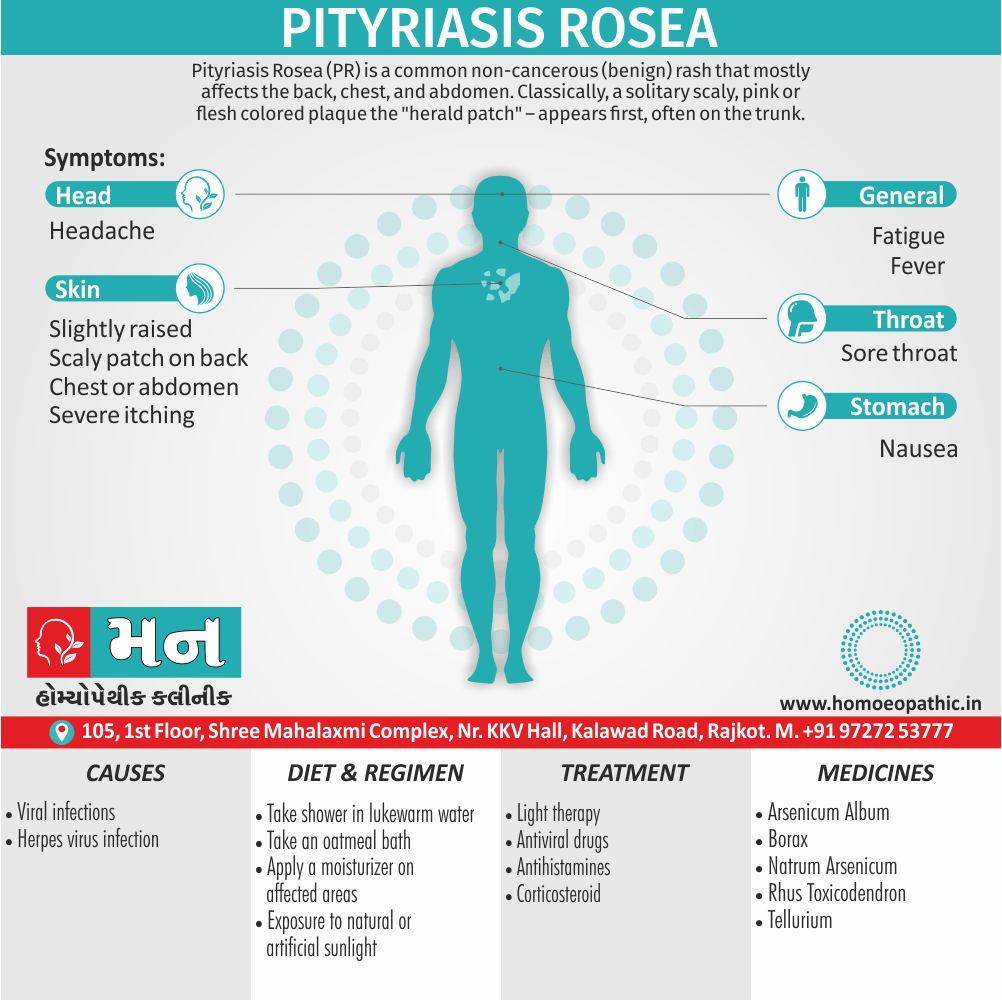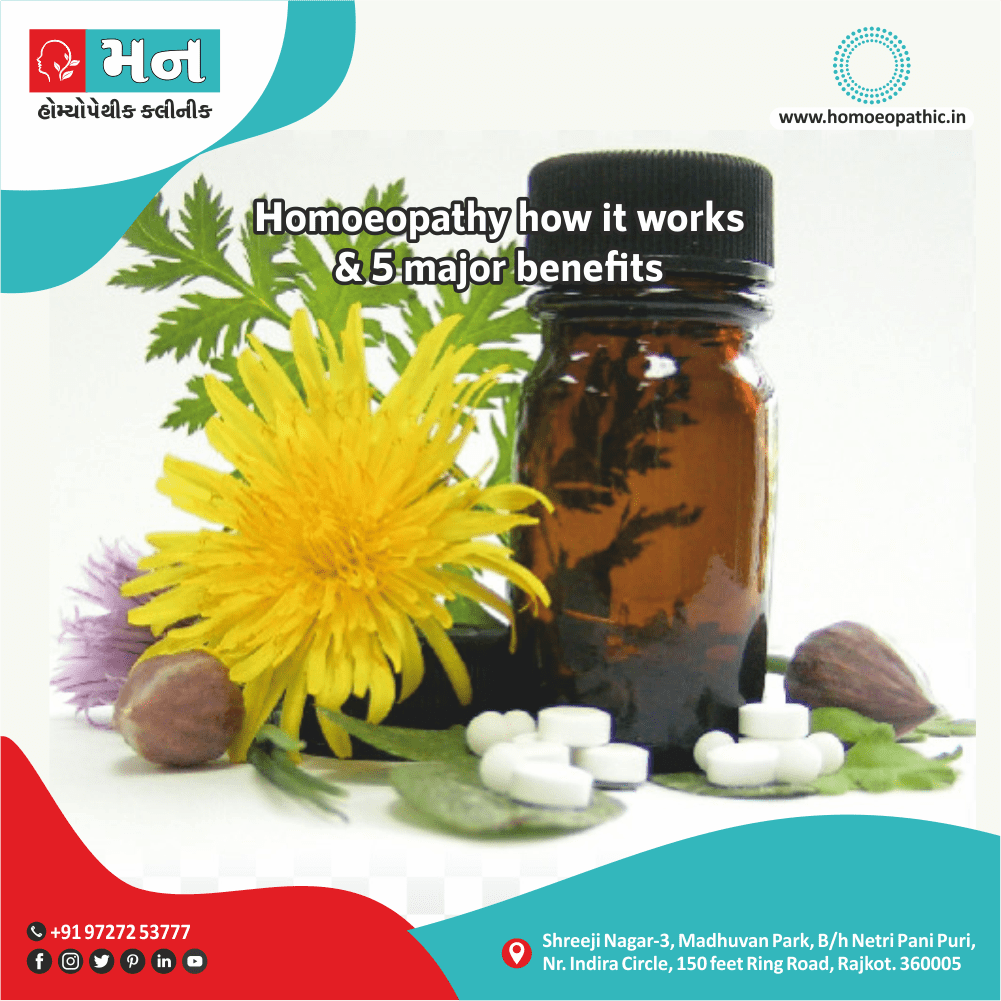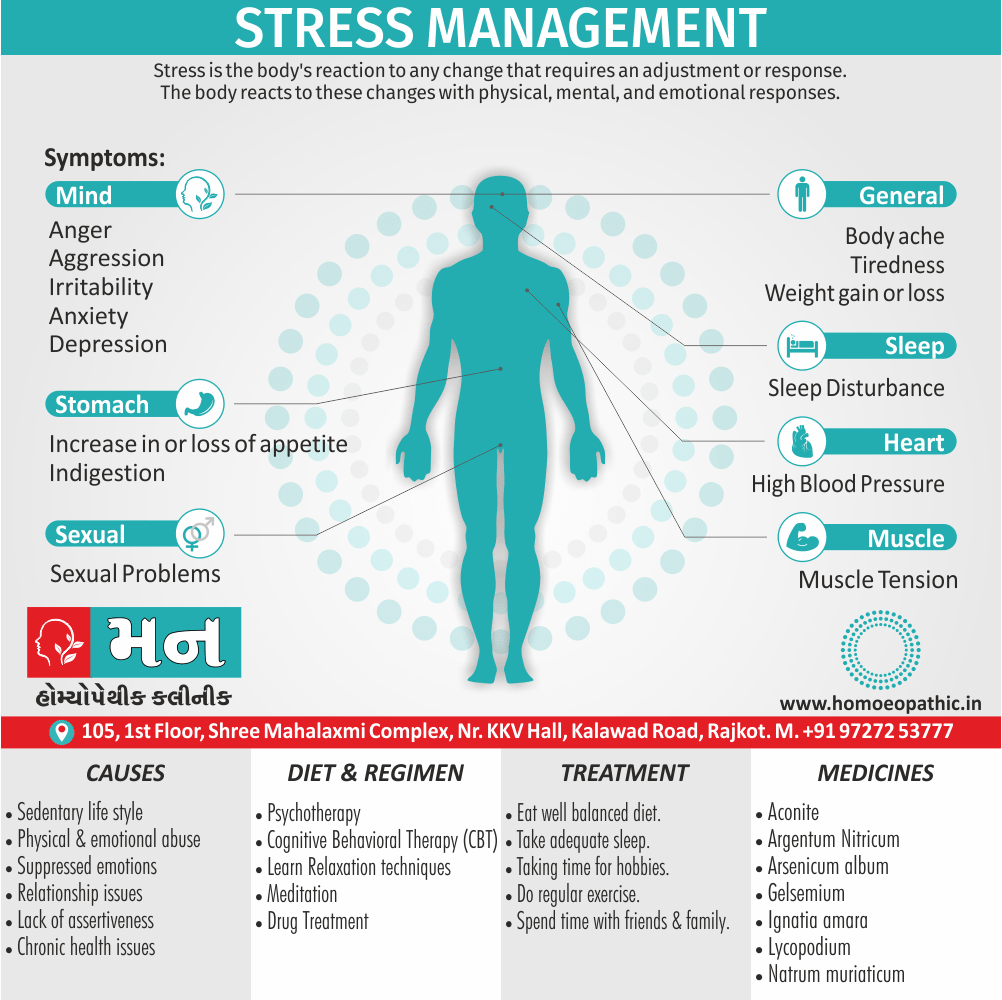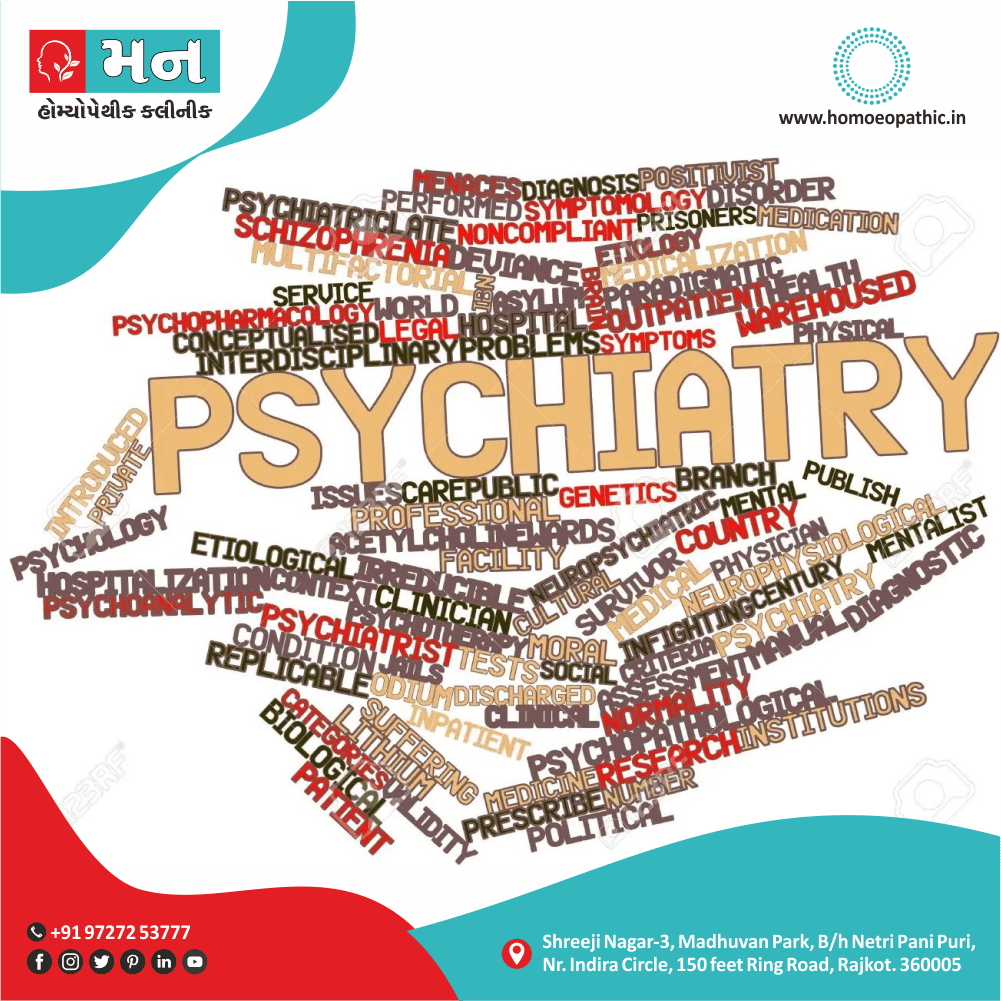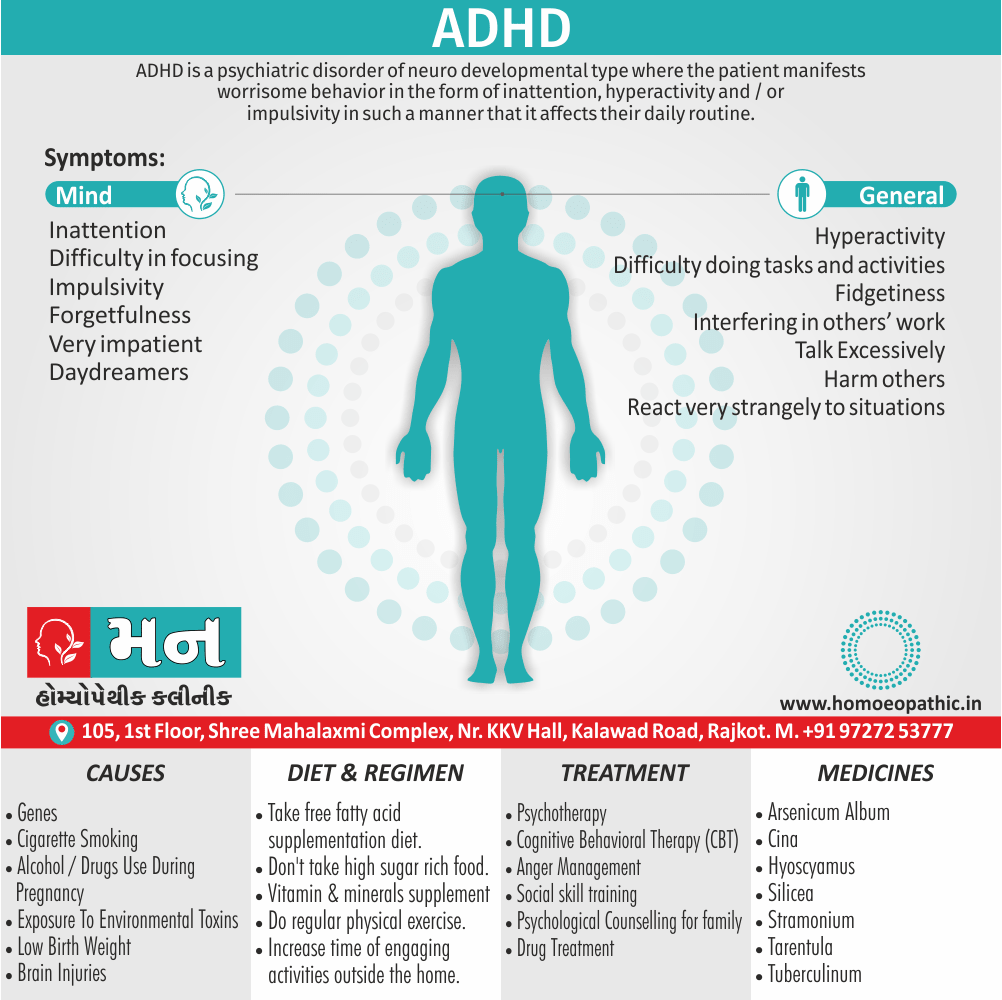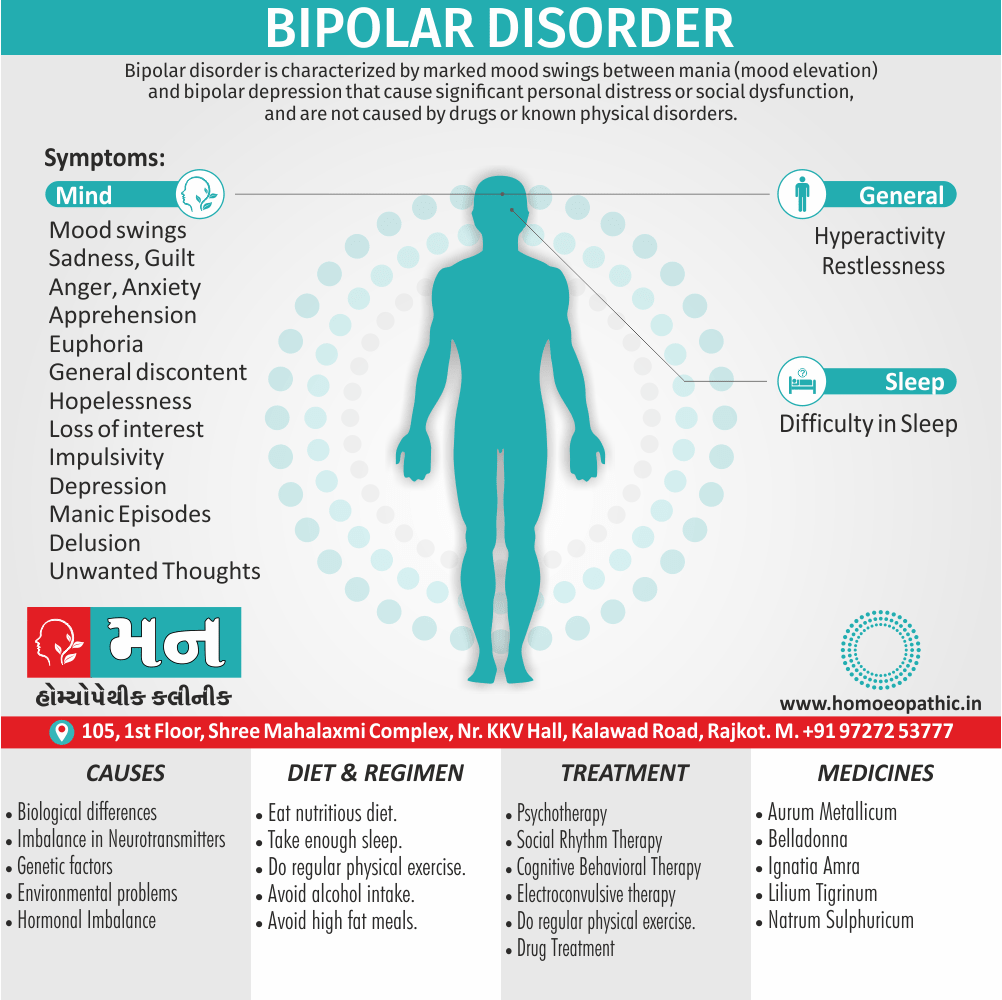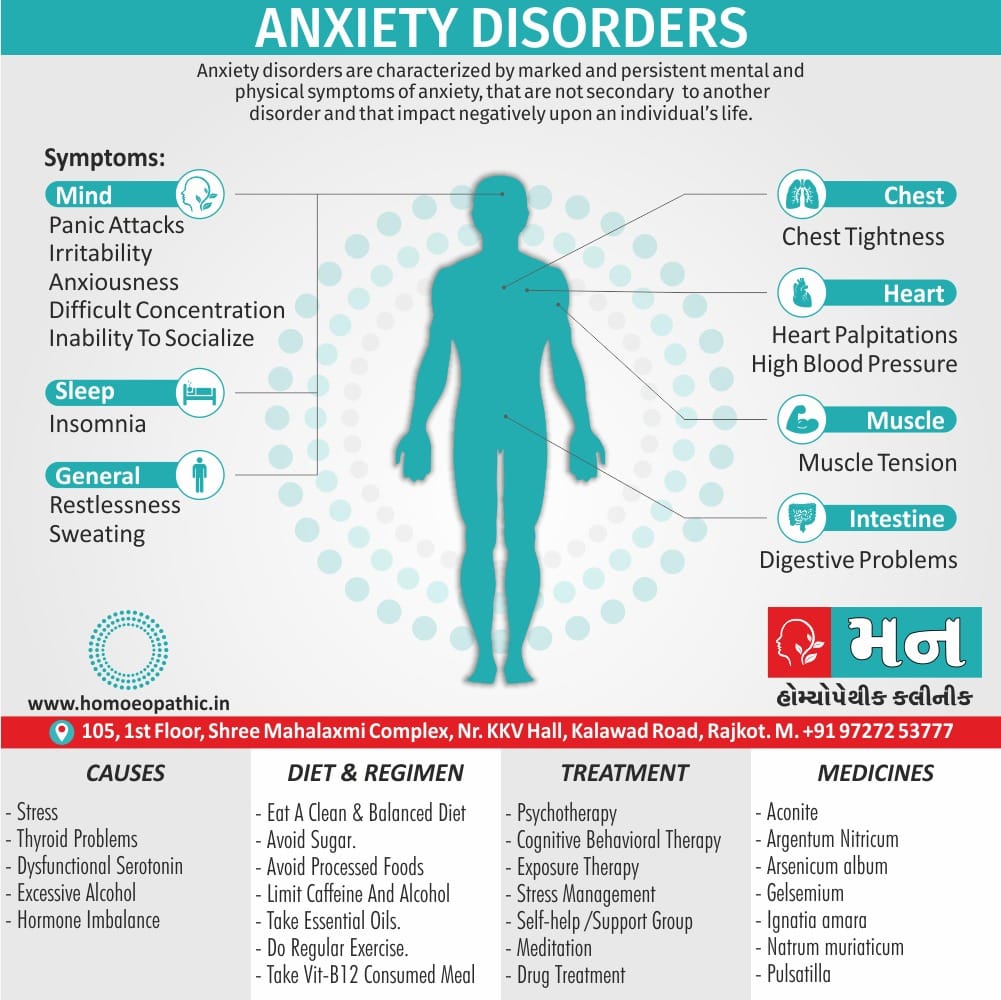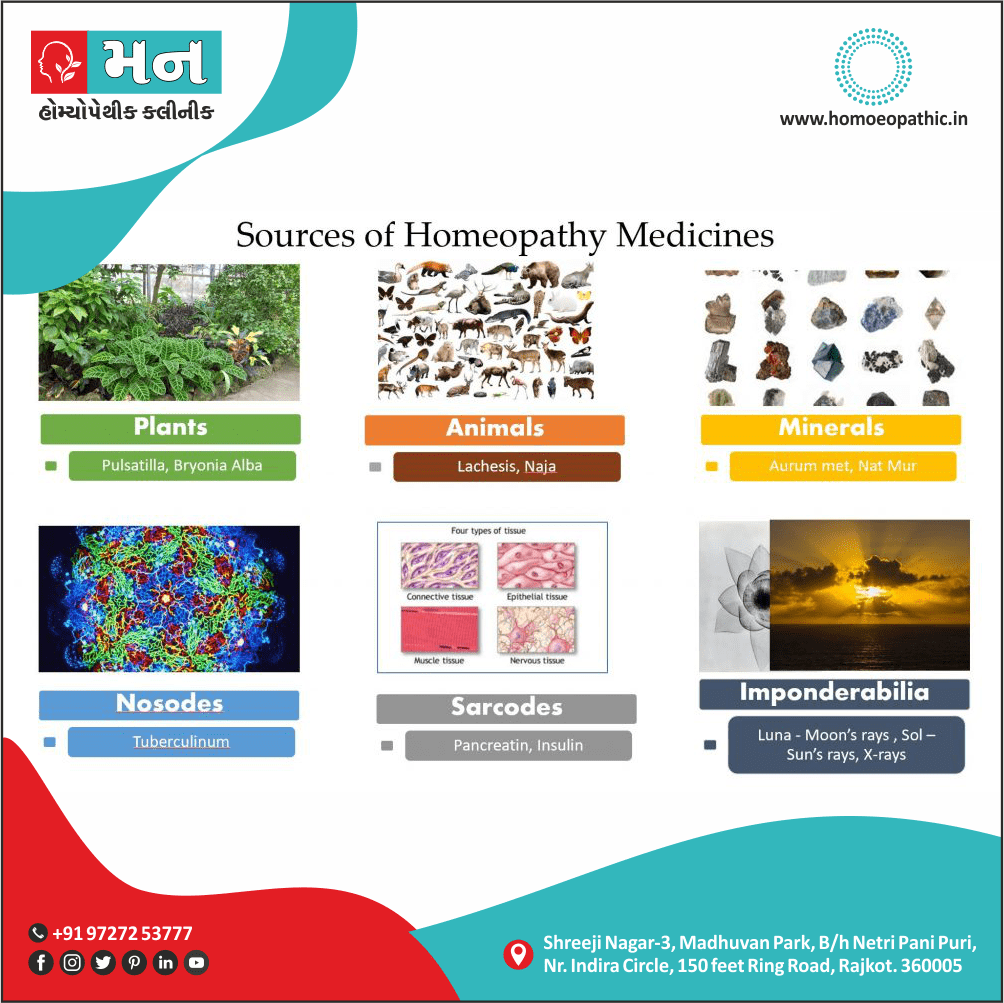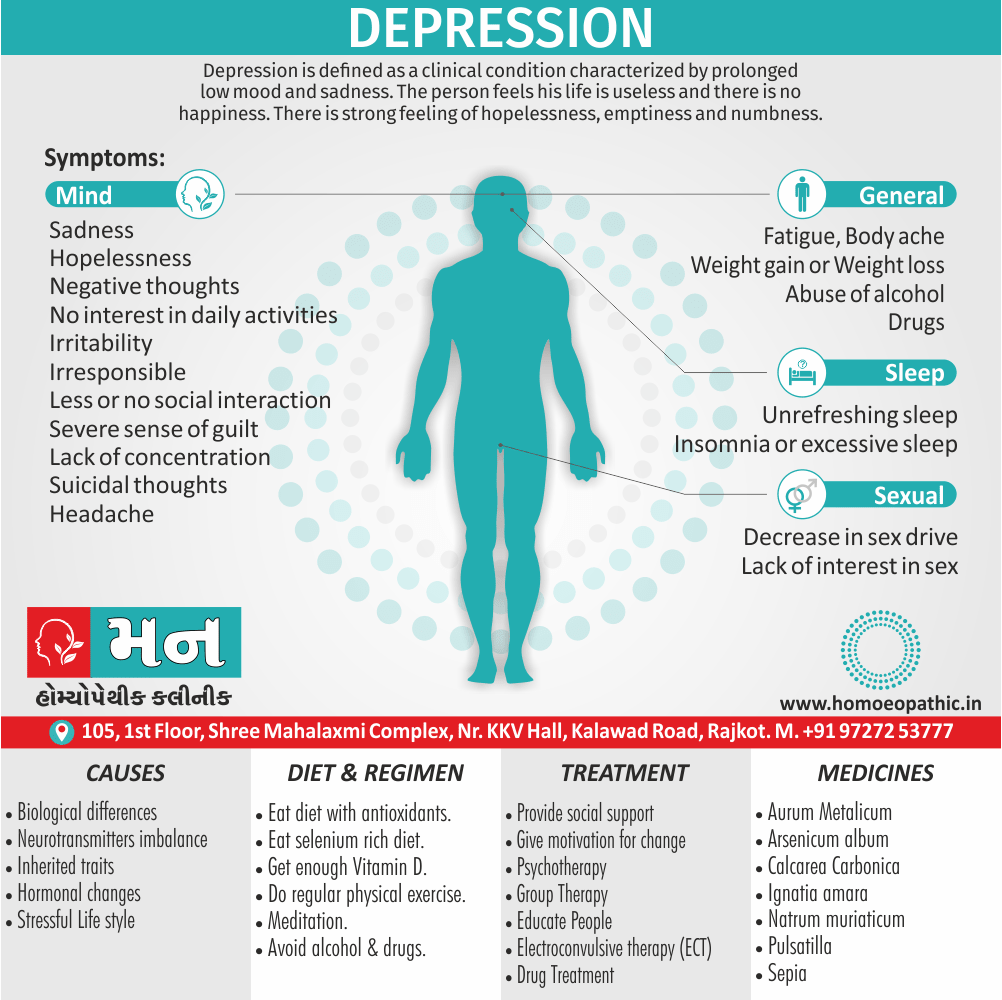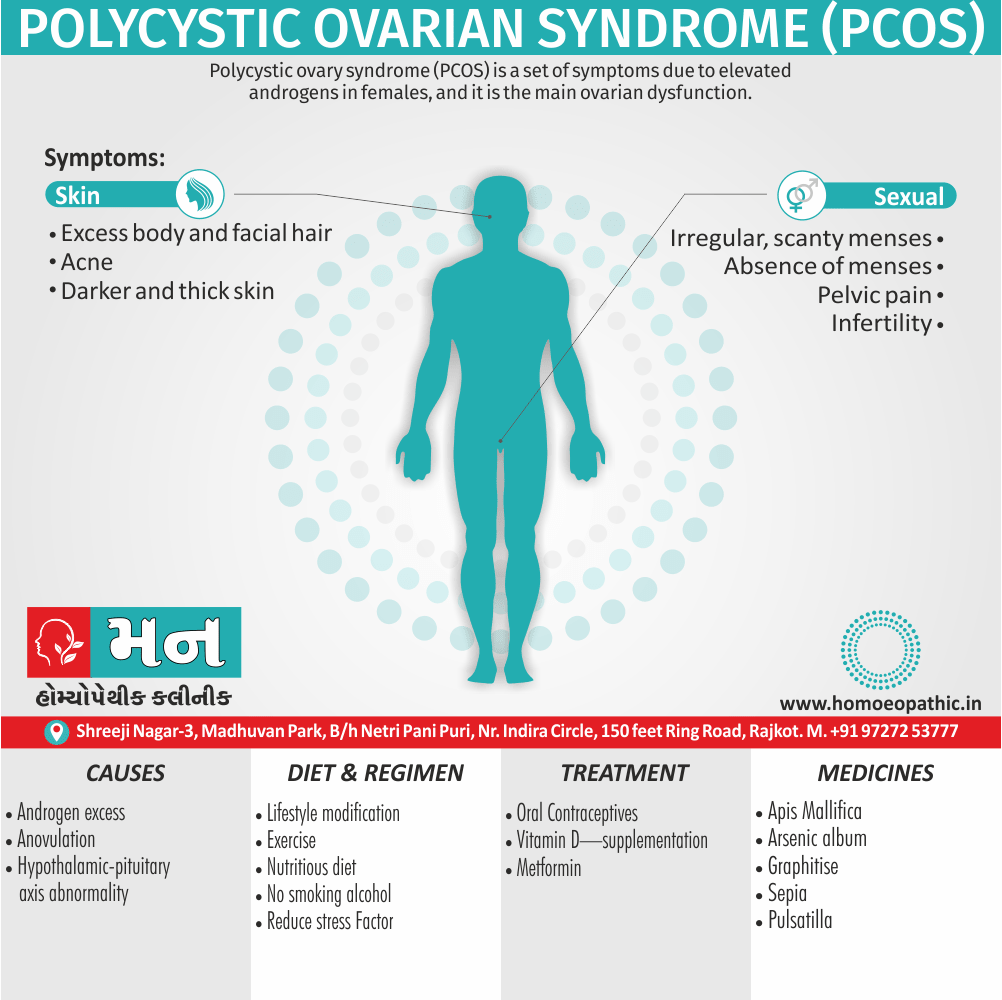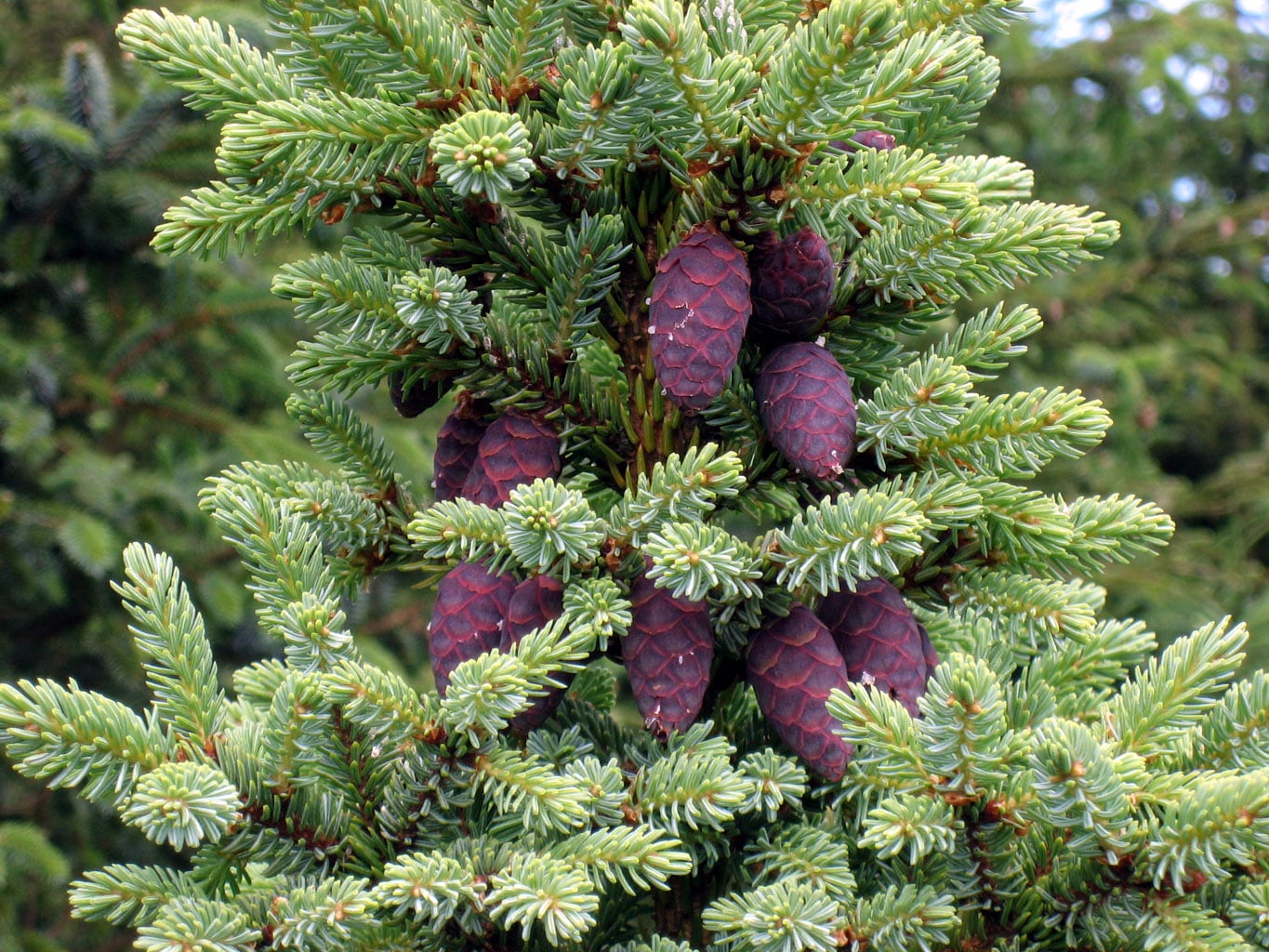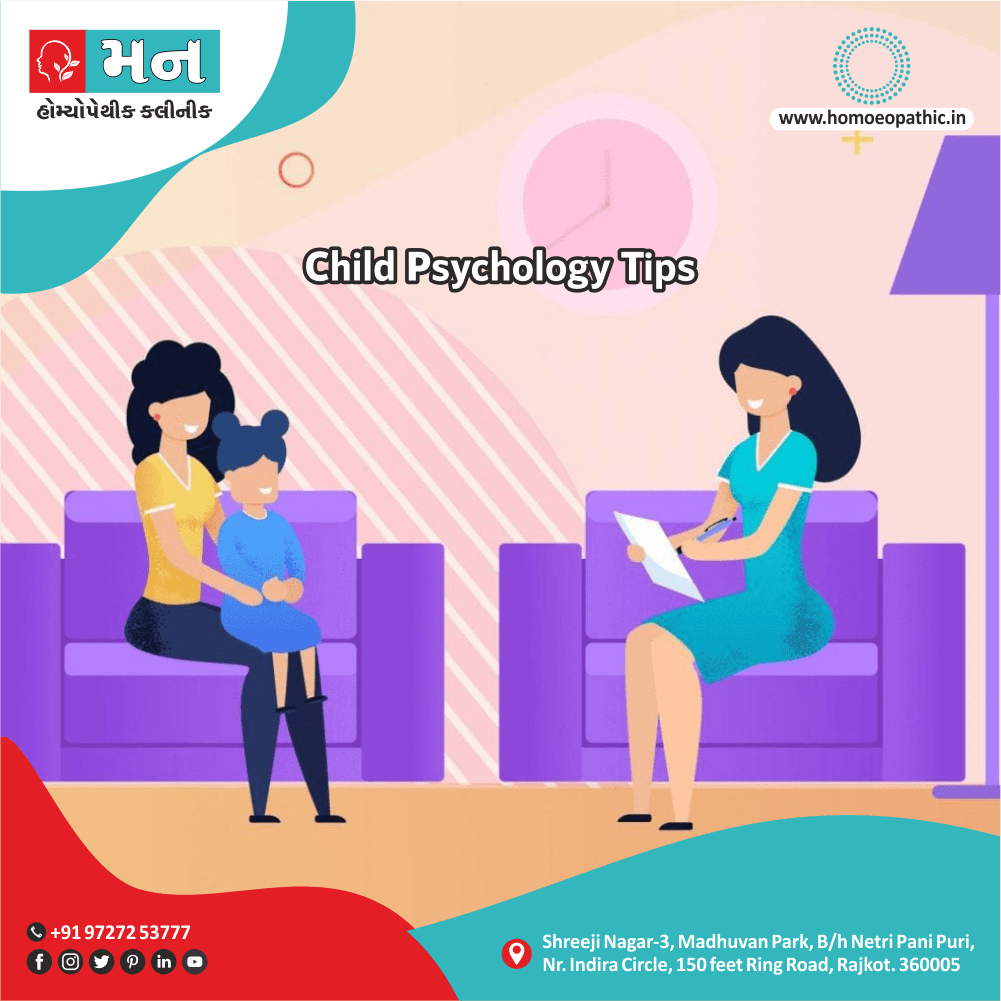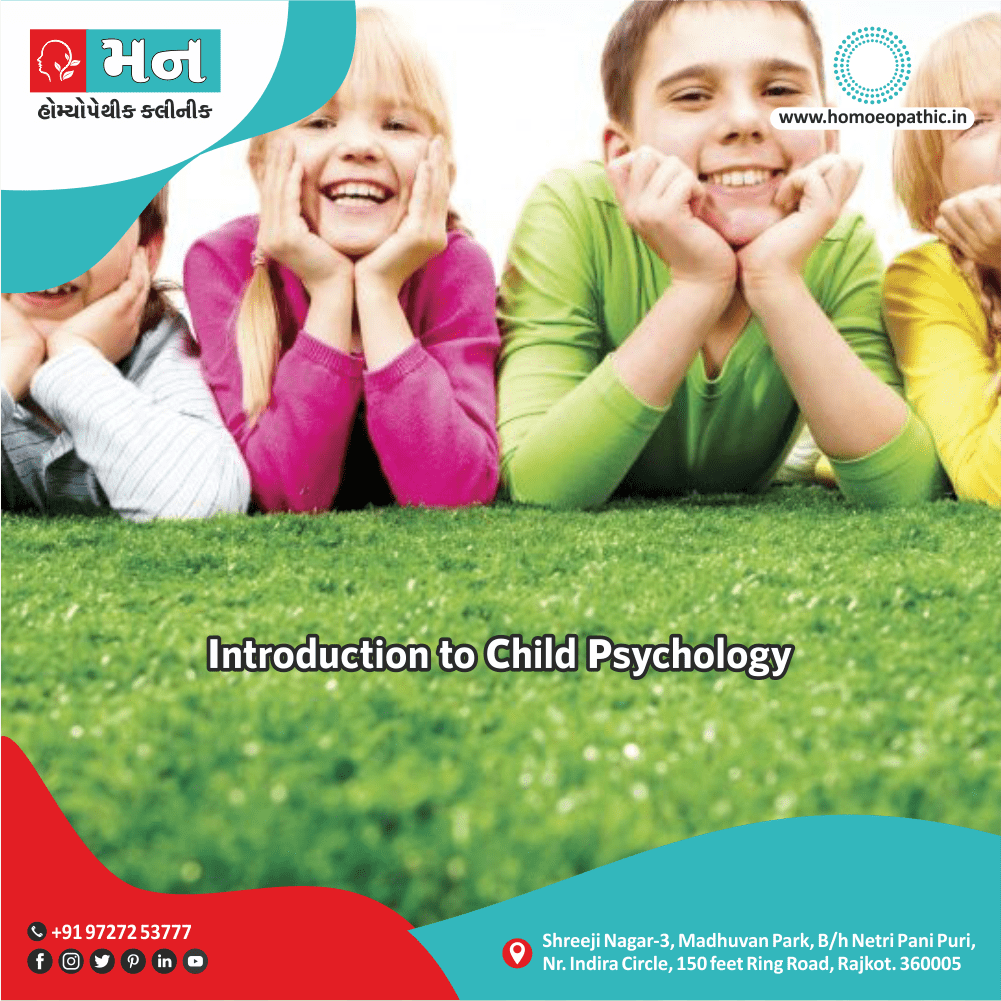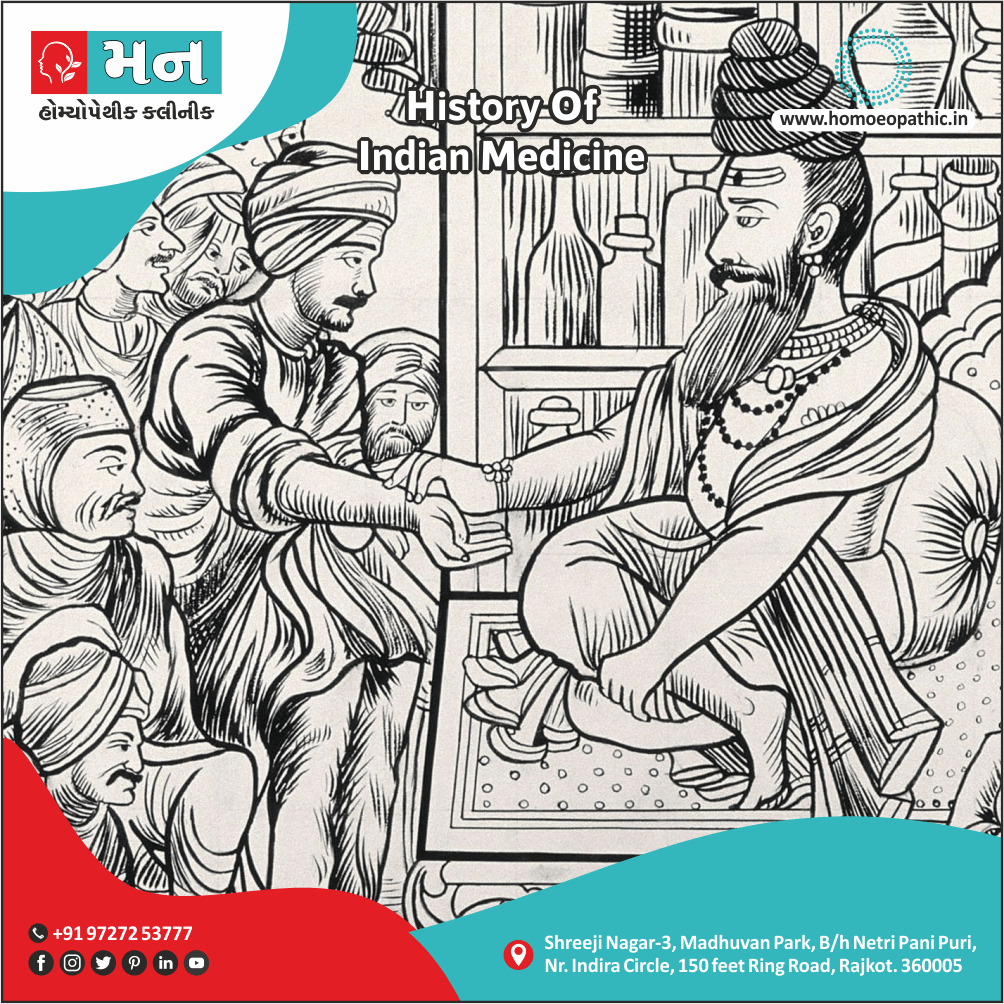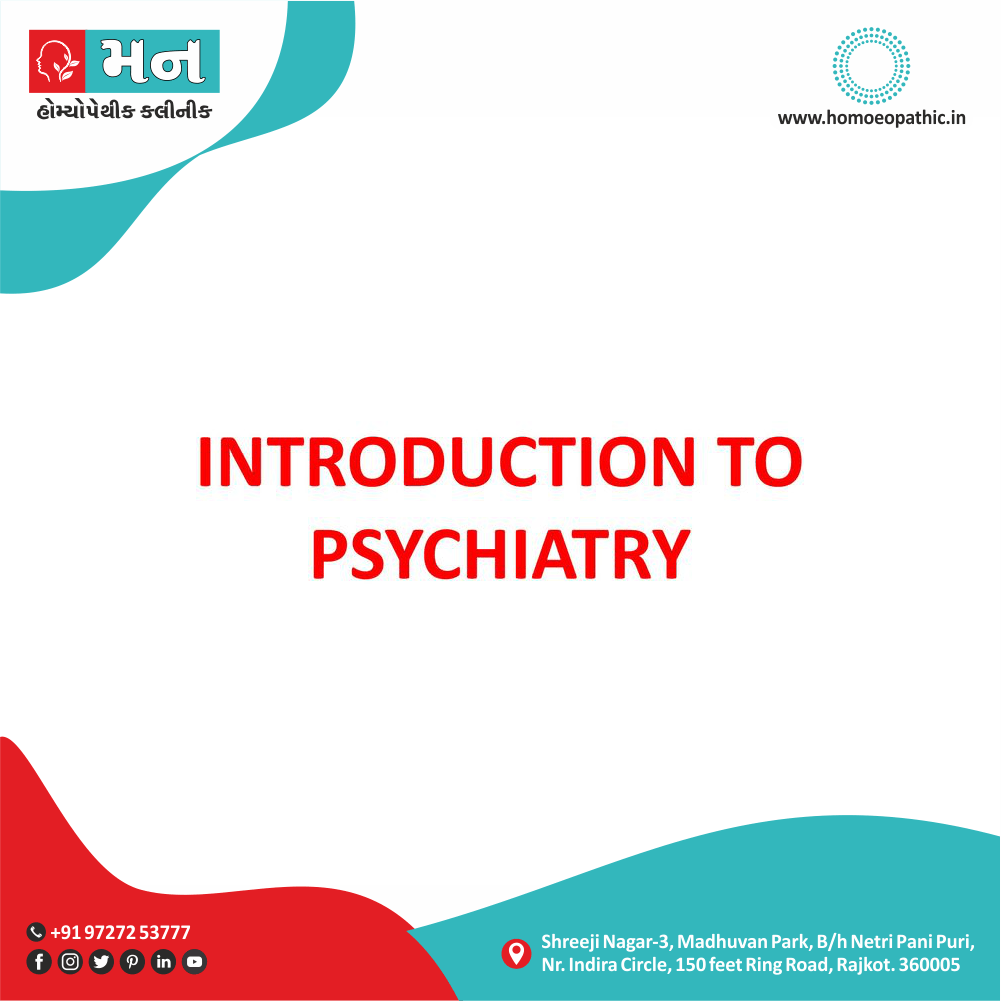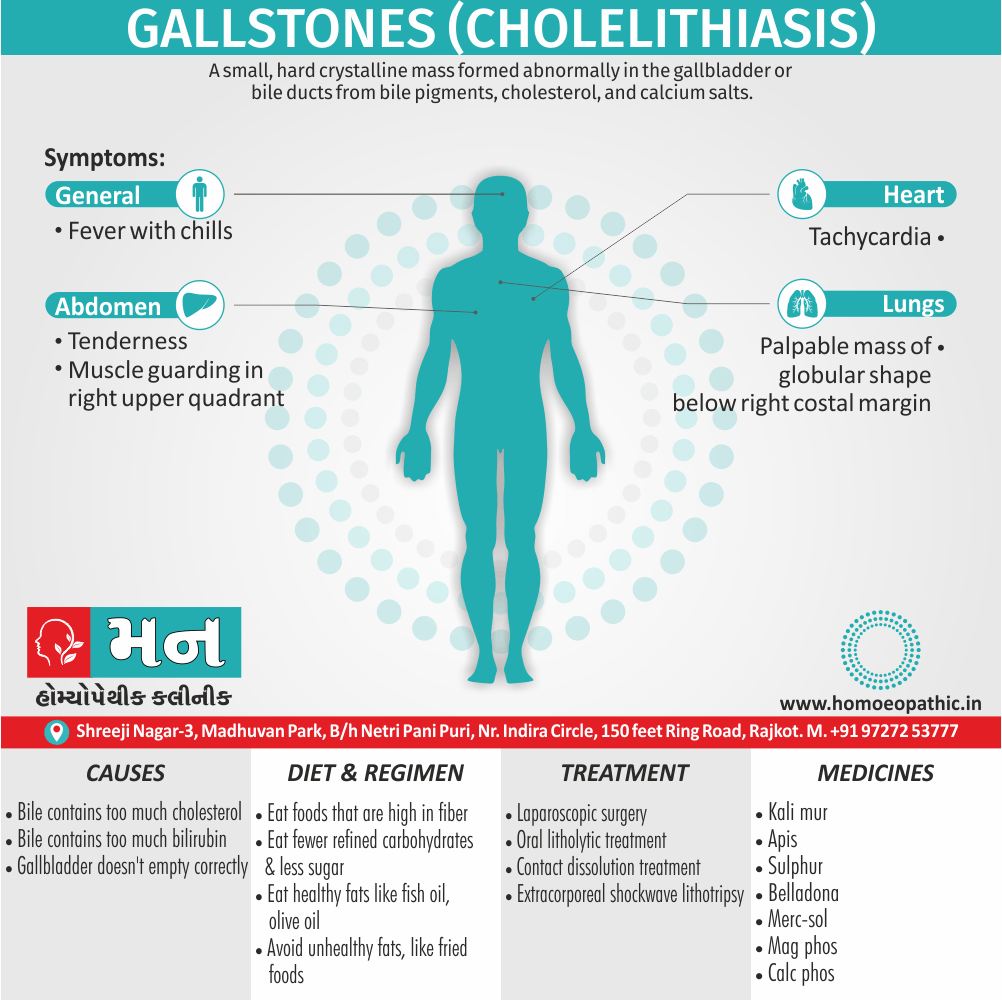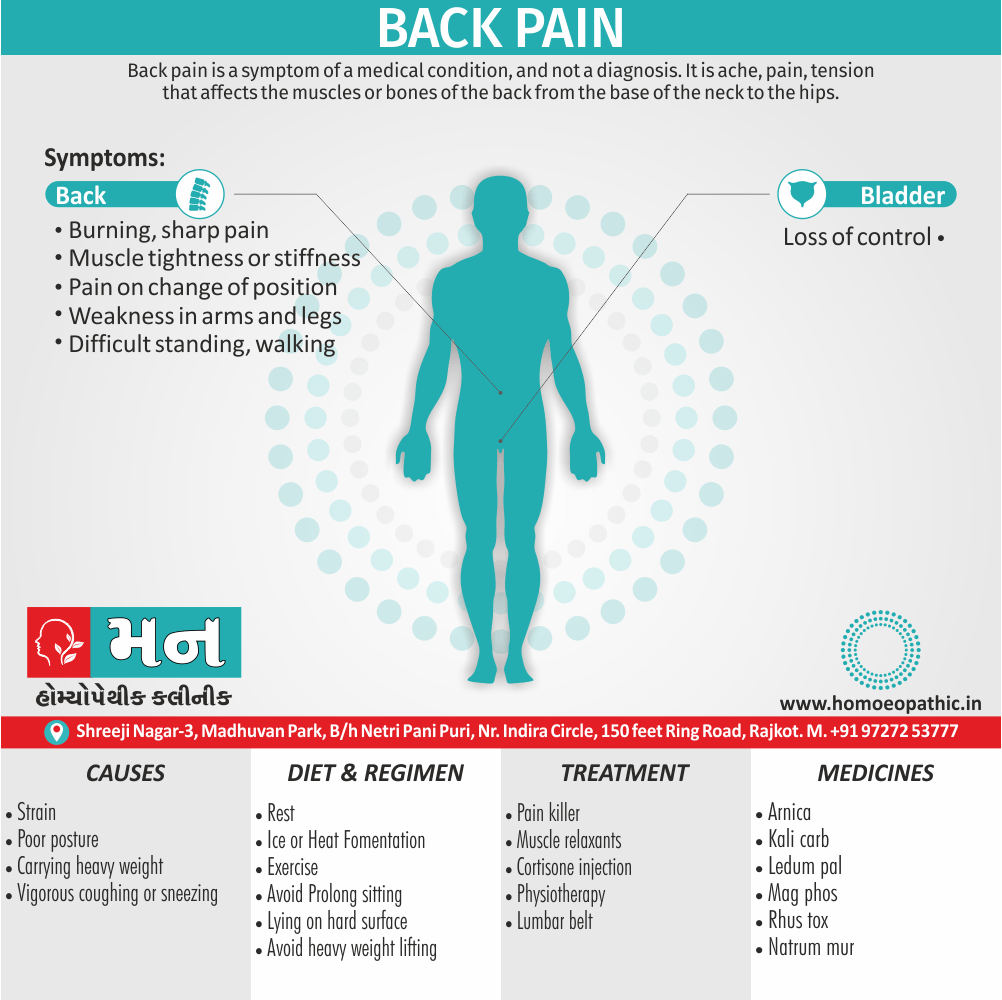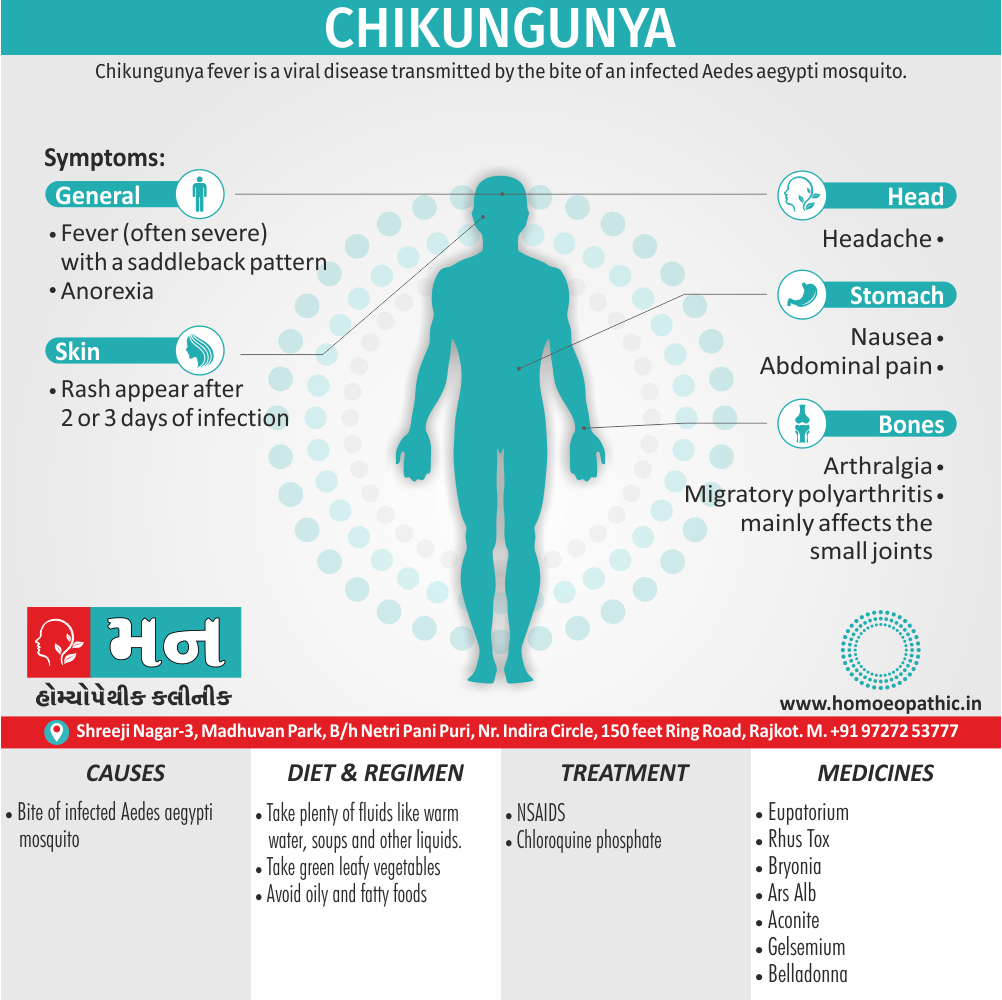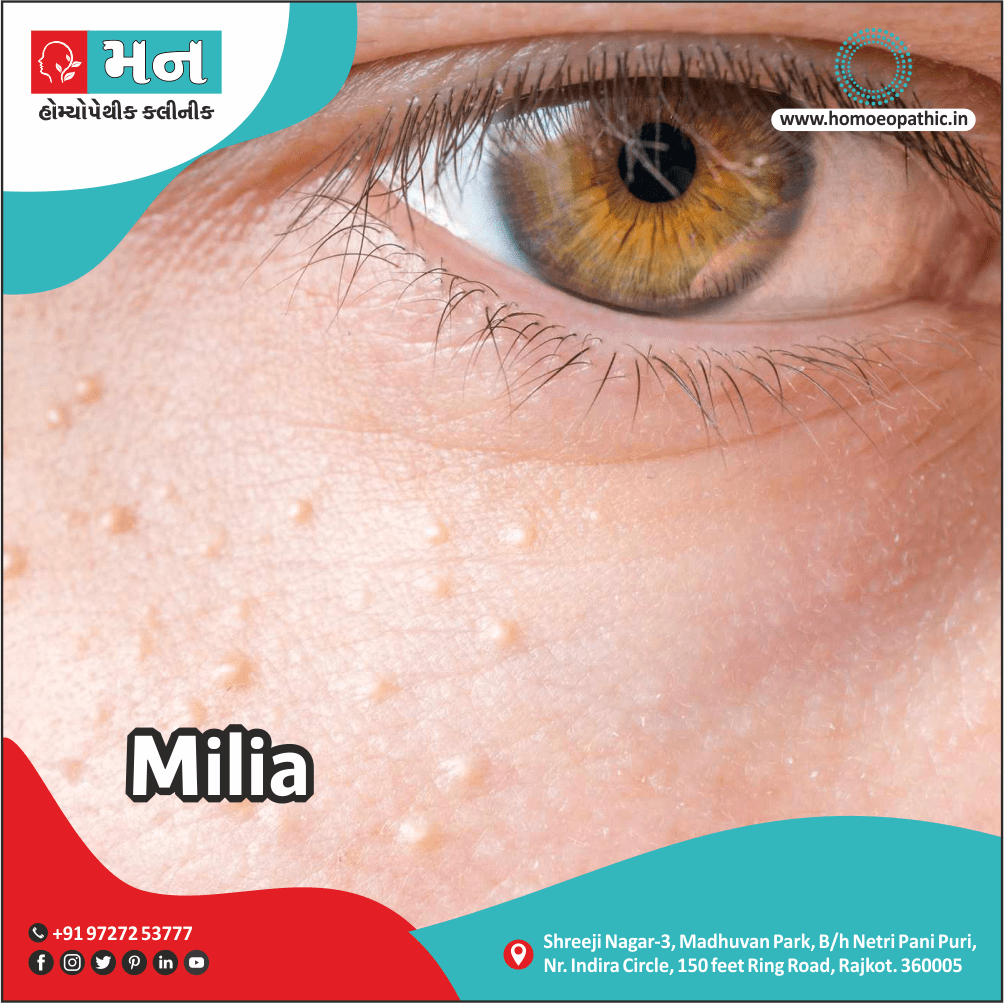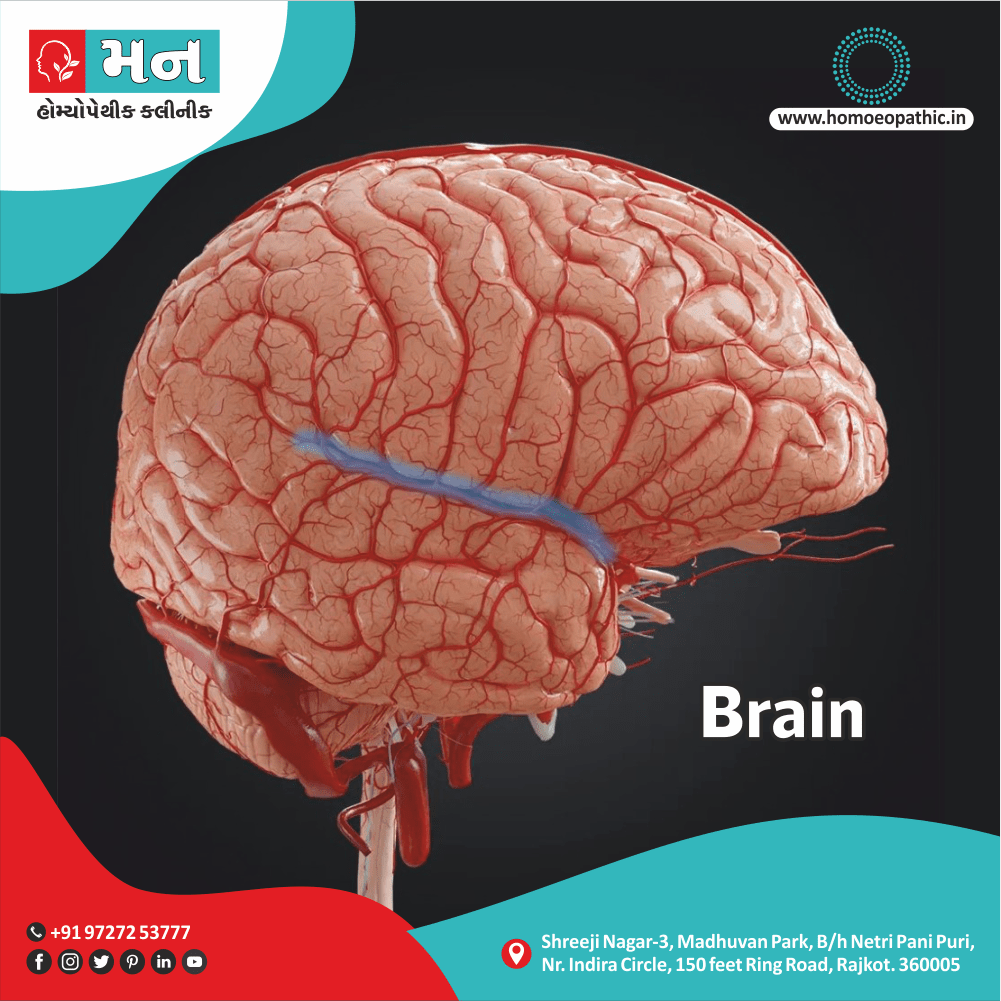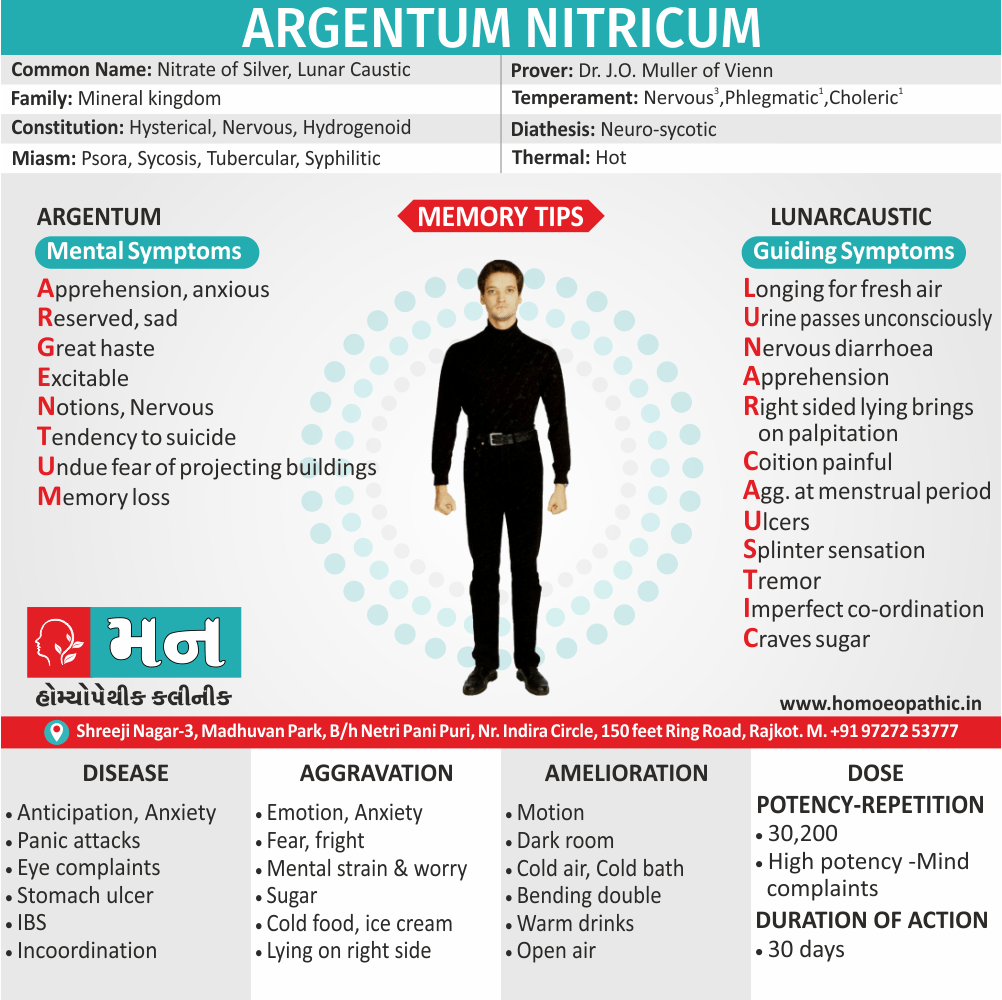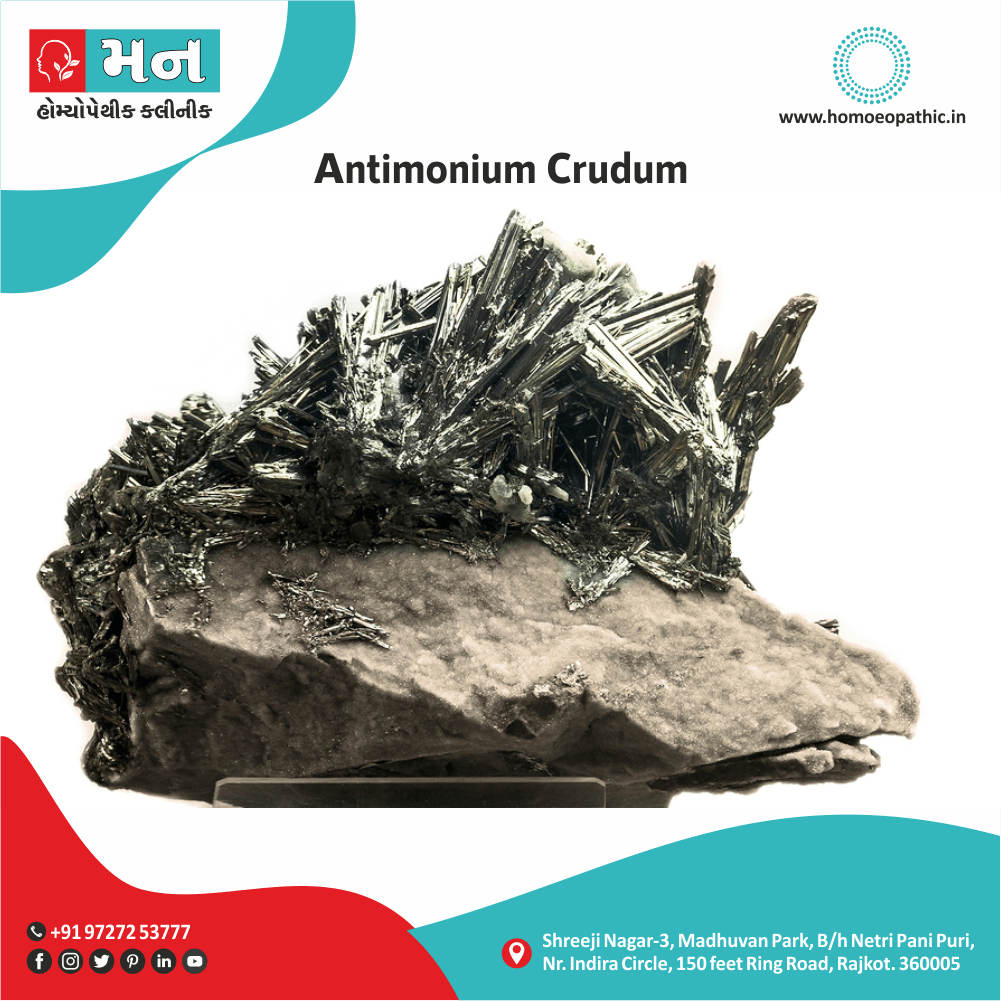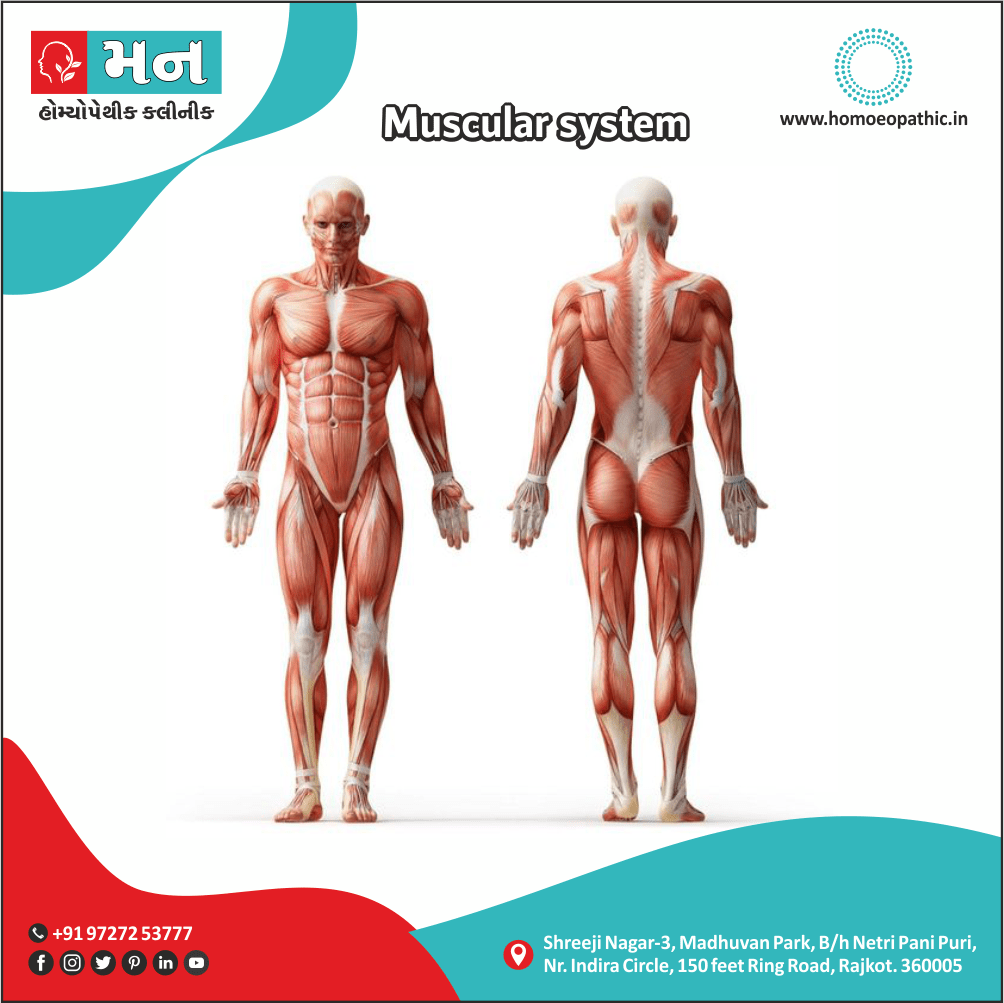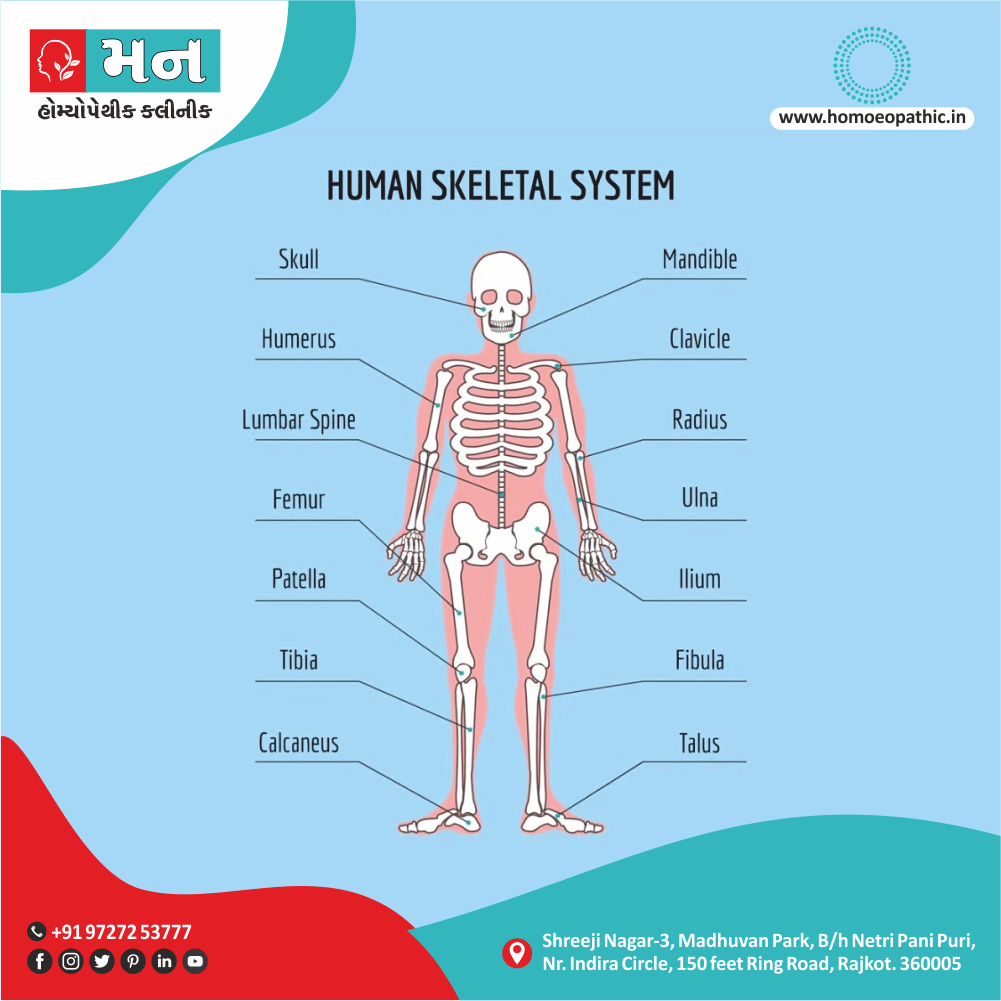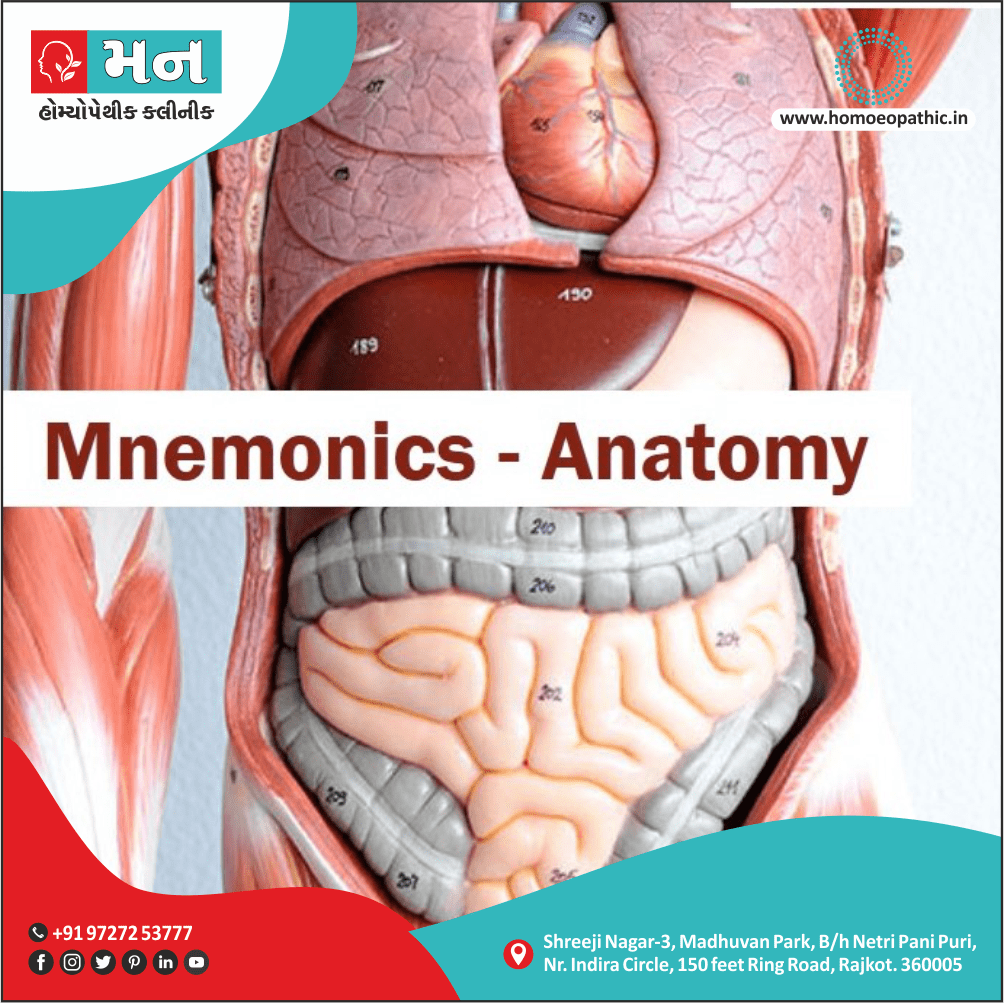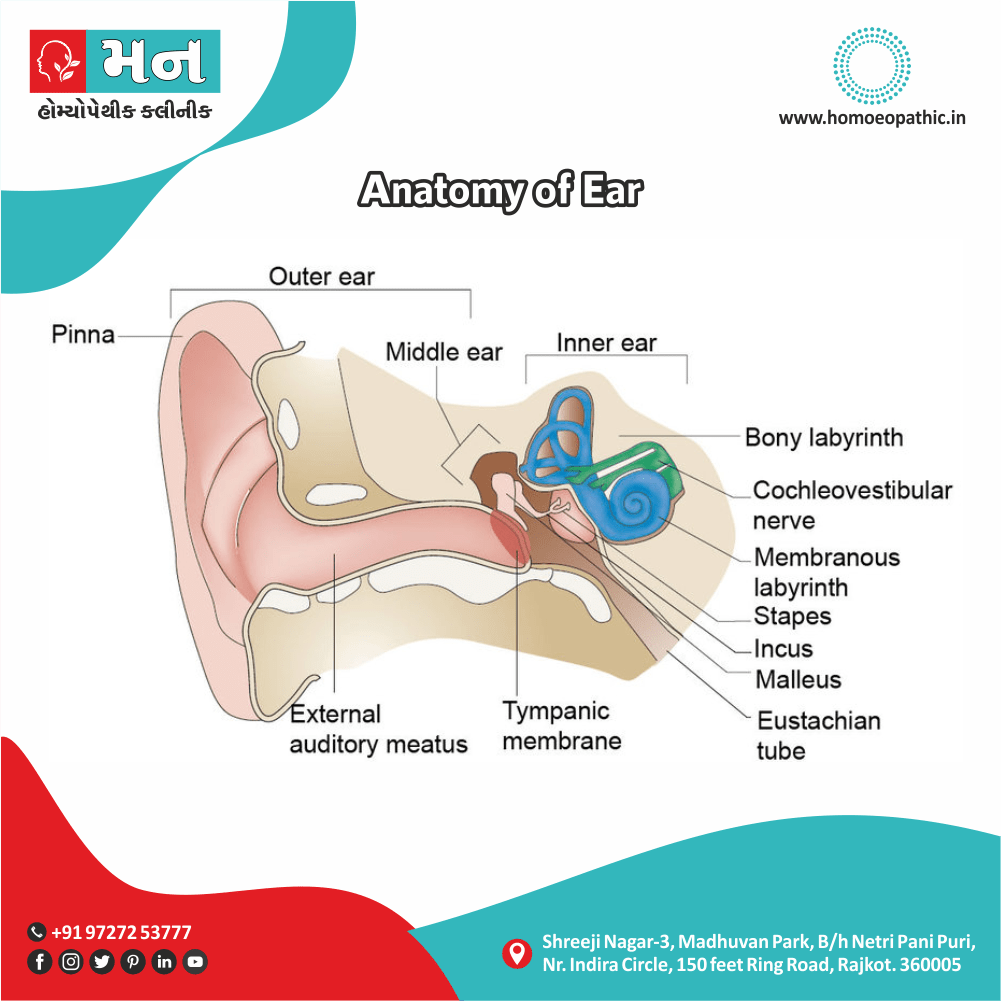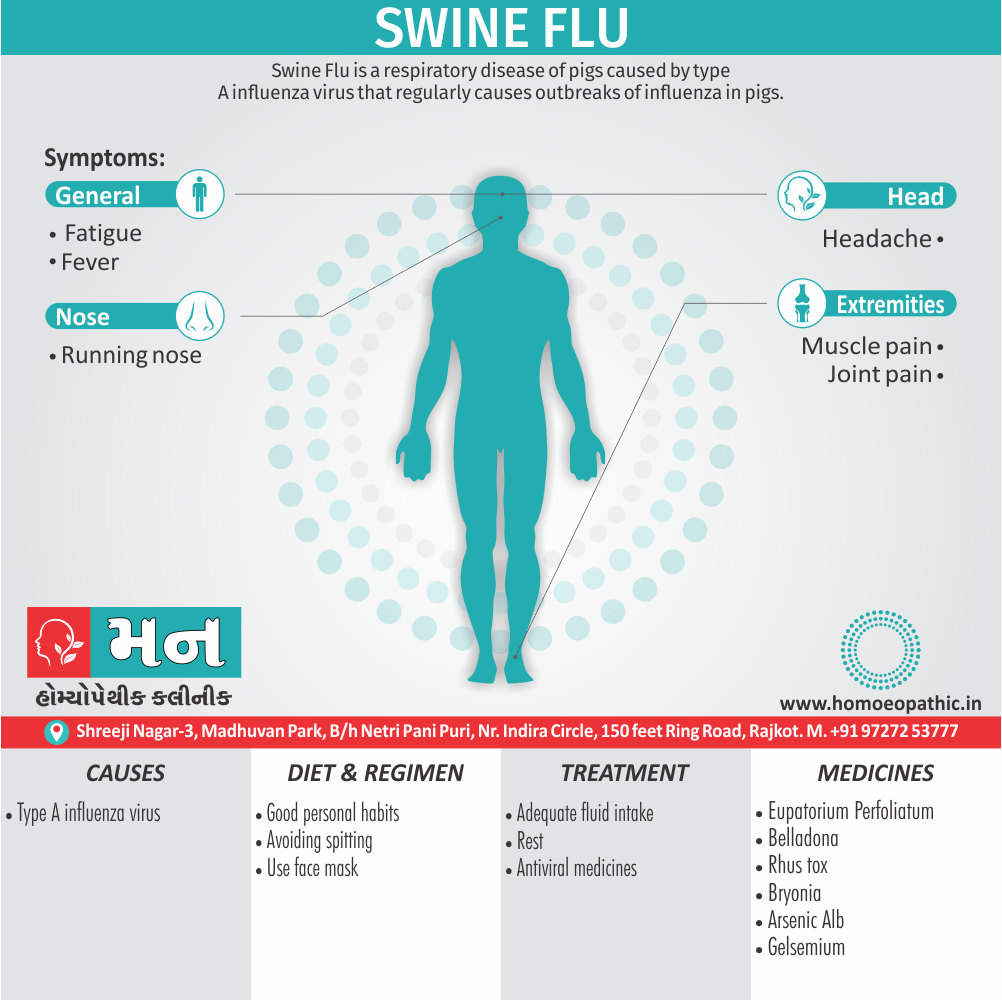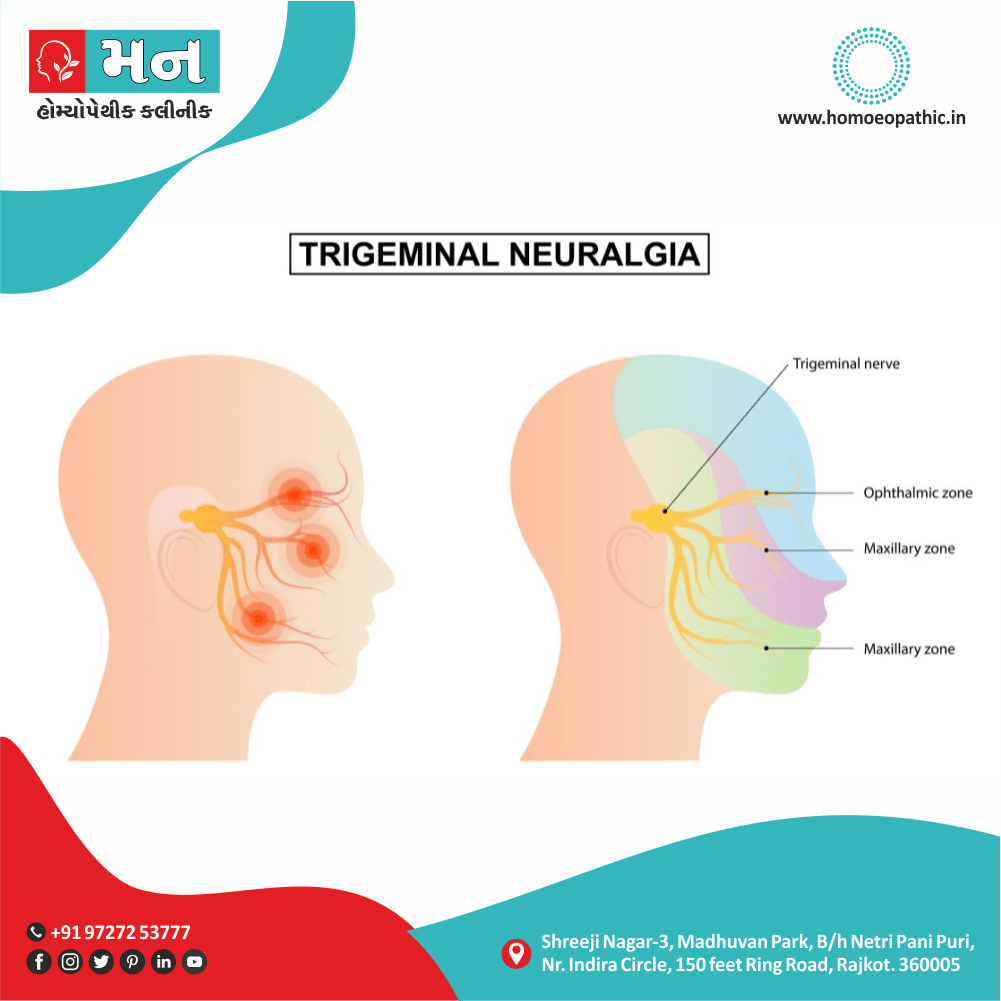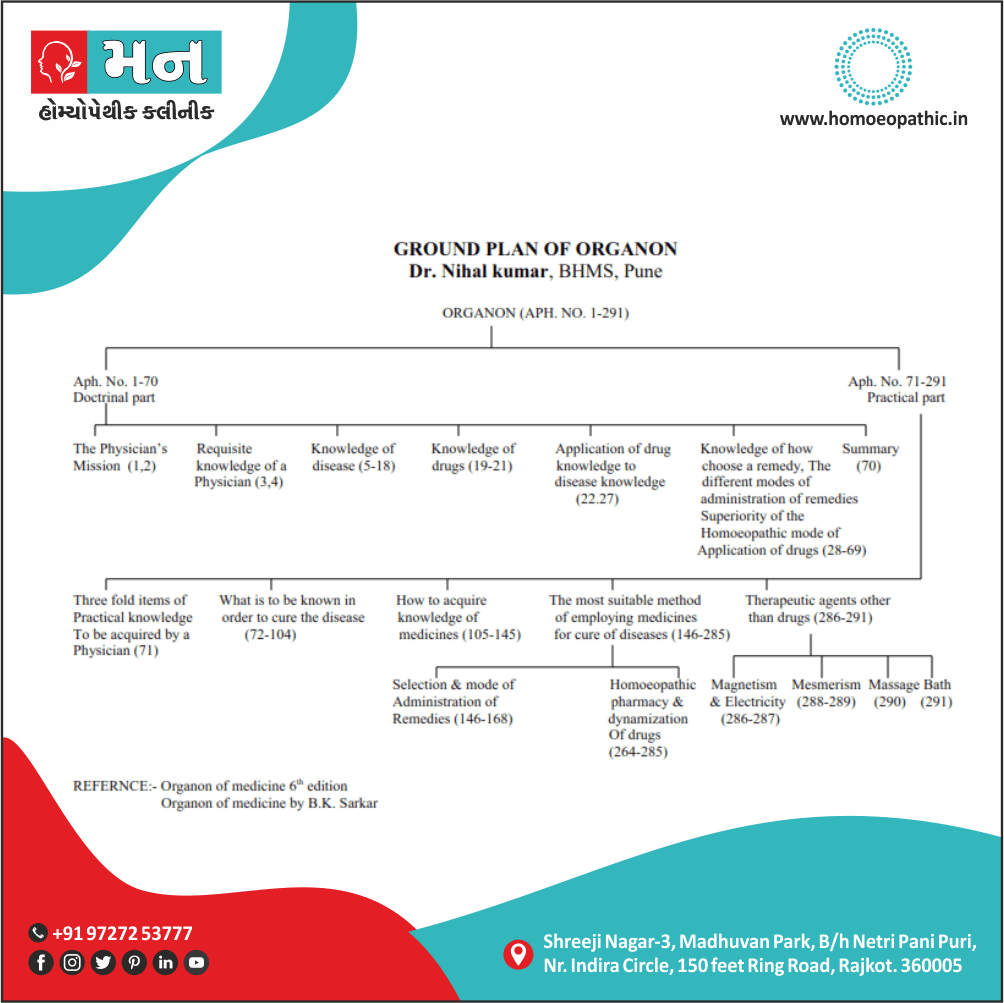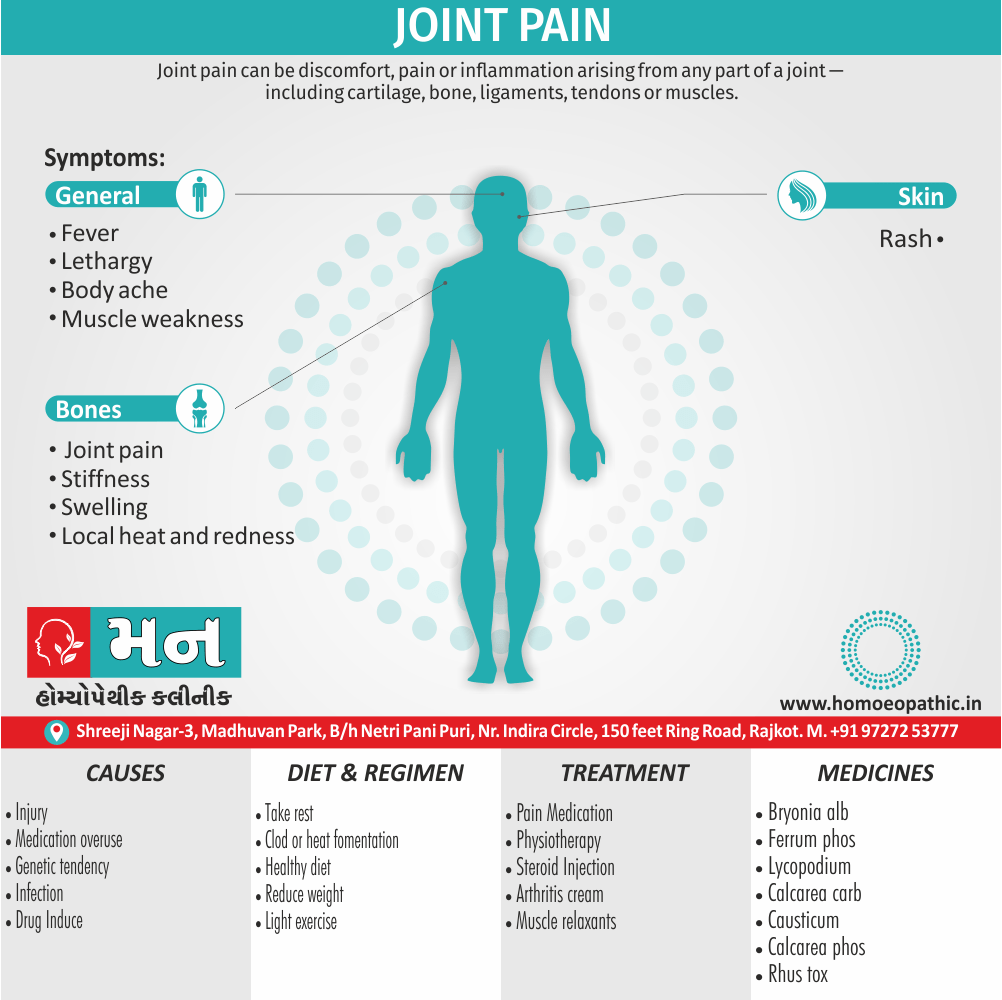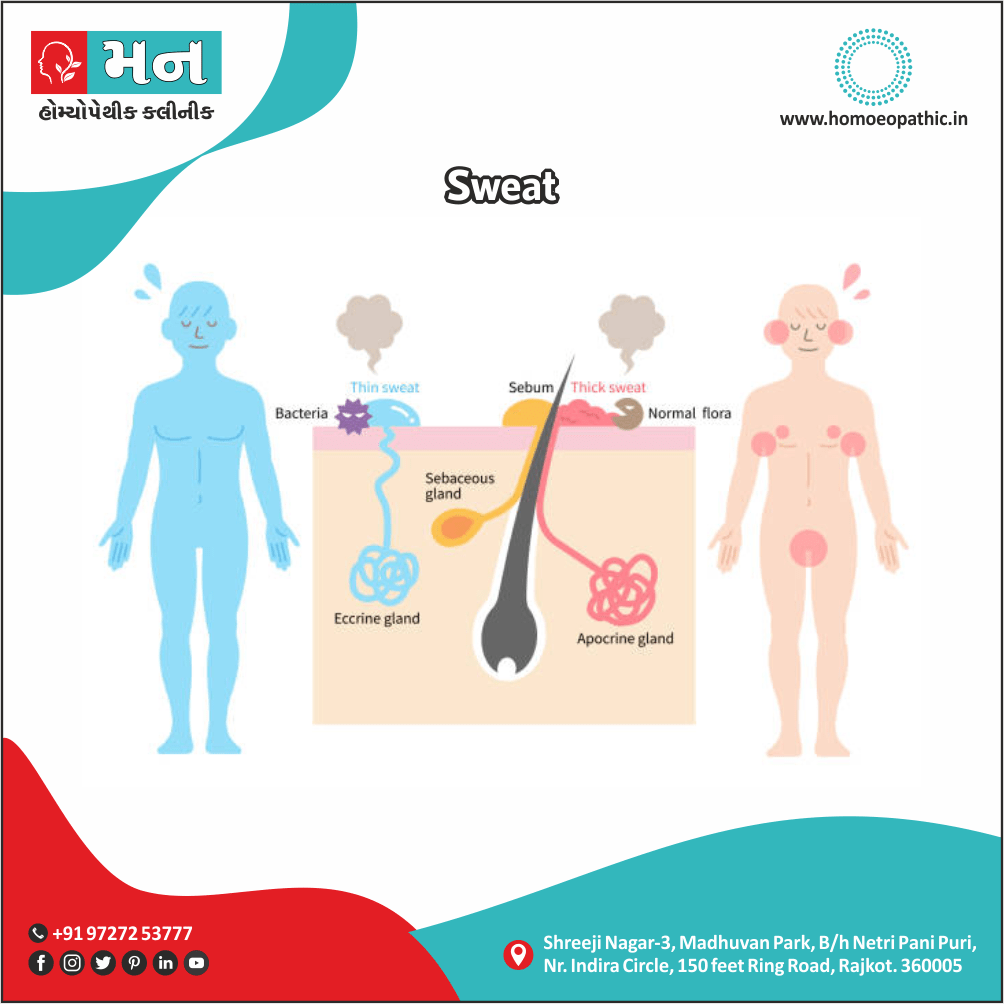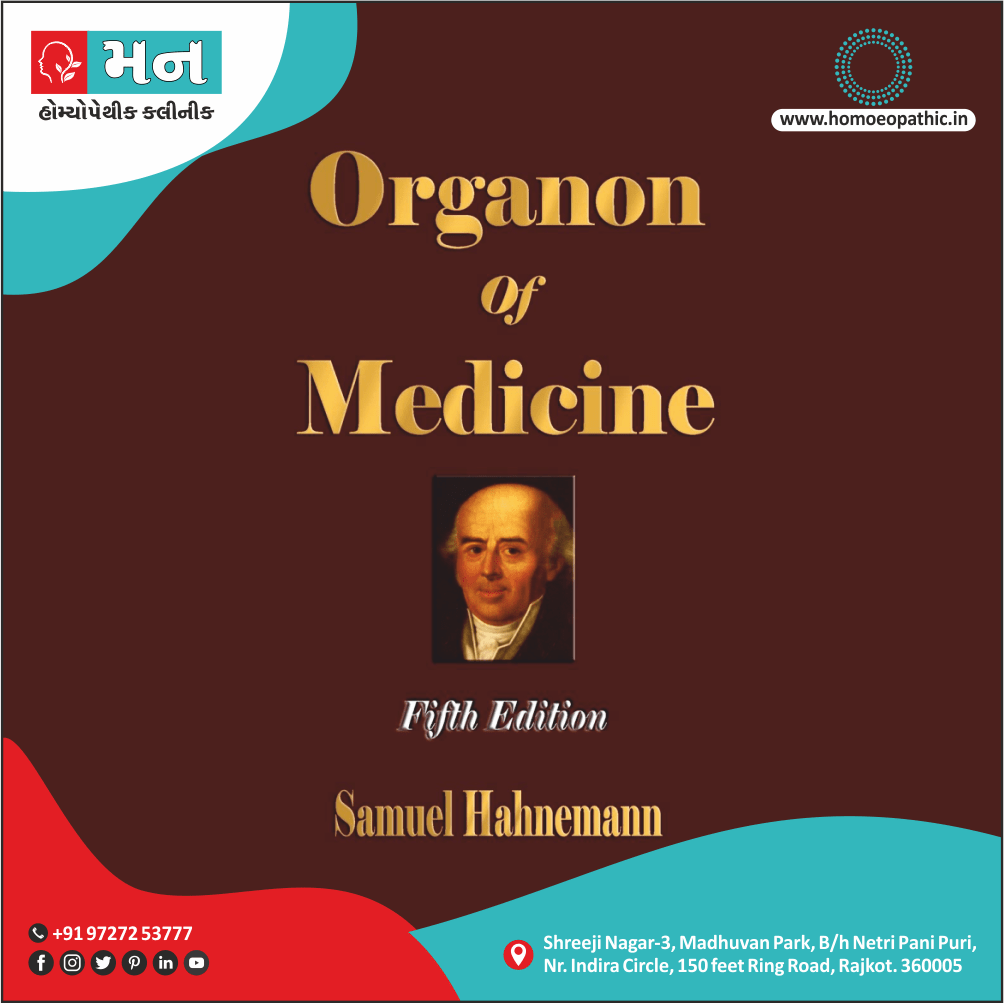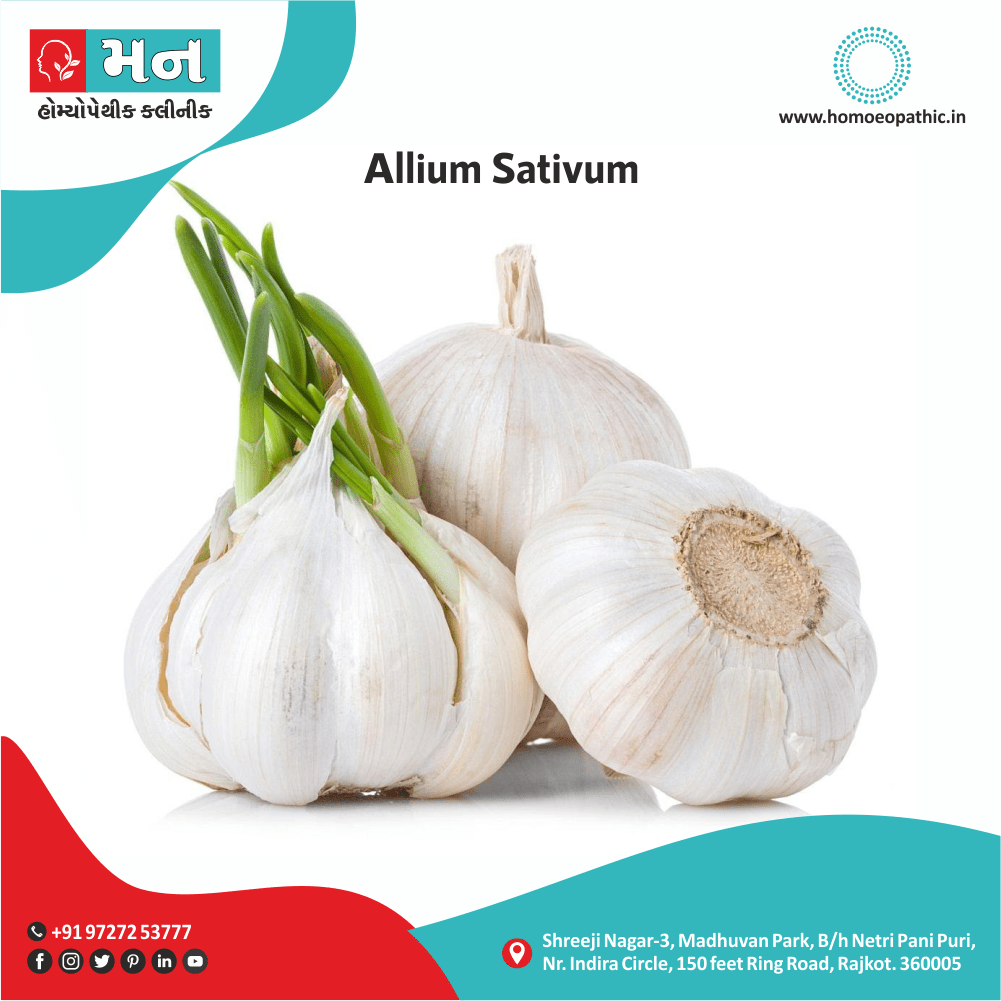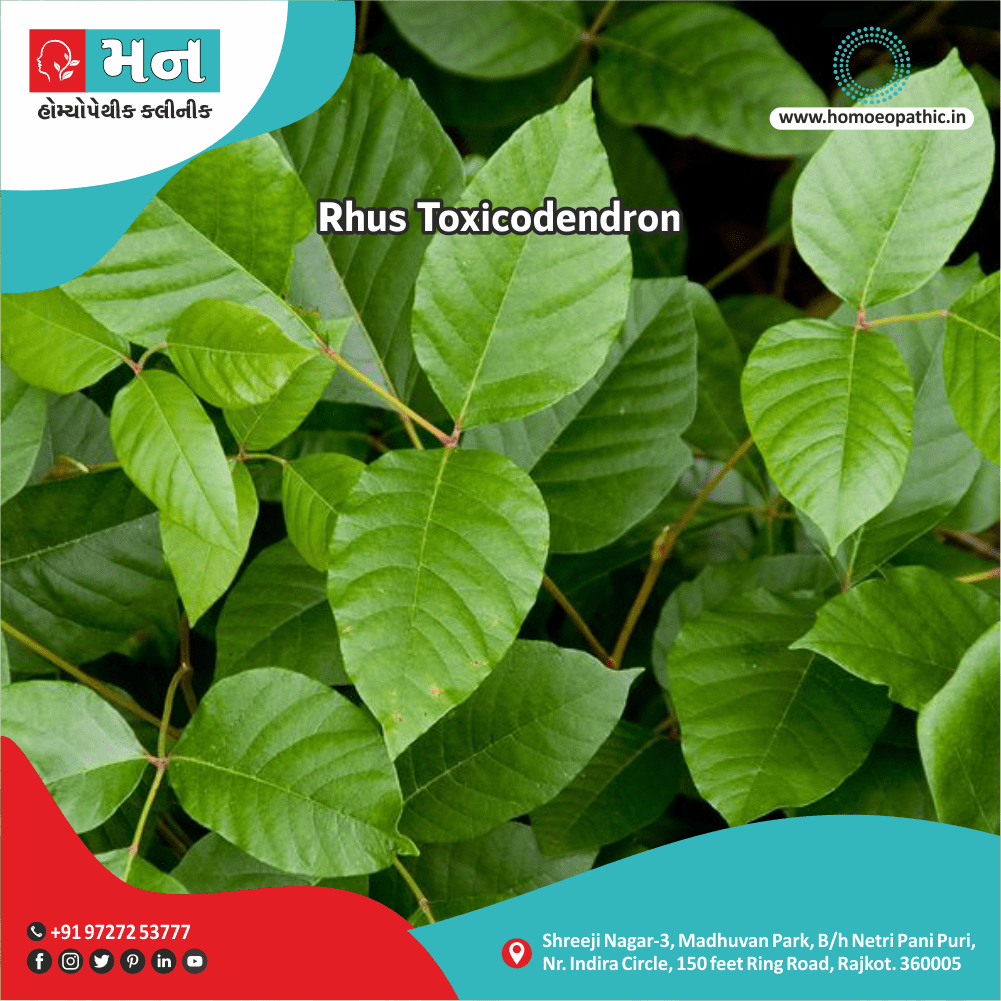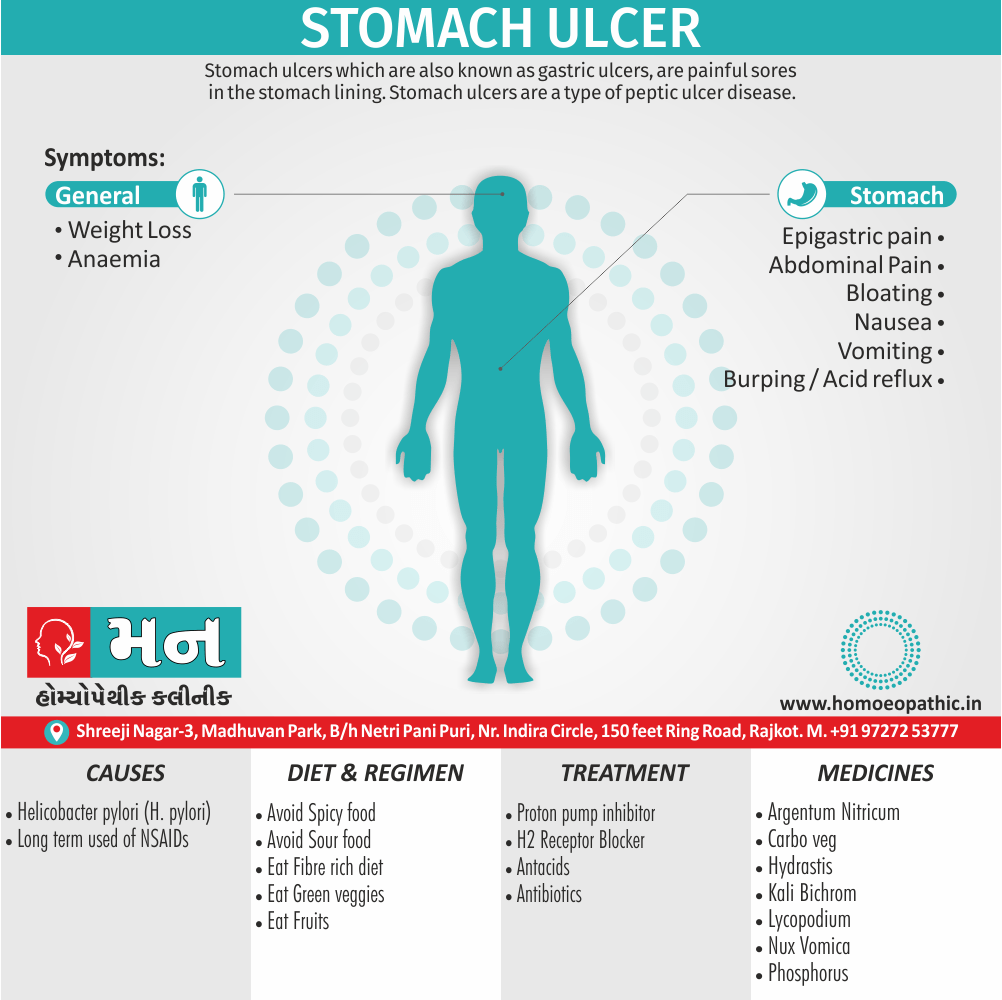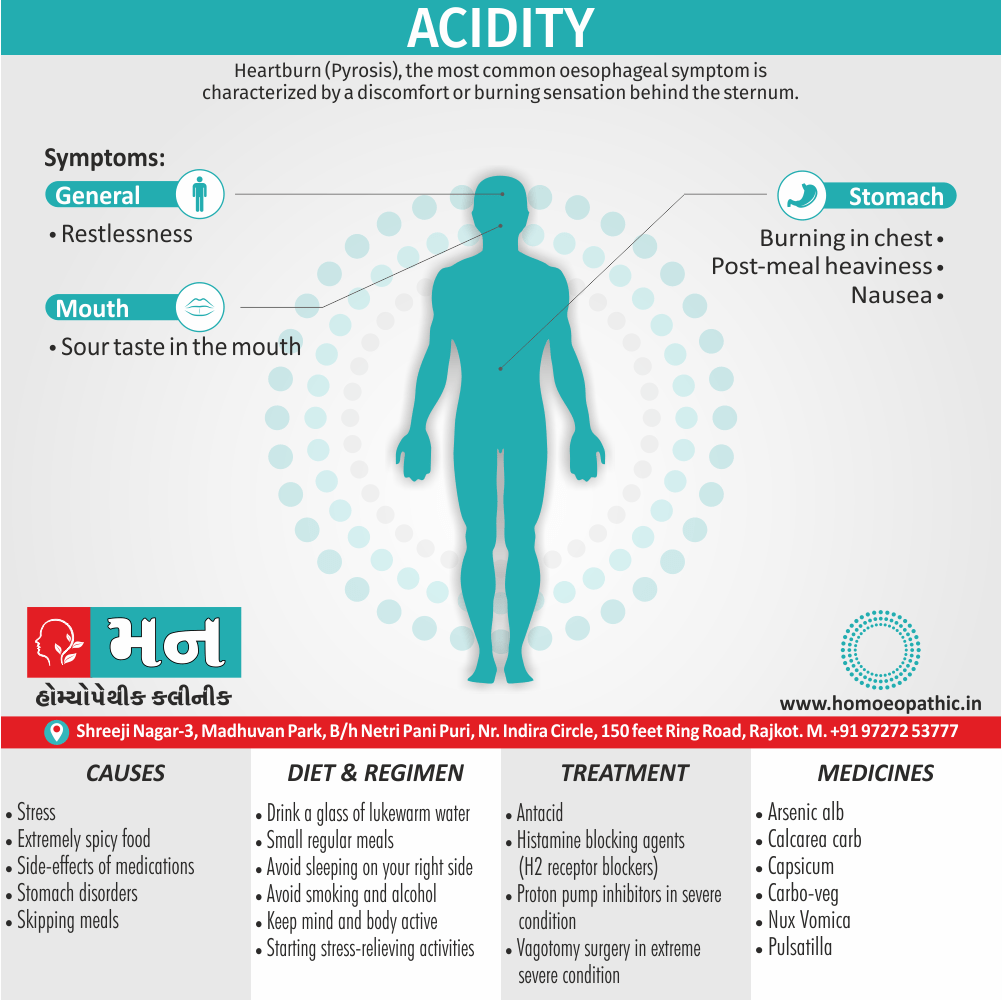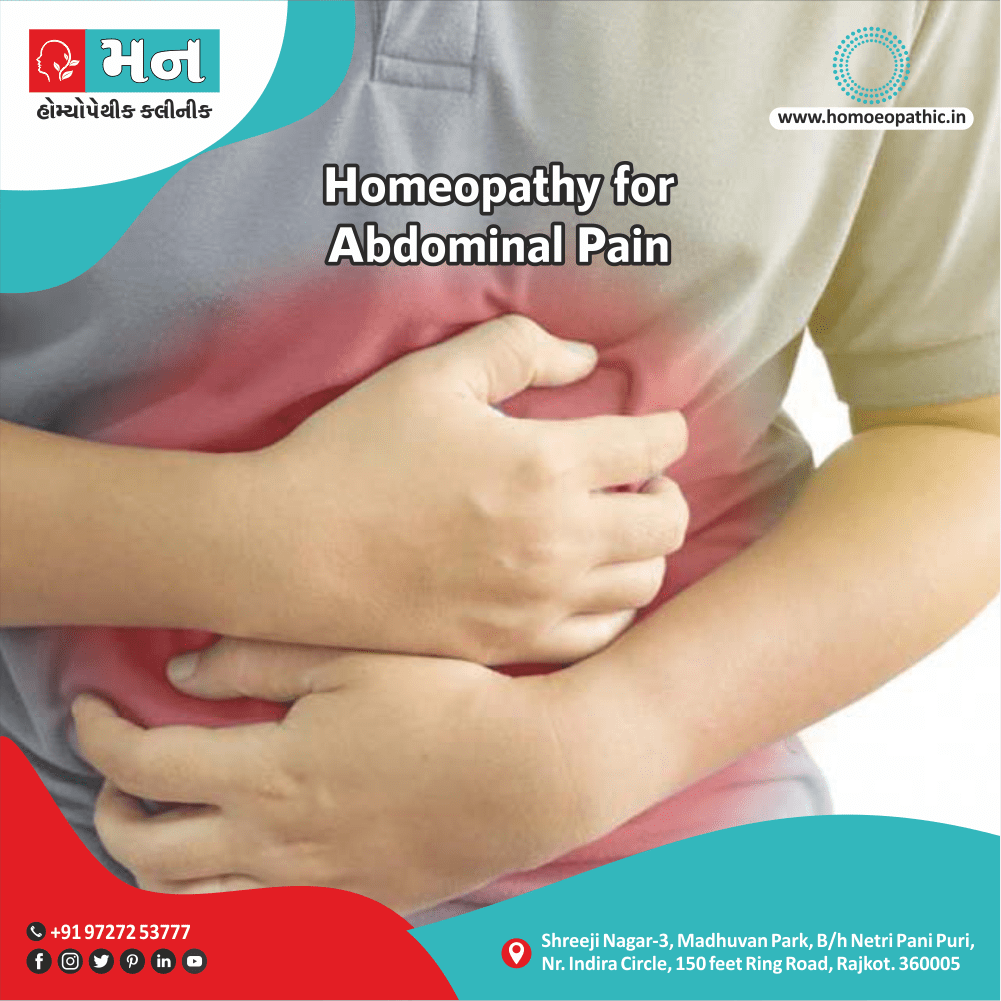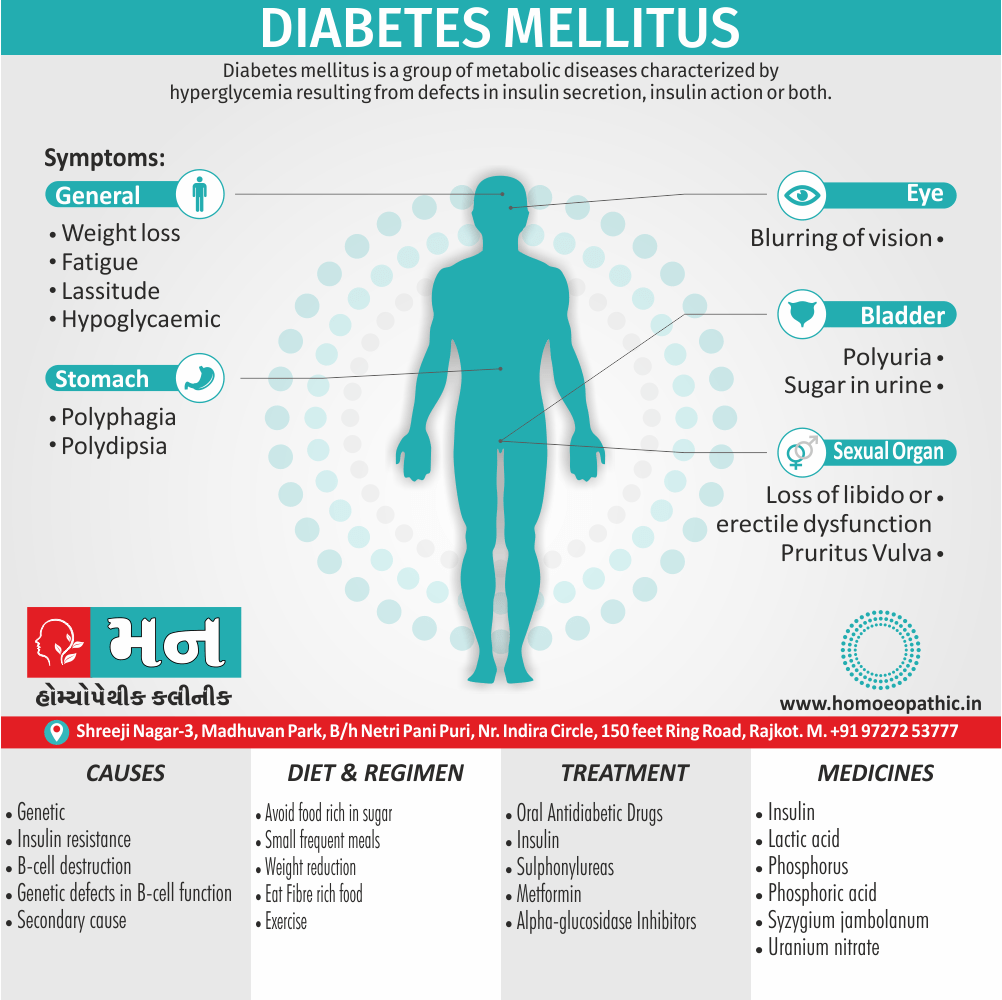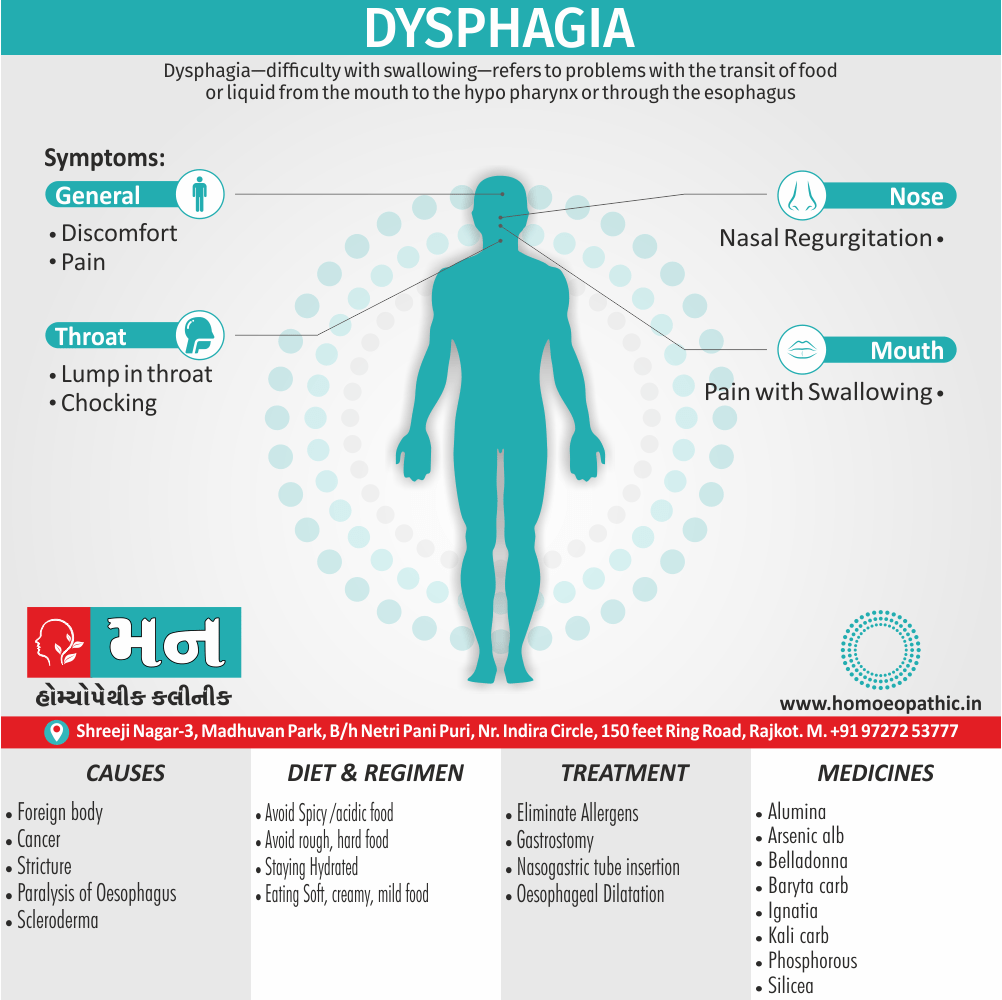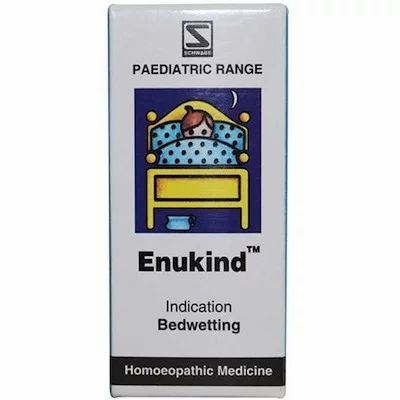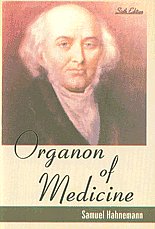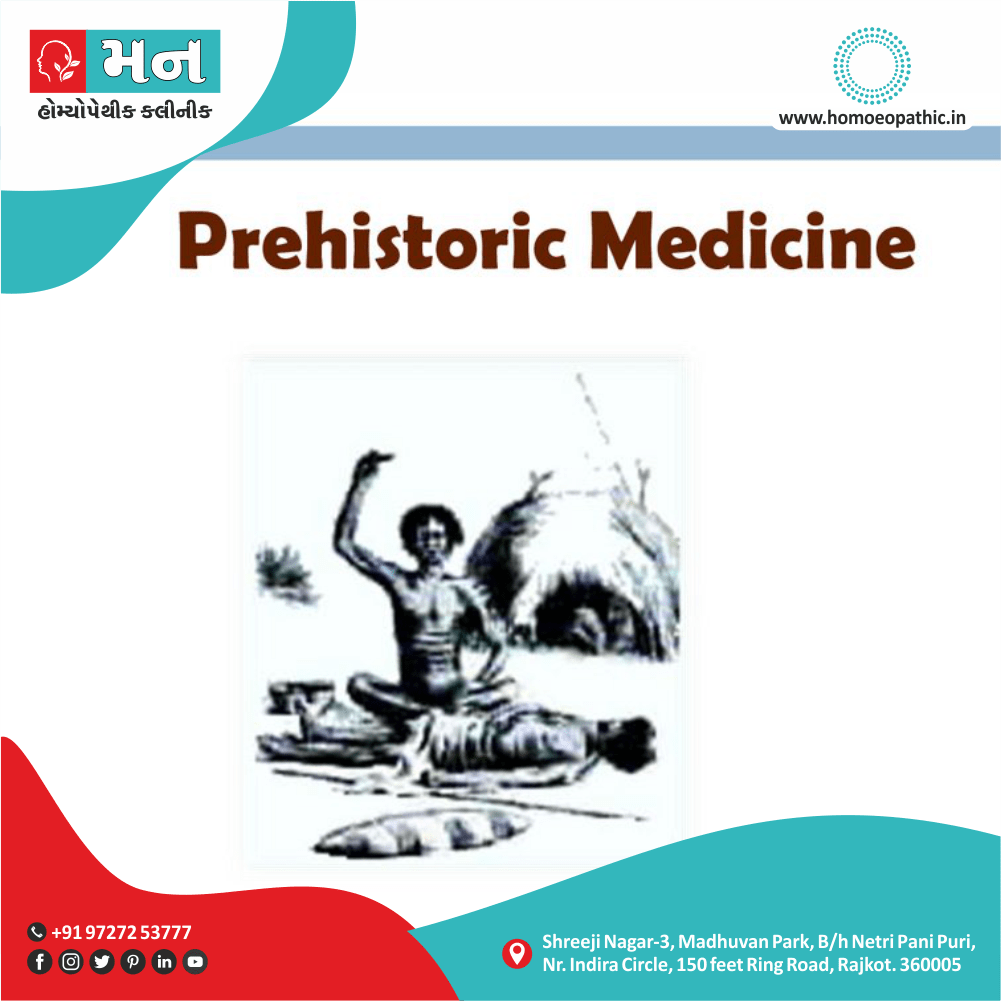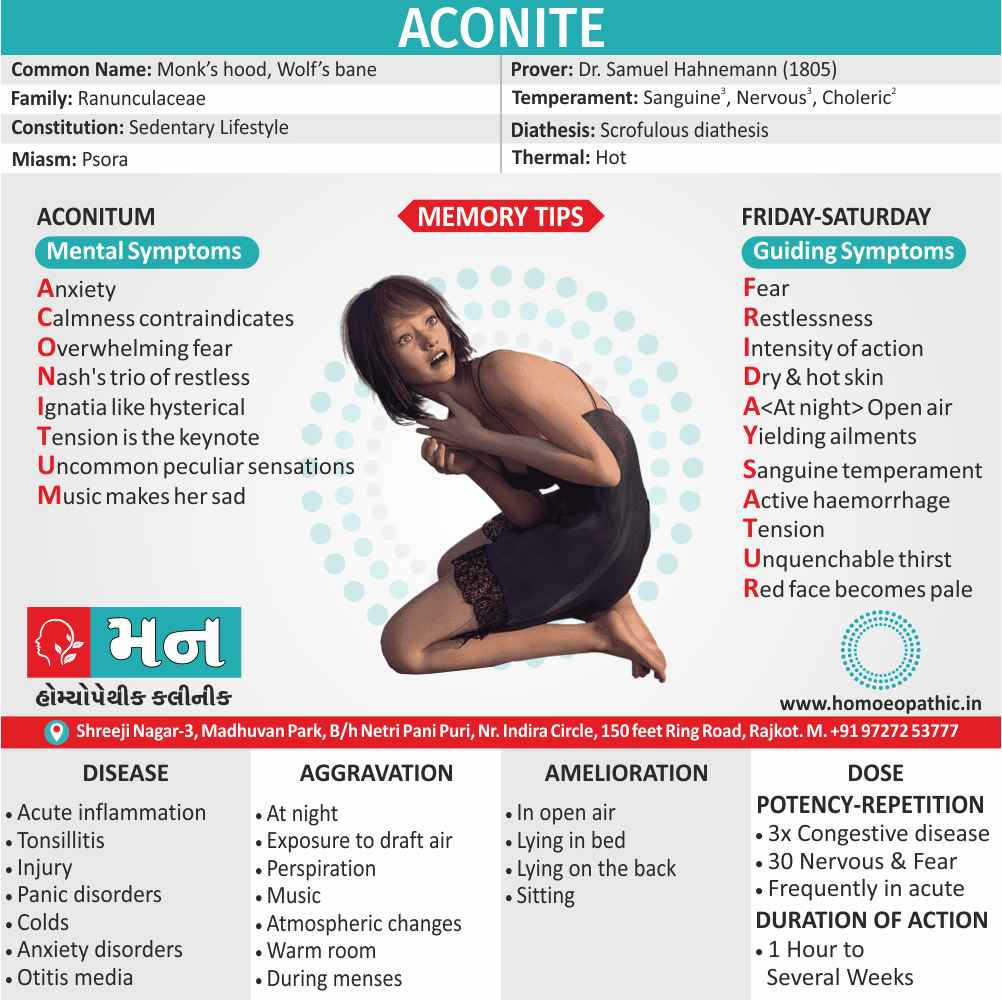Overview
Epidemiology xxx
Causes
Types
Risk Factors xxx
Pathogenesis xxx
Pathophysiology
Clinical Features xxx
Sign & Symptoms
Clinical Examination xxx
Diagnosis
Differential Diagnosis xxx
Complications xxx
Investigations xxx
Treatment
Prevention xxx
Homeopathic Treatment
Diet & Regimen
Do’s and Dont’s xxx
Terminology xxx
References
FAQ
Also Search As xxx
Overview
Overview of Meniere’s Disease
- Varies from 7.5–157 per 100,000 persons. Affects primarily Caucasians with a slight female preponderance. About 10% of dizziness patients have Ménière’s.
- Age of onset is 4–90 years but peak incidence is in 40–60-year age group.
- Bilateral disease develops in 47% of cases followed up for 20 years. [2]
Epidemiology xxx
Indian epidemiology then other
Causes
Causes of Meniere’s Disease
Exact cause of the disease is not yet knew.
- Viral: The causative roles of viruses (HSV, cytomegalovirus or VZV) remain uncertain.
- Hereditary: Familial occurrence in 10–20% cases. There is an autosomal dominant mode of inheritance.
- Autoimmune: Certain genetically acquired major histocompatibility complexes specifically human leukocyte antigens (HLA) B8/DR3 and Cw7 have been associated with Meniere’s disease. [2]
- Defective absorption by endolymphatic sac: Normally, endolymph carry by the endolymphatic duct to the sac where it absorb. Defective absorption by the sac may be responsible for raised endolymph pressure.
- Experimental obstruction of endolymphatic sac and its duct also produces hydrops. Ischemia of sac has observe in cases of Meniere’s disease undergoing sac surgery, indicating poor vascularity and thus poor absorption by the sac.
- Distension of membranous labyrinth leads to rupture of Reissner’s membrane and thus mixing of perilymph with endolymph, which thought to bring about an attack of vertigo.
Vasomotor disturbance:
- There is sympathetic over activity resulting in spasm of internal auditory artery and/or its branches, thus interfering with the function of cochlear or vestibular sensory neuroepithelium.
- This is responsible for deafness and vertigo. Anoxia of capillaries of stria vascularis also causes increased permeability, with transudation of fluid and increased production of endolymph.
Allergy:
- The offending allergen may a foodstuff or an inhalant. Additionally, In these cases, inner ear acts as the “shock organ” producing excess of endolymph.
- Nearly 50% of patients with Ménière’s disease have concomitant inhalant and/or food allergy. Moreover, It is possible that Ménière’s disease is multifactorial, resulting in the common end point of endolymphatic hydrops with classical presentation.
- Lastly, Sodium also water retention: Excessive amounts of fluid retain leading to endolymphatic hydrops.
Hypothyroidism:
- In brief, Hypothyroidism: About 3% of cases of Ménière’s disease are due to hypothyroidism. Such cases benefit from thyroid replacement therapy.[1]
Types
Classification of Meniere’s Disease
- Cochlear hydrops:
- Here, only the cochlear symptoms and signs of Ménière’s disease are present. Vertigo is absent.
- It is only after several years that vertigo will make its appearance.
- It is believed that in these cases, there is block at the level of ductus reunions, thereby confining the increased endolymph pressure to the cochlea only.
- Vestibular hydrops:
- Patient gets typical attacks of episodic vertigo while cochlear functions remain normal.
- It is only with time that a typical picture of Ménière’s disease will develop.
- Many of the cases of vestibular Ménière’s disease are labelled “recurrent vestibulopathy” as endolymphatic hydrops could not be demonstrated in the study of temporal bones in such cases.
- Drop attacks (Tumarkin’s otolithic crisis):
- In this, there is a sudden drop attack without loss of consciousness.
- There is no vertigo or fluctuations in hearing loss. Patient gets a feeling of having been pushed to the ground or poleaxed.
- It is an uncommon manifestation of Ménière’s disease and occurs either in the early or late course of disease.
- Possible mechanism is deformation of the otolithic membrane of the utricle or saccule due to changes in the endolymphatic pressure.
- Lermoyez syndrome:
- Here symptoms of Meniere’s disease are seen in reverse order.
- First there is progressive deterioration of hearing, followed by an attack of vertigo, at which time the hearing recovers.
Risk Factors xxx
Risk factors are things that make you more likely to develop a disease in the first place.
Pathogenesis xxx
Pathogenesis refers to the development of a disease. It’s the story of how a disease gets started and progresses.
This is the entire journey of a disease, encompassing the cause but going beyond it.
Pathophysiology
Pathophysiology of Meniere’s Disease
- Basically, Peri saccular ischemia and fibrosis lead to inadequate absorption of endolymph by the endolymphatic sac.
- Furthermore, Over accumulation of endolymph at the expense of peri lymphatic space results in the distortion of membranous labyrinth.
- Alterations in the size of endolymphatic duct also sac along with reductions in tubular specializations of the lining of these structures have been observed.
- Endolymphatic hydrops mainly occurs in pars inferior (cochlea also saccule) and changes in pars superior (utricle also SCC) are usually less obvious.
- The basilar membrane gets distended into scala tympani.
Hennebert’s sign
- Saccular distension can distort not only utricle and SCCs but can also come in contact with stapes footplate. That can cause Hennebert’s sign.
- Hair cells and their neurons are usually spared.
- Membranous rupture, which can occur in any part of the inner ear, allows leakage of potassium-rich endolymph into perilymph. Besides this, The high concentration of K+ depolarizes the neurons and inactivates both vestibular and auditory neurons that result in vertigo (paralytic nystagmus) and deafness.
- Healing of membranes allows restitution of normal chemical also clinical status.
- Repeated membranous rupture and potassium exposure lead to chronic deterioration in the functions of inner ear. [2]
Clinical Features xxx
Tab Content
Sign & Symptoms
Sign & Symptoms of Meniere’s Disease
Age and sex: Disease is commonly seen in the age group of 35–60 years. Males are affected more than females. Usually, disease is unilateral but the other ear may be affected after a few years.
Cardinal symptoms of Ménière’s disease are
(1) Episodic vertigo
(2) Fluctuating hearing loss,
(3) Tinnitus
(4) Sense of fullness or pressure in the involved ear.
- It comes in attacks. The onset is sudden. Patient gets a feeling of rotation of himself or his environment. Sometimes, there is feeling of “to and fro” or “up and down” movement.
- Attacks come in clusters, with periods of spontaneous remission lasting for weeks, months or years. Usually, an attack is accompanied by nausea and vomiting with ataxia and nystagmus.
- Severe attacks may be accompanied by other symptoms of vagal disturbances such as abdominal cramps, diarrhoea, cold sweats, pallor and bradycardia.
- Usually, there is no warning symptom of an oncoming attack of vertigo but sometimes the patient may feel a sense of fullness in the ear, change in character of tinnitus or discomfort in the ear which herald an attack.
Hearing loss:
- It usually accompanies vertigo or may precede it. Hearing improves after the attack and may be normal during the periods of remission.
- This fluctuating nature of hearing loss is quite characteristic of the disease.
- With recurrent attacks, improvement in hearing during remission may not be complete; some hearing loss being added in every attack leading to slow and progressive deterioration of hearing which is permanent.
- Distortion of sound- Some patients complain of distorted hearing. A tone of a particular frequency may appear normal in one ear and of higher pitch in the other leading to diplacusis. Music appears discordant.
- Intolerance to loud sounds- Patients of Ménière’s disease cannot tolerate amplification of sound due to recruitment phenomenon. They are poor candidates for hearing aids.
- It is low-pitched roaring type and is aggravated during acute attacks. Sometimes, it has a hissing character.
- It may persist during periods of remission. Change in intensity and pitch of tinnitus may be the warning symptom of attack.
Sense of fullness or pressure:
- Like other symptoms, it also fluctuates.
- It may accompany or precede an attack of vertigo.
Other features:
- Patients of Ménière’s disease often show signs of emotional upset due to apprehension of the repetition of attacks.
- Earlier, the emotional stress was considered to be the cause of Meniere’s disease.[1]
Clinical Examination xxx
Tab Content
Diagnosis
Diagnosis of Meniere’s Disease
Committee on Hearing and Equilibrium of the American Academy of Otolaryngology—Head and Neck Surgery (AAOHNS) classified the diagnosis of Ménière’s disease as follows:
Certain:
- Definite Ménière’s disease confirmed by histopathology.
Definite:
- Two or more definitive spontaneous episodes of vertigo lasting 20 min or longer.
- Audiometrically documented hearing loss on at least one occasion.
- Tinnitus or aural fullness in the affected ear.
- All other causes excluded.
Probable:
- One definitive episode of vertigo.
- Audiometrically documented hearing loss on at least one occasion.
- Tinnitus or aural fullness in the treated ear.
- Other causes excluded.
Possible:
- Episodic vertigo of Ménière’s type without documented hearing loss (vestibular variant) or
- Sensorineural hearing loss, fluctuating or fixed, with disequilibrium but without definitive episodes (cochlear variant).
- Other causes excluded. [1]
Other investigations are like;
- Pure tone audiometry: There is sensorineural hearing loss. In early stages, lower frequencies are affected and the curve is of rising type. When higher frequencies are involved curve becomes flat or a falling type.
- Speech audiometry: Discrimination score is usually 55–85% between the attacks but discrimination ability is much impaired during and immediately following an attack.
- Special audiometry tests: They indicate the cochlear nature of disease and thus help to differentiate from retrocochlear lesions, e.g. acoustic neuroma
(a) Recruitment test is positive.
(b) SISI (short increment sensitivity index) test. SISI score is better than 70% in two-thirds of the patients (normal 15%).
(c) Tone decay test. Normally, there is decay of less than 20 db.
- Electrocochleography: It shows changes diagnostic of Meniere’s disease. Normally, ratio of summating potential (SP) to action potential (AP) is 30%. In Meniere’s disease, SP/AP ratio is greater than 30%.
- Caloric test: It shows reduced response on the affected side in 75% of cases. Often, it reveals a canal paresis on the affected side (most common) but sometimes there is directional preponderance to healthy side or a combination of both canal paresis on the affected side and directional preponderance on the opposite side.
- Glycerol test: Glycerol is a dehydrating agent. When given orally, it reduces endolymph pressure and thus causes an improvement in hearing. [1]
Differential Diagnosis xxx
Complications xxx
Complications are what happen after you have a disease. They are the negative consequences of the disease process.
Investigations xxx
Tab Content
Treatment
Treatment of Meniere’s Disease
There is no definite treatment of this condition. Various methods (medical and surgical) have adopted to alleviate the patient’s symptoms. The general management of the patient is of prime importance. An understanding and sympathetic approach to the problem is essential. Strong reassurance and stressing the nonfatal nature of the disorder is necessary.
- Treatment of the acute attack – The patient is put to bed rest. Any of the vestibular suppressants give to control the vestibular symptoms. The following drugs commonly use— prochlorperazine (Stemetil) 15 to 75 mg daily, orally or by injections; promethazine (Avomine, Phenergan); chlorpromazine (Largactil 25 mg thrice daily); or dimenhydrinate (Dramamine). The dosage adjust according to the patient’s needs. Sometimes the stellate ganglion block during an acute attack helps to relieve the symptoms. The long-term medical treatment has base on various theories.
Dietetic therapy i.e.:
It suggest that low salt and limited water intake reduces the hydrops.
Vitamin therapy i.e.:
All the vitamins, coenzymes and trace elements have use. Favorable effects have resulted from the administration of nicotinic acid and vitamin A and D.
Diuretic therapy i.e.:
Diuretics like acetazolamide have use on the assumption that these drugs will reduce the hydrops.
Vasodilators i.e.:
Such drugs have used with an idea that they relieve the angiospastic vascular changes in the endarterial distribution of the labyrinthine artery. Recently betahistadine hydrochloride (Vertin, Serc) has shown good results.
Streptomycin therapy i.e.:
Previously large doses of streptomycin use particularly in bilateral cases to induce labyrinthine damage (Chemical Labyrinthectomy).
Surgical treatment of Meniere’s disease Surgery consider for those cases of Meniere’s disease, which do not respond to medical therapy and where the disabling symptoms continue to occur.
The following procedures have used i.e.:
- Cervical sympathectomy
- Myringotomy with grommet insertion
- Operations on the endolymphatic sac
- Vestibular neurectomy
- Labyrinth destruction
- Selective destruction of vestibular labyrinth by cryosurgery or ultrasound: These physical methods have recently used for the treatment of Ménière’s disease. Additionally, This accomplish by selective destruction of the vestibular end organs in the labyrinth without damaging the cochlea or facial nerve.
- Cryosurgical methods[3]
Prevention xxx
Tab Content
Homeopathic Treatment
Homeopathic Treatment of Meniere’s Disease
Homeopathy treats the person as a whole. It means that homeopathic treatment focuses on the patient as a person, as well as his pathological condition. The homeopathic medicines selected after a full individualizing examination and case-analysis.
which includes
- The medical history of the patient,
- Physical and mental constitution,
- Family history,
- Presenting symptoms,
- Underlying pathology,
- Possible causative factors etc.
A miasmatic tendency (predisposition/susceptibility) also often taken into account for the treatment of chronic conditions.
What Homoeopathic doctors do?
A homeopathy doctor tries to treat more than just the presenting symptoms. The focus is usually on what caused the disease condition? Why ‘this patient’ is sick ‘this way’?.
The disease diagnosis is important but in homeopathy, the cause of disease not just probed to the level of bacteria and viruses. Other factors like mental, emotional and physical stress that could predispose a person to illness also looked for. No a days, even modern medicine also considers a large number of diseases as psychosomatic. The correct homeopathy remedy tries to correct this disease predisposition.
The focus is not on curing the disease but to cure the person who is sick, to restore the health. If a disease pathology not very advanced, homeopathy remedies do give a hope for cure but even in incurable cases, the quality of life can greatly improved with homeopathic medicines.
Homeopathic Medicines for Meniere’s Disease:
The homeopathic remedies (medicines) given below indicate the therapeutic affinity but this is not a complete and definite guide to the homeopathy treatment of this condition. The symptoms listed against each homeopathic remedy may not be directly related to this disease because in homeopathy general symptoms and constitutional indications also taken into account for selecting a remedy.
Medicines:
Chininum Sulph – For Ringing Noises in Ear
- Chinimum sulph is one of the top-indicated remedies for tinnitus present along with Meniere’s .
- The leading symptom to use this medicine in most of the cases is the presence of tinnitus. There is an unusual sensation of ringing or roaring in the ears, and it is invariably associated with vertigo.
- People in whom Chinimum sulph may generally be indicated have complaints of postural dizziness and heaviness in the ears.
- Vertigo could be very sudden in onset and in severe cases the person may fall due to loss of balance.
- Generally, they may feel uncomfortable in a standing posture. Chininum sulph gives desired results when there is a considerable degree of hearing loss (especially that affects the left ear).
Conium Maculatum – For Vertigo Attacks in Meniere’s disease
- Conium is usually suitable for people who experience severe Vertigo in Meniere’s disease.
- Sideways motion of the head tends to worsen the condition.
- A feeling of moving around in a circle may be present, and vertigo may also get worse from any movement in bed.
Gelsemium – For Meniere’s Disease with Dizziness
- Use of this medicine is considered when there is marked dizziness Meniere’s Disease.
- Difficulty in walking with a loss of balance may arise from dizziness.
- Dim vision and heaviness of eyelids may attend above features may also be present.
4.Chenopodium Anthelminticum – For Meniere’s Disease with Buzzing Noises in Ear
- It is suitable for Meniere’s disease when the person hears a buzzing noise in the ear.
- Sudden vertigo episodes, better for high pitched sounds than low pitched sounds.
- Tinnitus that is synchronous with heartbeats are the symptoms indicative of using Chenopodium.
- Salicylicum Acid works well in those cases of Meniere’s disease where tinnitus and vertigo are present with troublesome nausea.
- The noises in the ear can be roaring, ringing, or buzzing (similar to flies or a swarm of bees) in nature.
- In some cases, a person hears musical noises. There is vertigo, diminished hearing, and with intense nausea.
Theridion – For Vertigo upon Closing Eyes
- Theridion is prescribed to people who are generally sensitive to noises and may feel a sudden discomfort when they hear loud and unpleasant sounds.
- The guiding symptom for Theridion to be prescribed is that vertigo appears when the person closes the eyes.
- Theridion may be indicated in people who detest traveling because it triggers attacks of vertigo.
- There may be an uneasy sensation in the ears with fullness or heaviness in one or both ears.
Kali Muraticum – For Meniere’s Disease with Fullness in Ears
- Kali Muraticum is a remedy that works especially in cases where there is deafness due to swelling of internal ear and eustachian tube.
- It causes a diminution (reduction) of the fluid secretion and gradually reduces the swelling. It is also useful for noises in the ears.
- There is a crackling noise in the ears on swallowing. Additionally, Vertigo is present, along with head congestion.
- A sensation of having a plug inside ears may be present along with the above symptoms.
- Lastly, There may be a history of chronic catarrhal conditions of the middle ear.
Natrum Salicylicum – For Tinnitus of Low Tone in Meniere’s Disease
- Natrum Salicylicum is a well-indicated for tinnitus of low tone.
- Along with noises, there is giddiness and deafness.
- Vertigo that gets worse from raising the head, on the other hand gets better upon lying down is present.
Silicea – For Meniere’s Disease with Hissing Noises
- Silicea is a significant medicine for Meniere’s disease with prominent hissing noises in the ear.
- In some cases, the sounds may be loud and pistol-like. In detail, There is a feeling of blockage in the ears.
- Itching in the ears also vertigo spells upon closing the eyes are also present.
- Lastly, The person needing Silicea may have a history of ear discharges of offensive, fetid nature.
- Cocculus Indicus is an excellent medicine for Meniere’s disease when vertigo and dizziness with nausea and vomiting are present.
- There are noises in the ear that resemble the sound of rushing water.
- This is attended with loss of balance, hardness of hearing, a feeling of blockage in the ear, and dread of sudden noise.
Phosphorus – For Meniere’s Disease with Vertigo, Noises in Ear and Fainting
- Phosphorous is specifically used in cases where the person experiences noises in the ear along with severe vertigo also fainting spells.
- The sounds may be roaring or ringing in nature.
- Along with this, there is vertigo that is worse from looking up or down.
- Tickling and itching in ears may be there. Difficulty in hearing human voices may also be present. [4]
Diet & Regimen
Diet & Regimen of Meniere’s Disease
The goal of treatment is to provide stable body fluid/blood levels so that secondary fluctuations in the inner ear fluid can be avoided.
- Distribute your food and fluid intake evenly throughout the day and from day to day-
Eat approximately the same amount of food at each meal and do not skip meals. If you eat snacks, have them at regular times.
- Avoid eating foods or fluids which have a high salt content.
- Drink adequate amounts of fluid daily
- Avoid caffeine-containing fluids and foods (such as coffee, tea and chocolate). Caffeine has stimulant properties that may make your symptoms worse. Caffeine also may make tinnitus louder. Large amounts of caffeine may trigger migraine (migraine can be difficult diagnostically to separate from Meniere’s disease). Chocolate is also a migraine trigger.
- Limit your alcohol intake to one glass of beer or wine each day. Alcohol may trigger migraine associated vertigo.
- Avoid foods containing MSG (monosodium glutamate). This is often present in pre-packaged food products and in Chinese food. It may increase symptoms in some patients, possibly because of the link to migraine associated vertigo, and also because it contains sodium.[5]
Do’s and Dont’s xxx
Tab Content
Terminology xxx
Tab Content
References
References use for Article Meniere’s Disease
[1].Disease of Ear, Nose and Throat & Head and Neck surgery 6th edition
[2]. Mohan Bansal – Diseases of Ear, Nose & Throat
[3].Maqbool – textbook of Ear, Nose & Throat disease; 11th edition
[4].https://www.drhomeo.com/menieres/menieres-disease-wonderful-homeopathic-remedies-for-its-treatment/
[5].https://dizziness-and balance.com/disorders/menieres/hydrops.html
FAQ
Frequently Asked Questions
What is Meniere’s Disease?
Meniere’s disease, also called endolymphatic hydrops, is a disorder of the inner ear where the endolymphatic system is distended with endolymph.
Homeopathic Medicines used by Homeopathic Doctors in treatment of Meniere’s Disease?
- Chininum Sulph
- Conium Maculatum
- Gelsemium
- Chenopodium
- Salicylicum Acid
- Theridion
What causes Meniere’s Disease?
- Viral
- Hereditary
- Autoimmune
- Defective absorption by endolymphatic sac
- Vasomotor disturbance
- Anoxia of capillaries of stria vascularis
- Allergy
What are the symptoms of Meniere’s Disease?
- Episodic vertigo
- Fluctuating hearing loss,
- Tinnitus
- Sense of fullness or pressure in the involved ear.
Also Search As xxx
Frequently Asked Questions (FAQ)
XYZ
XXX
XYZ
XXX
XYZ
XXX
